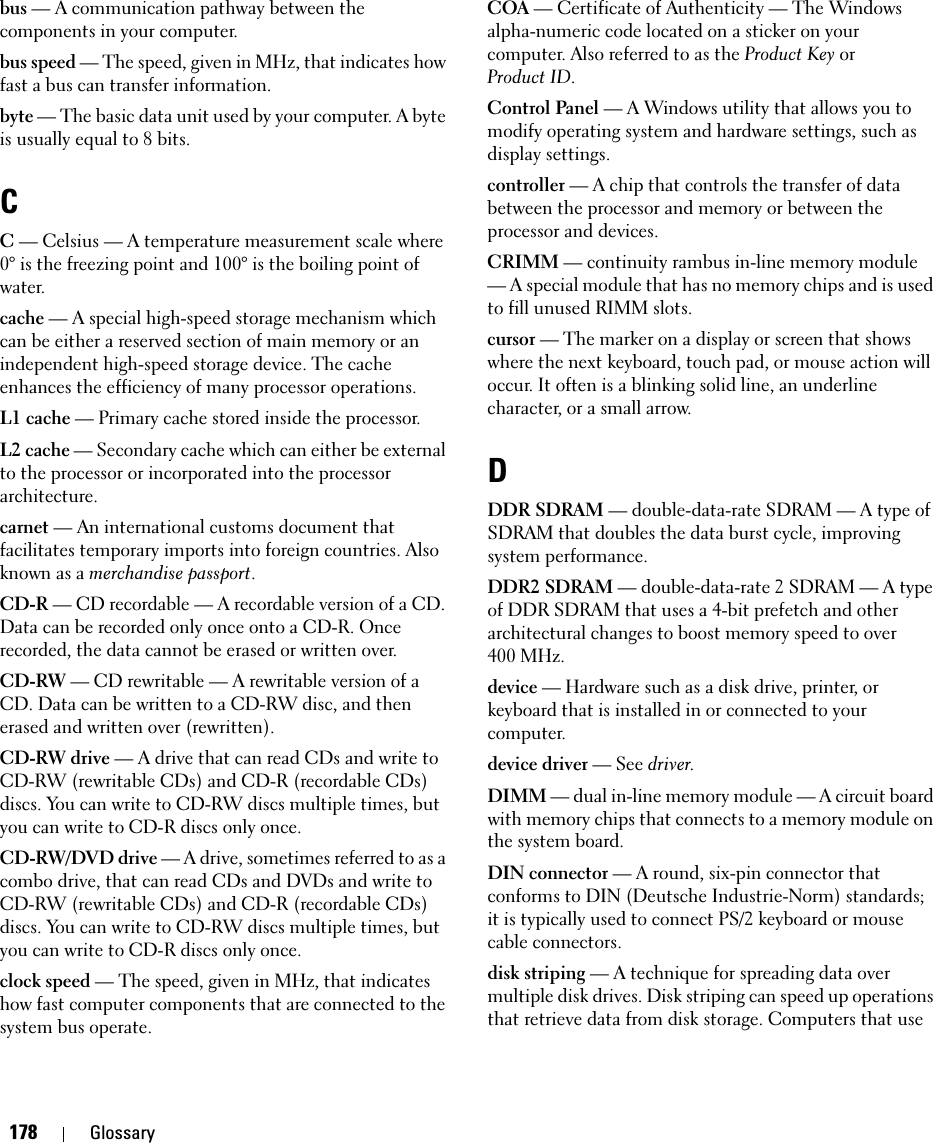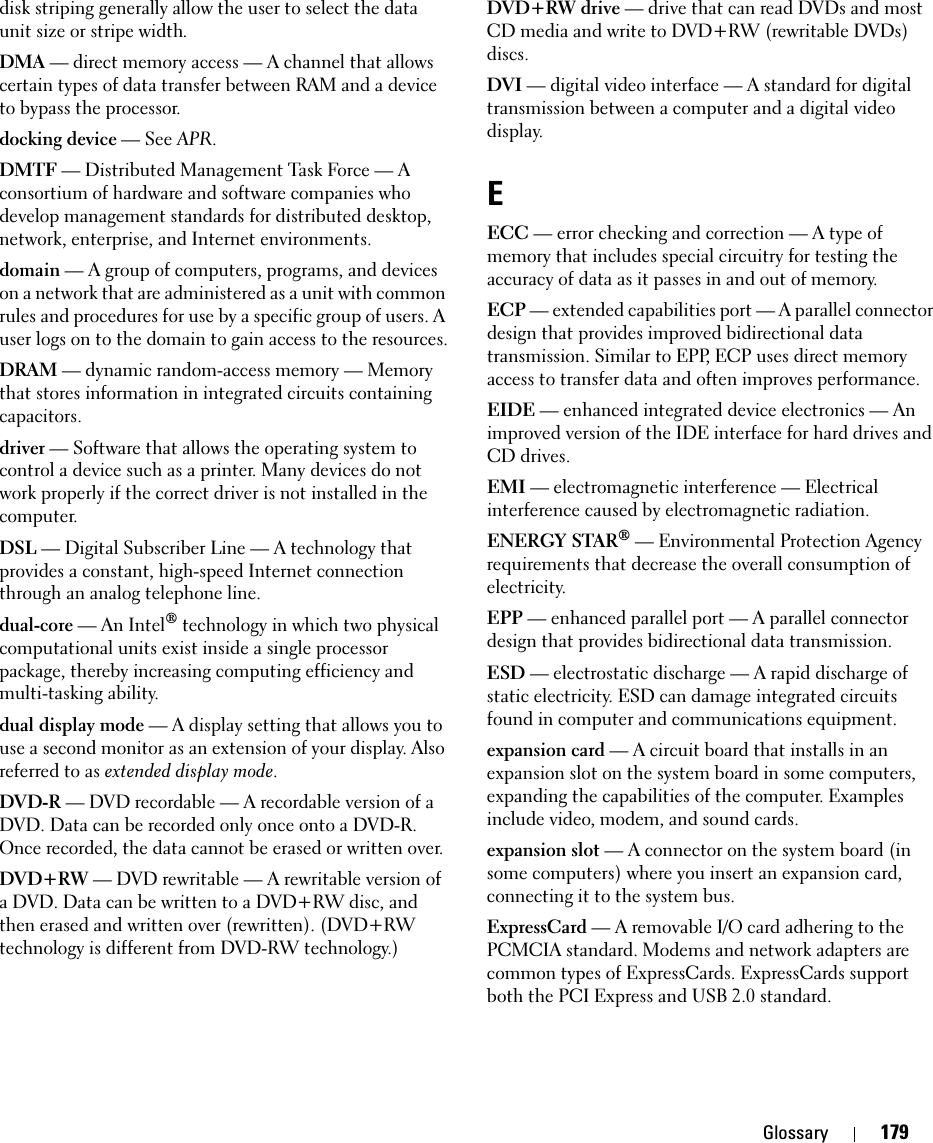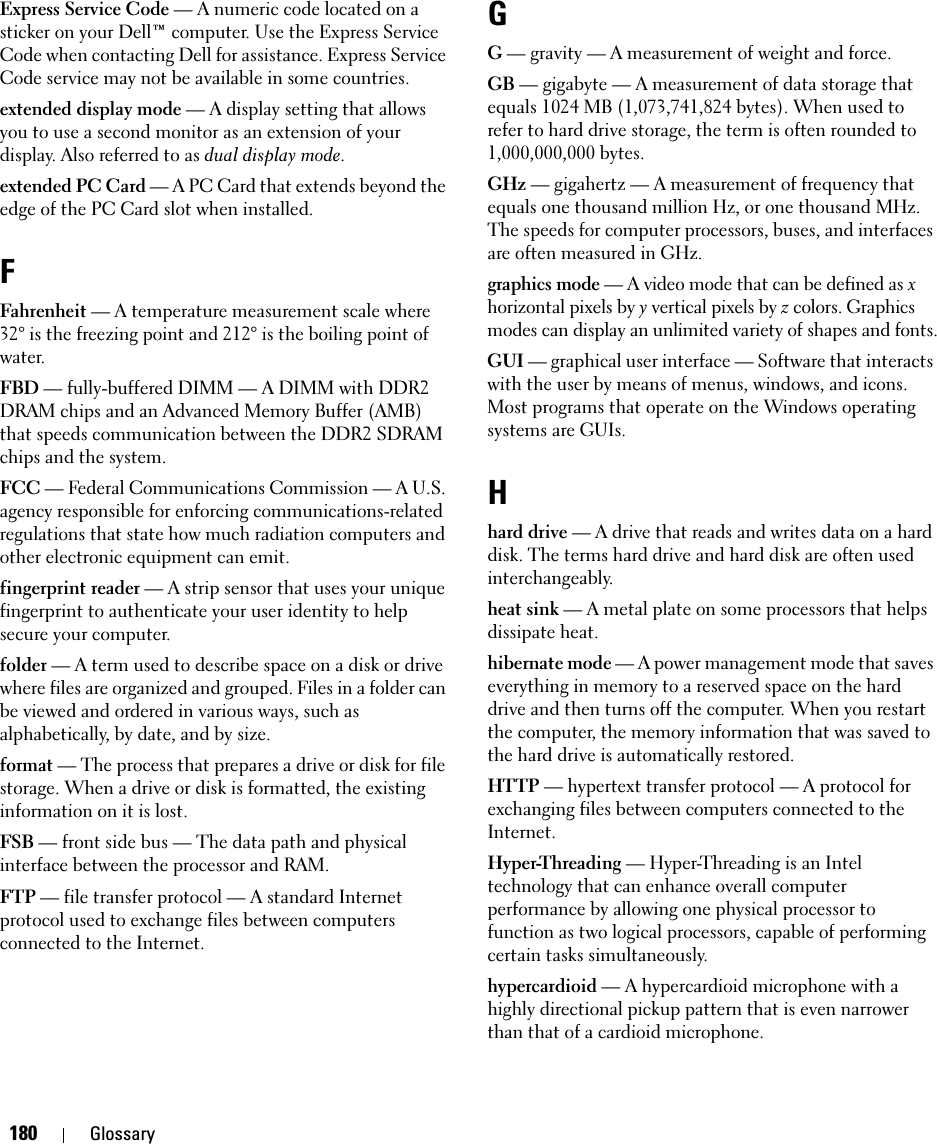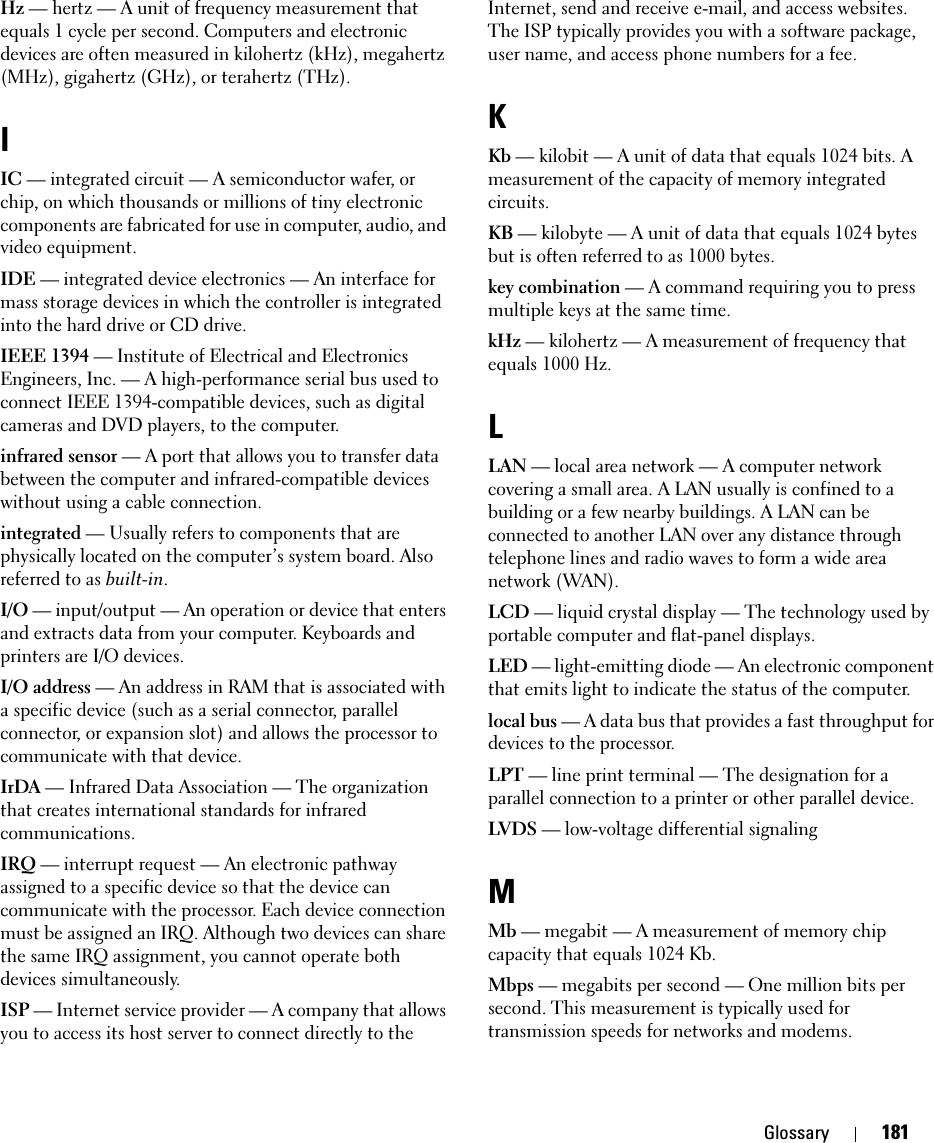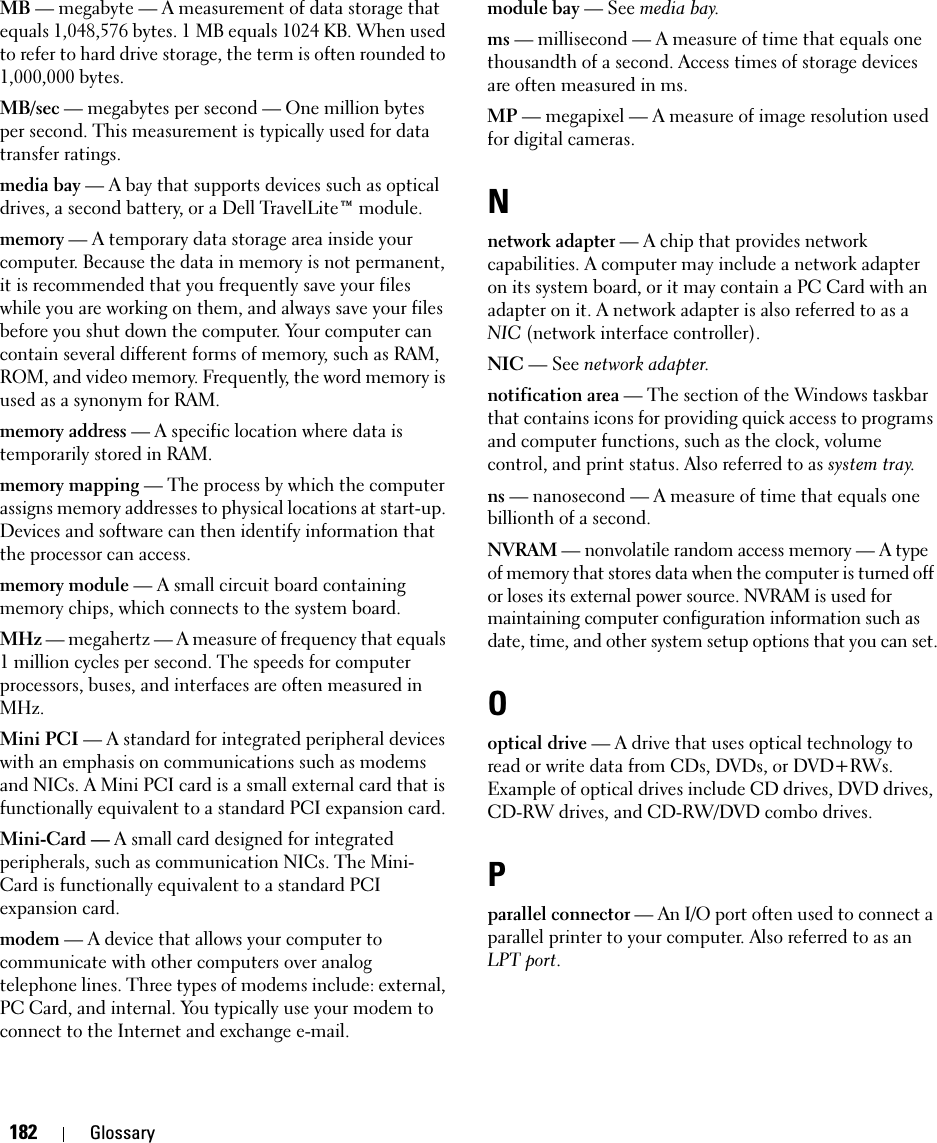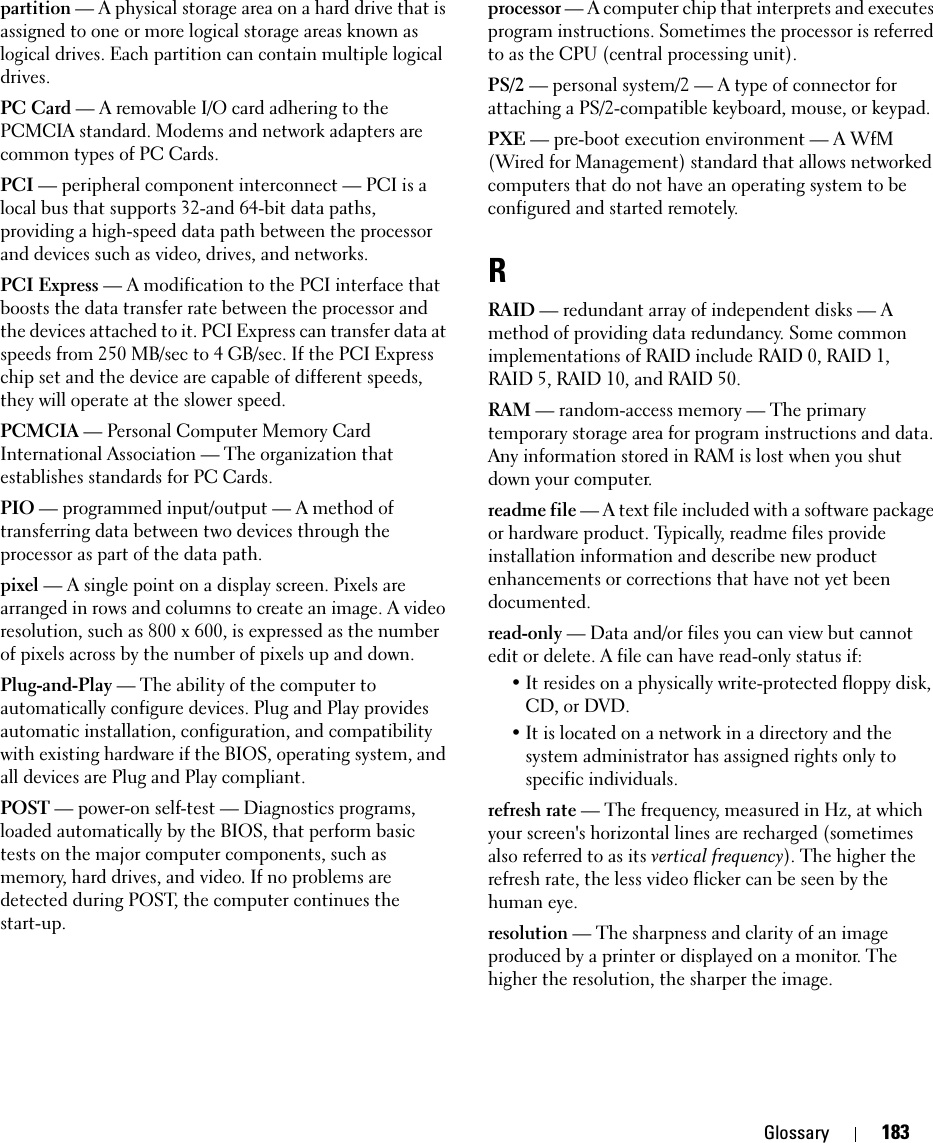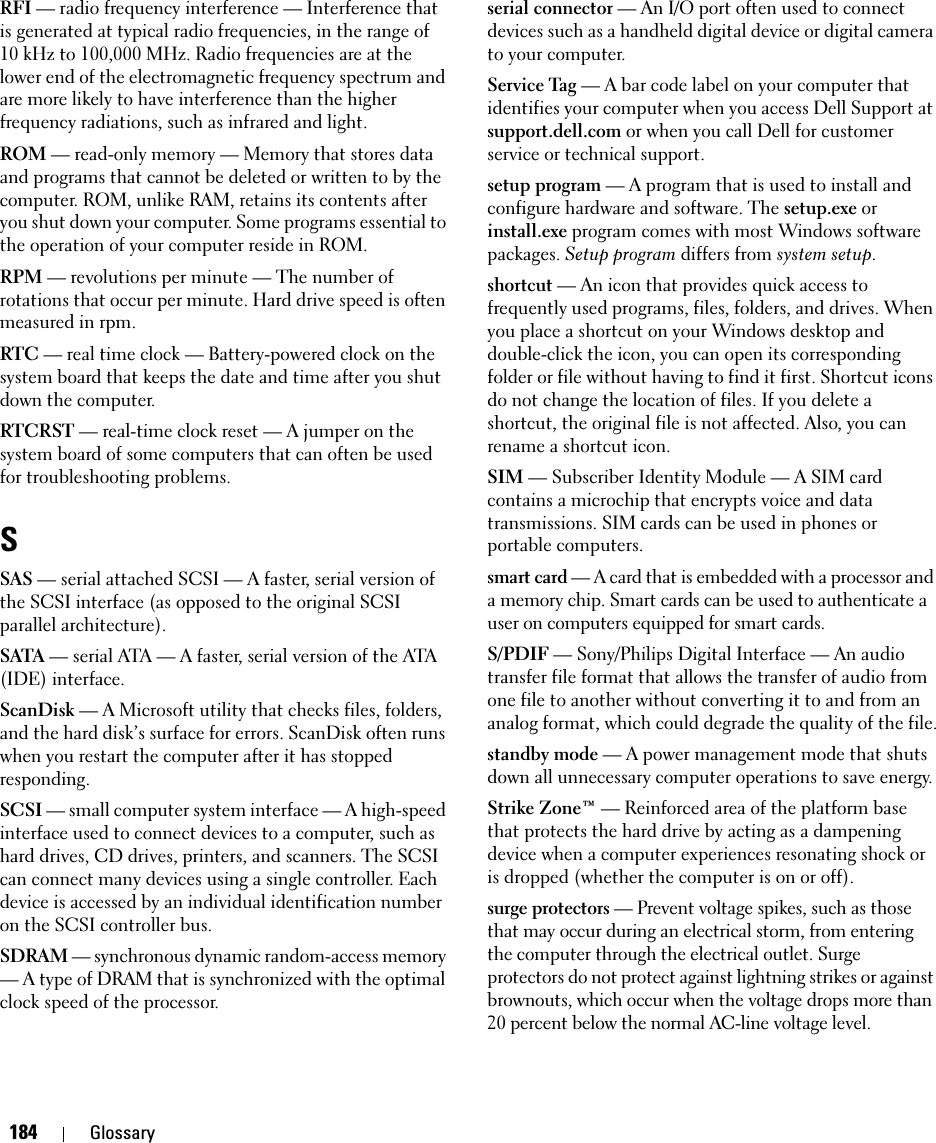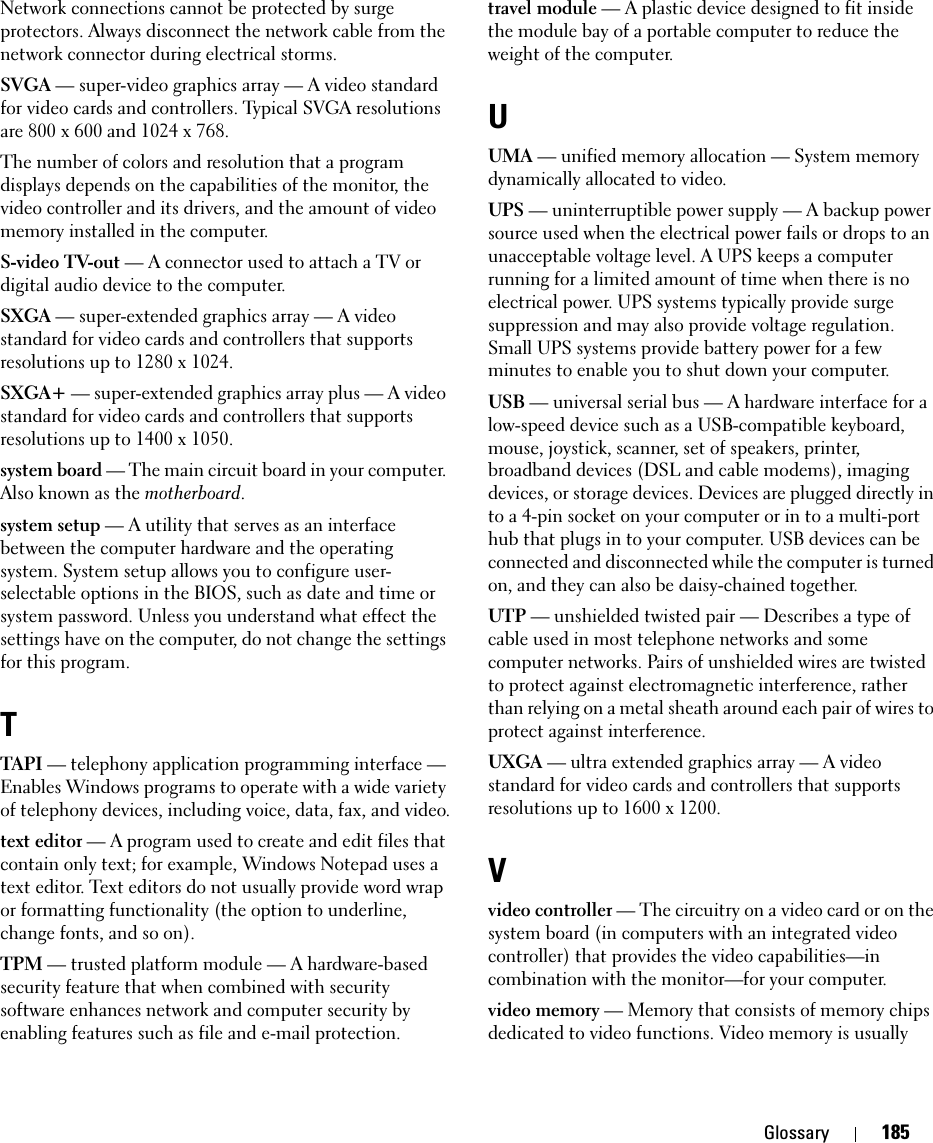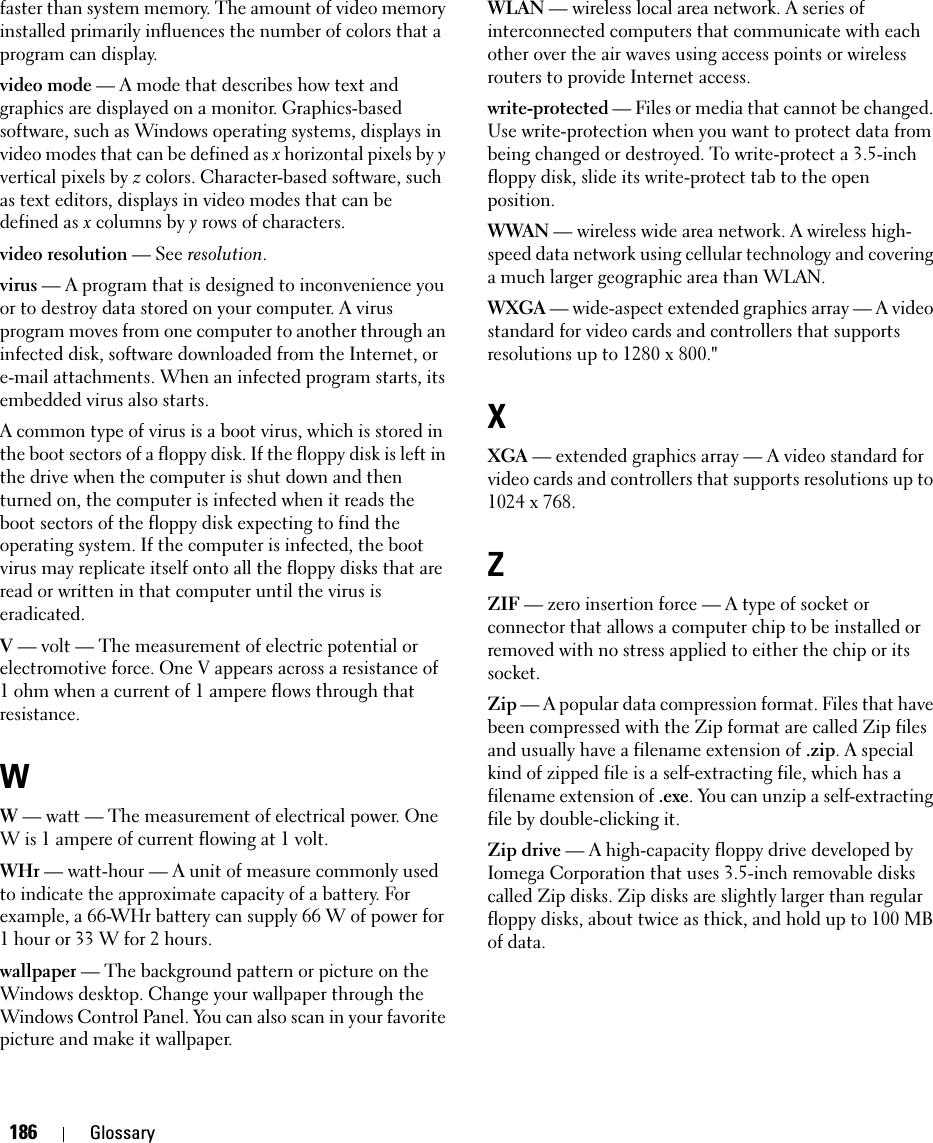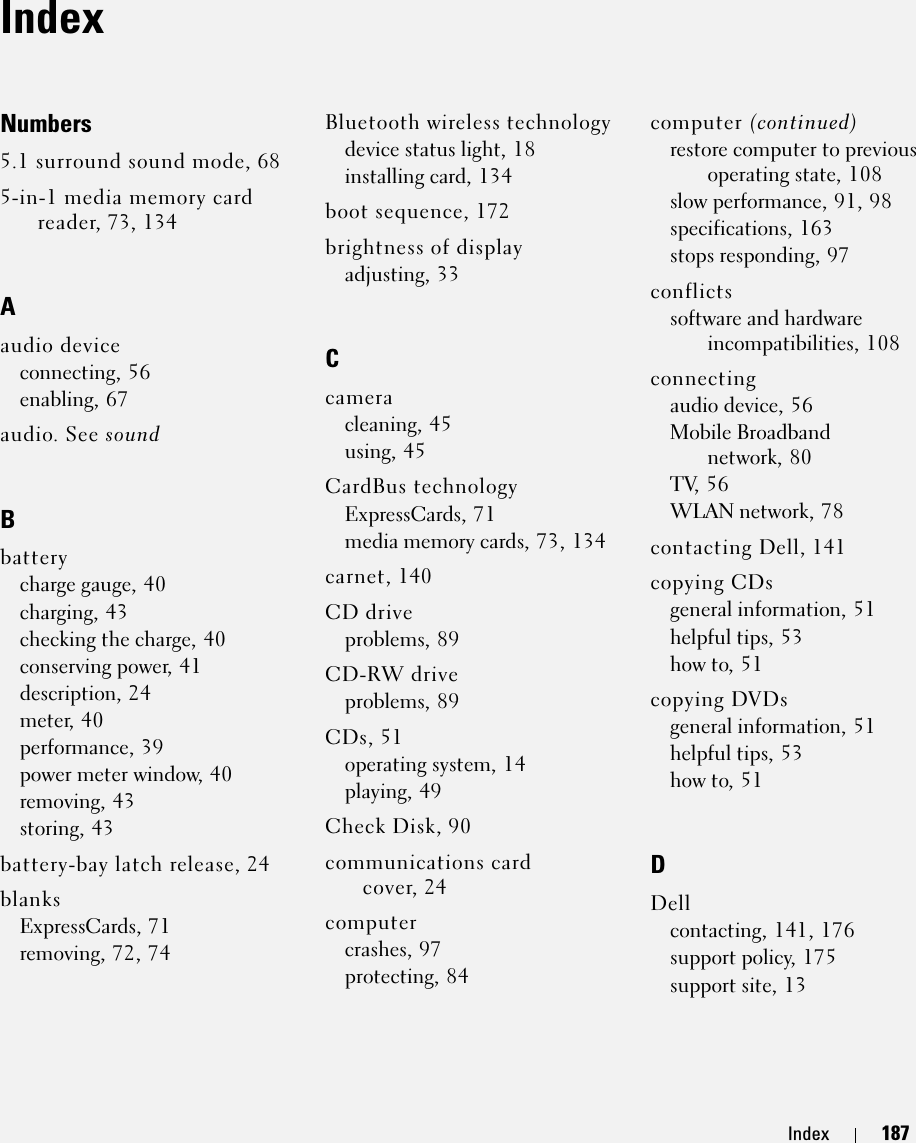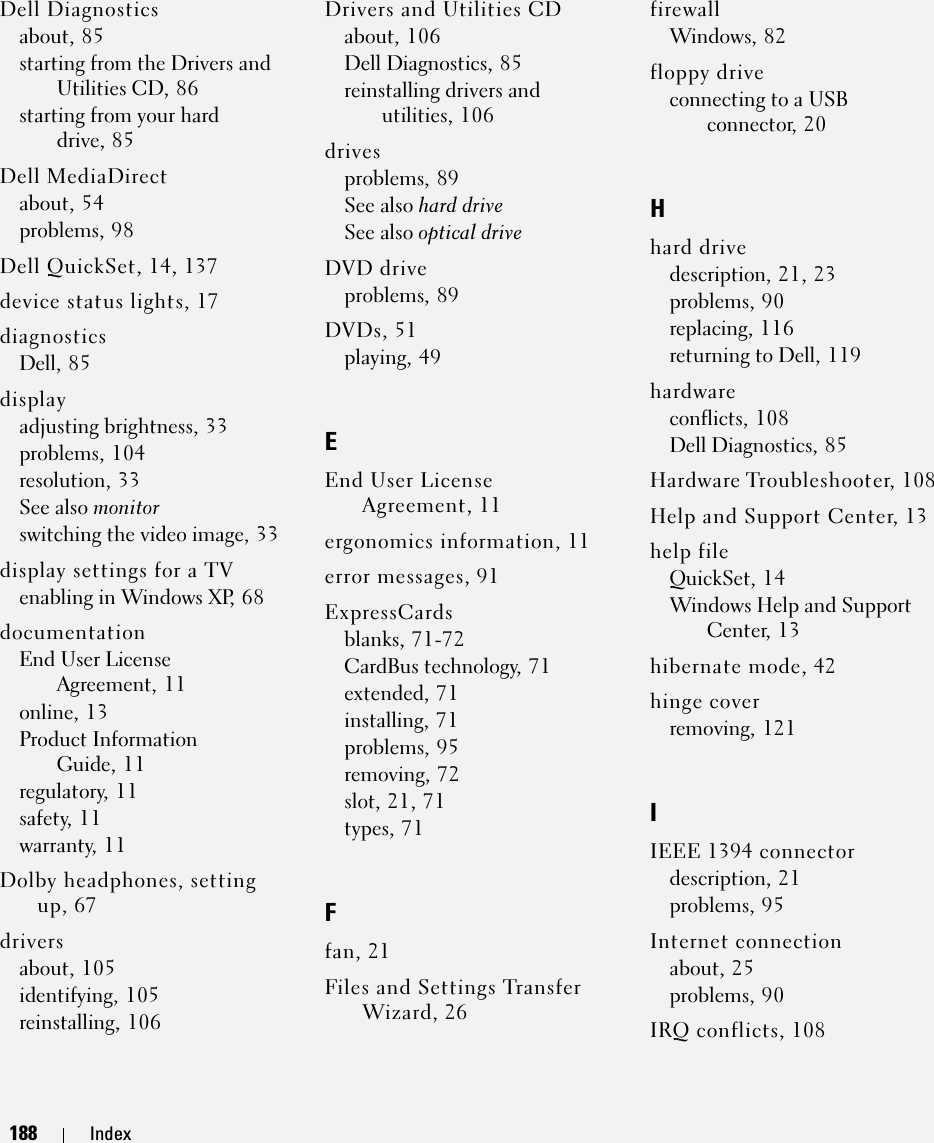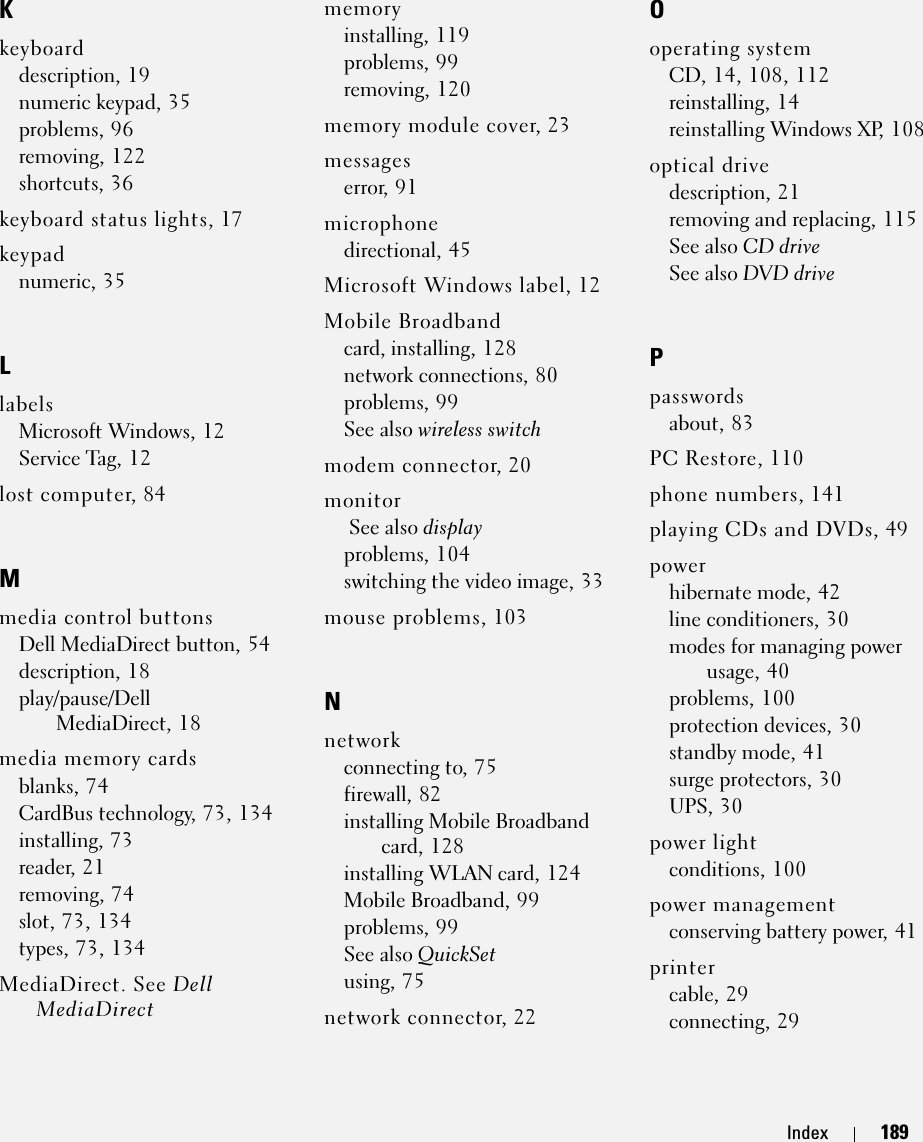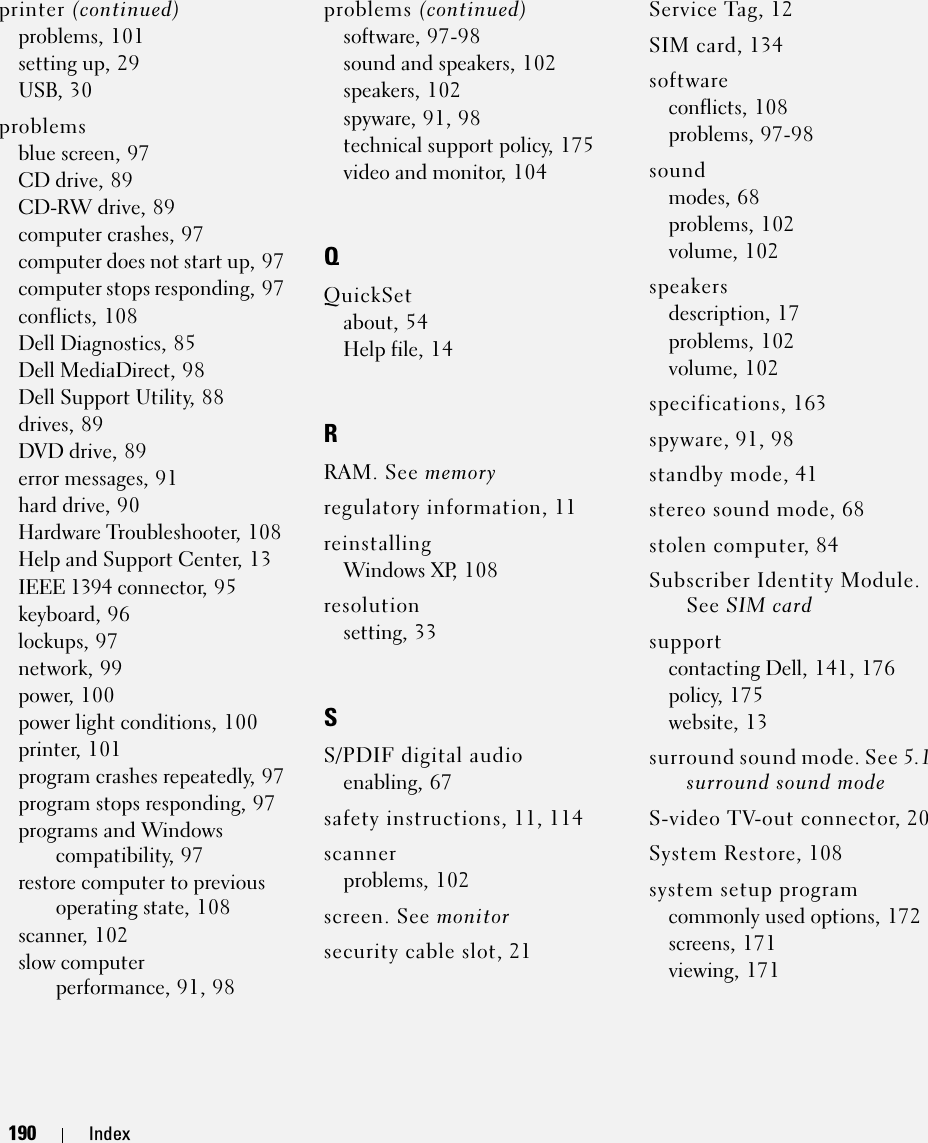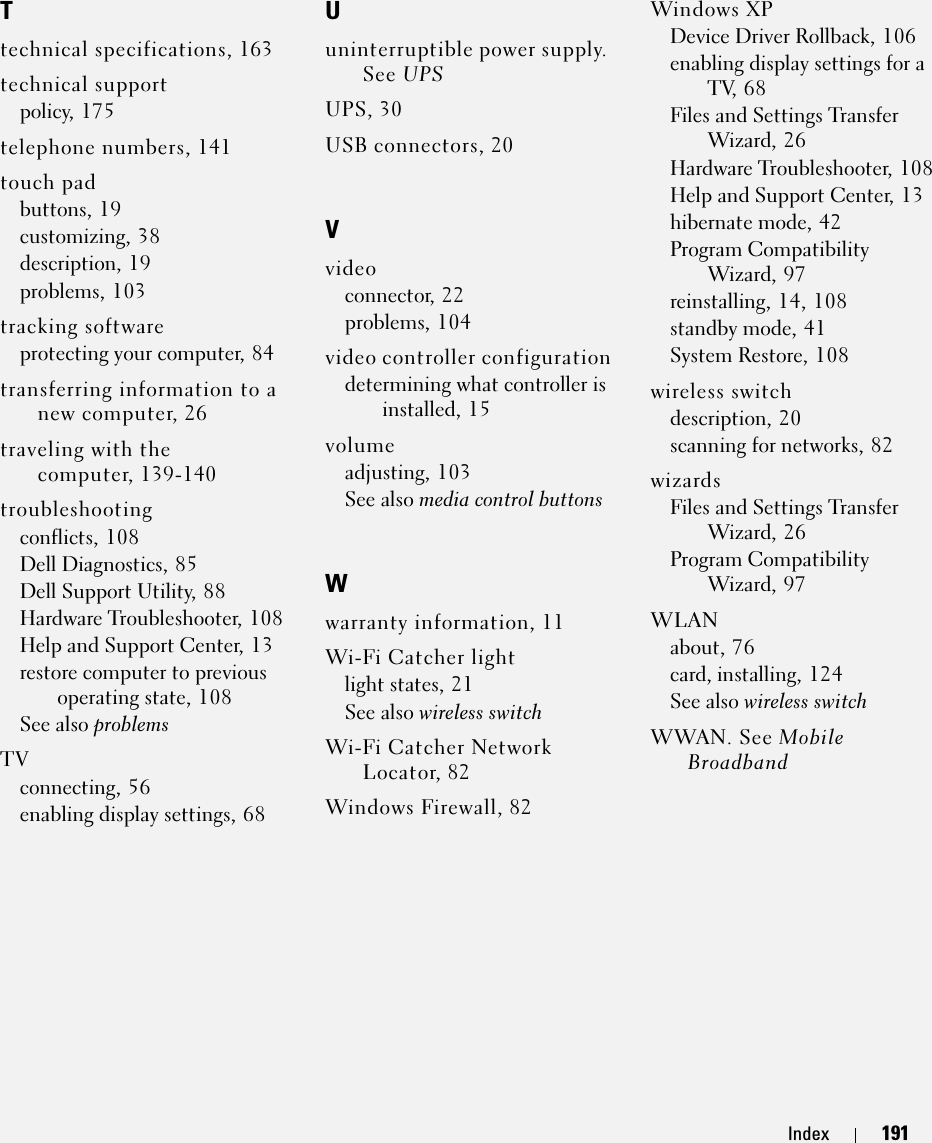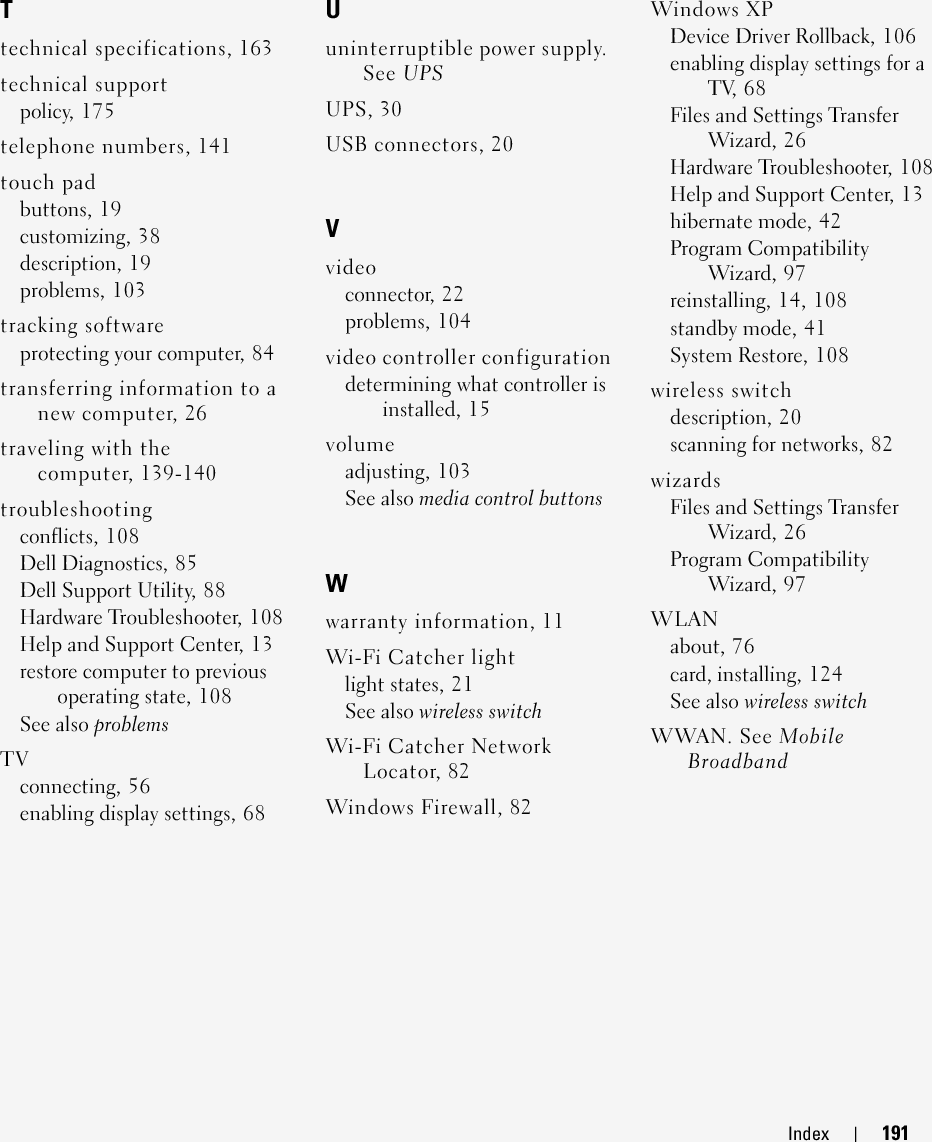Novatel Wireless NRM-EU860D Dual Band Licensed Modular Transmitter User Manual book
Novatel Wireless, Inc. Dual Band Licensed Modular Transmitter book
Contents
- 1. Part 1
- 2. Part 2
- 3. Manual 1
- 4. Manual 2
- 5. Manual 3
- 6. Manual 4
- 7. User Manual 1
- 8. User Manual 2
- 9. User Manual M1210
- 10. User Manual D430
- 11. User Manual D420
- 12. User Manual Corsica
- 13. User Manual Sapporo
- 14. User Manual Vostro 1
- 15. User Manual Vostro 2
- 16. Users Manual Vostro 3
- 17. Users Manual Vostro 4
- 18. User Manual 3
- 19. User Manual 4
- 20. User Manual Gilligan
User Manual M1210
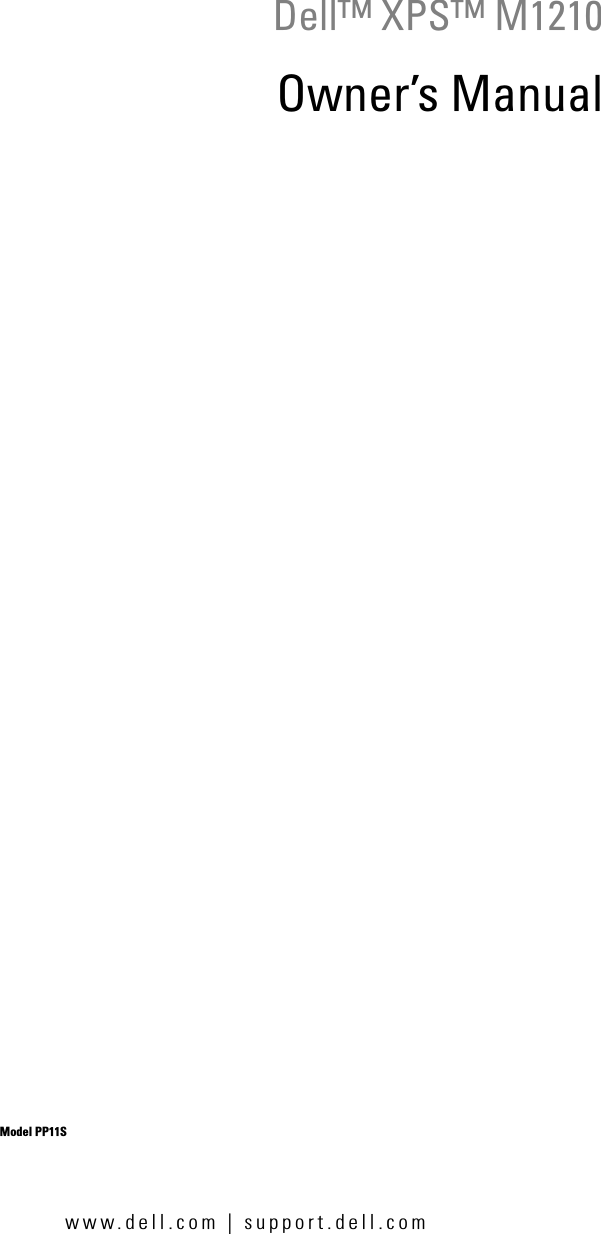
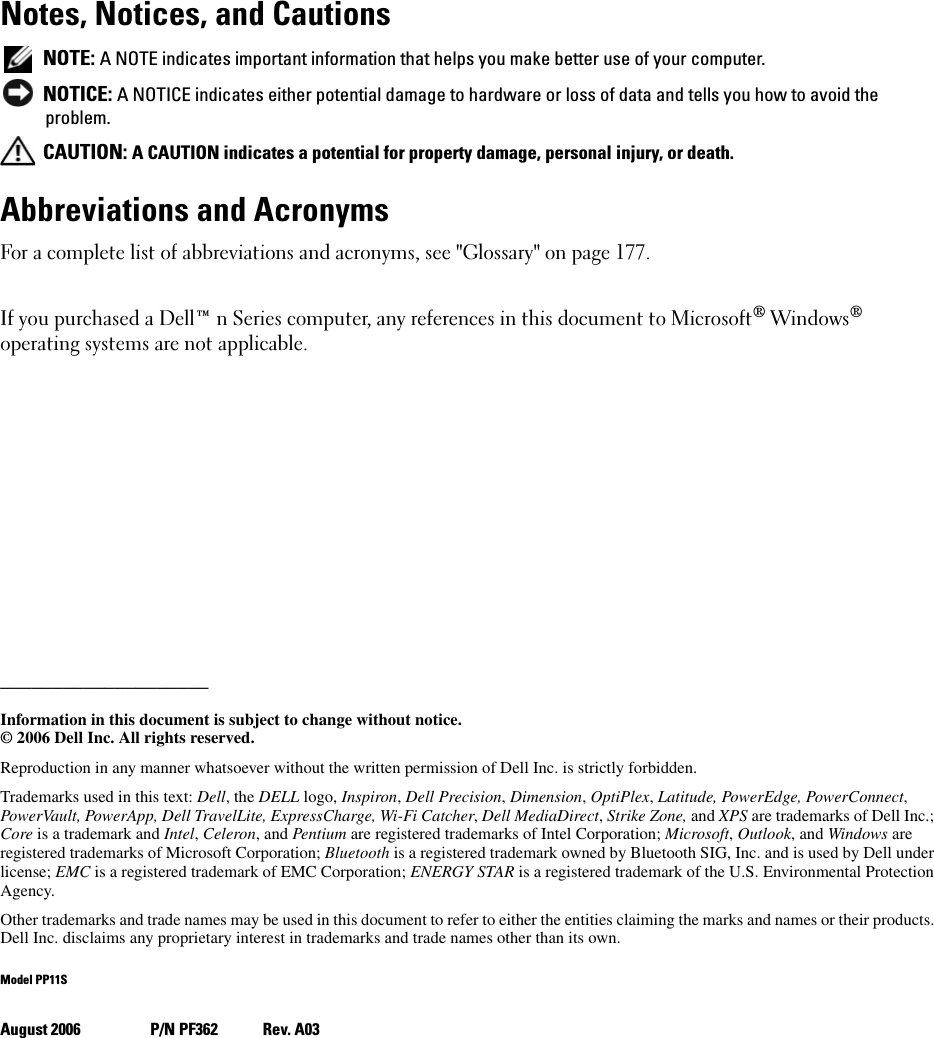
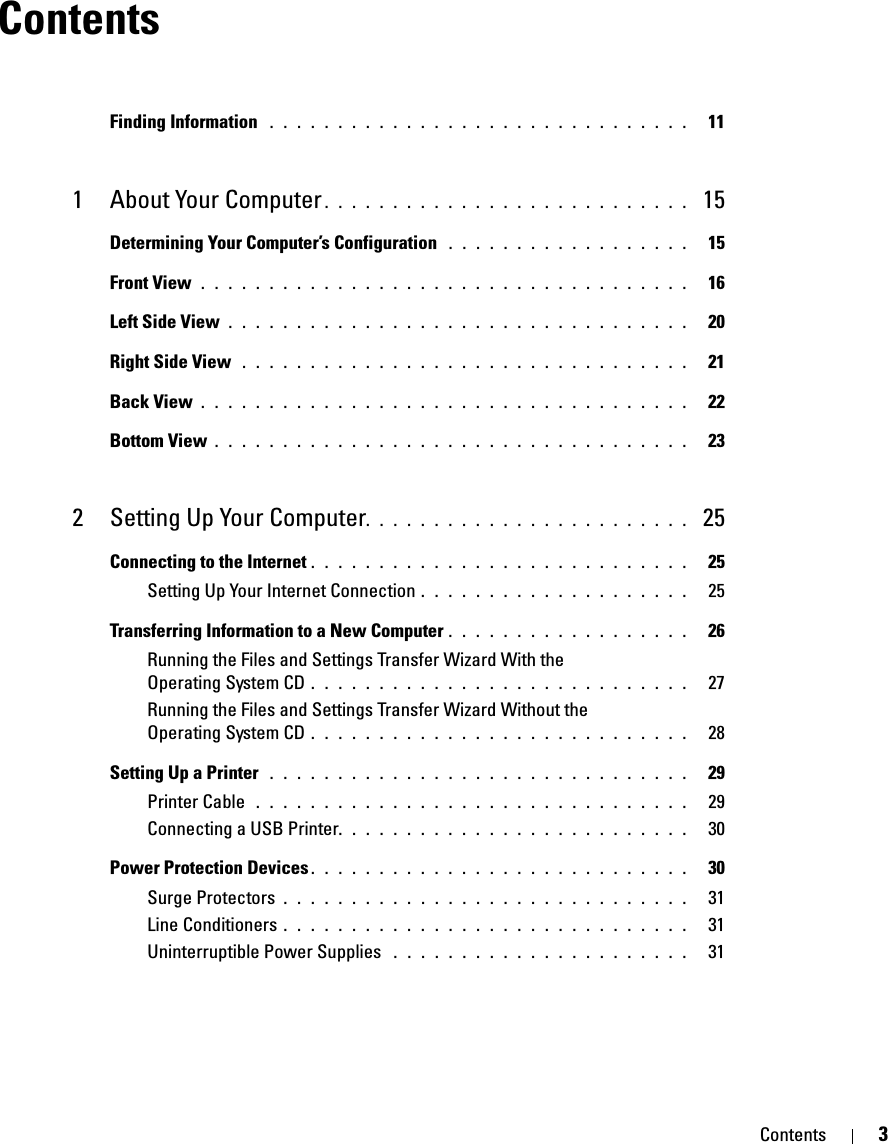
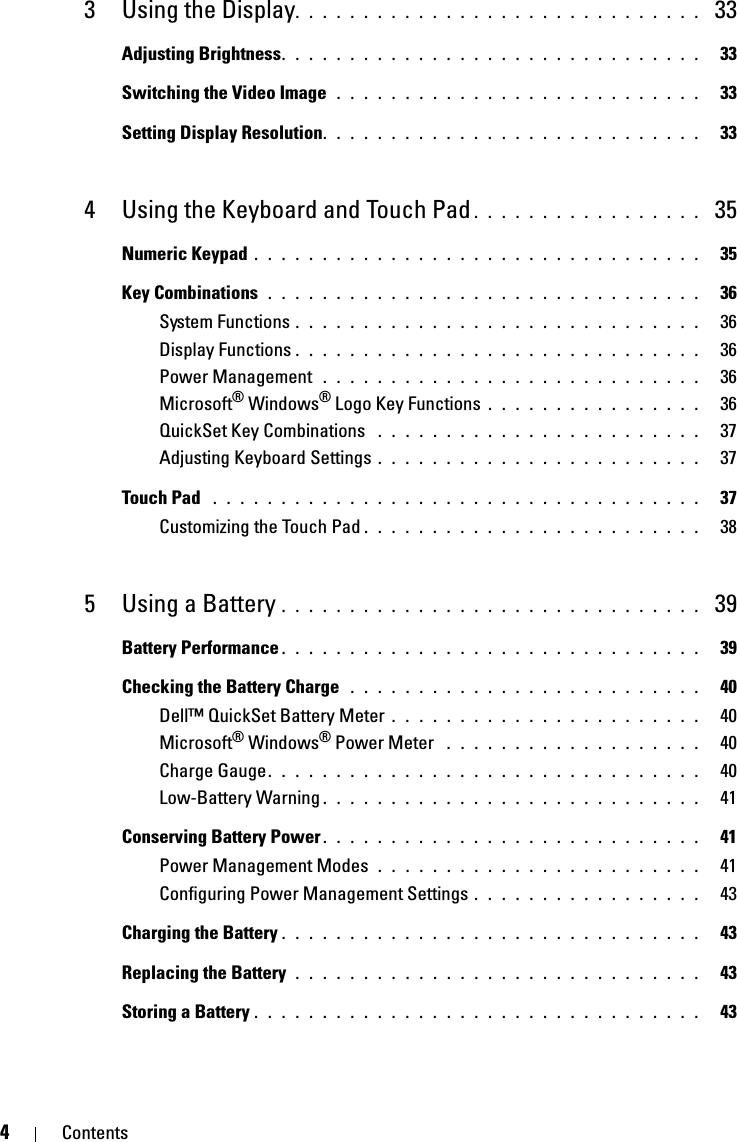
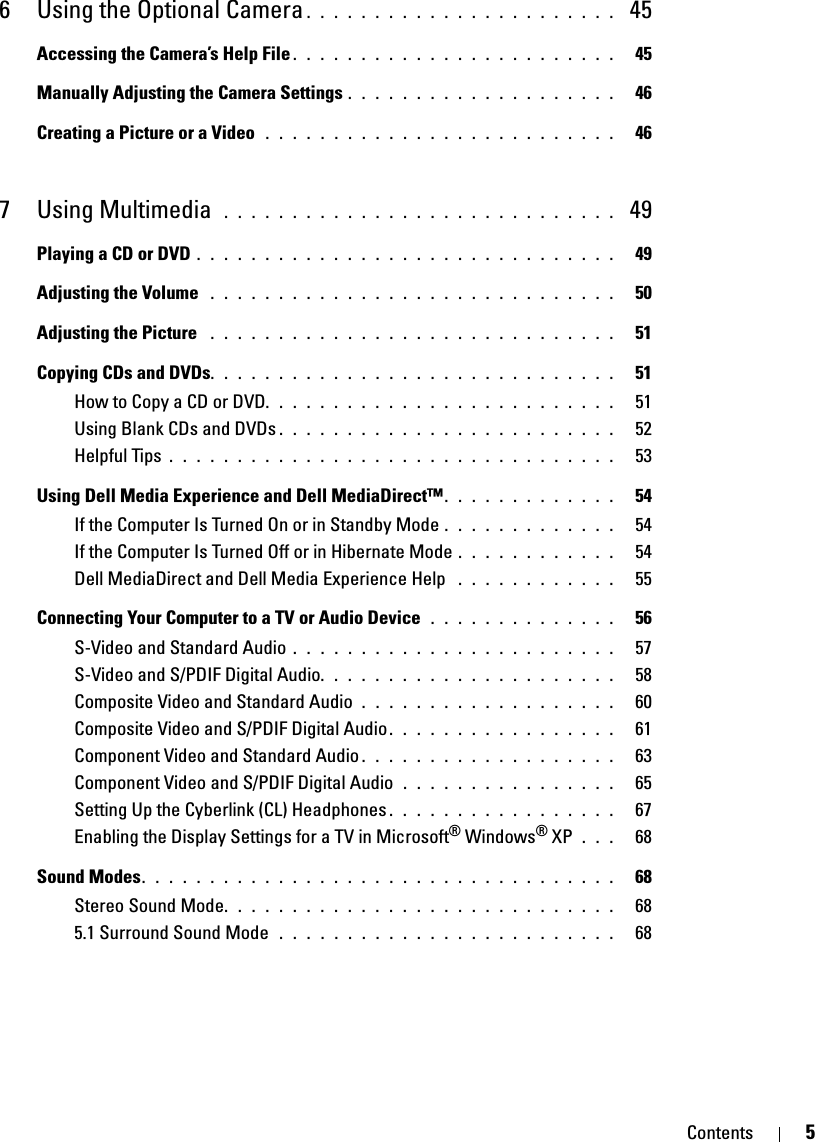
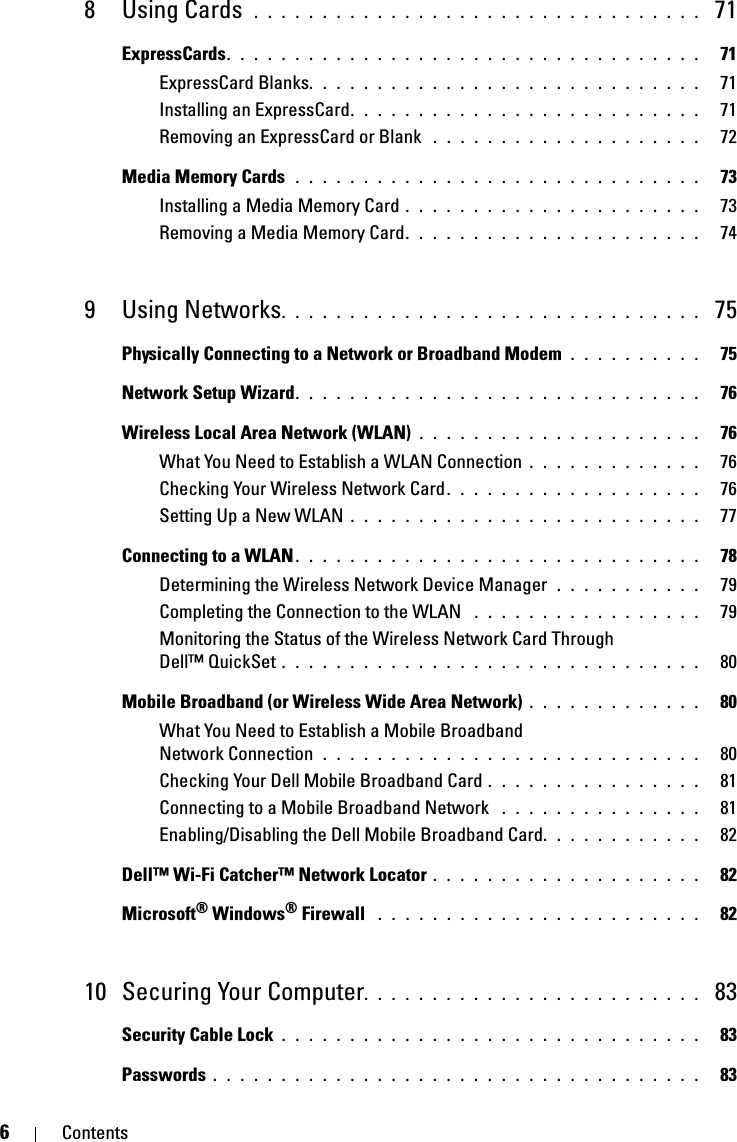
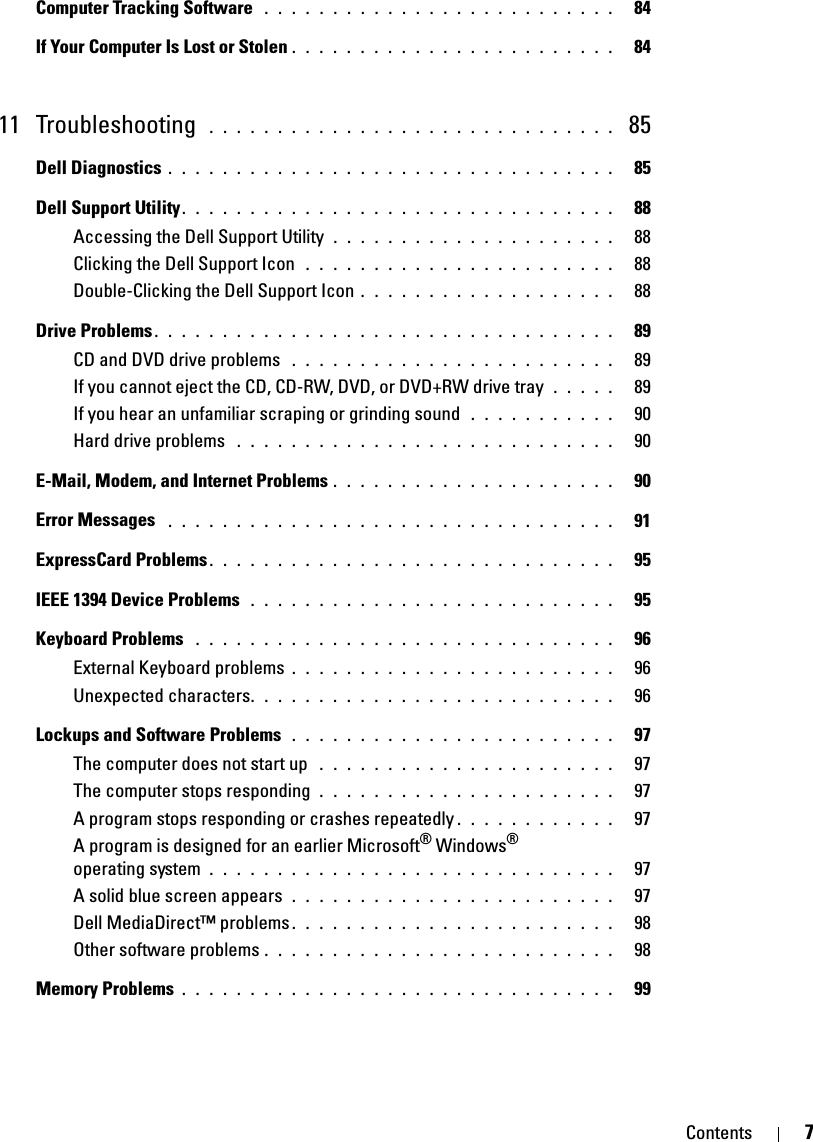
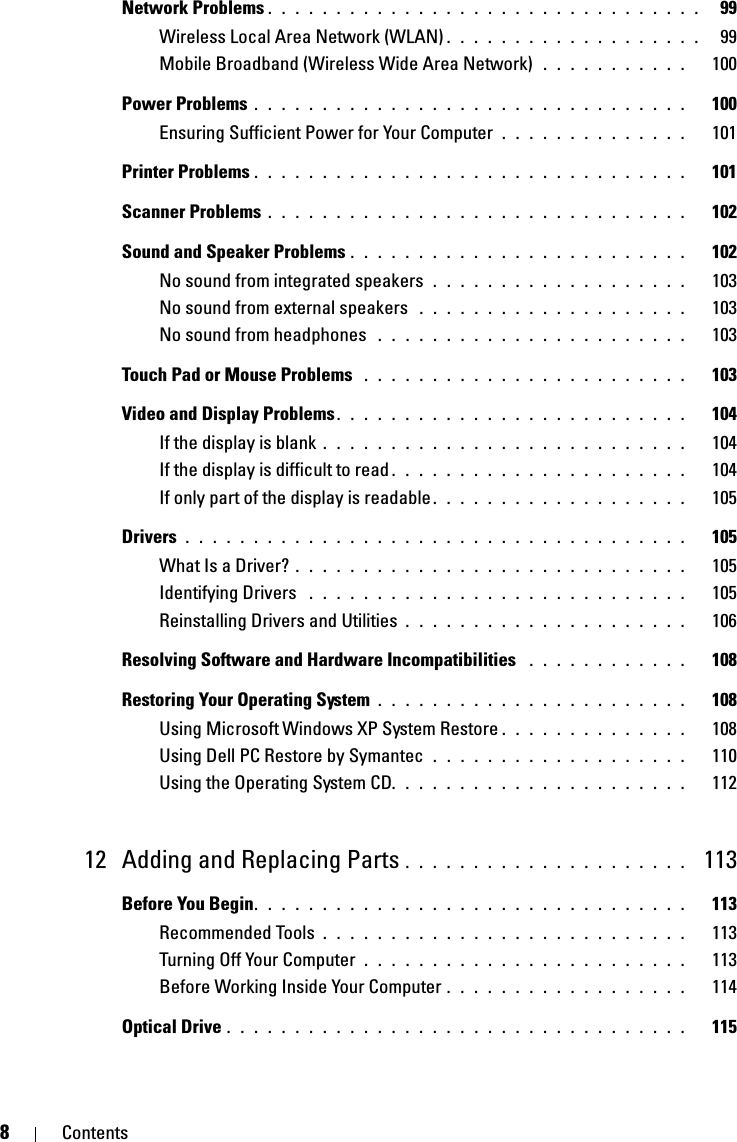
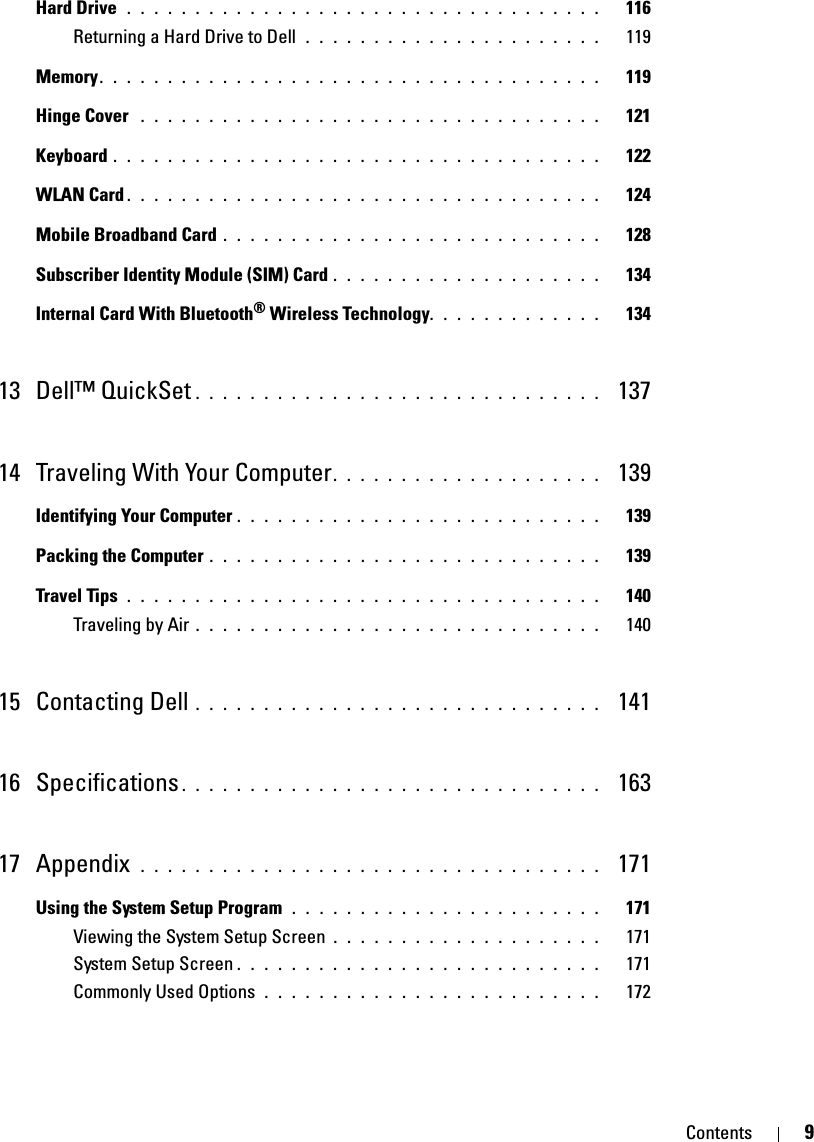

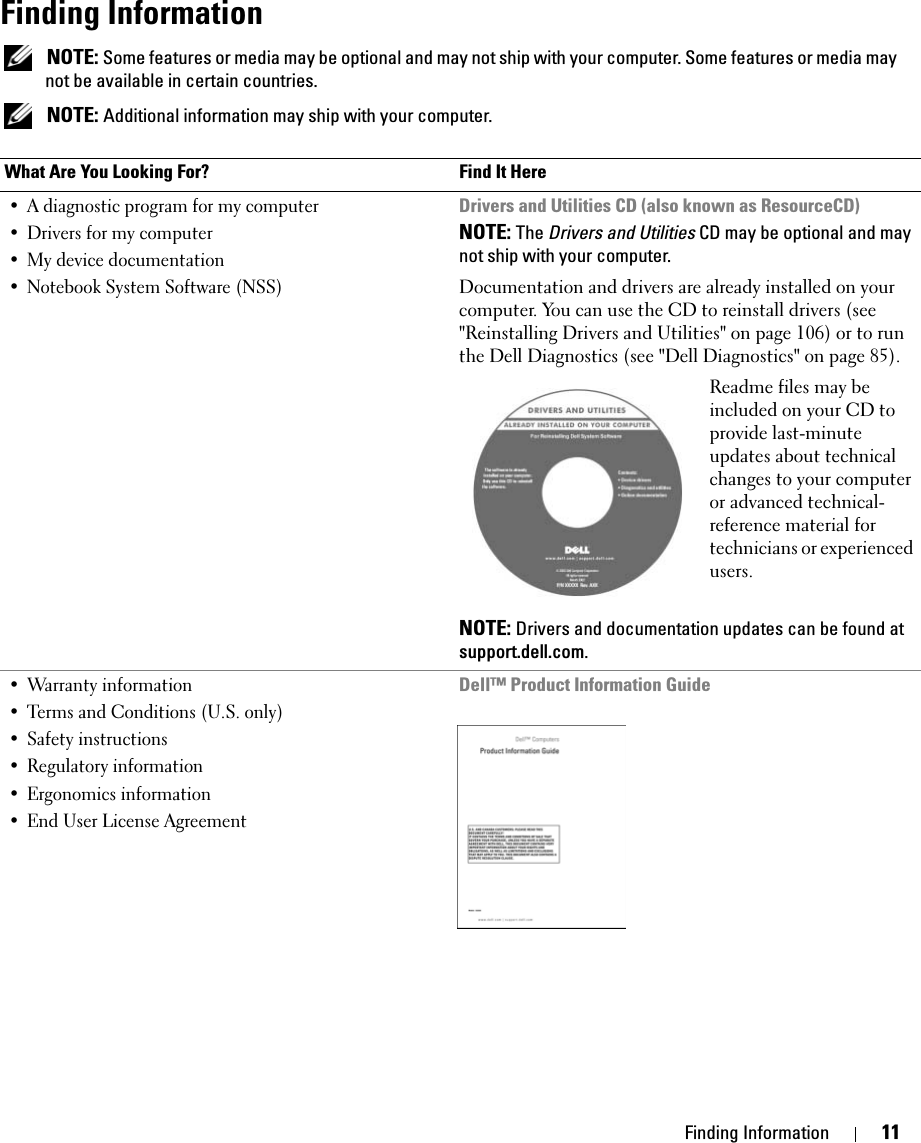
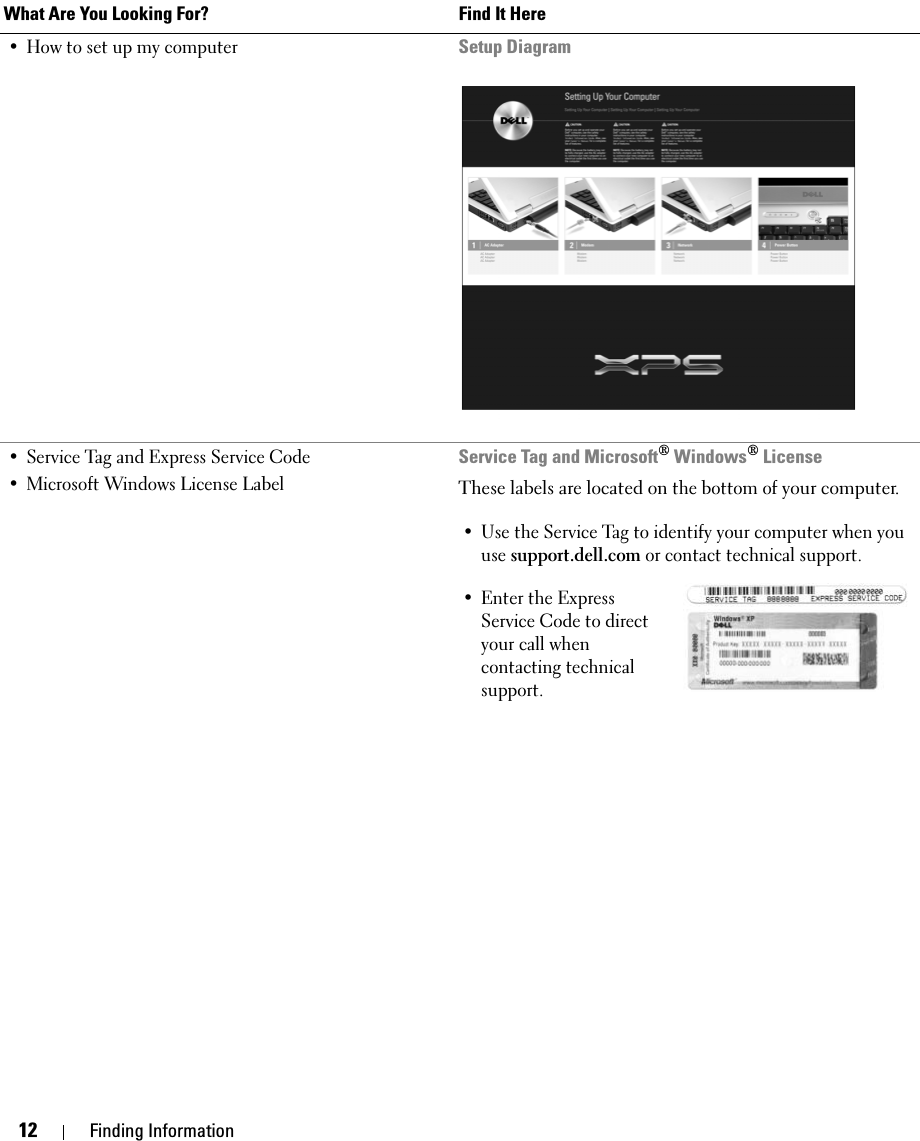
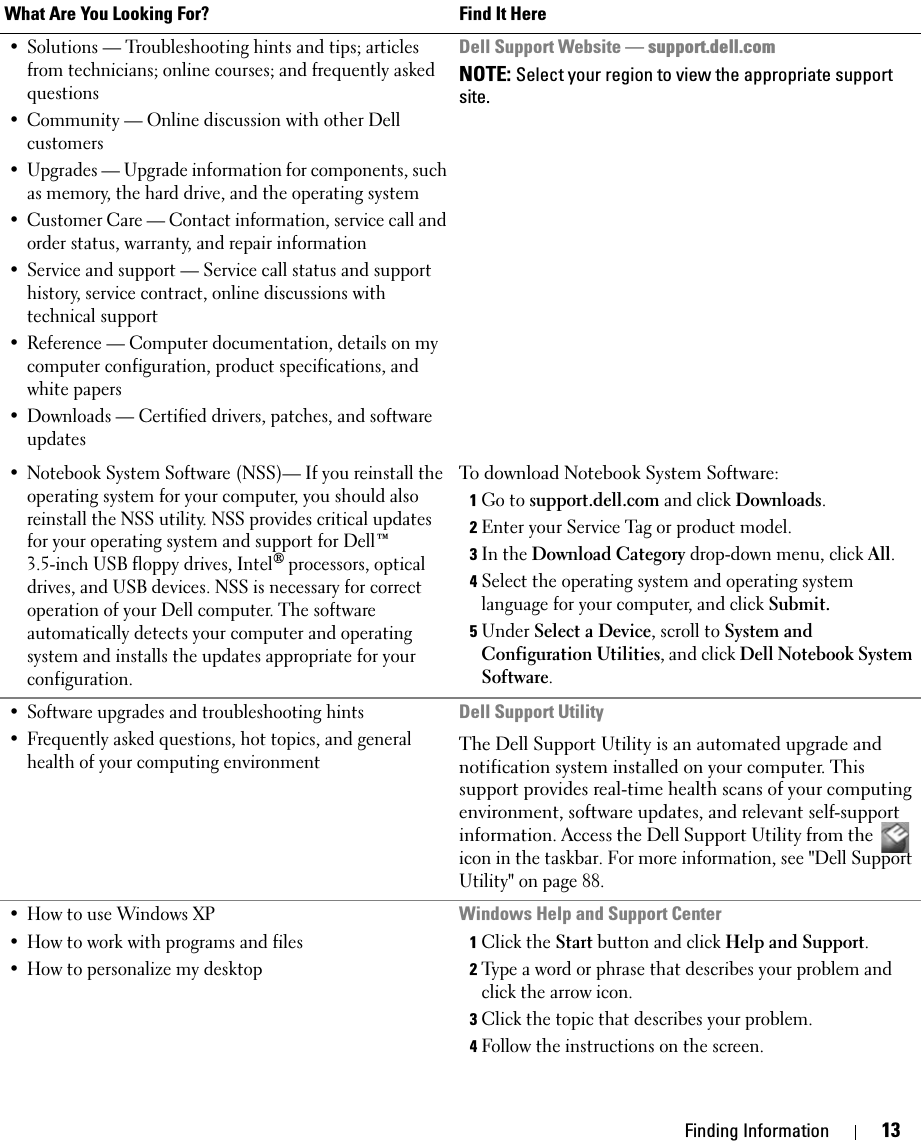
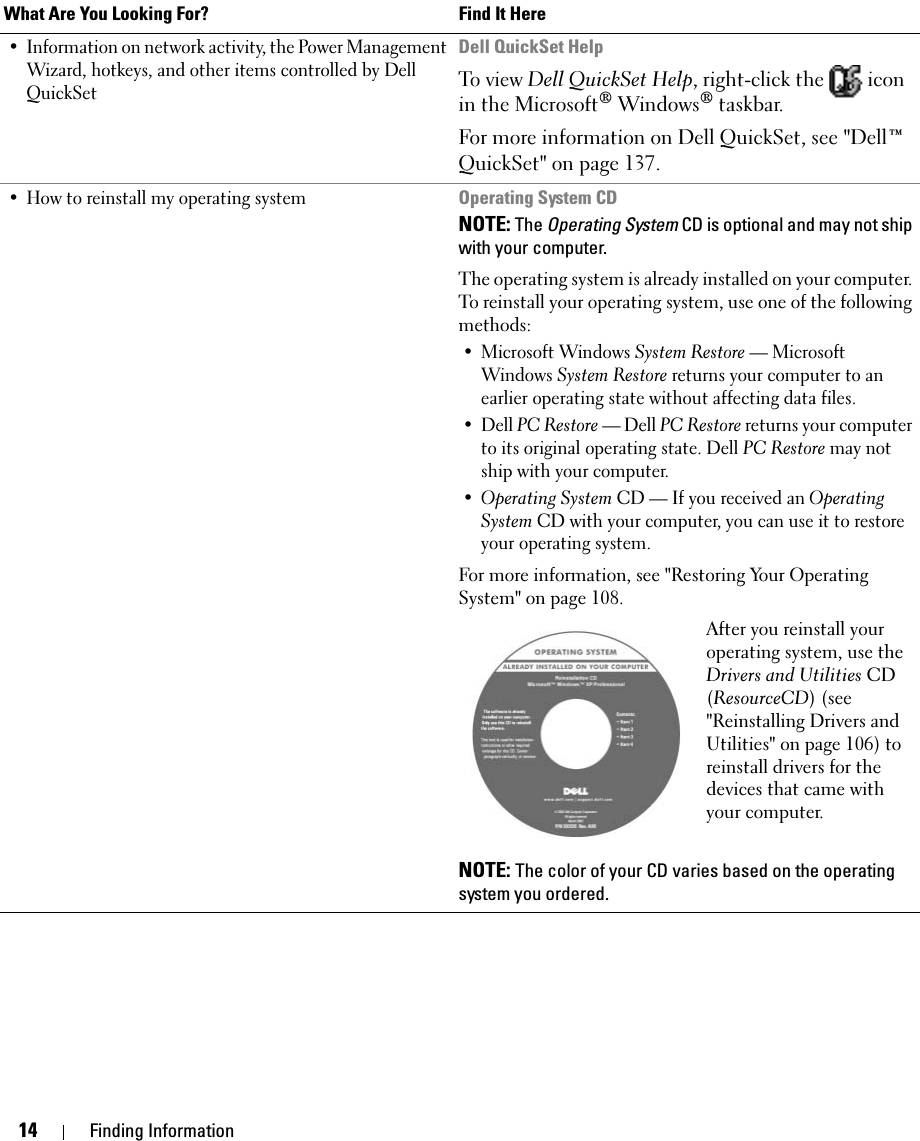
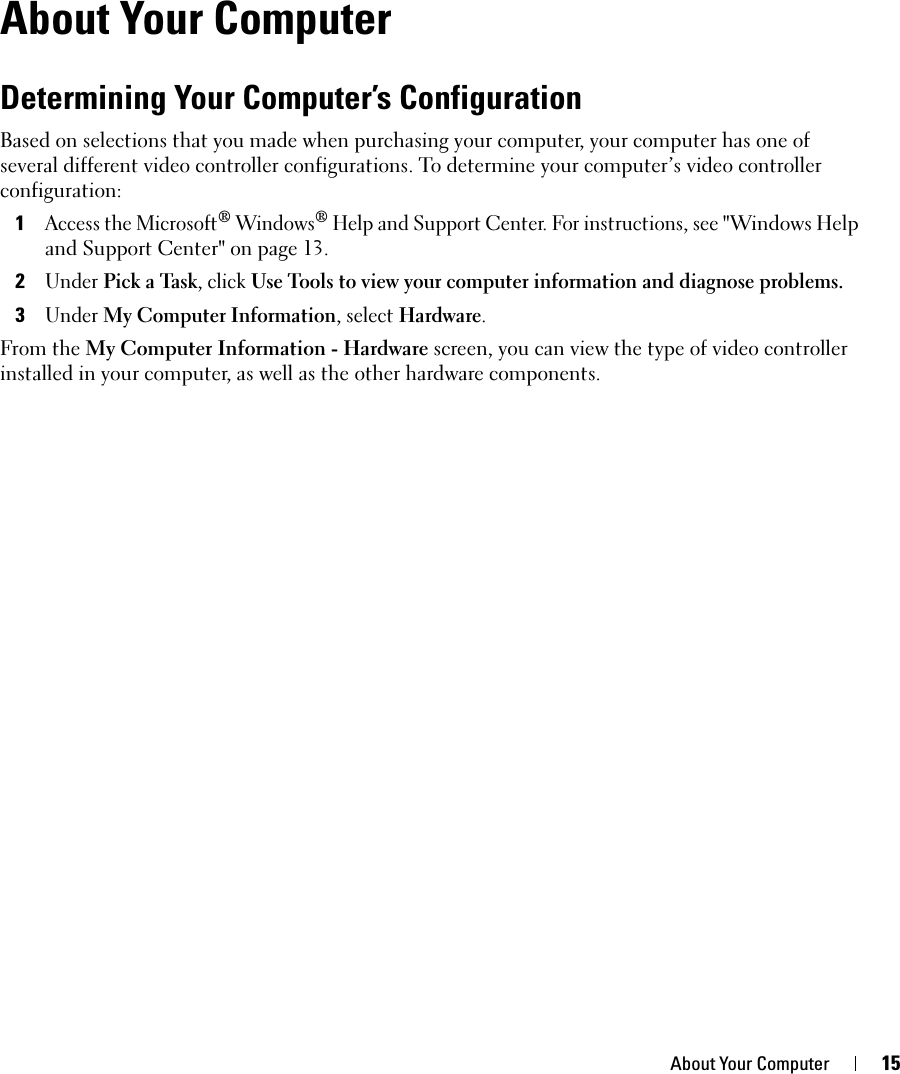
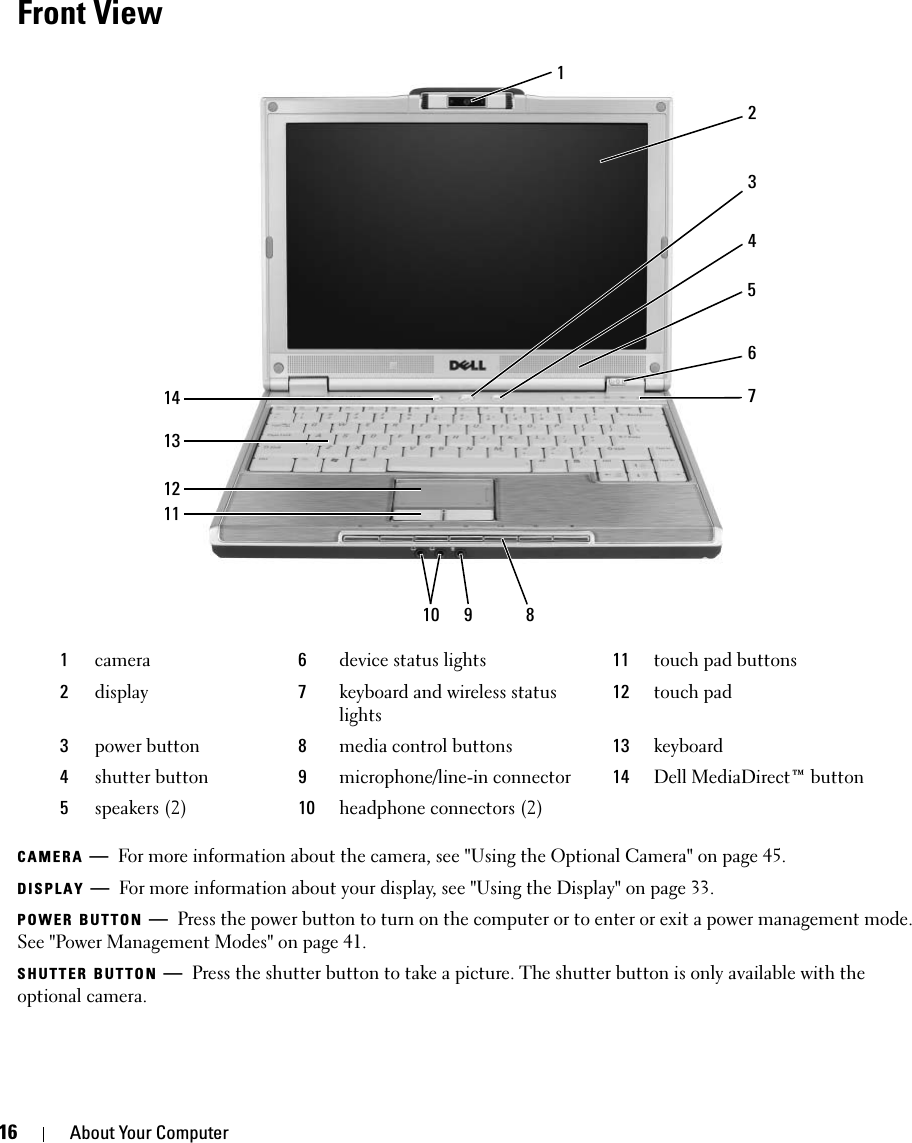
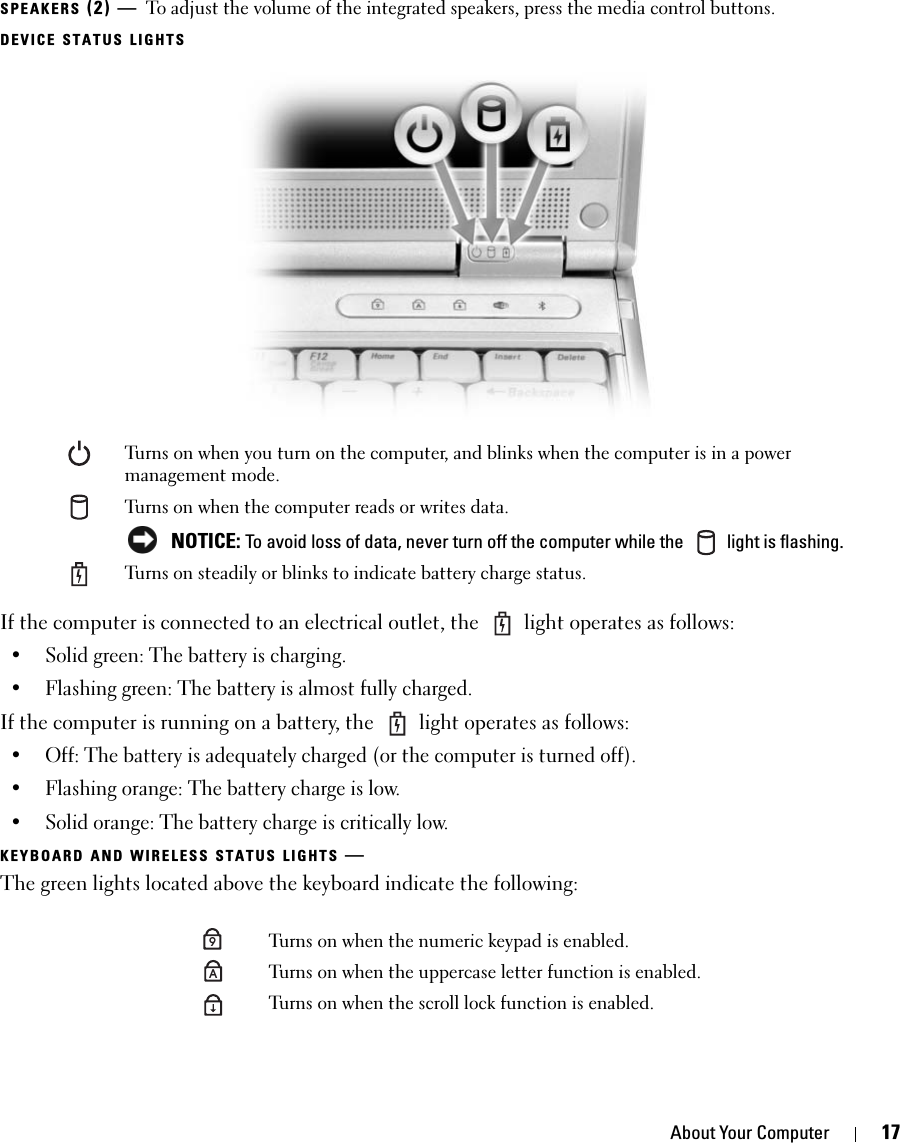
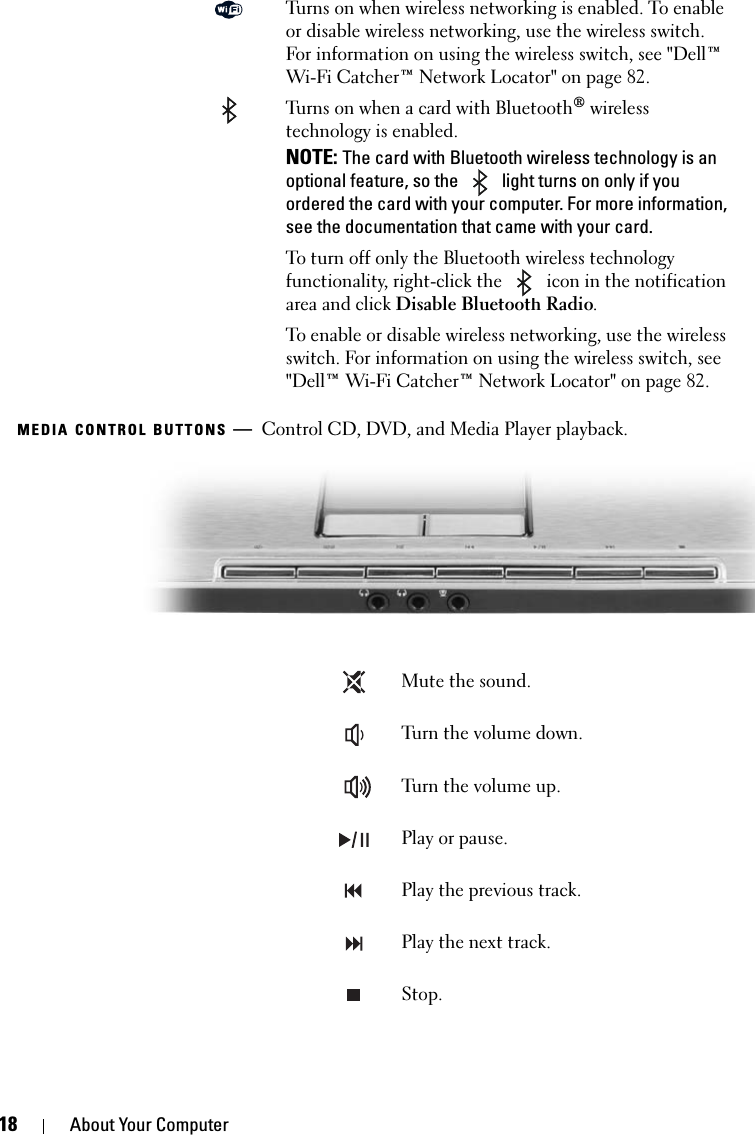
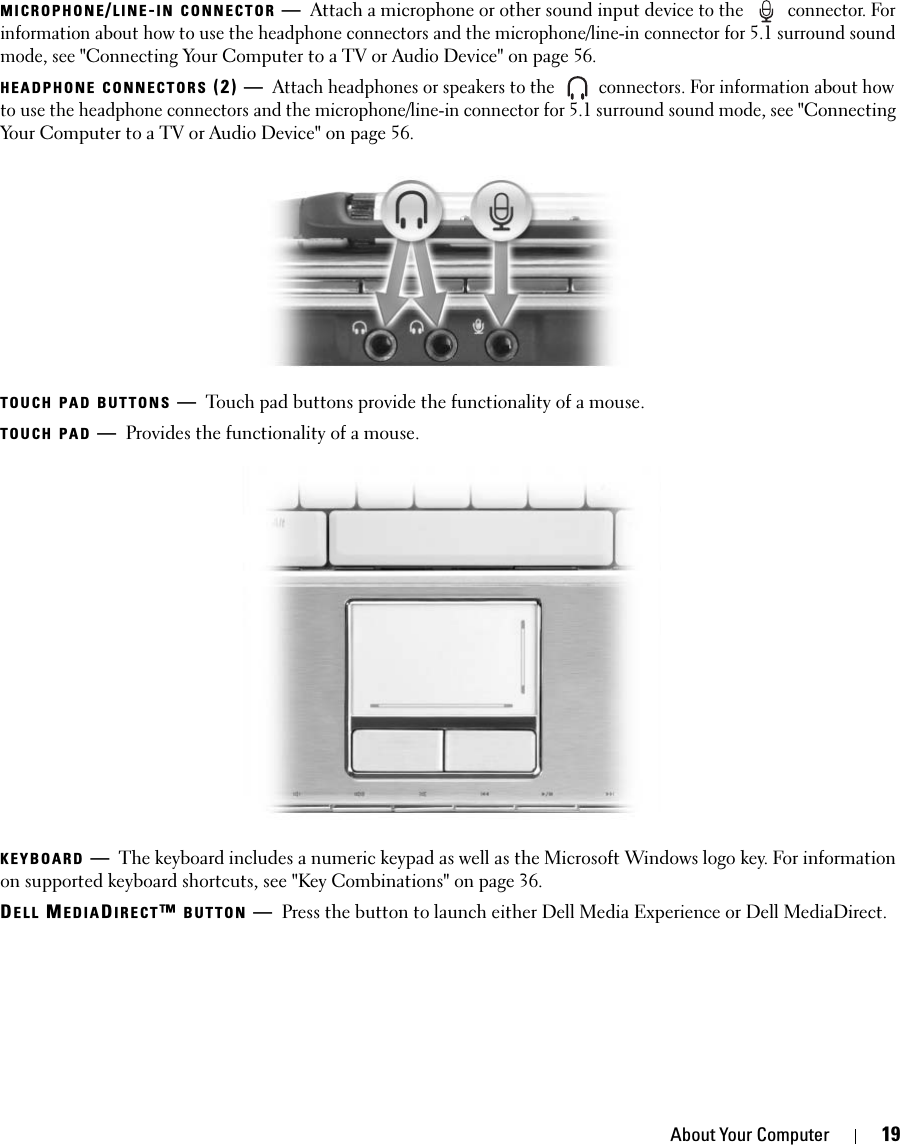
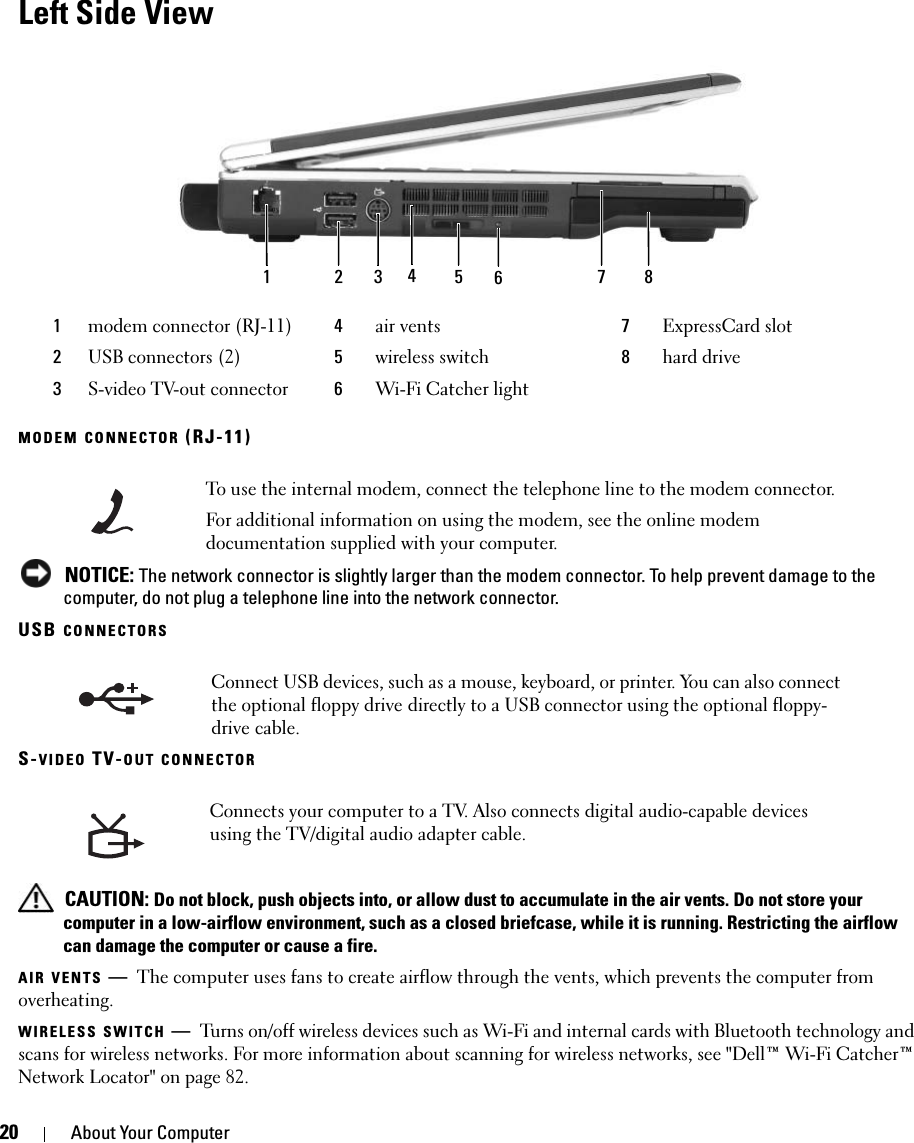
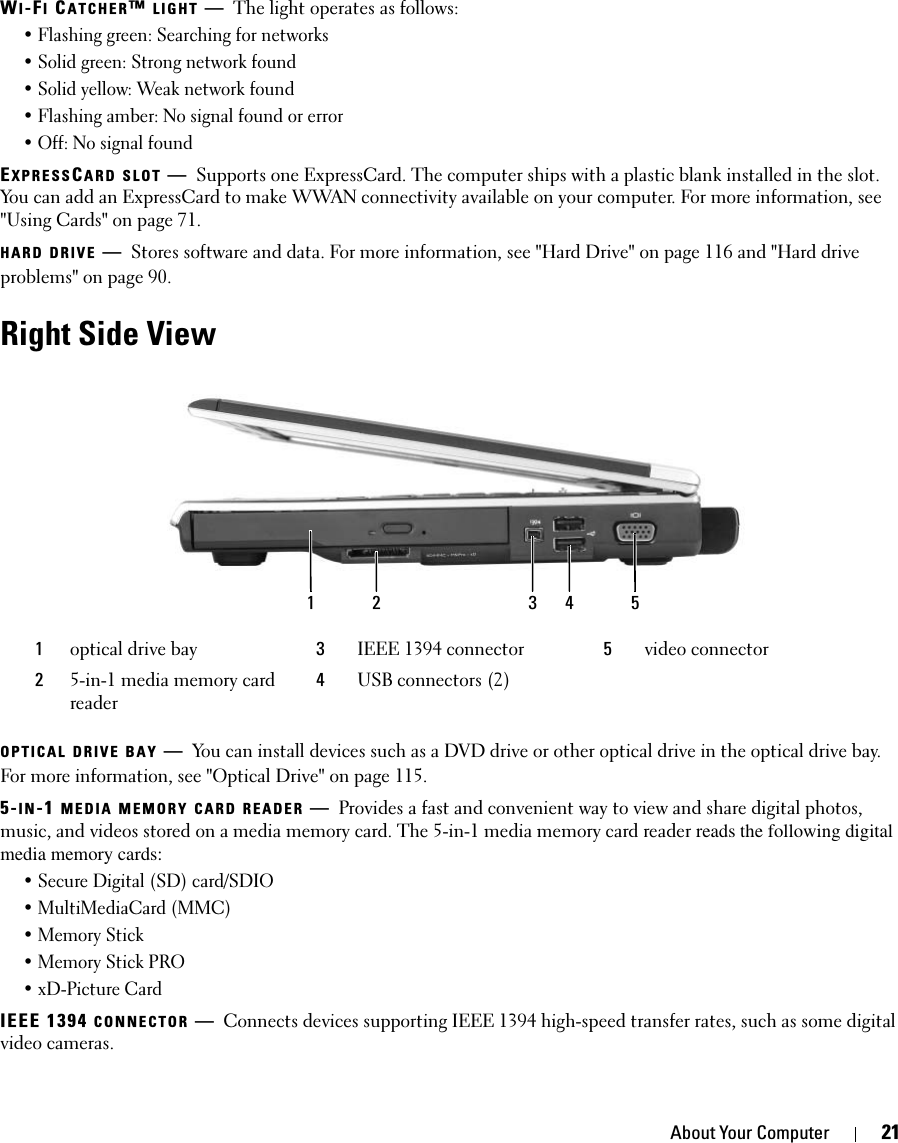
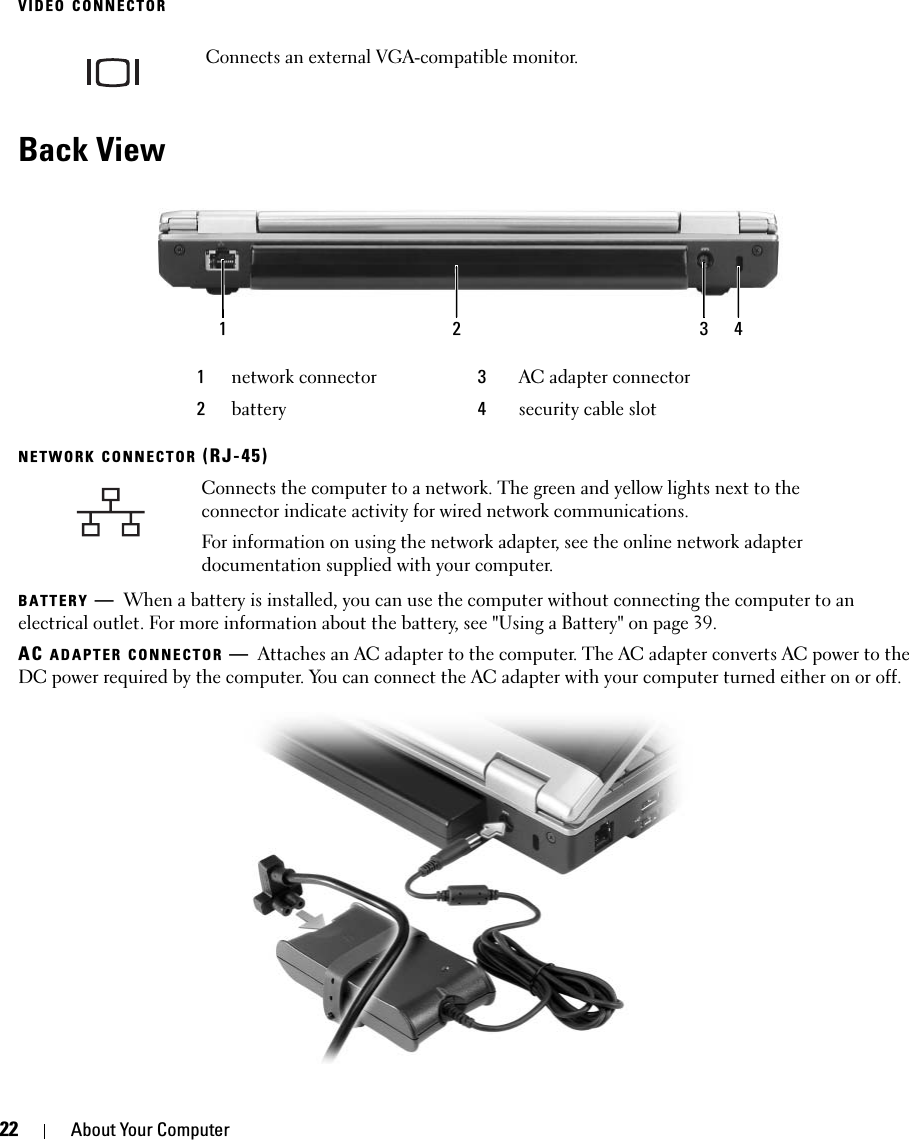
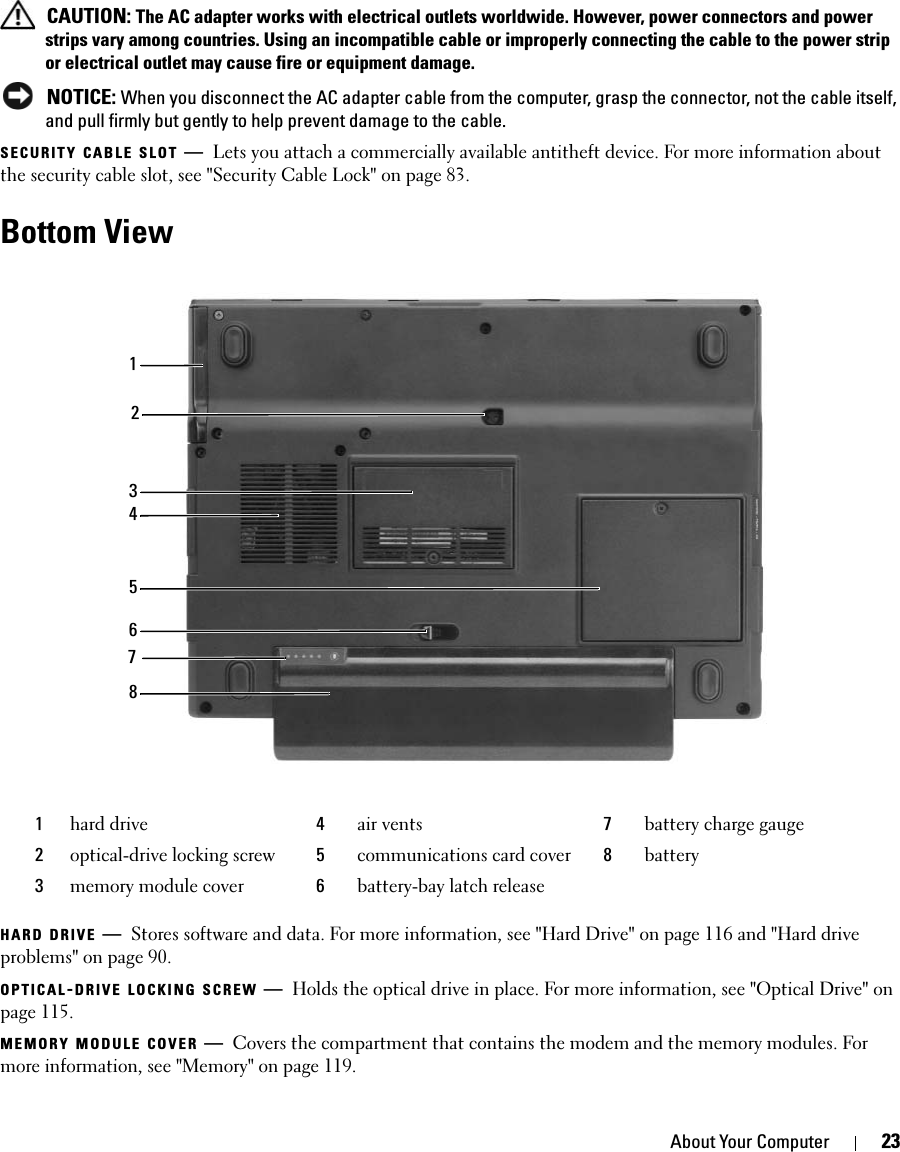
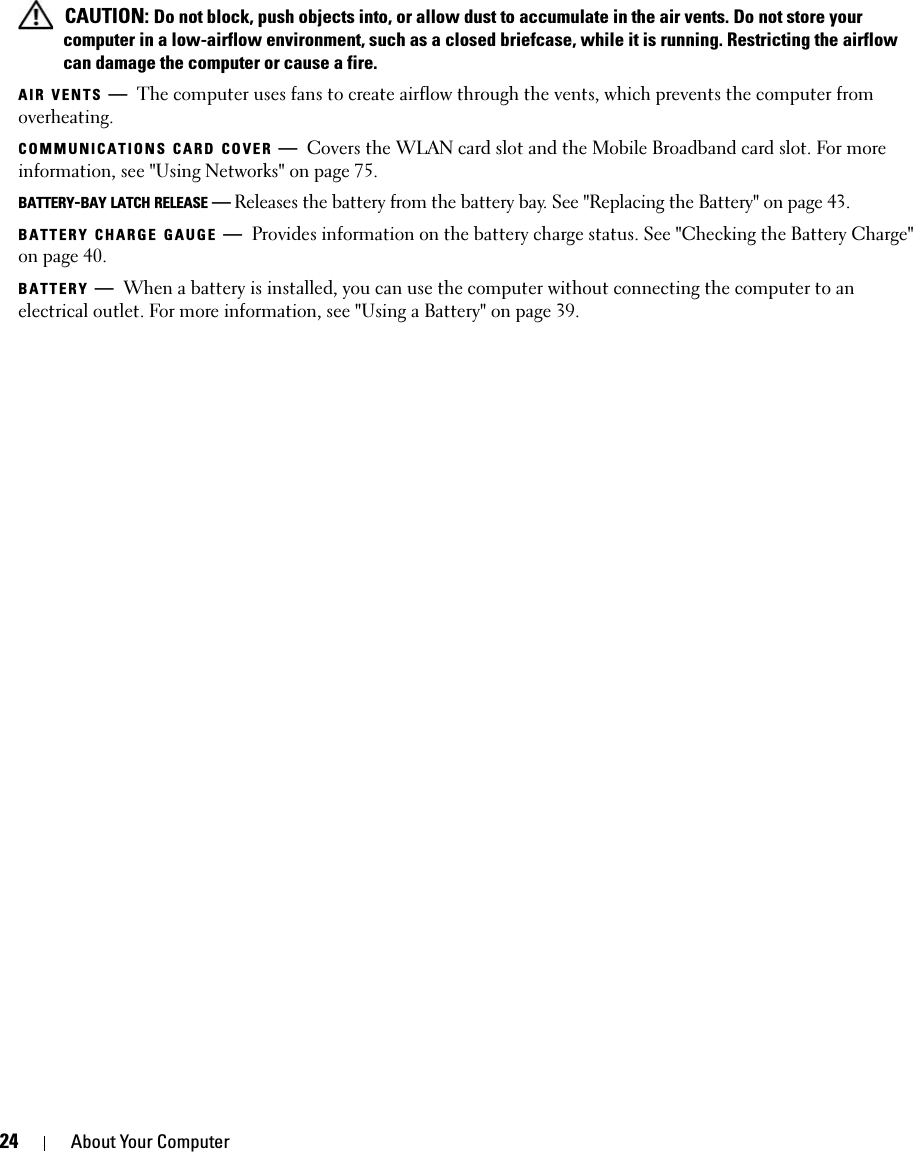
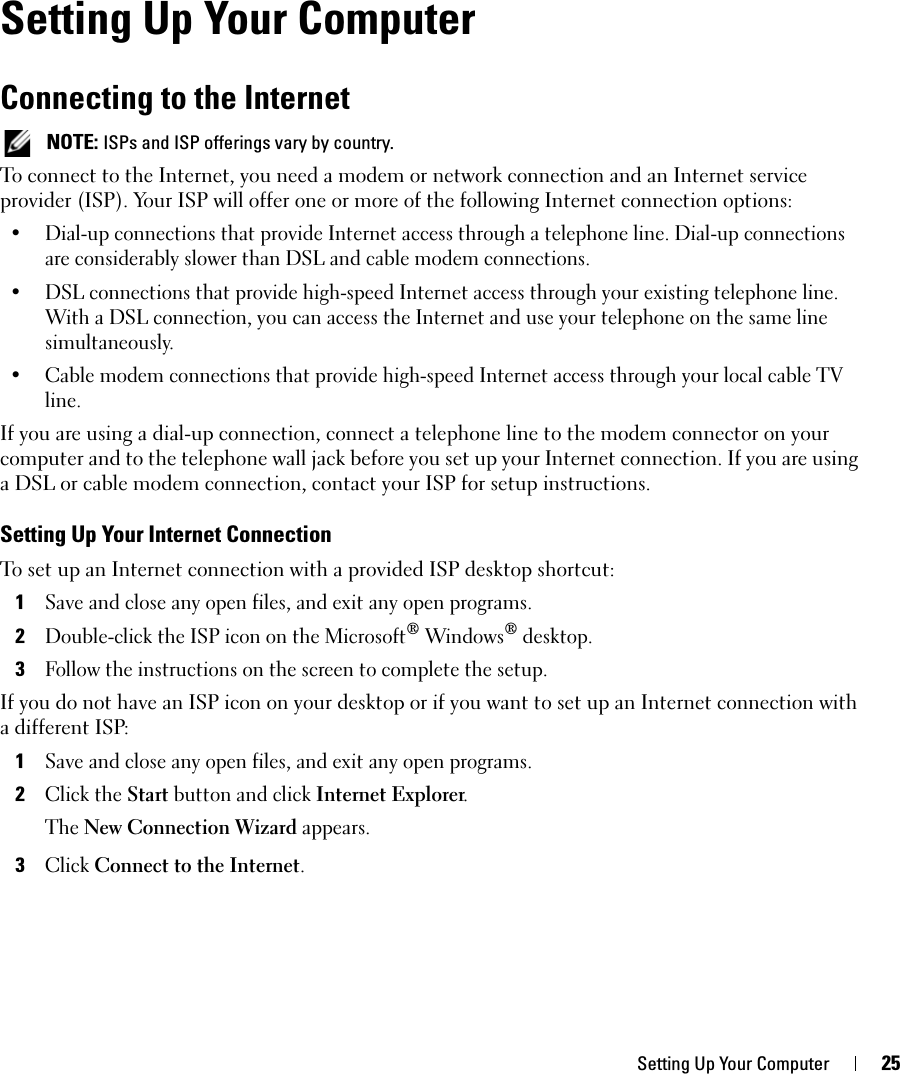
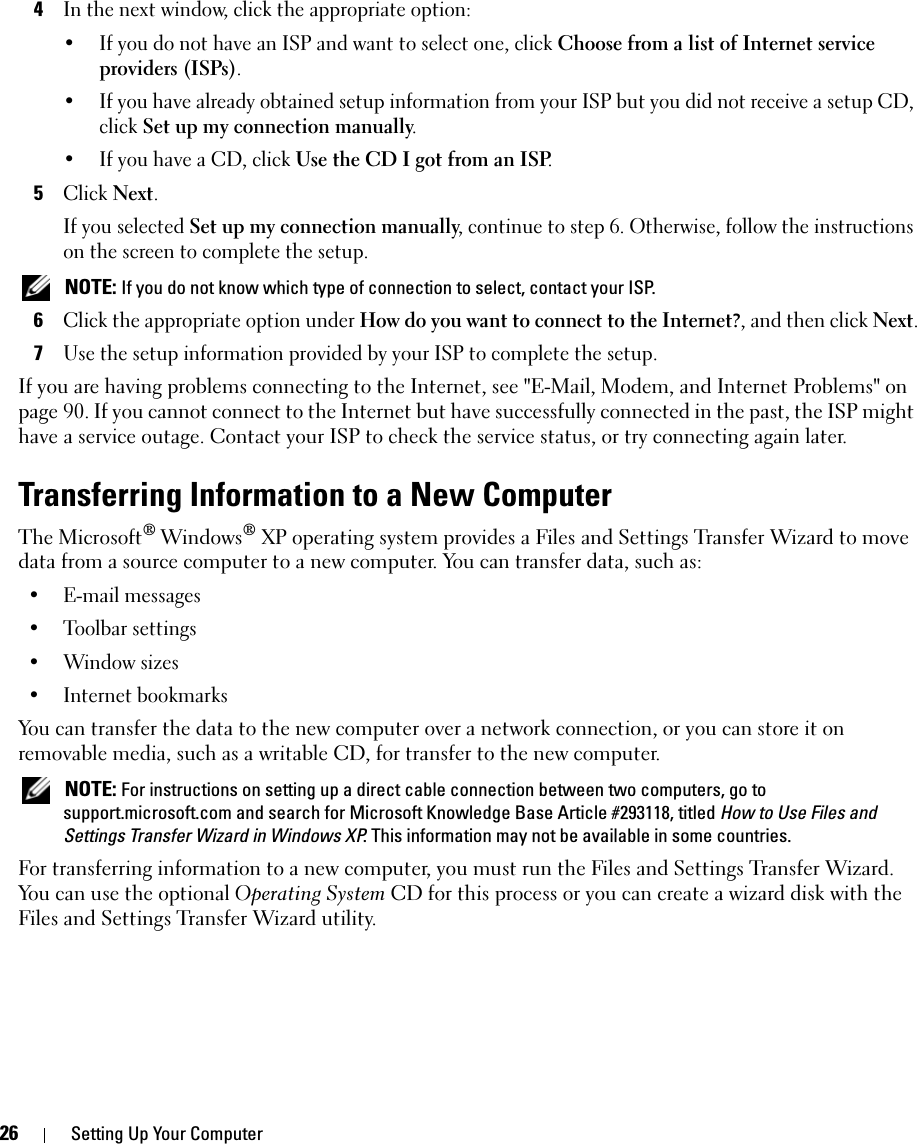
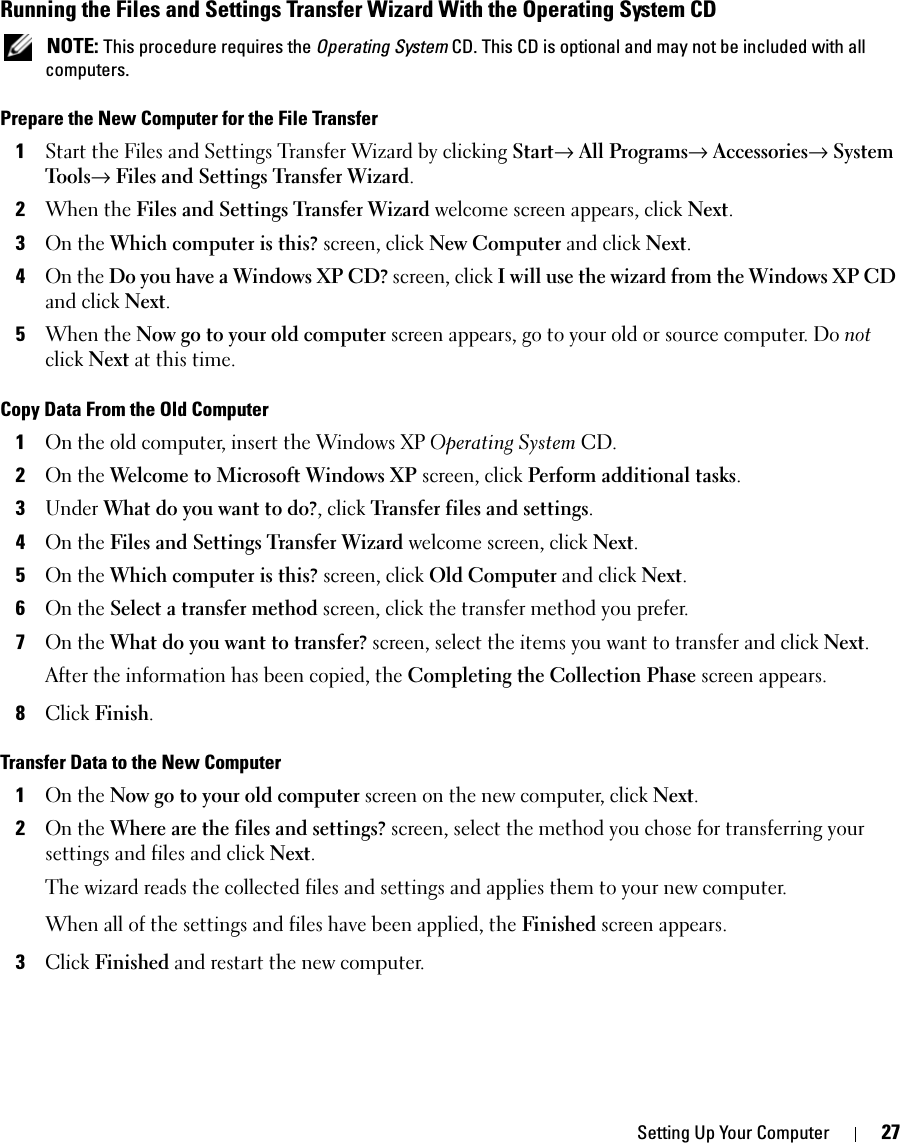
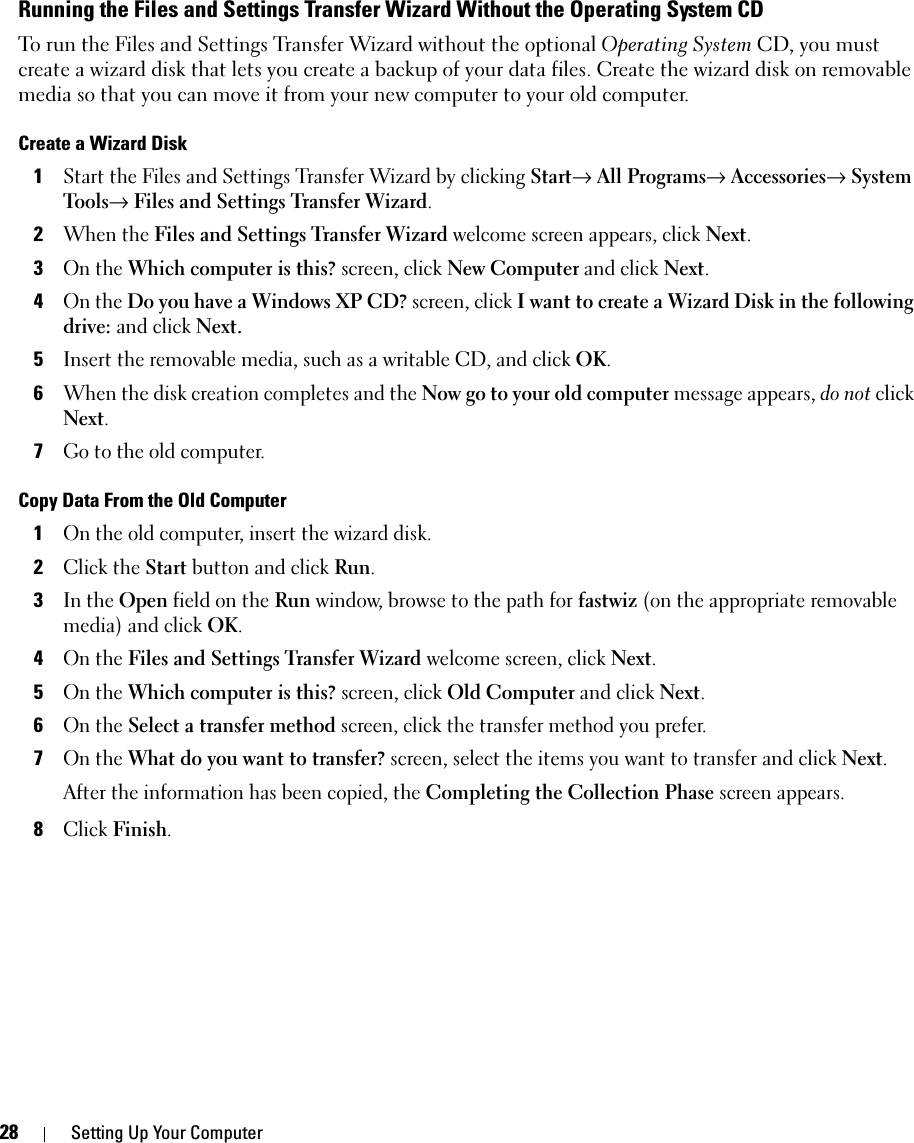
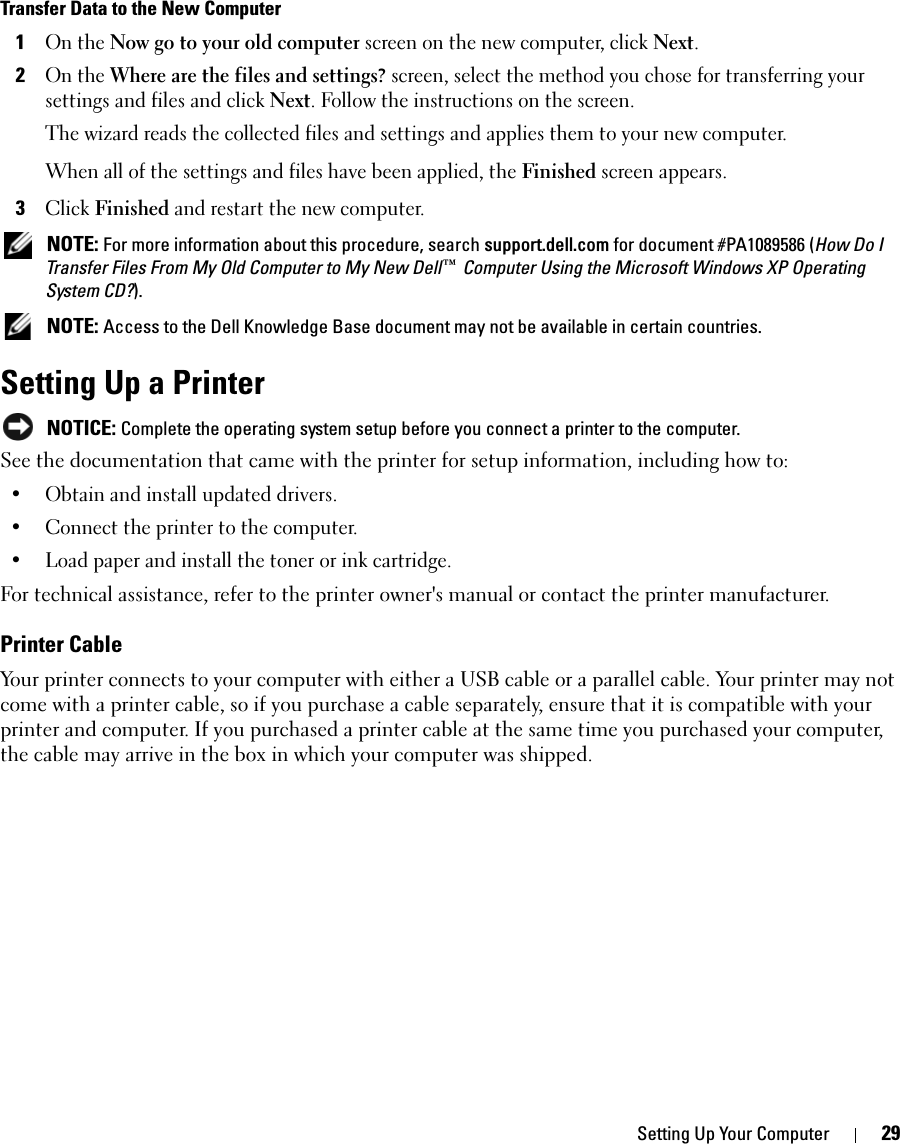
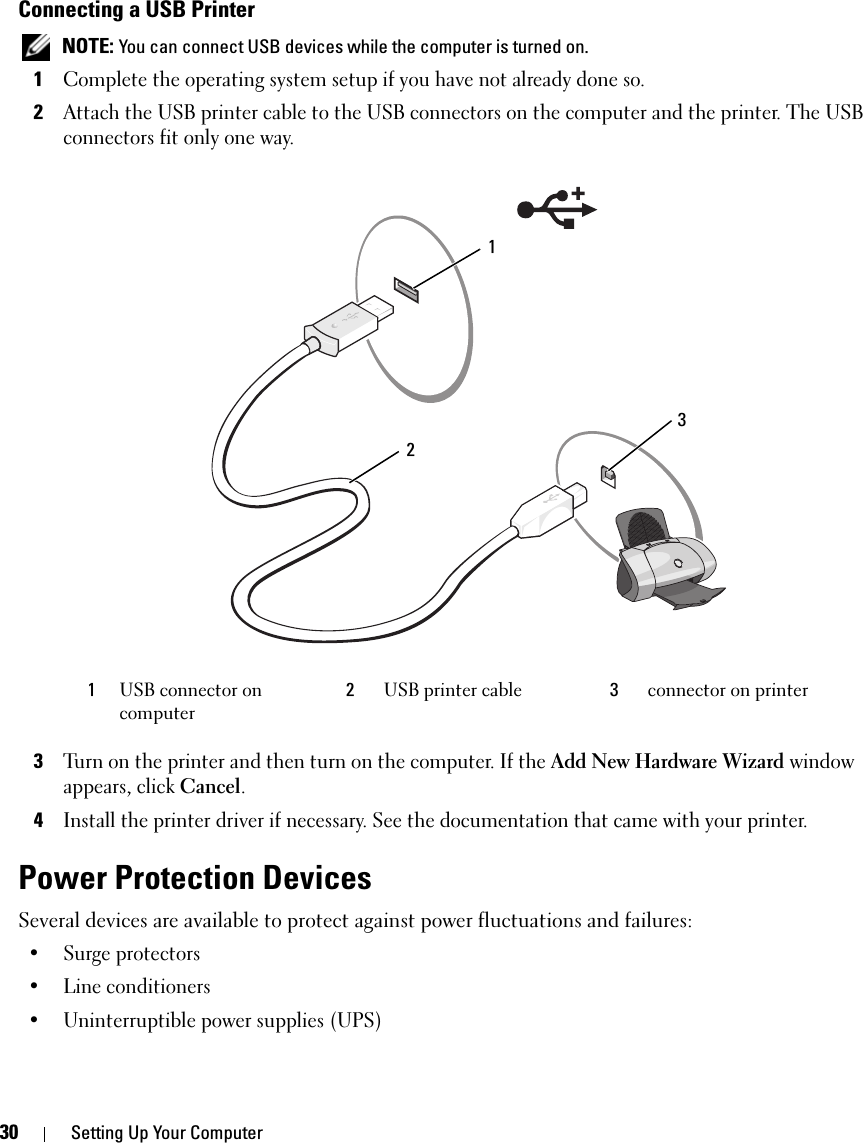
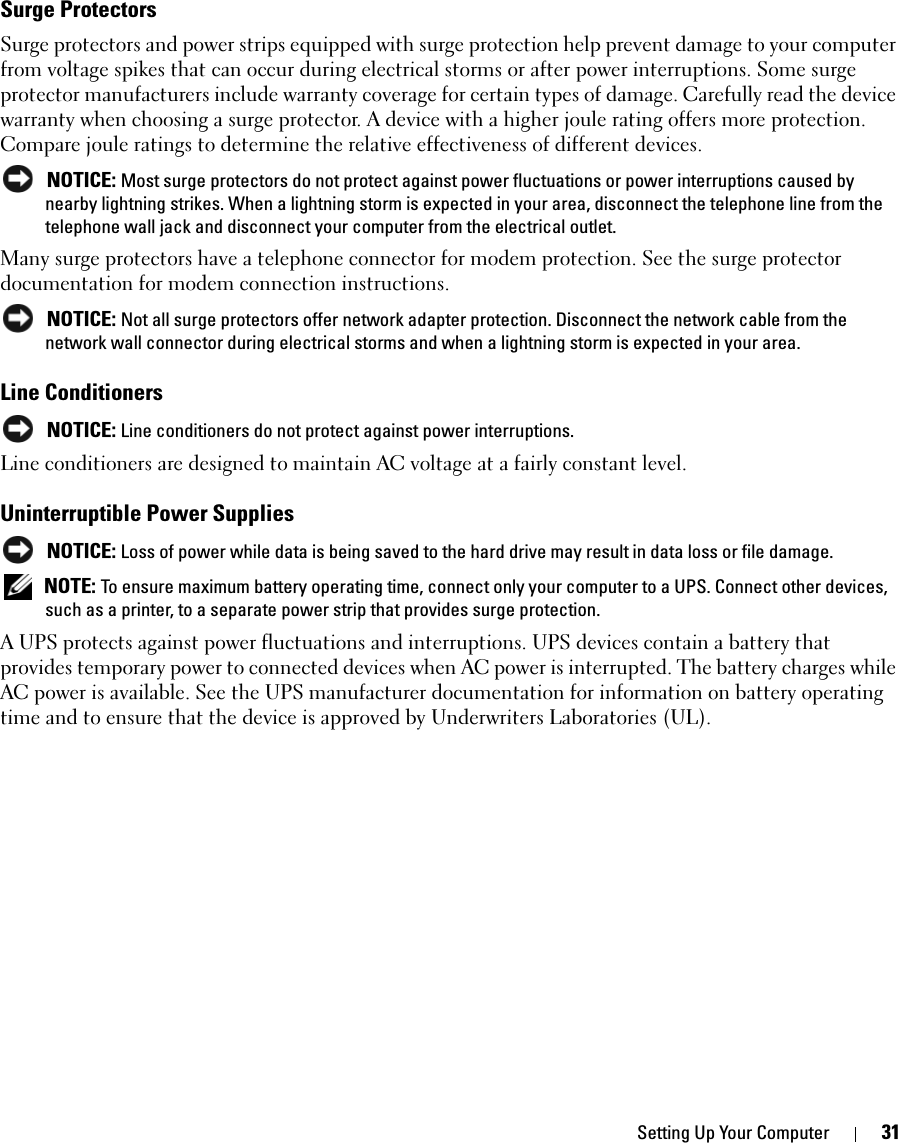
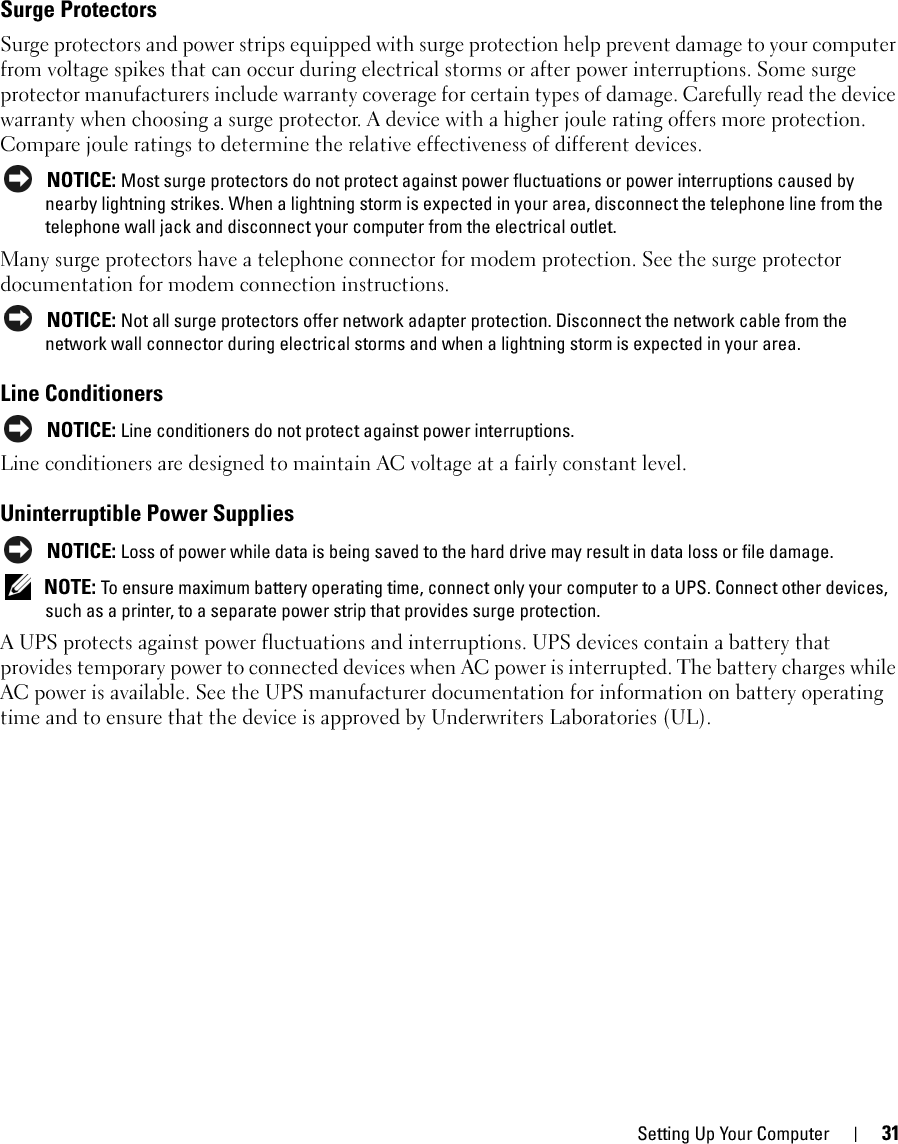
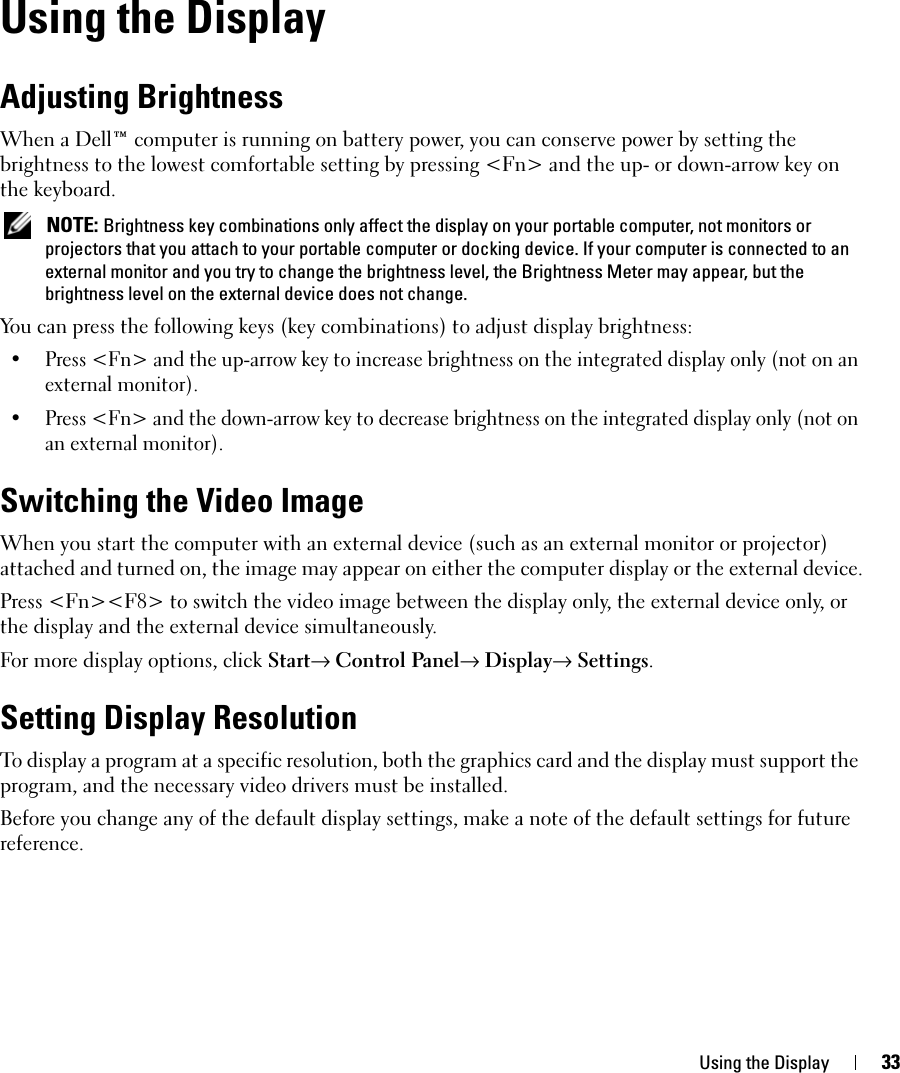
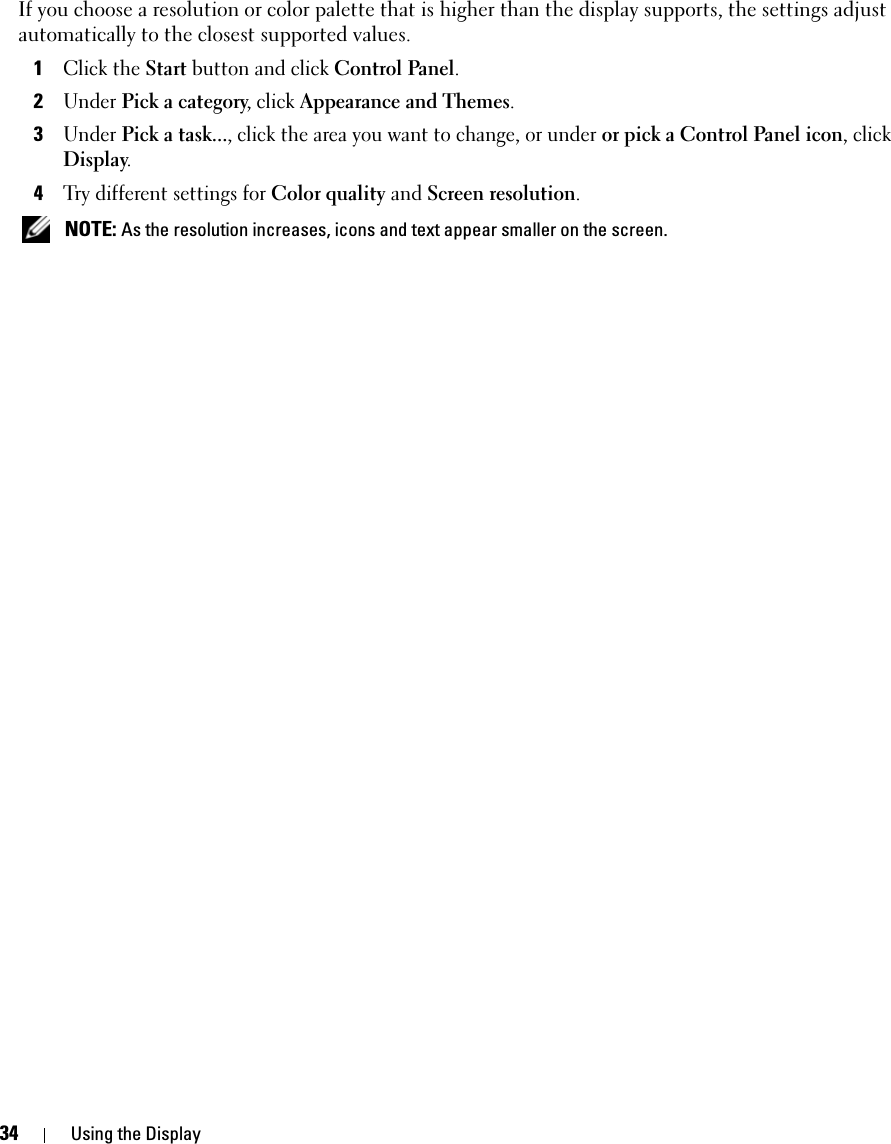
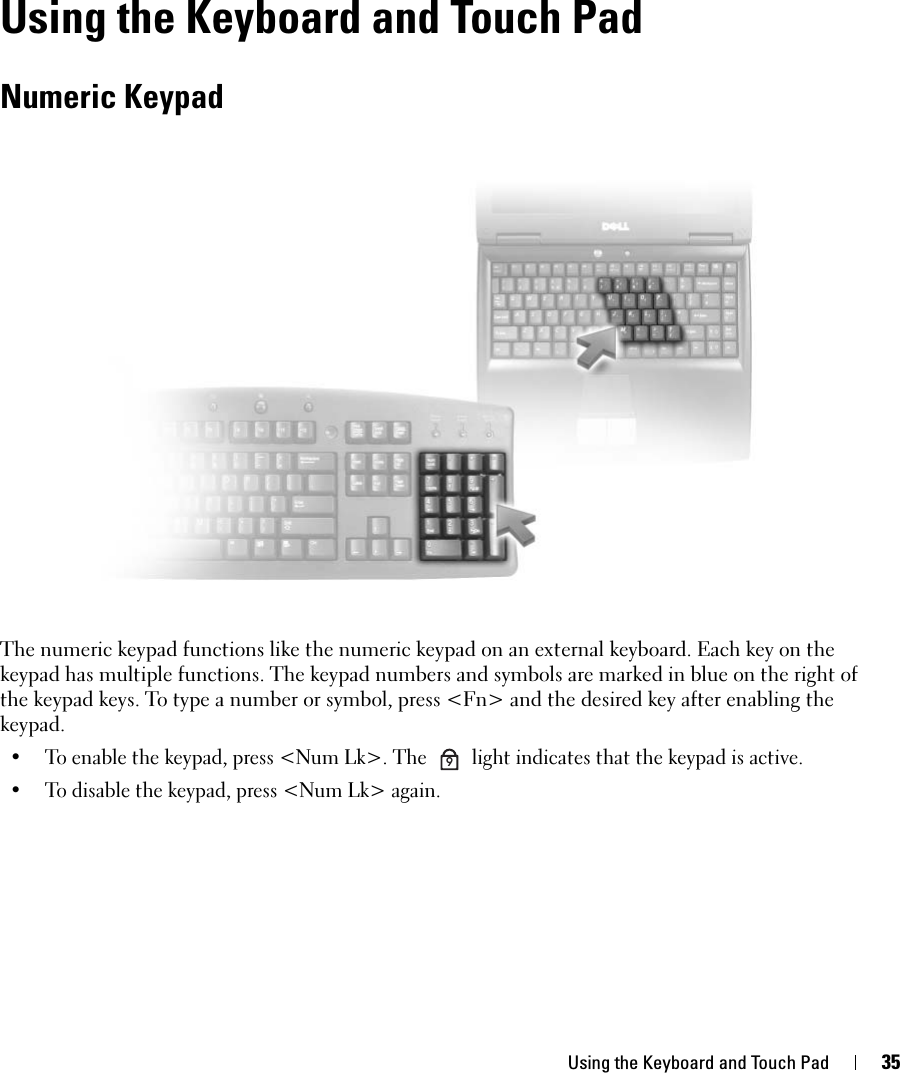
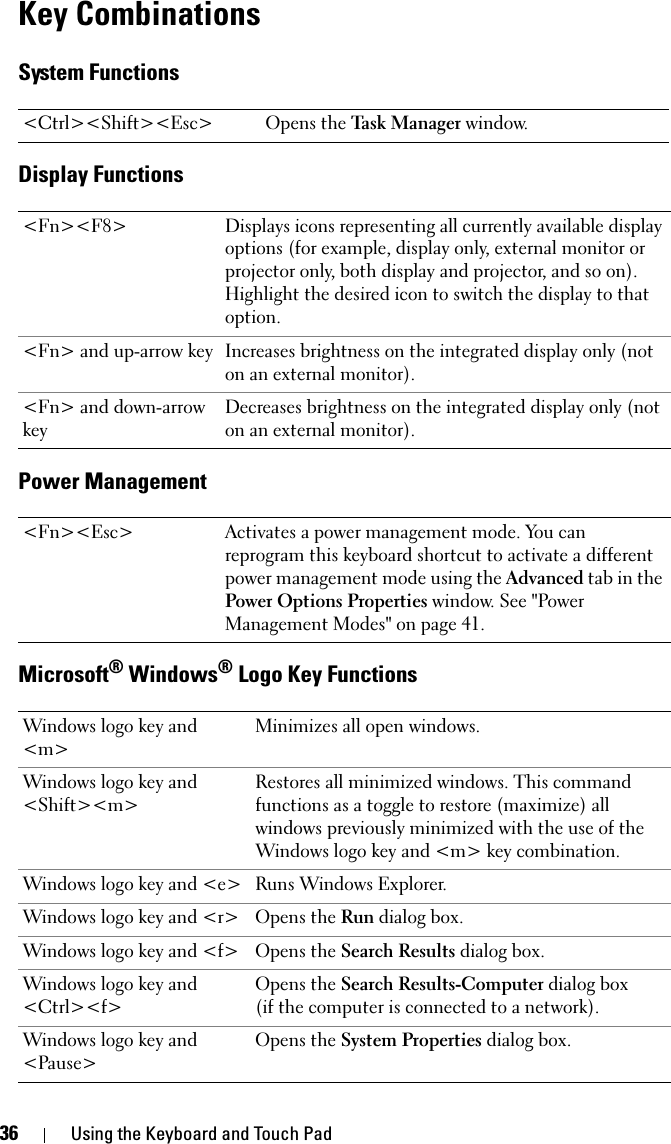
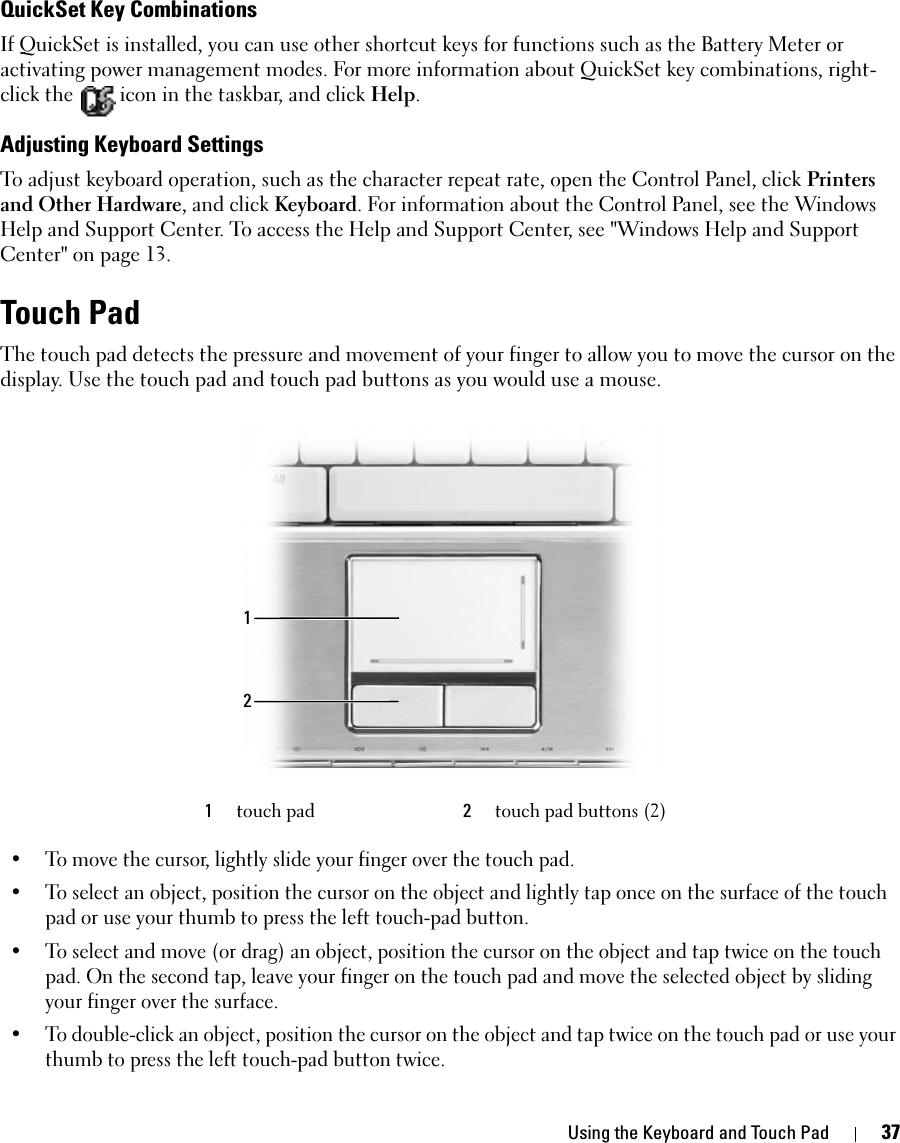
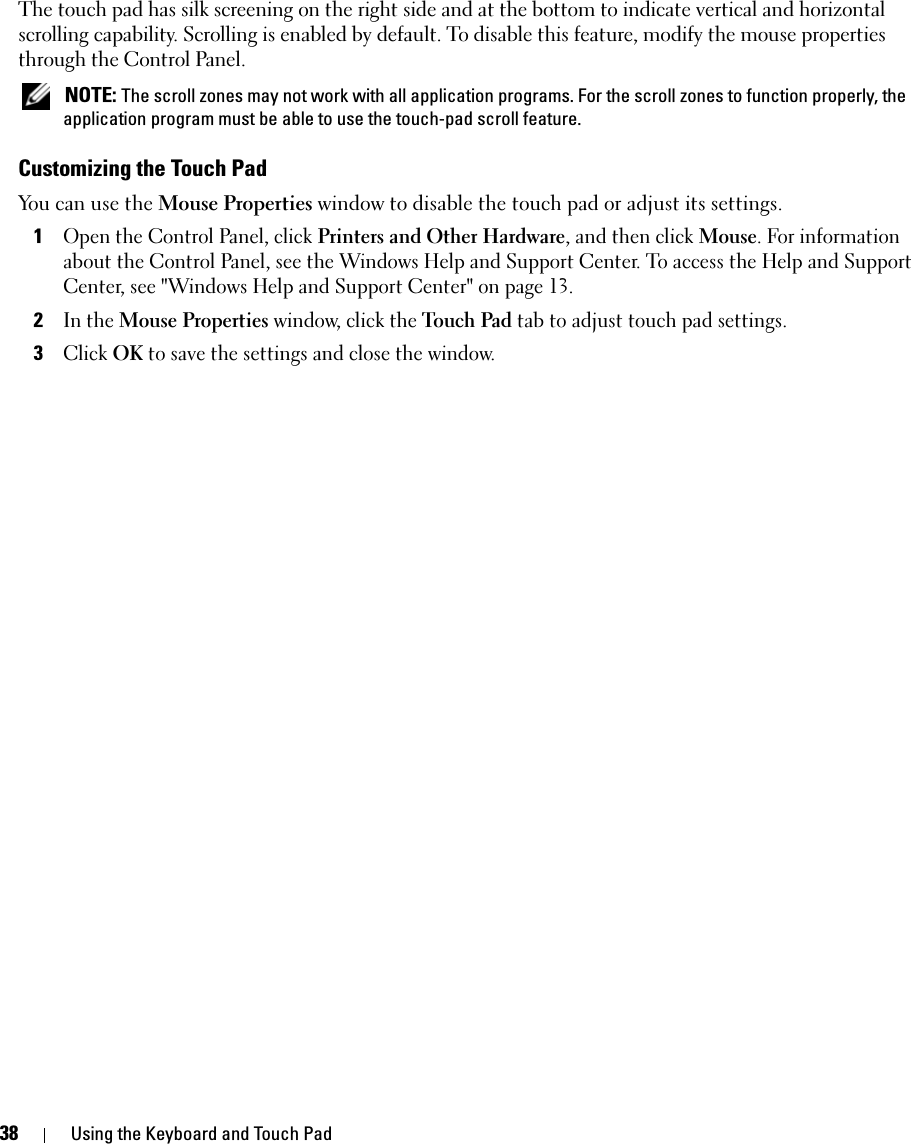
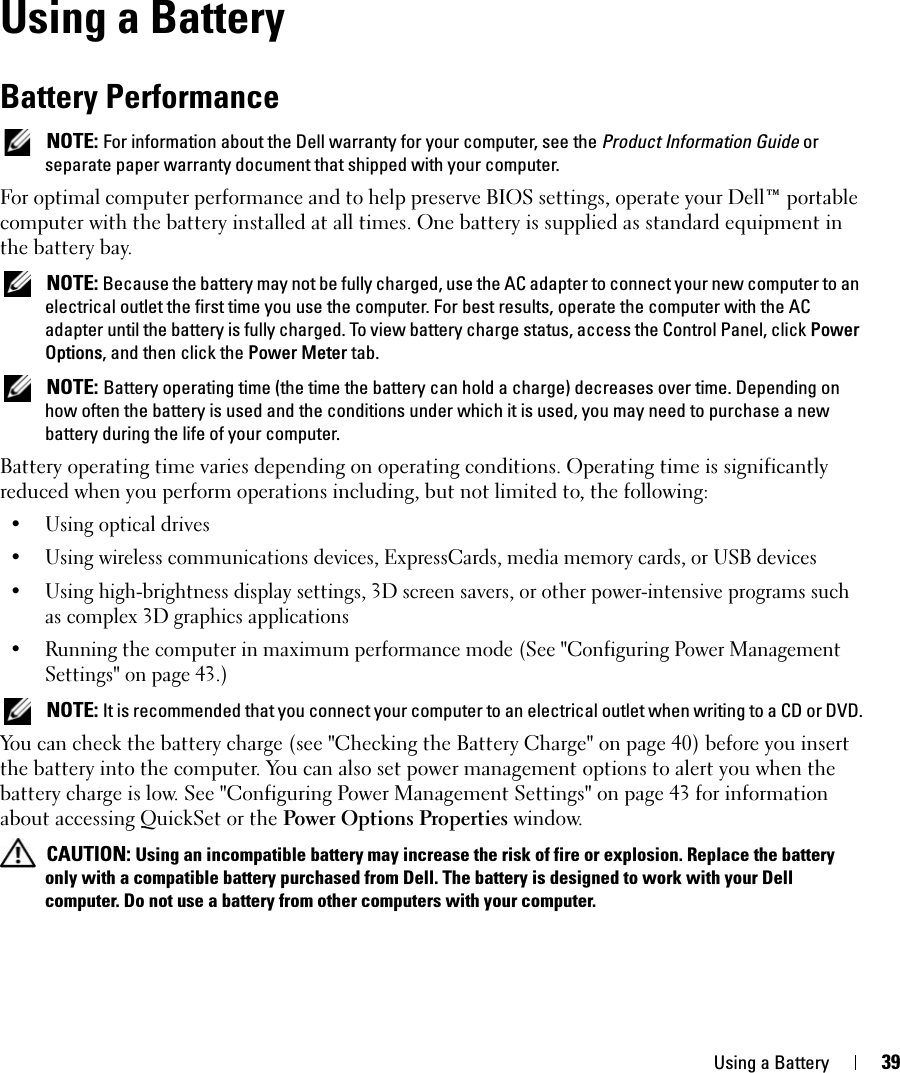
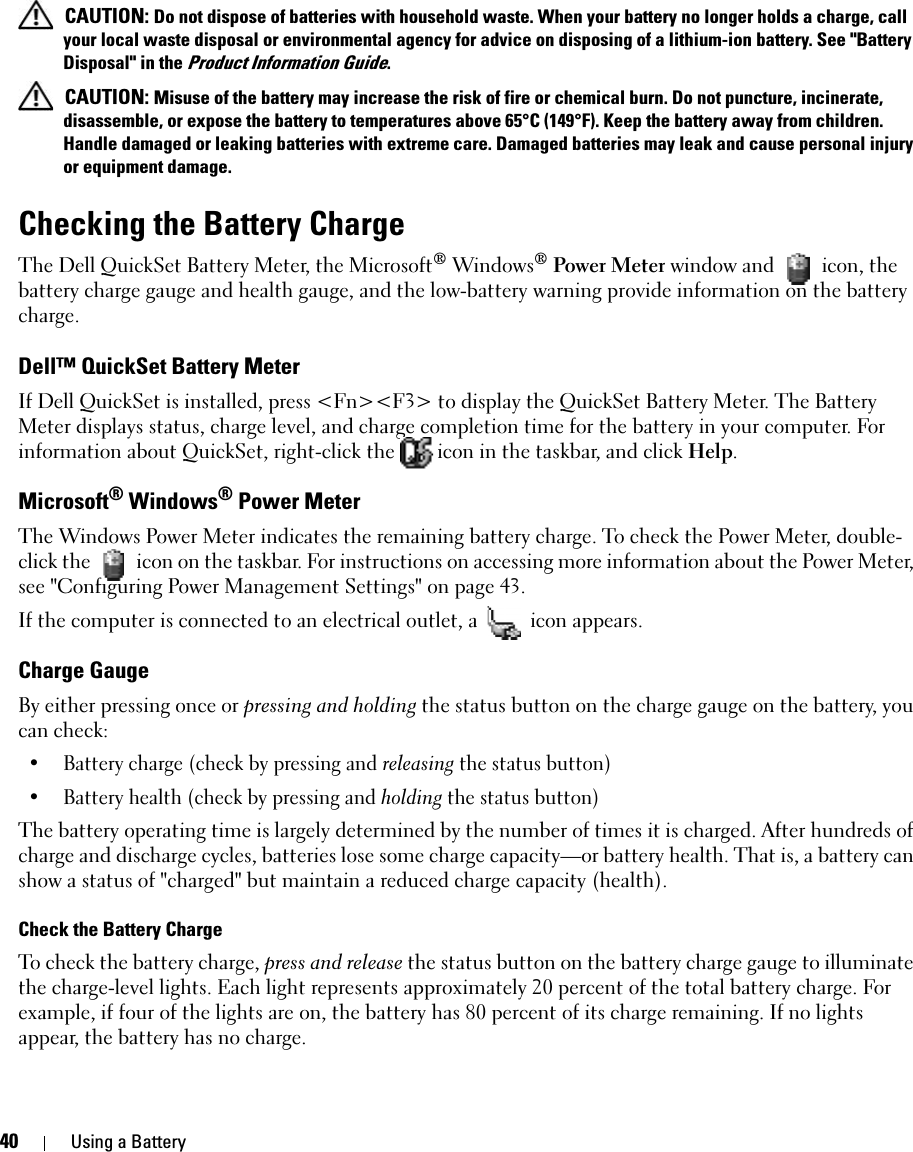
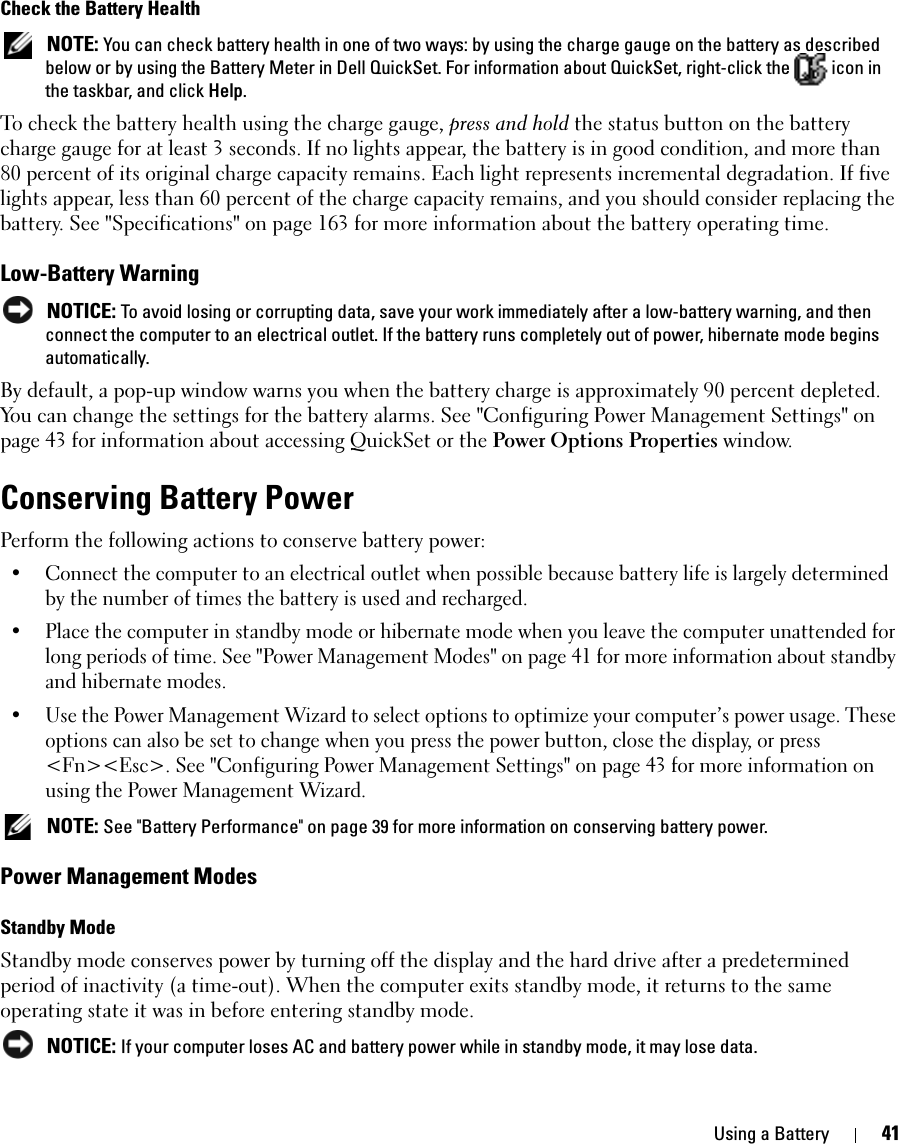
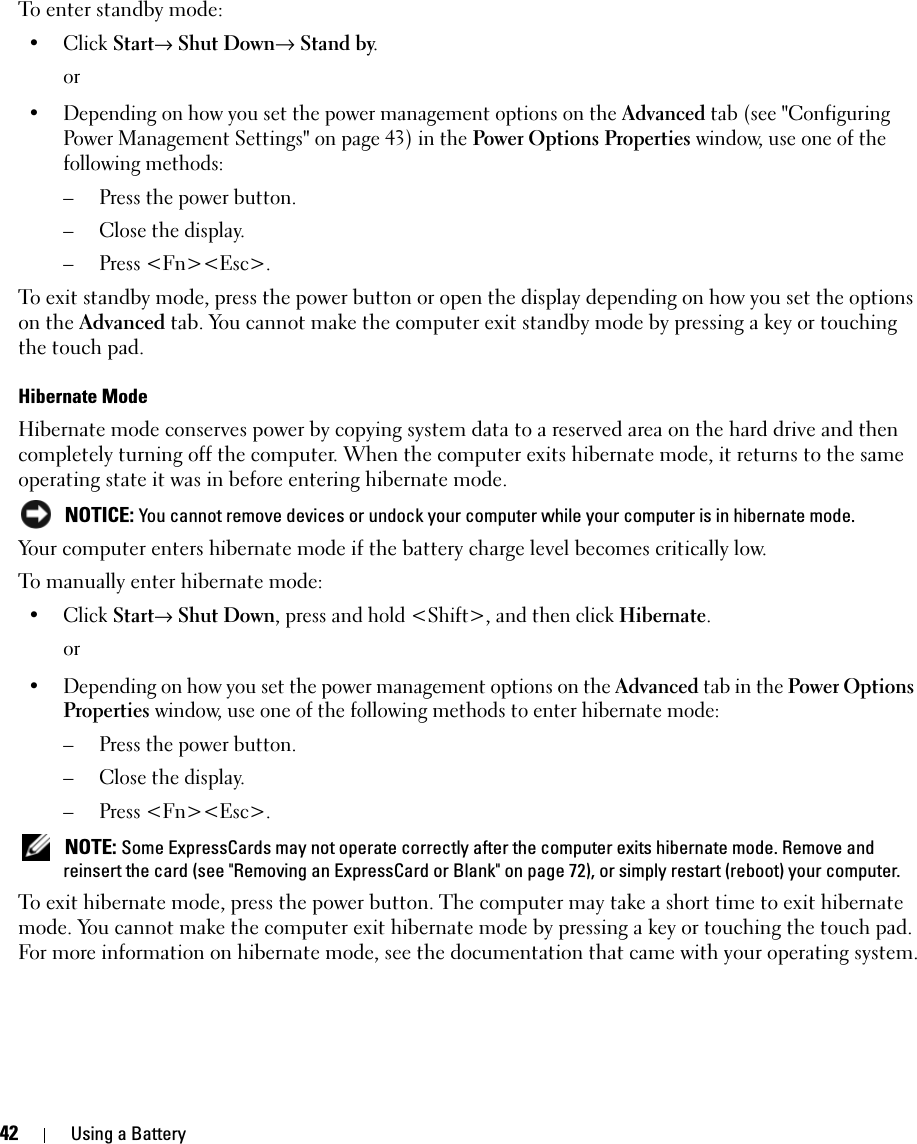
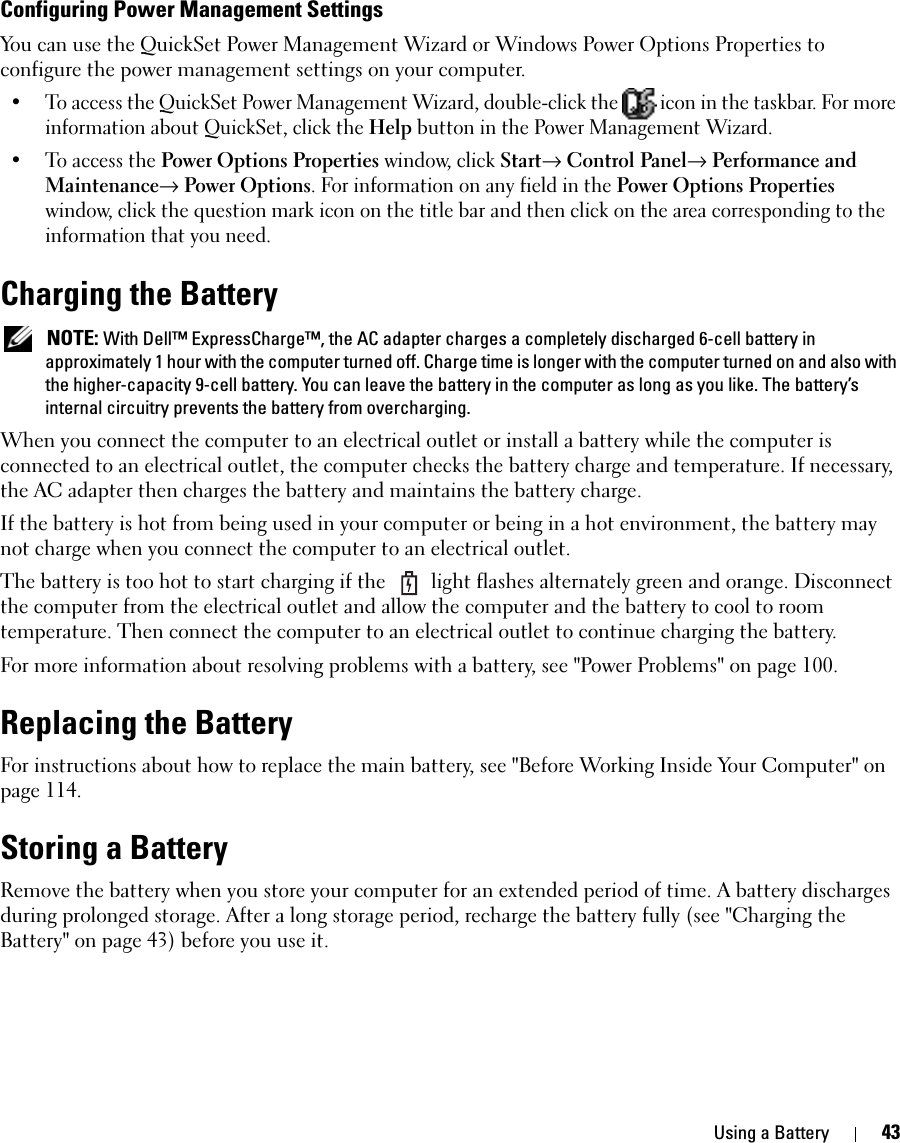
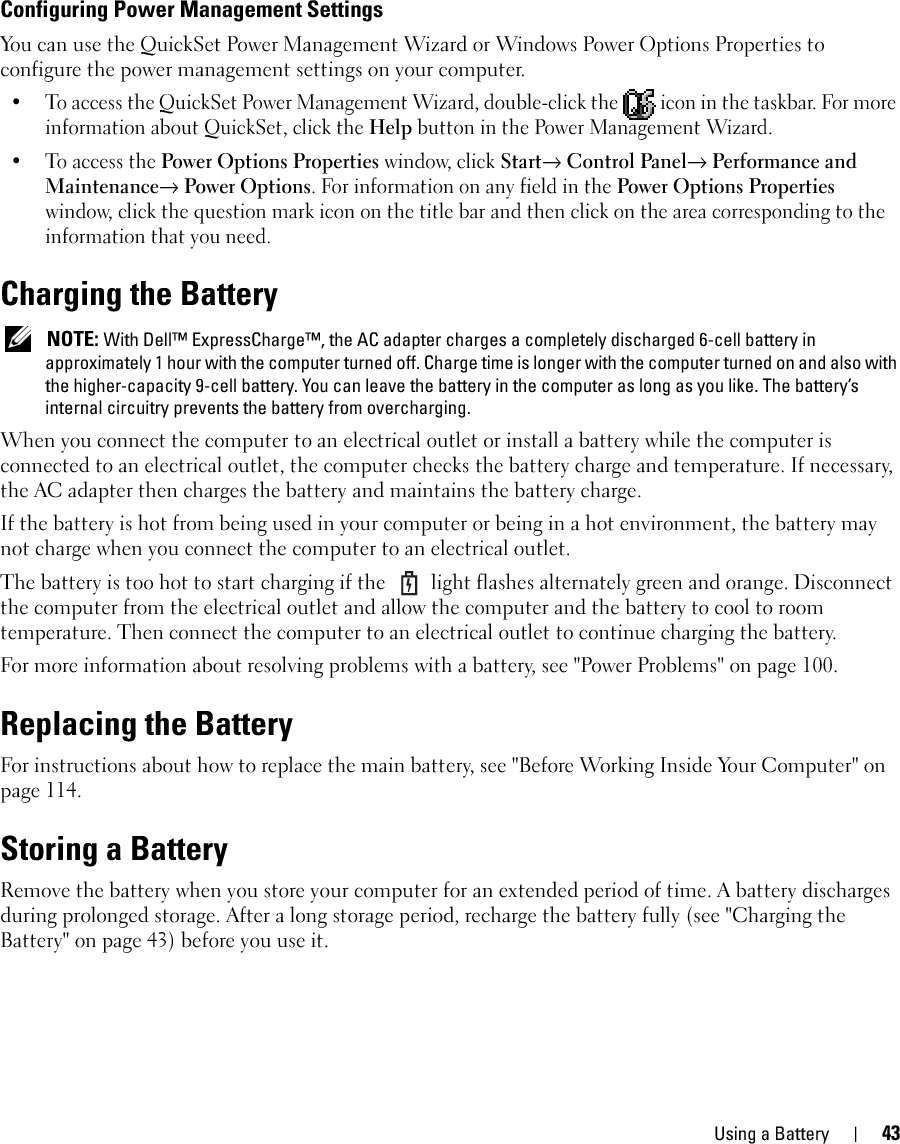
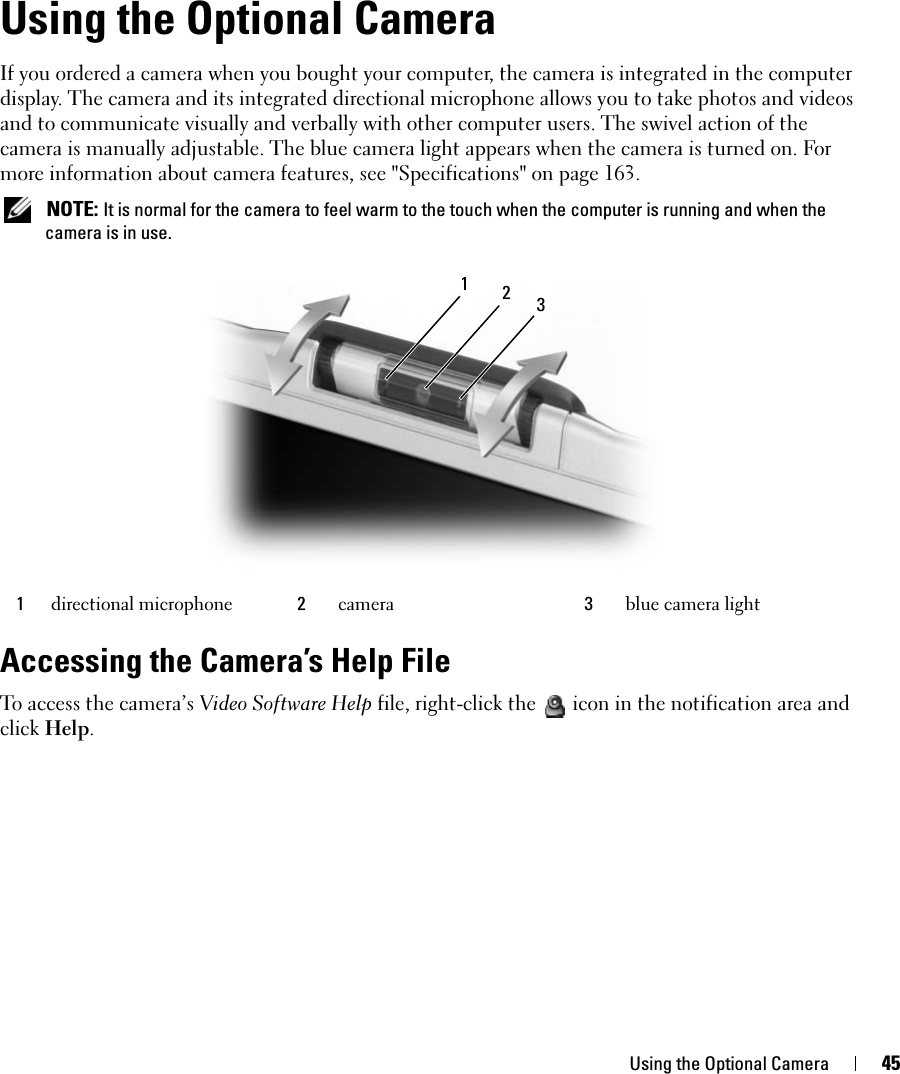
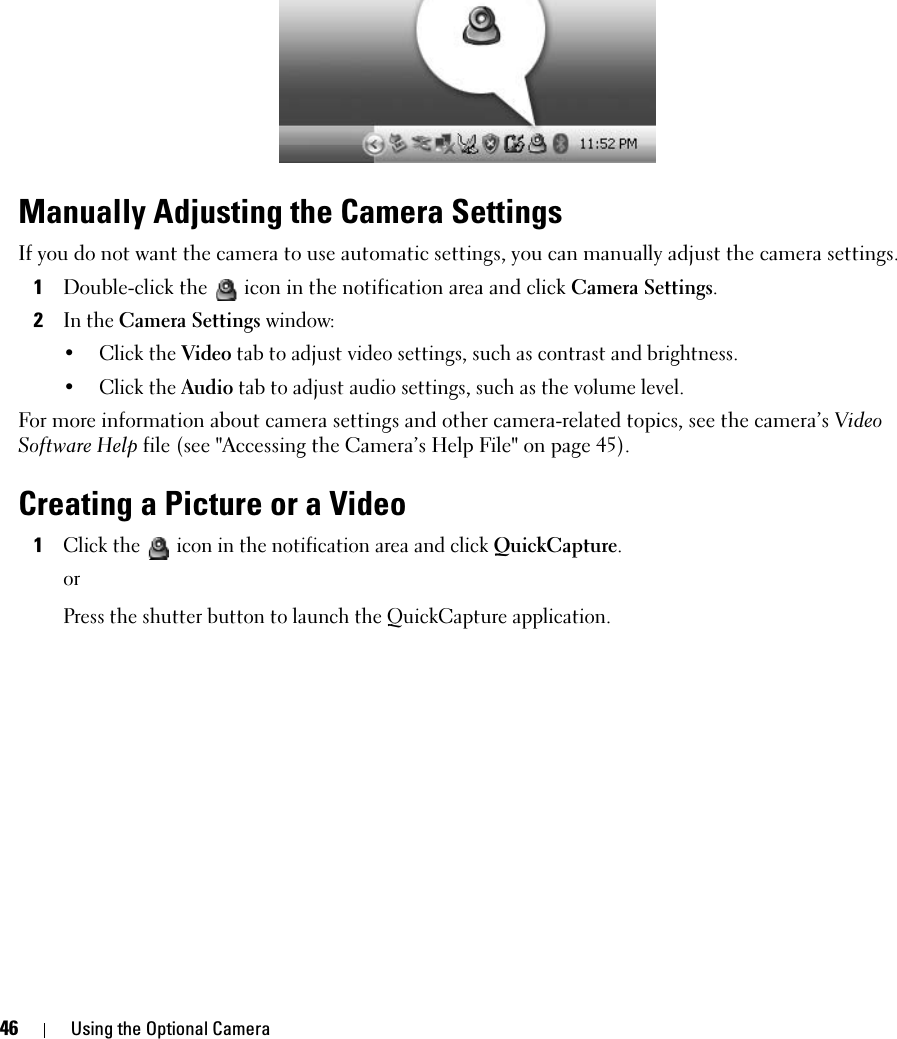
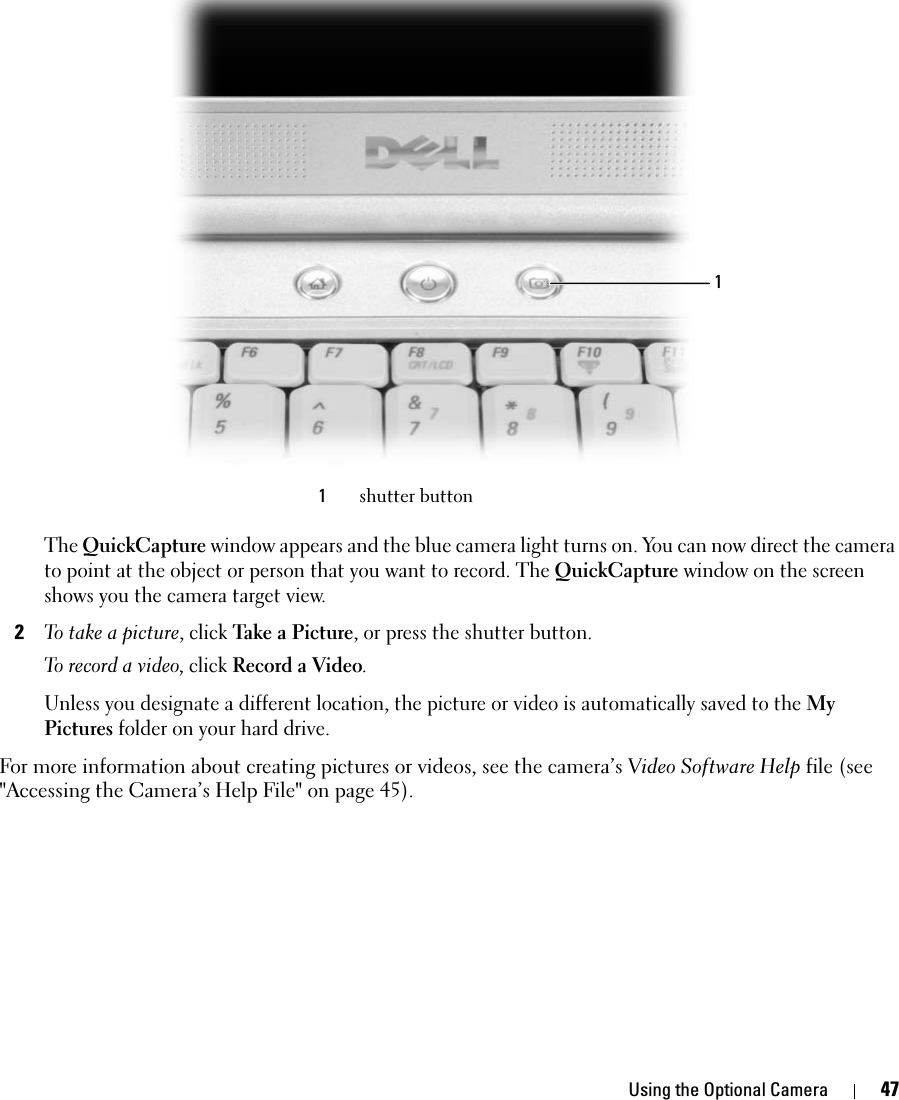
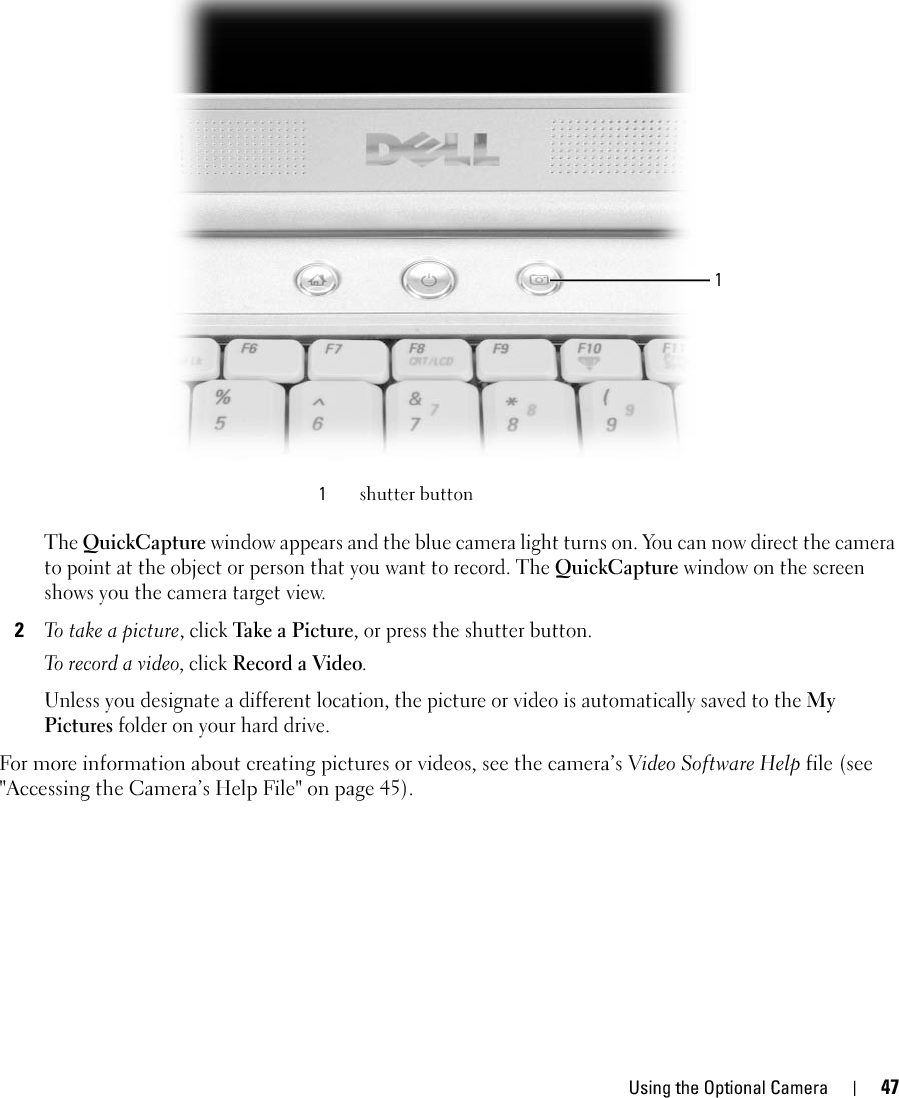
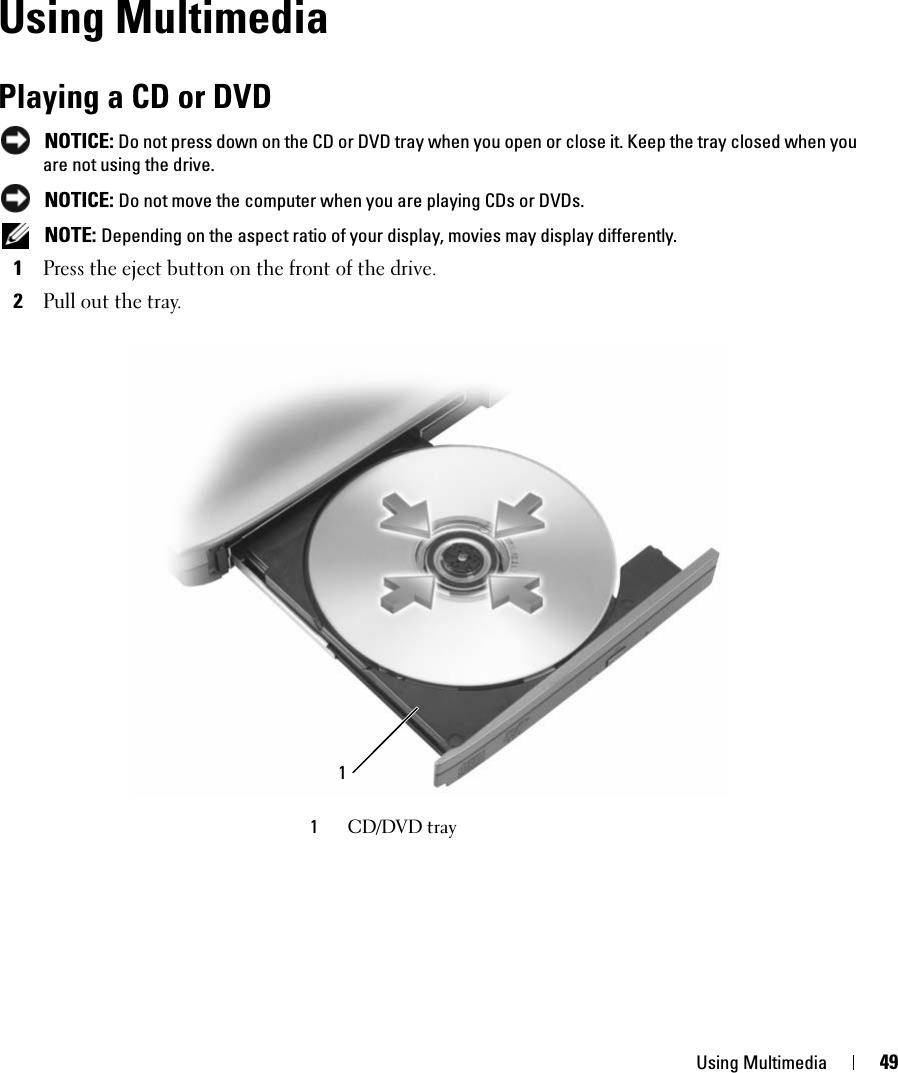
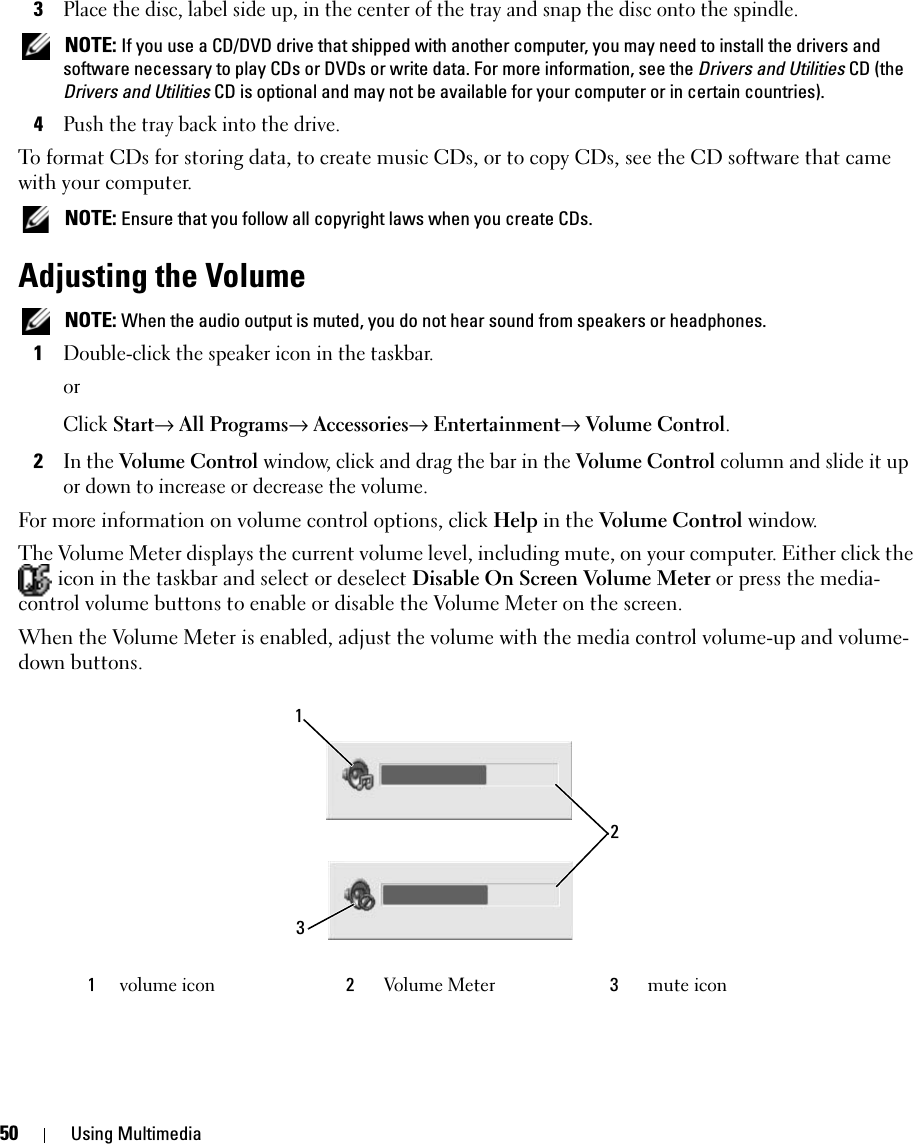
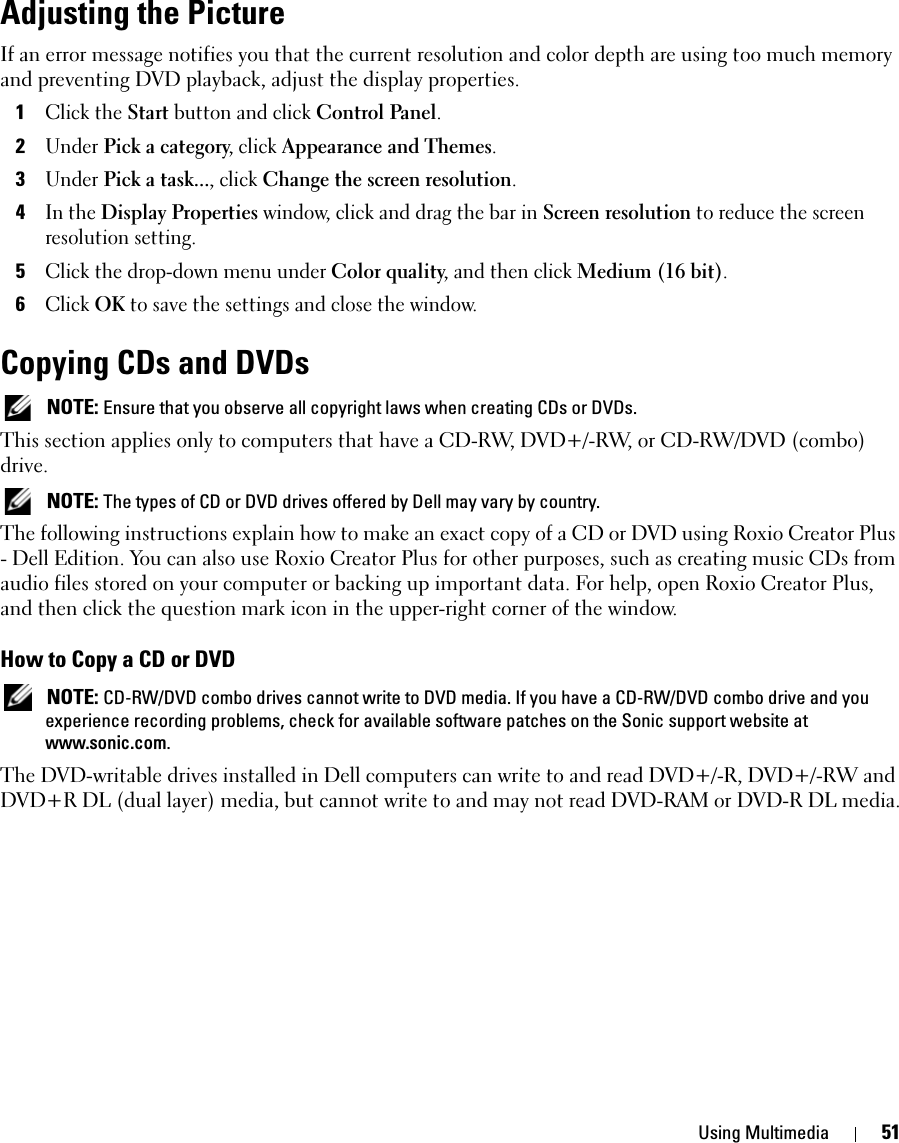
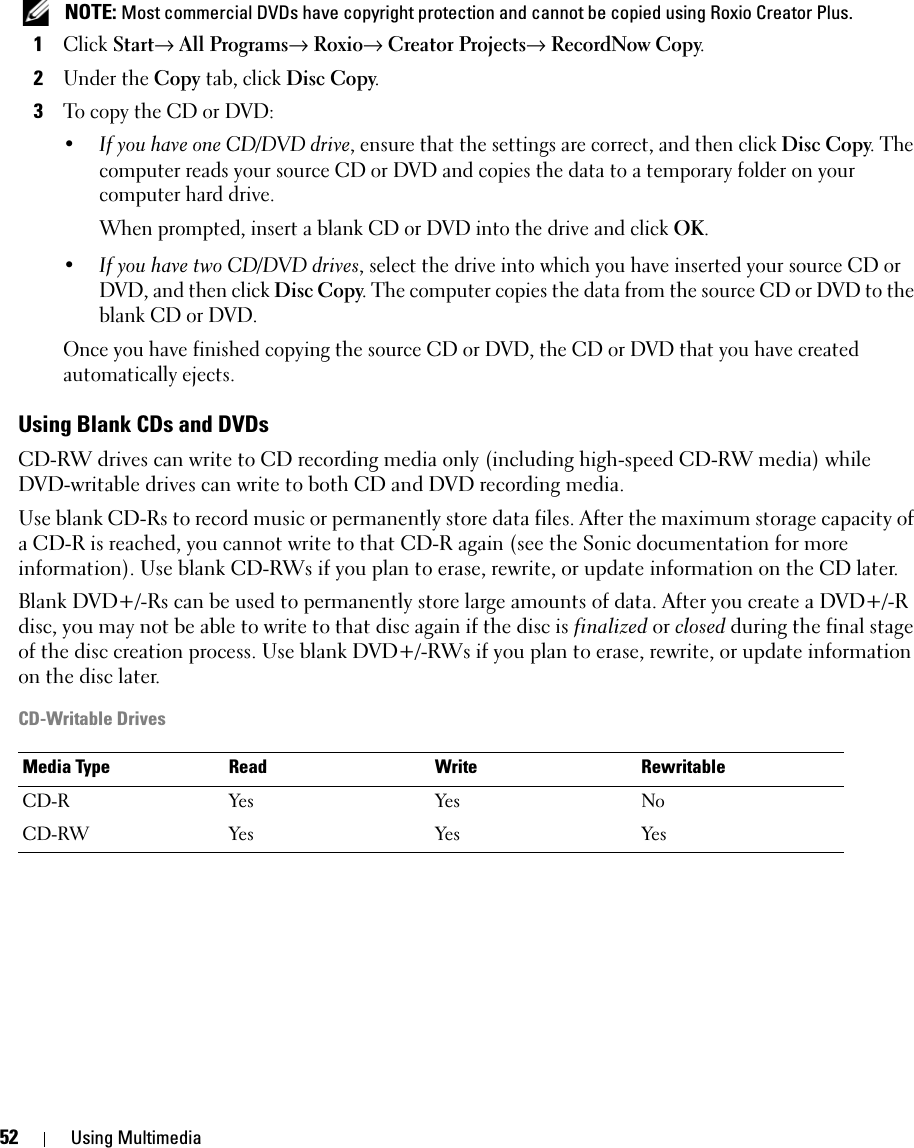
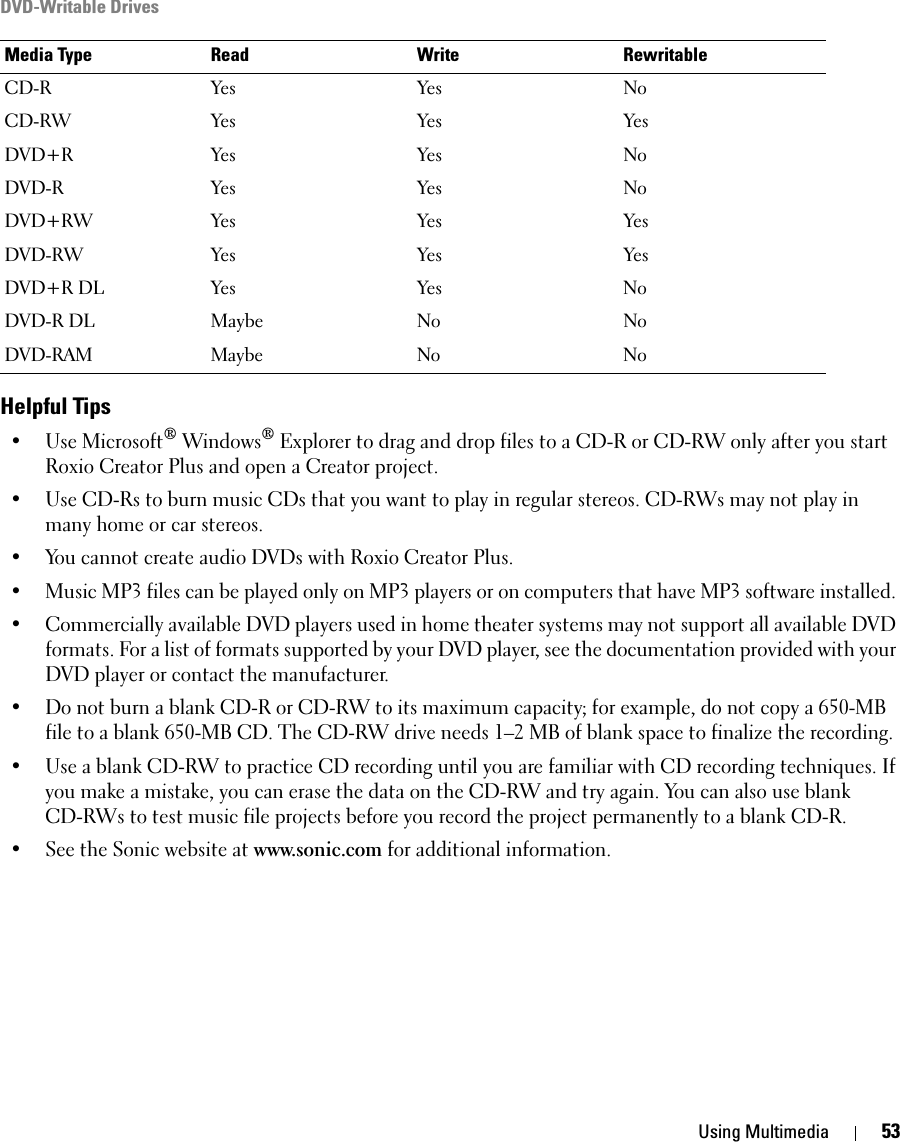
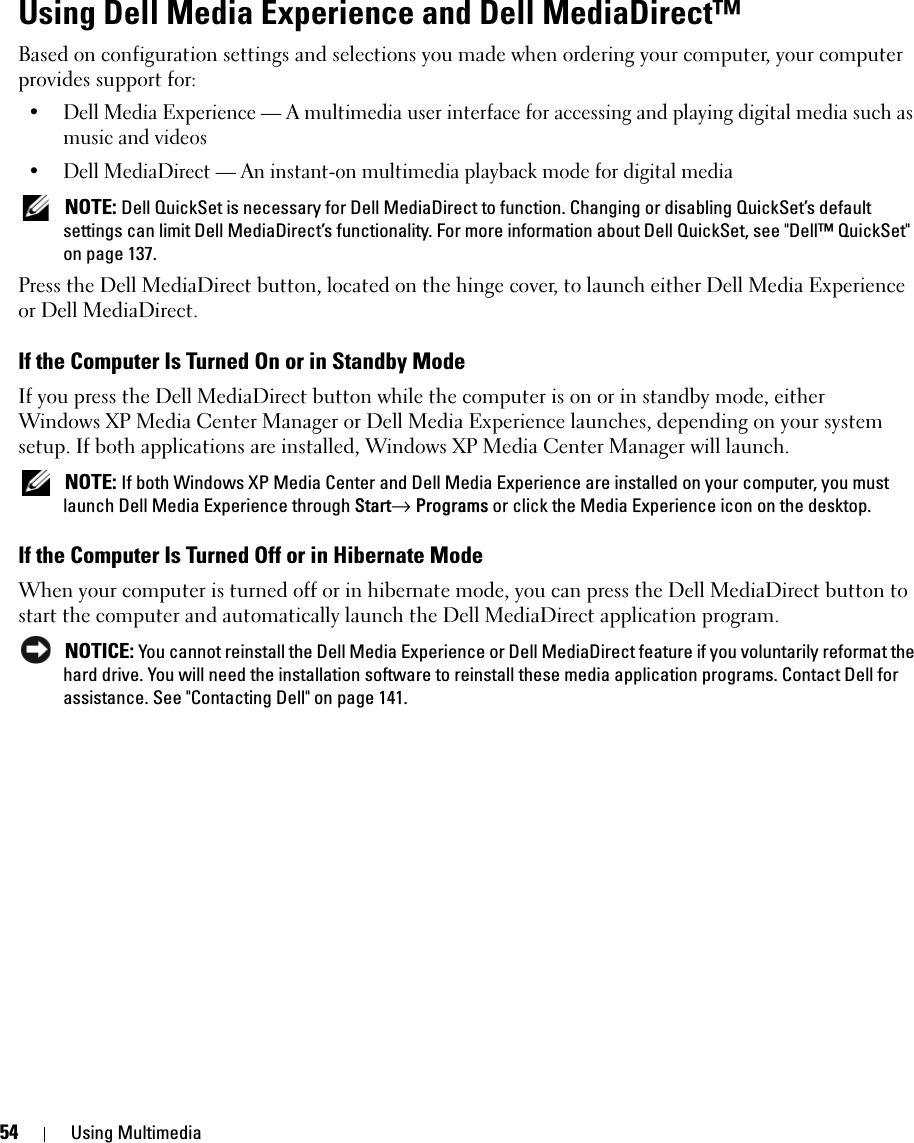
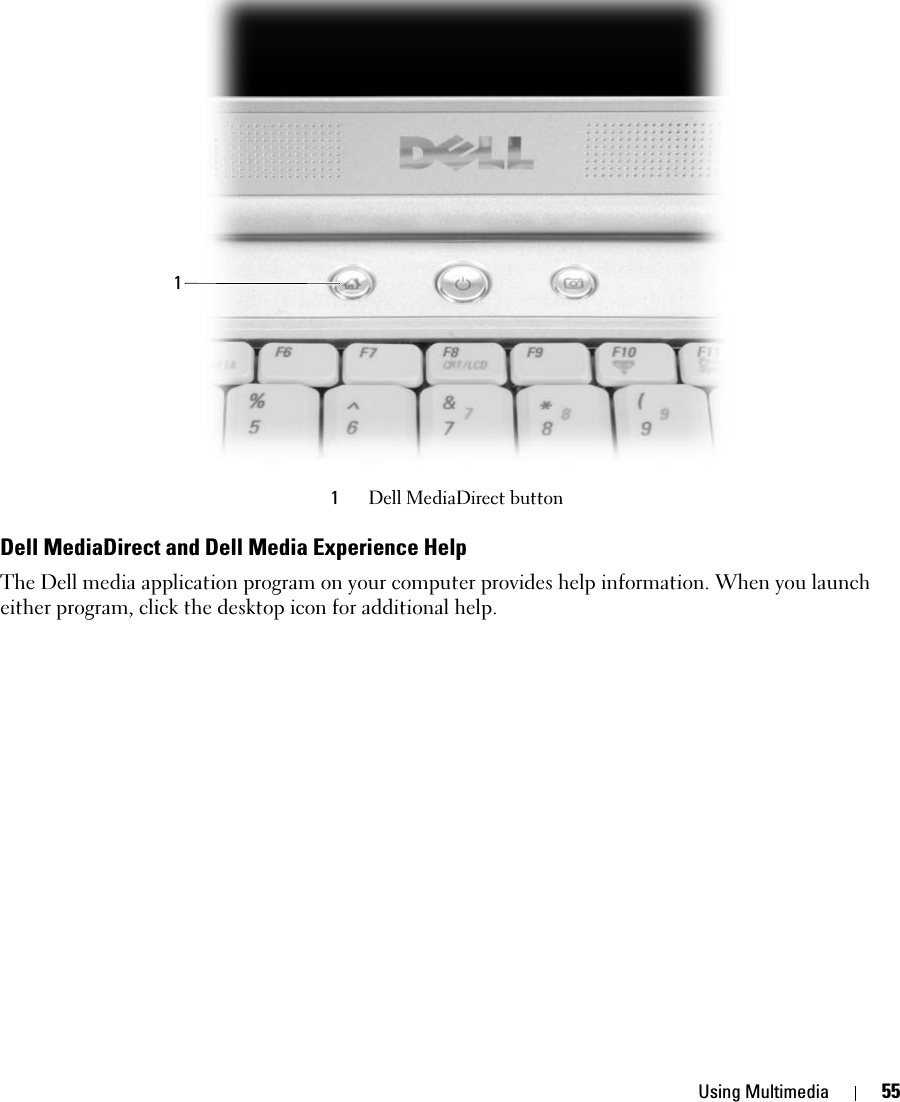
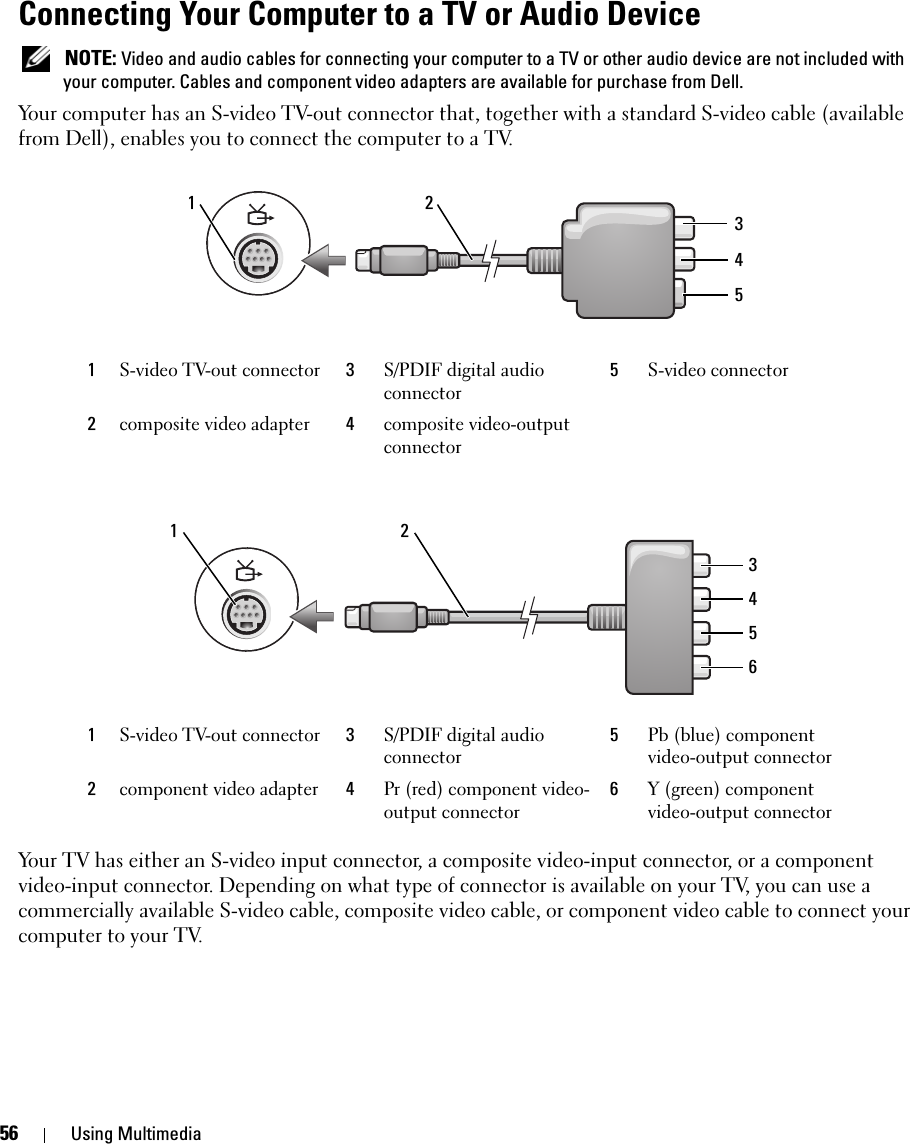
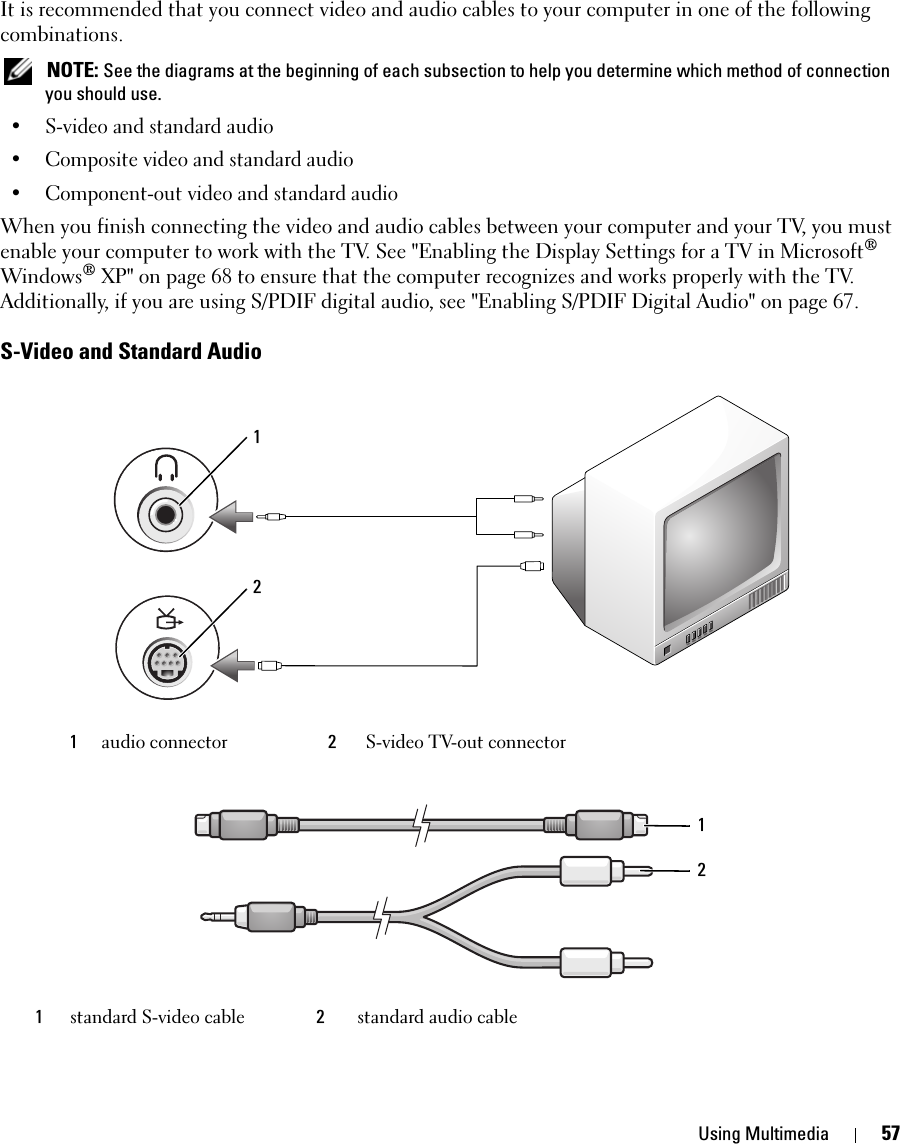
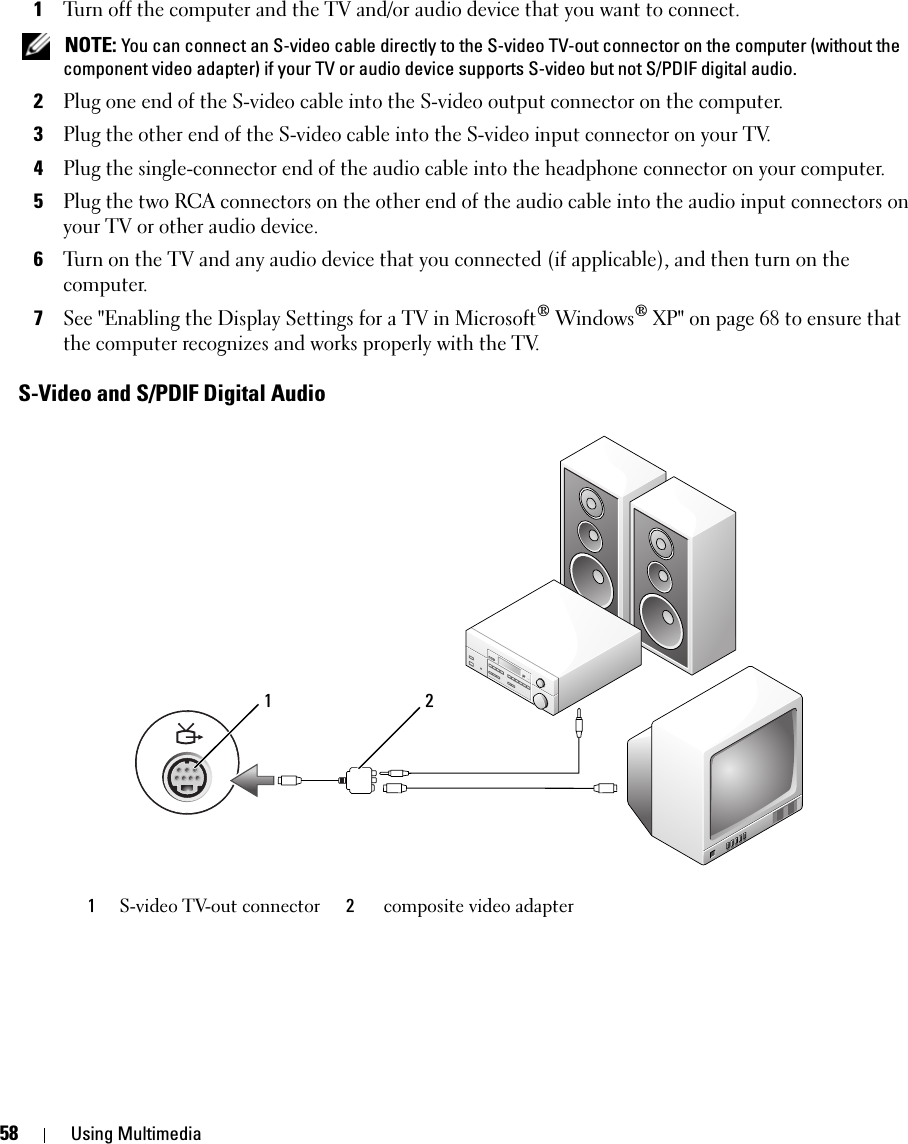
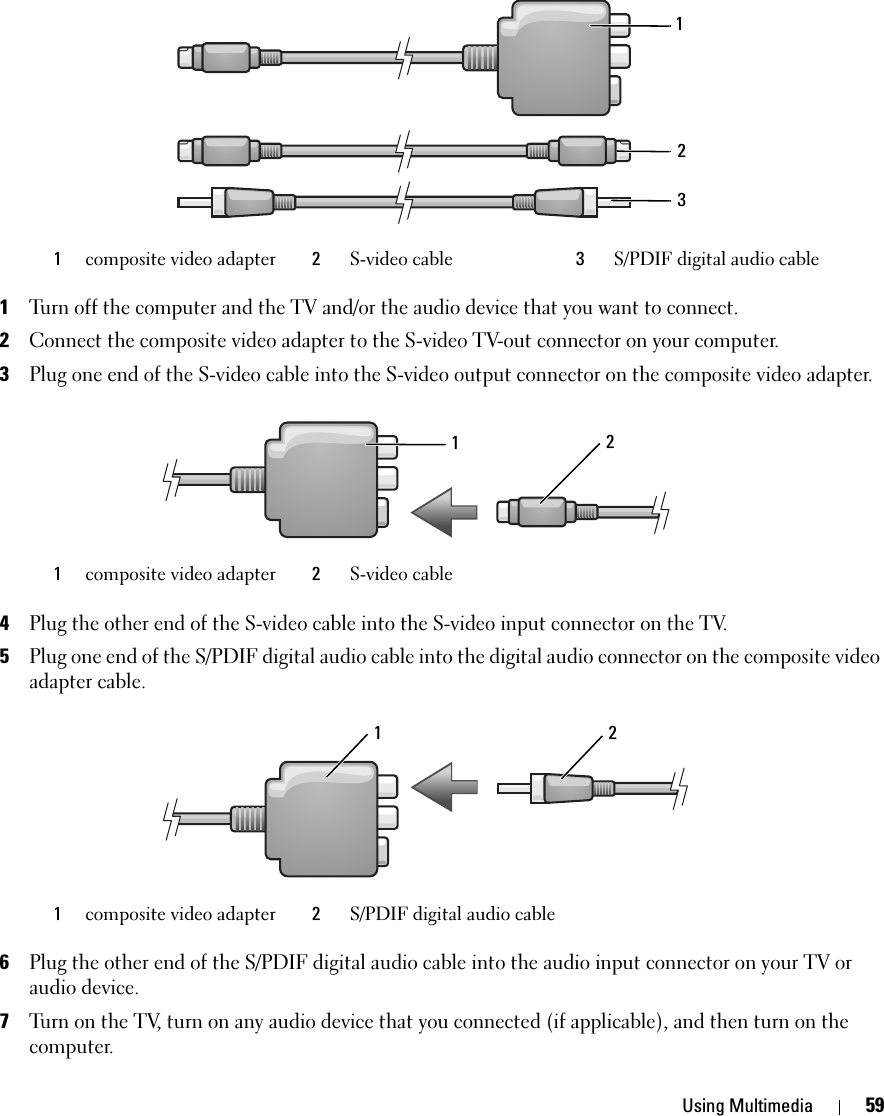
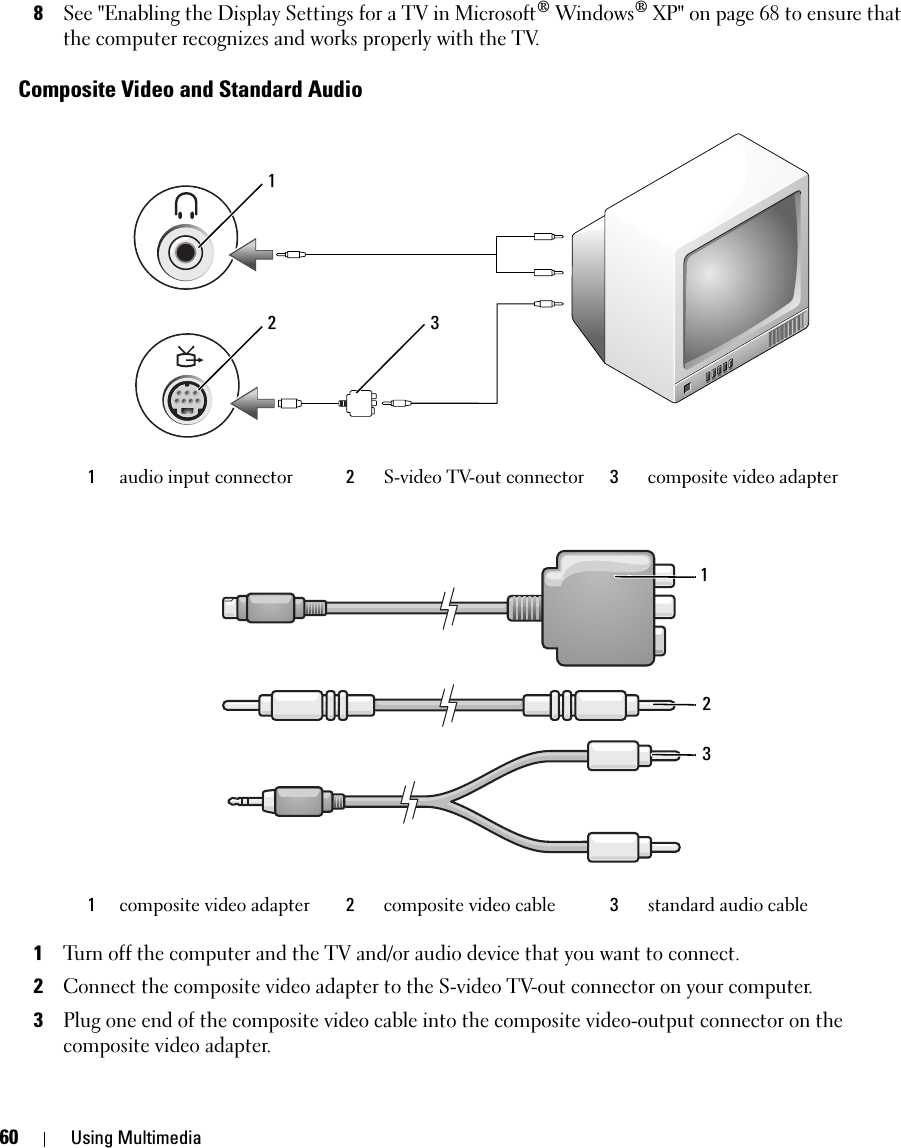
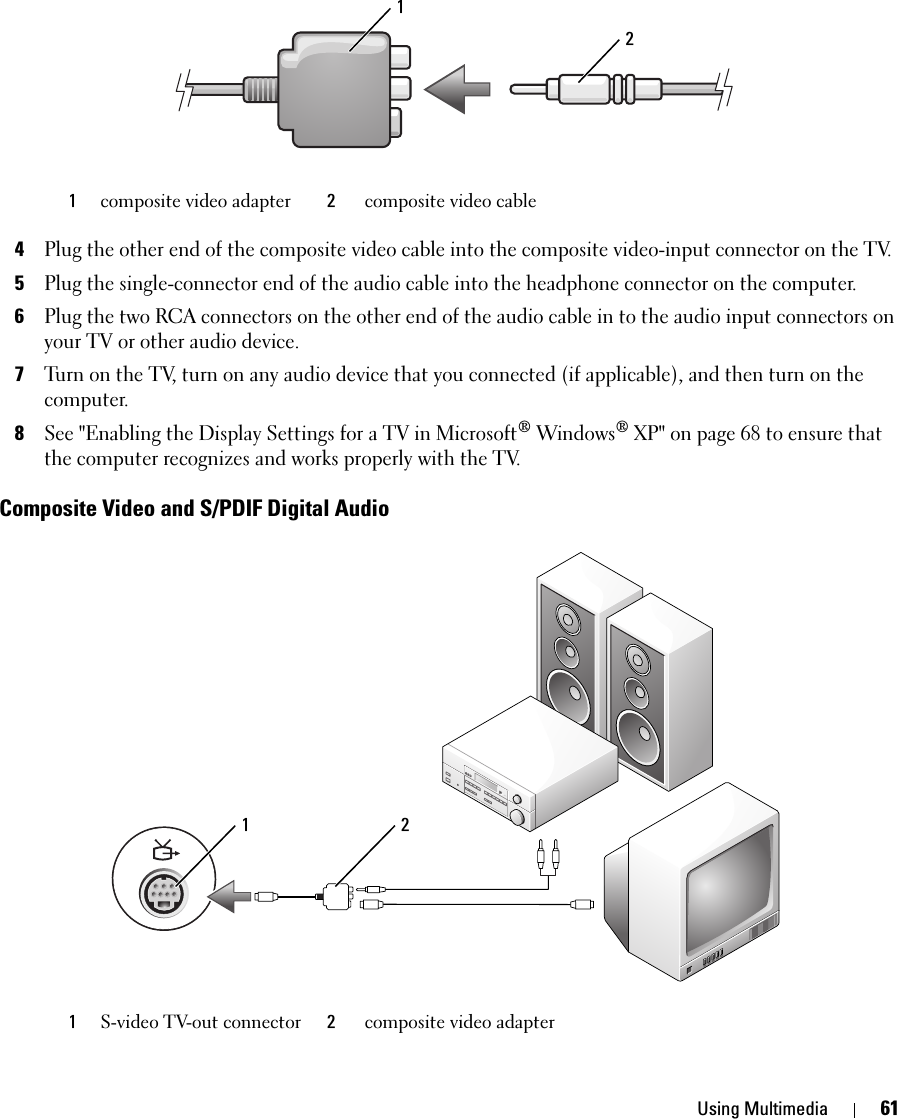
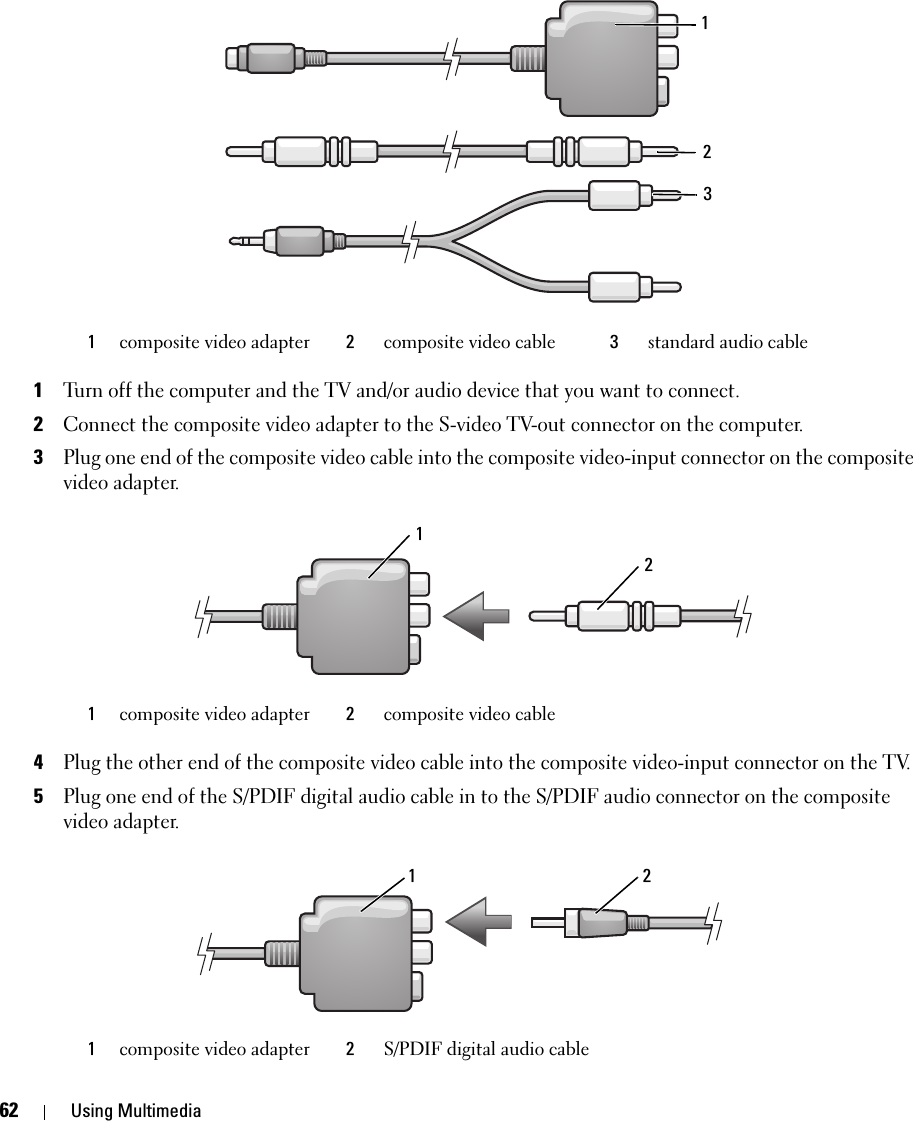
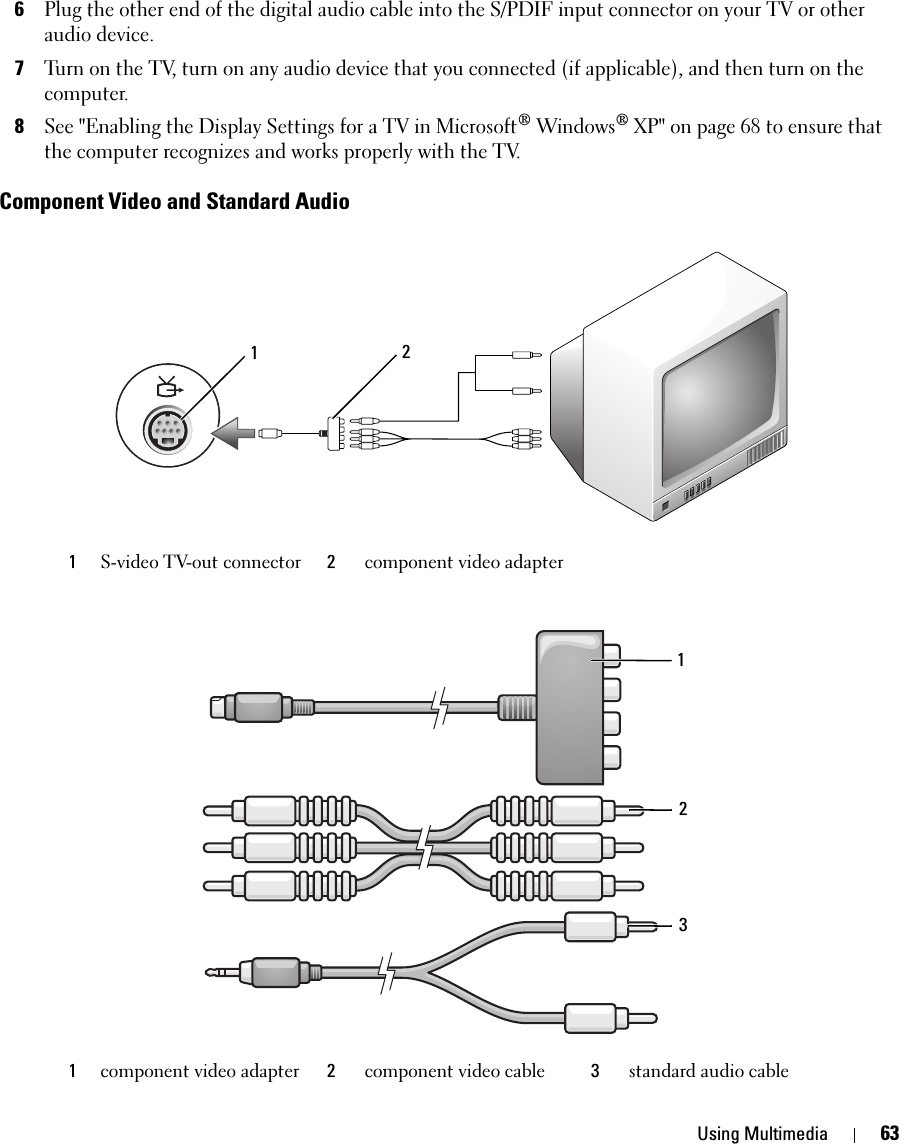
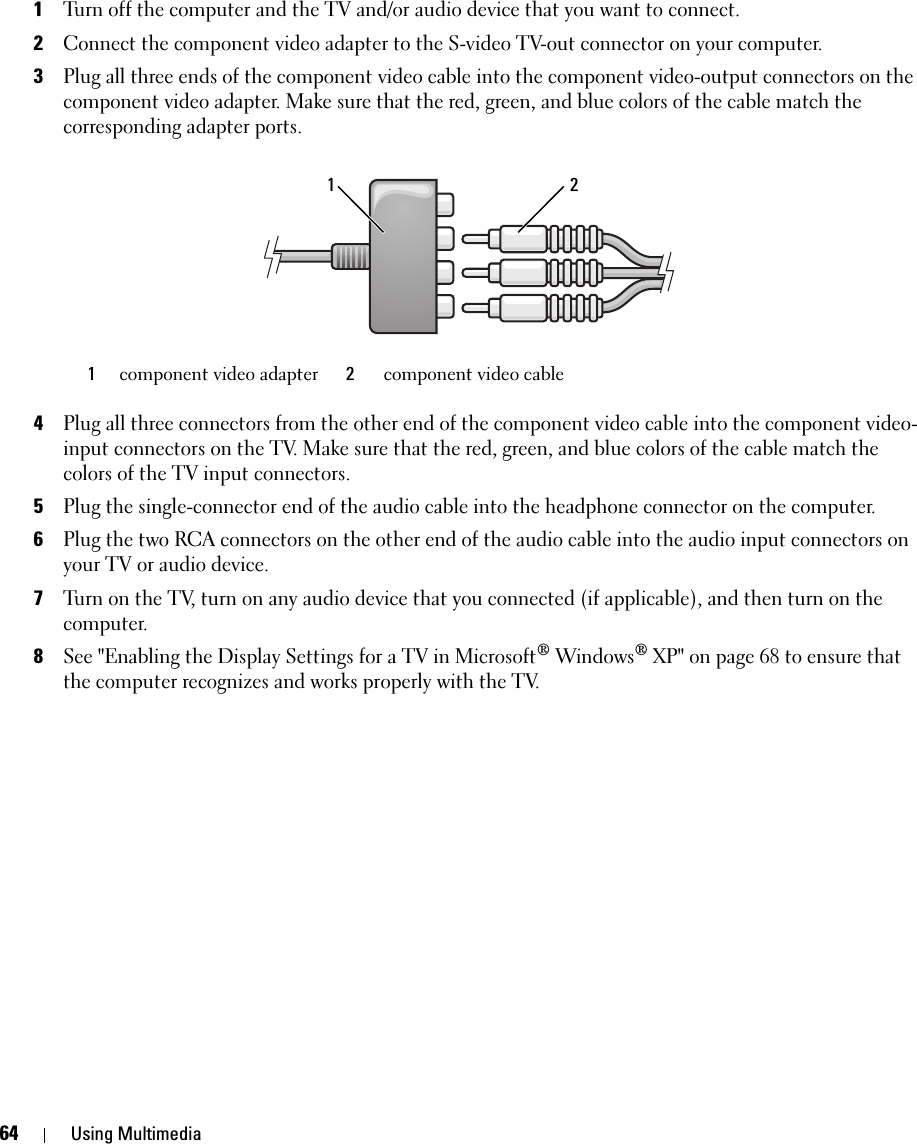
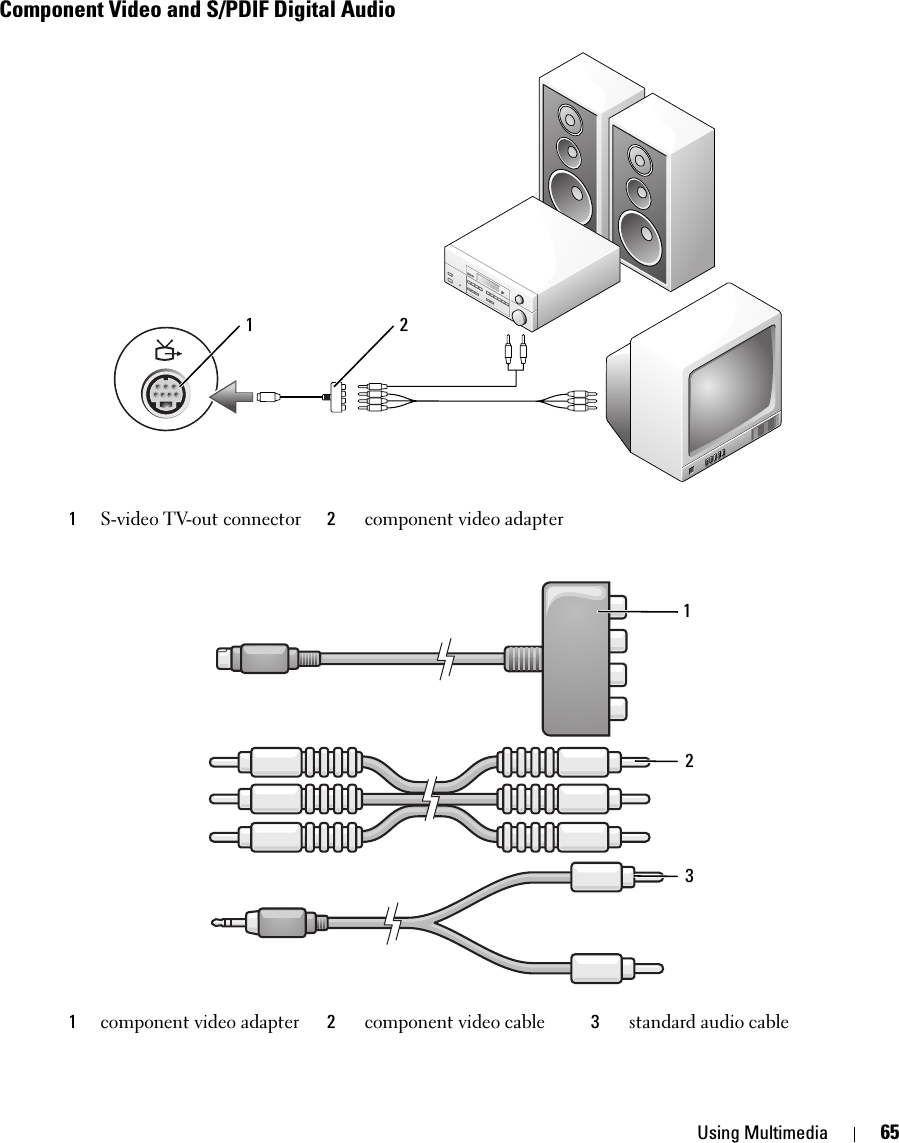
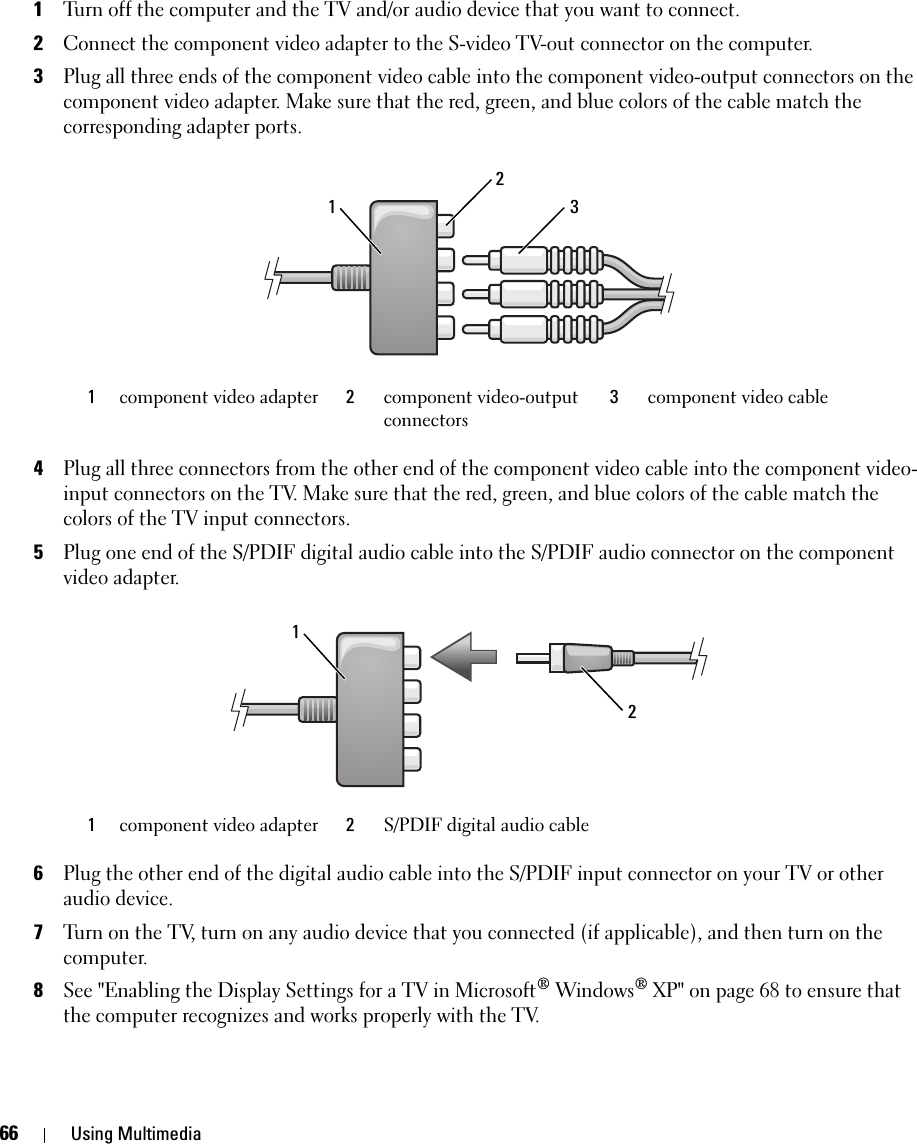
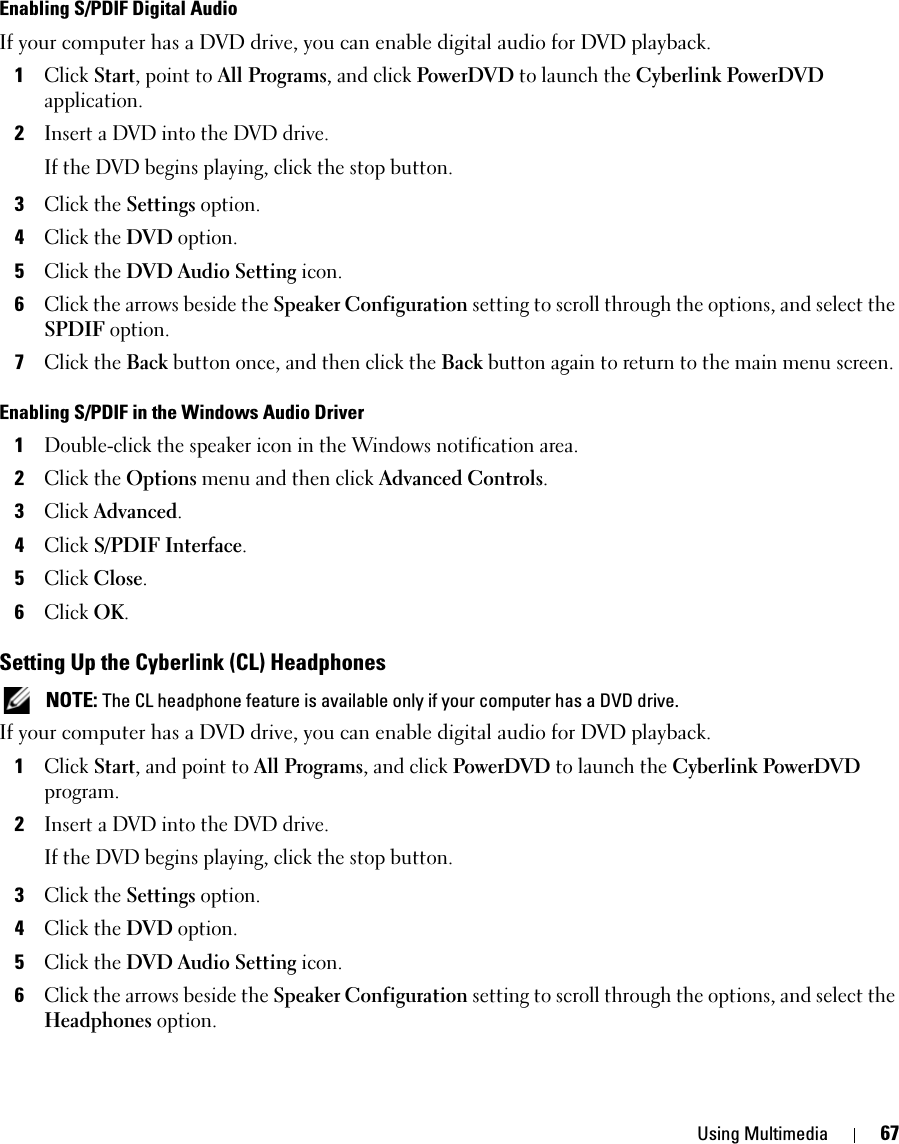
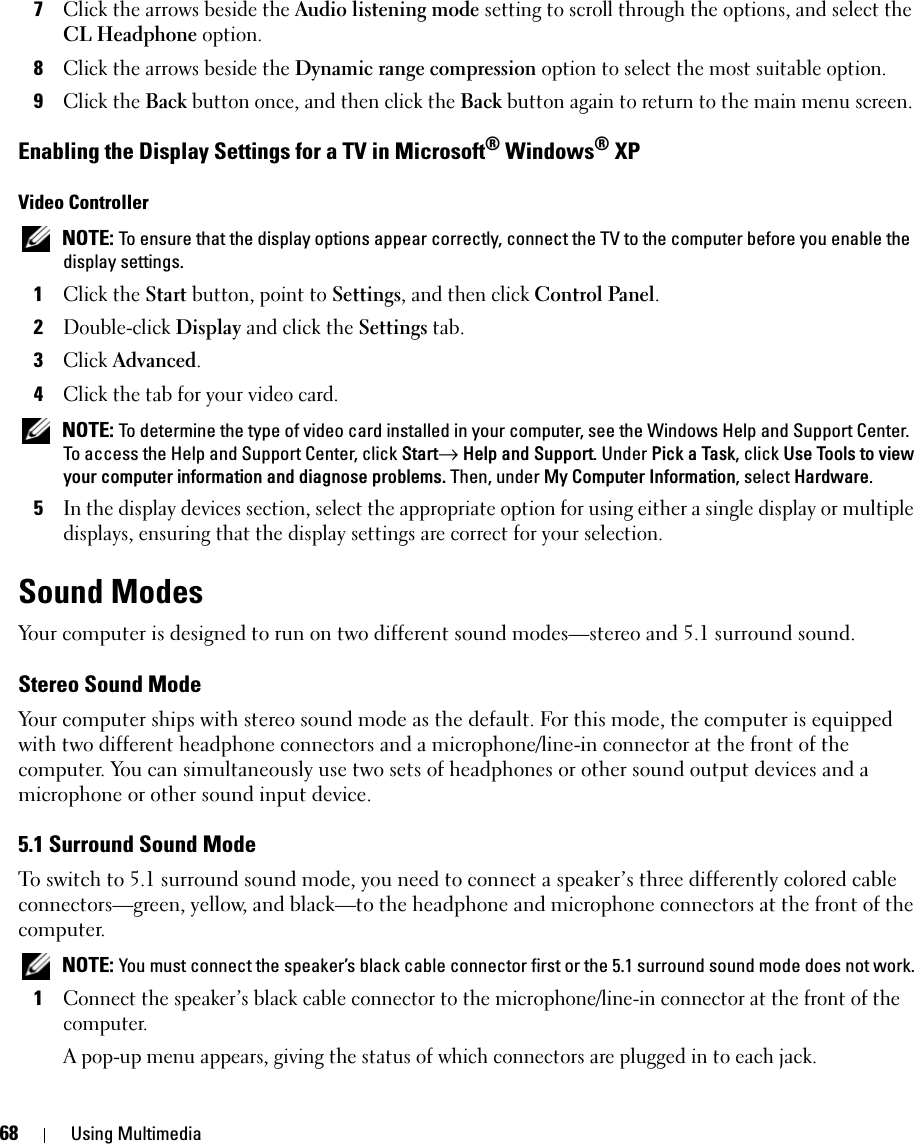
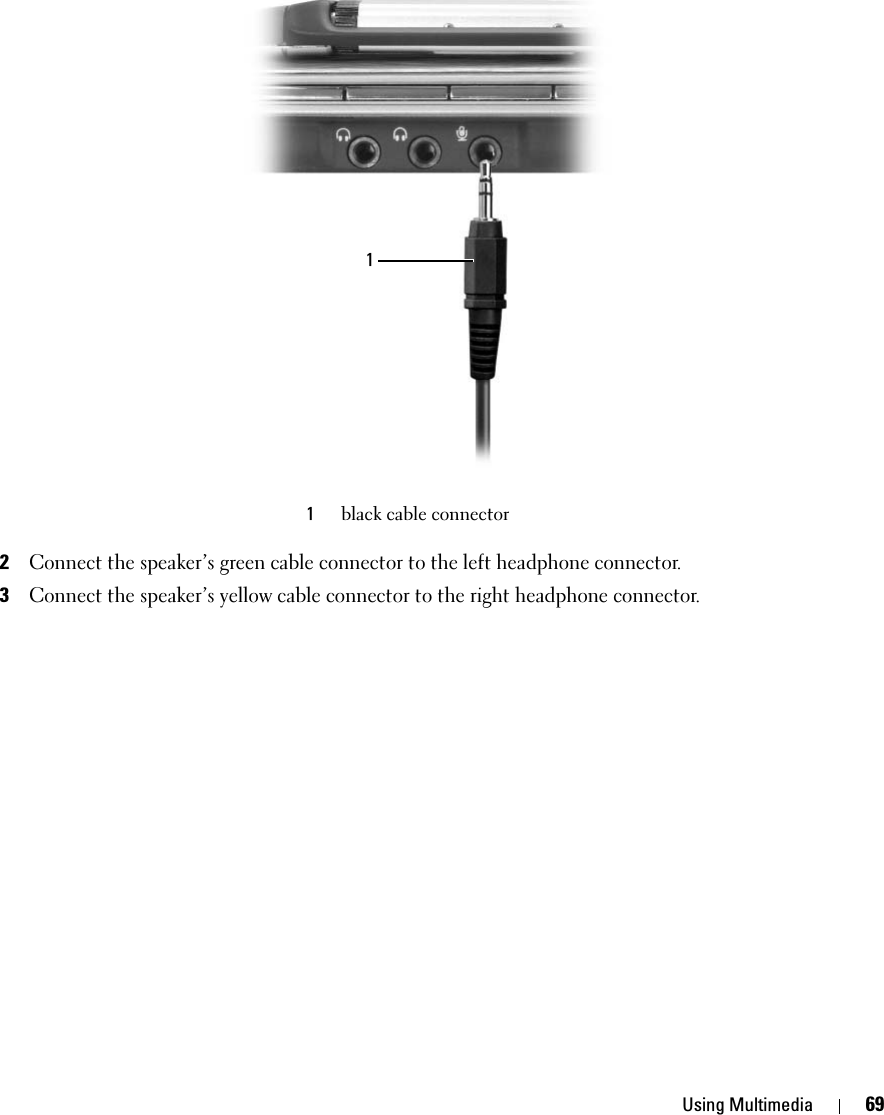
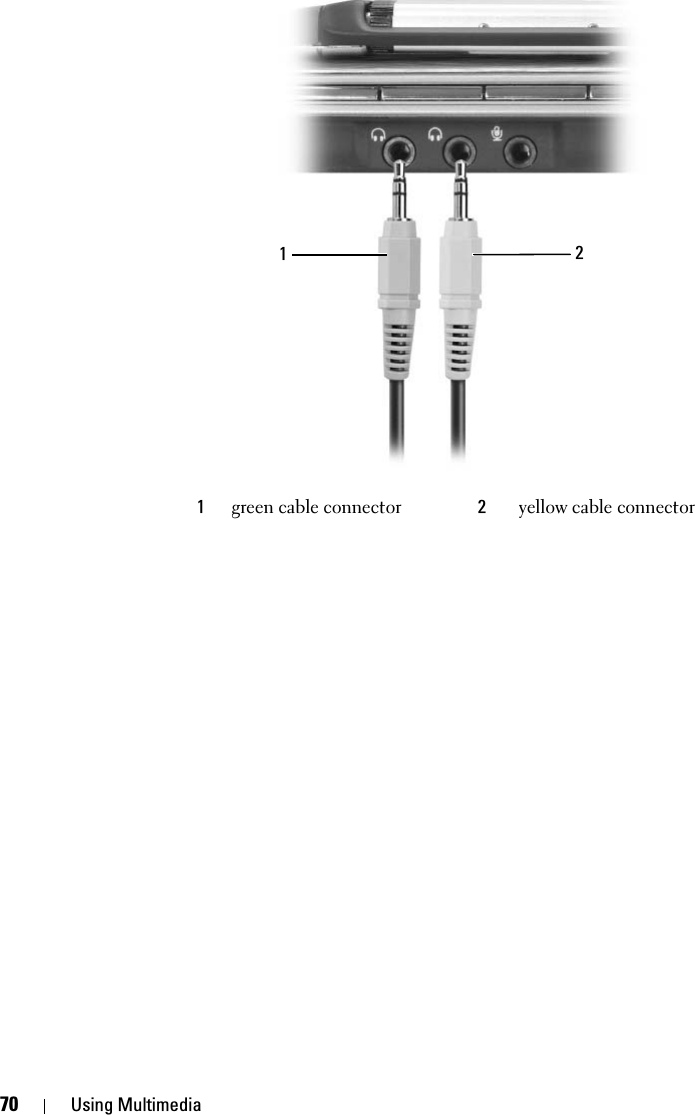
![Using Cards 71Using CardsExpressCards ExpressCards leverage PC Card technology to provide a fast and convenient way to add memory, wired and wireless network communications (including wireless wide area network [WWAN] communications), multimedia, and security features to your computer. See "Specifications" on page 163 for information on supported ExpressCards. NOTE: An ExpressCard is not a bootable device.ExpressCard BlanksYour computer shipped with a plastic blank installed in the ExpressCard slot. Blanks protect unused slots from dust and other particles. Save the blank for use when no ExpressCard is installed in the slot; blanks from other computers may not fit your computer.To remove the blank, see "Removing an ExpressCard or Blank" on page 72.Installing an ExpressCardYou can install an ExpressCard in the computer while the computer is running. The computer automatically detects the card.ExpressCards are generally marked with a symbol (such as a triangle or an arrow) or a label to indicate which end to insert into the slot. The cards are keyed to prevent incorrect insertion. If card orientation is not clear, see the documentation that came with the card. CAUTION: Before you begin any of the procedures in this section, follow the safety instructions in the Product Information Guide.To install an ExpressCard:1Hold the card with the top side of the card facing up. The latch may need to be in the "in" position before you insert the card.](https://usermanual.wiki/Novatel-Wireless/NRM-EU860D.User-Manual-M1210/User-Guide-789273-Page-71.png)
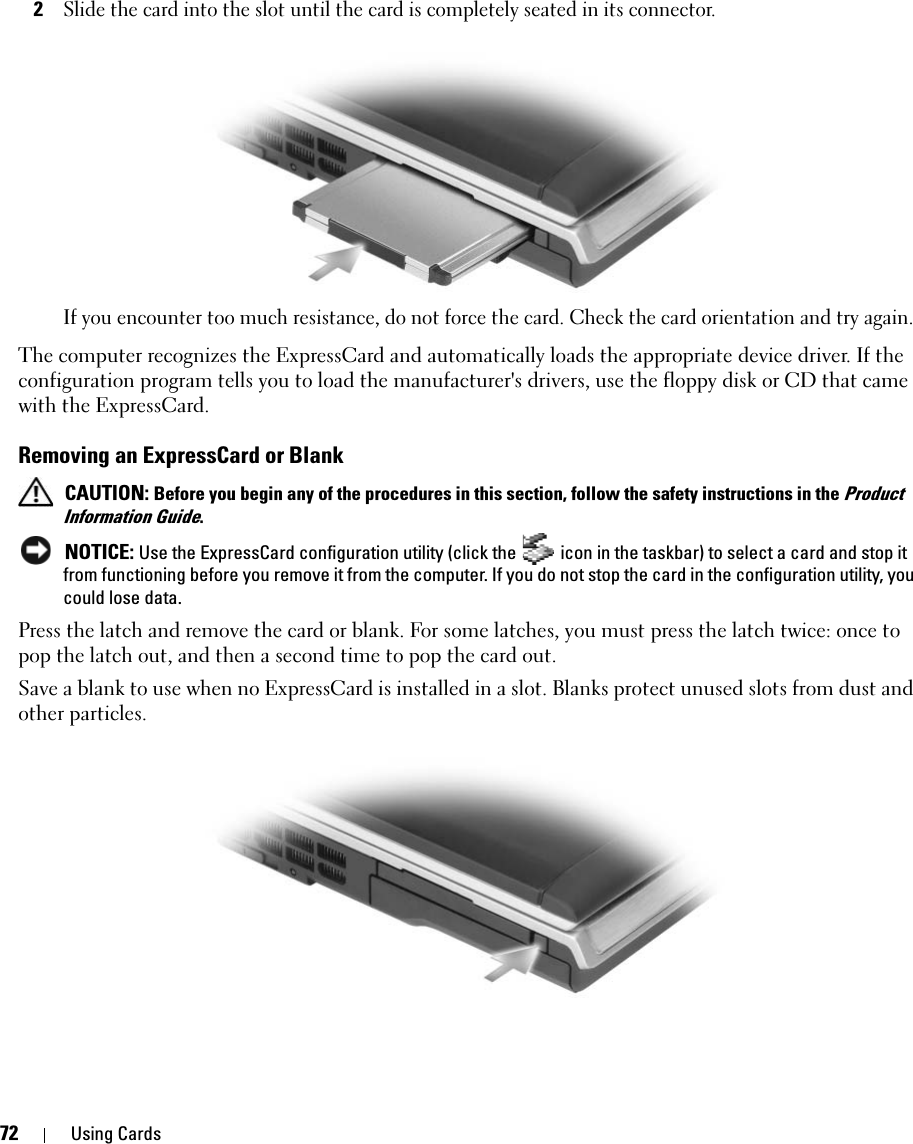
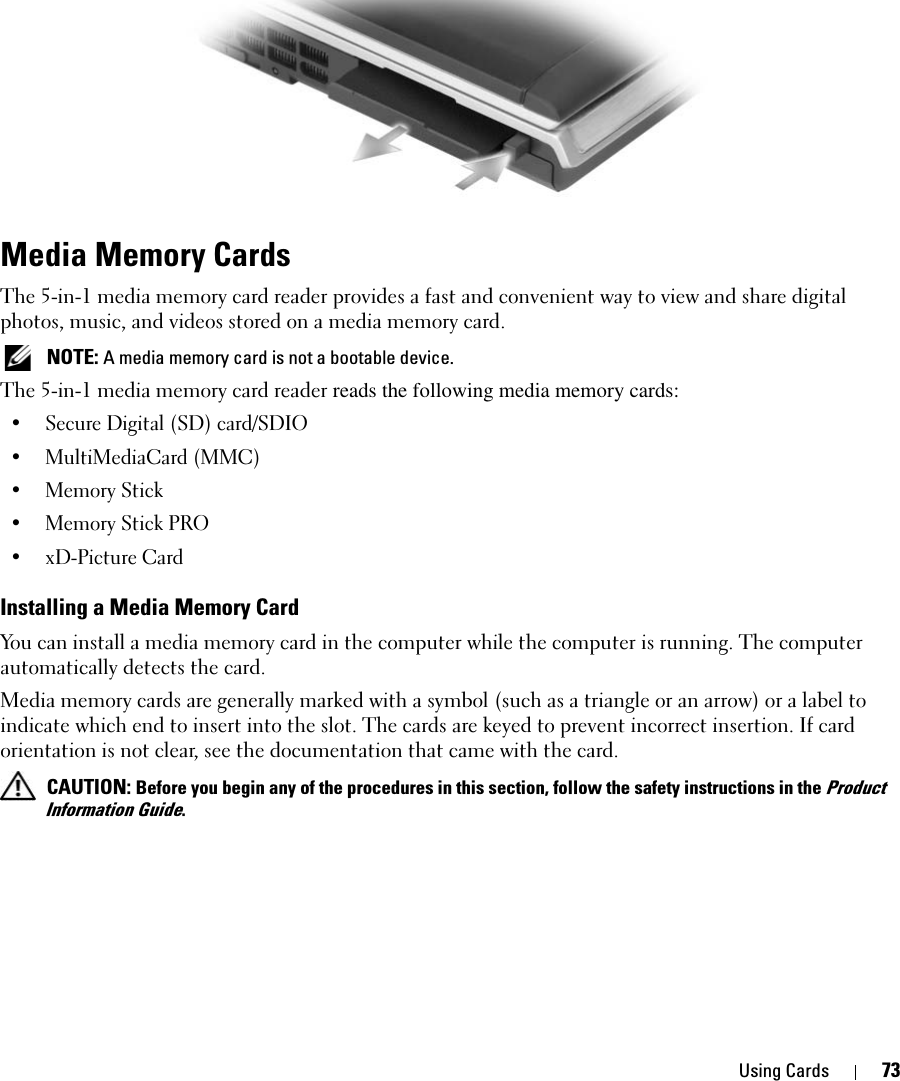
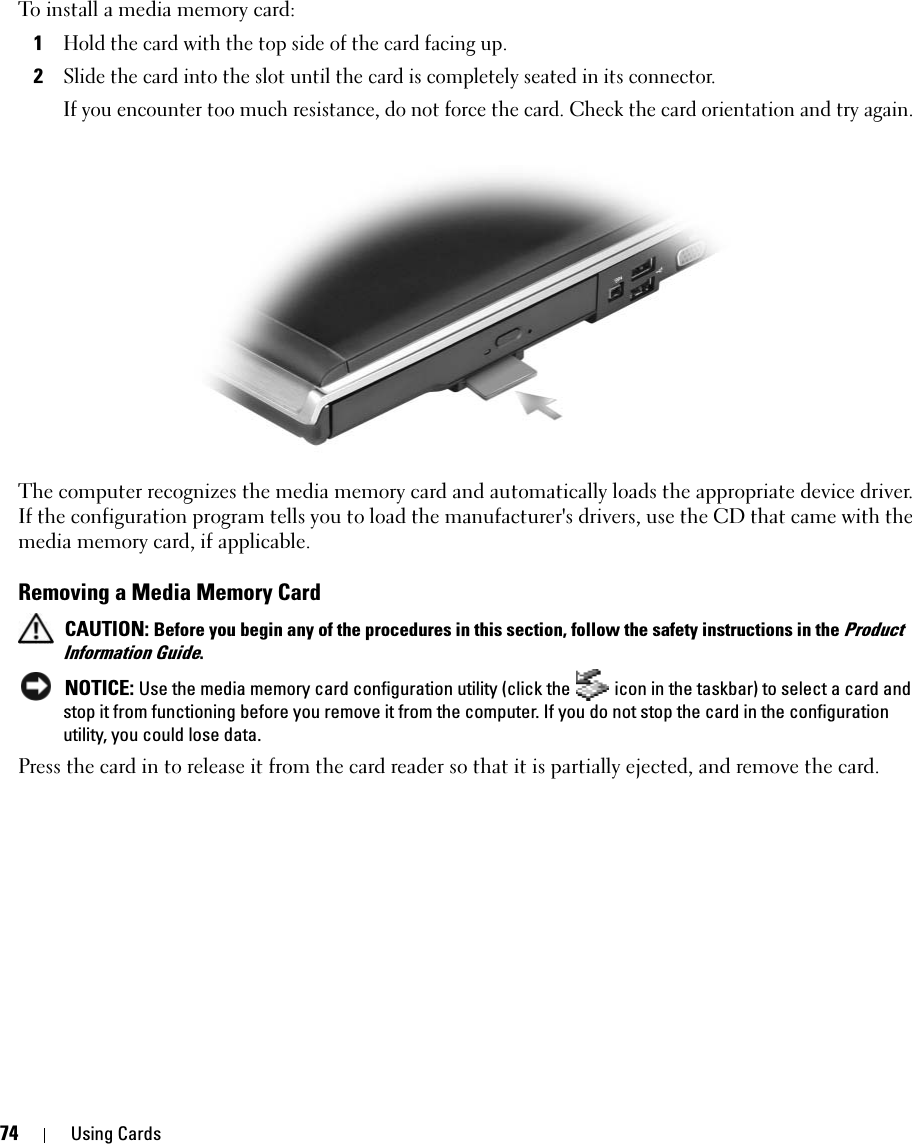
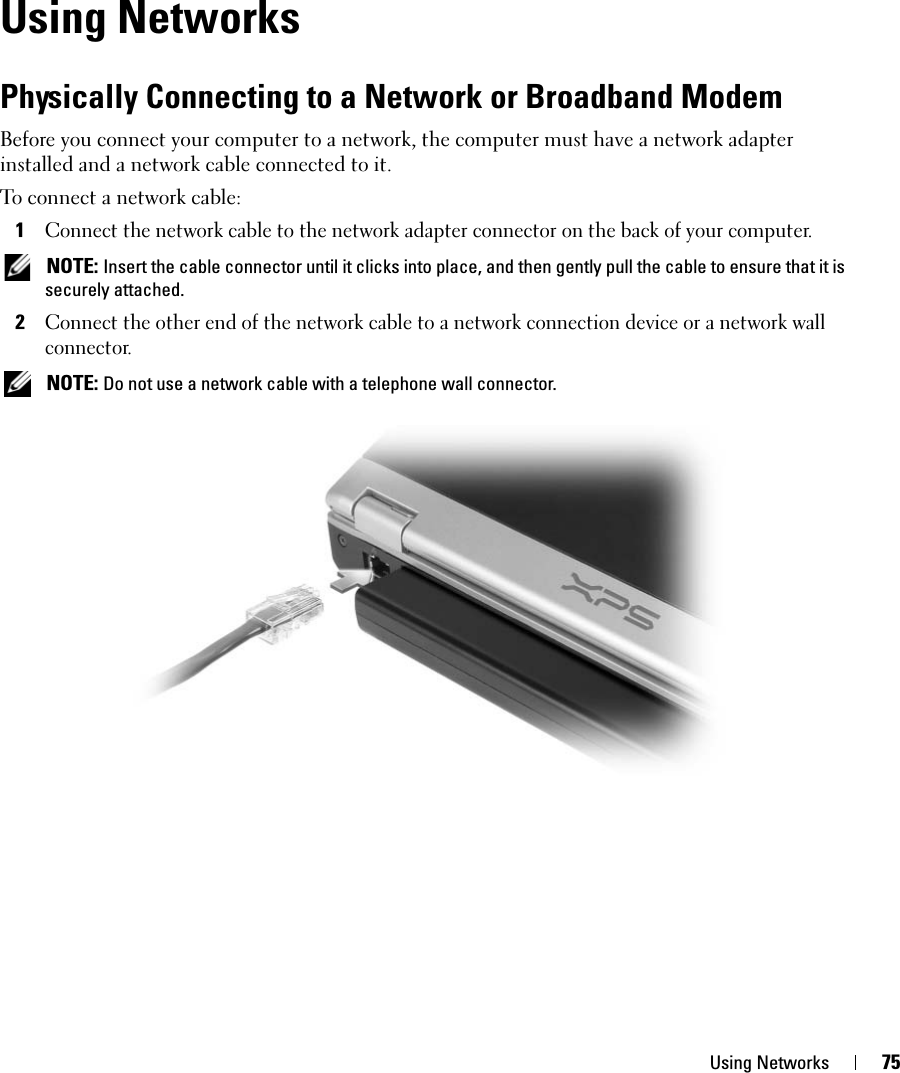
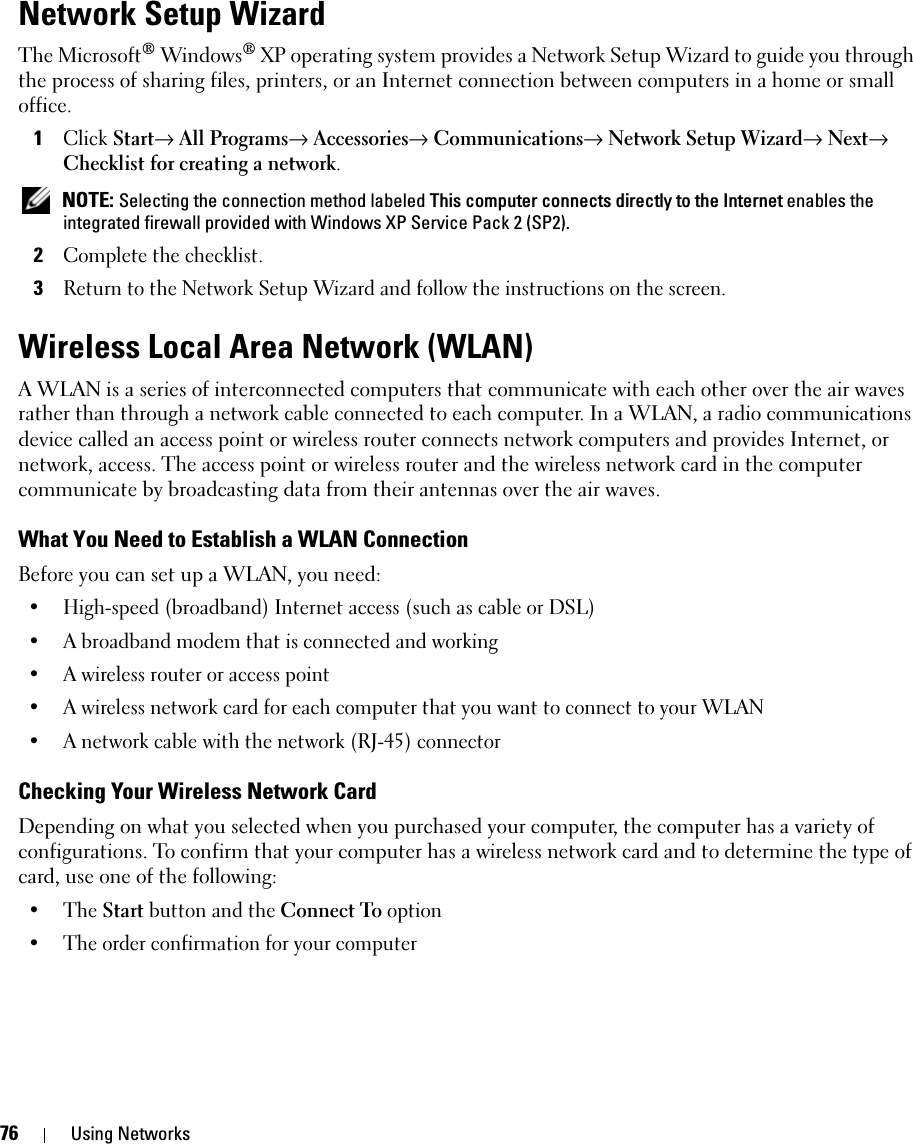
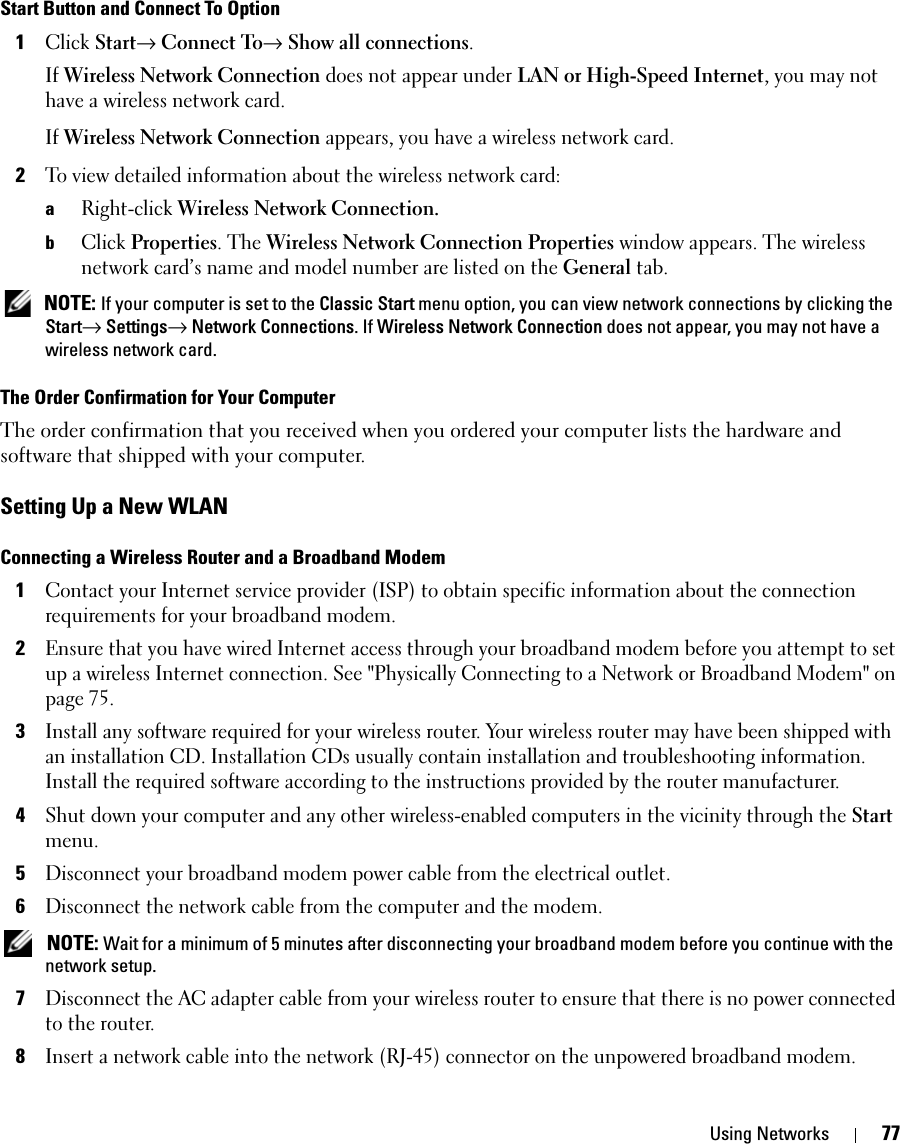
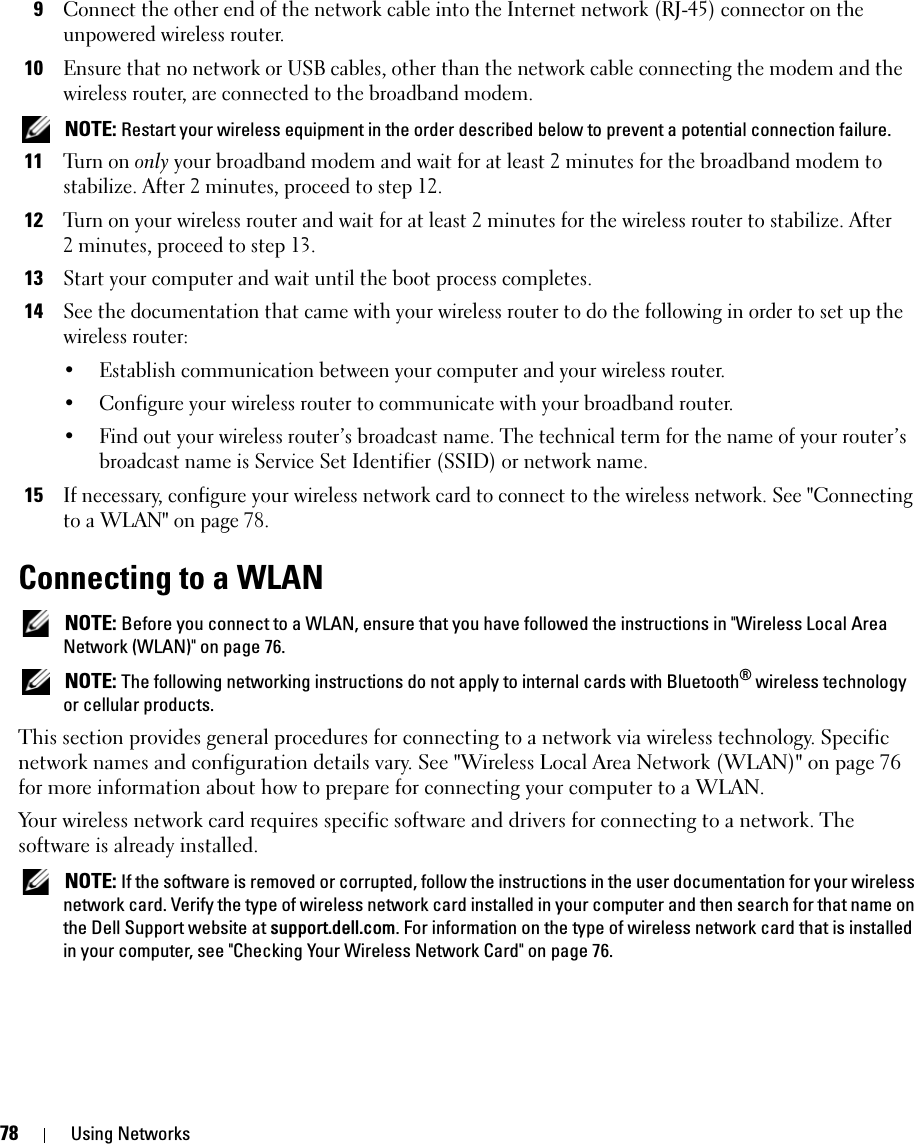
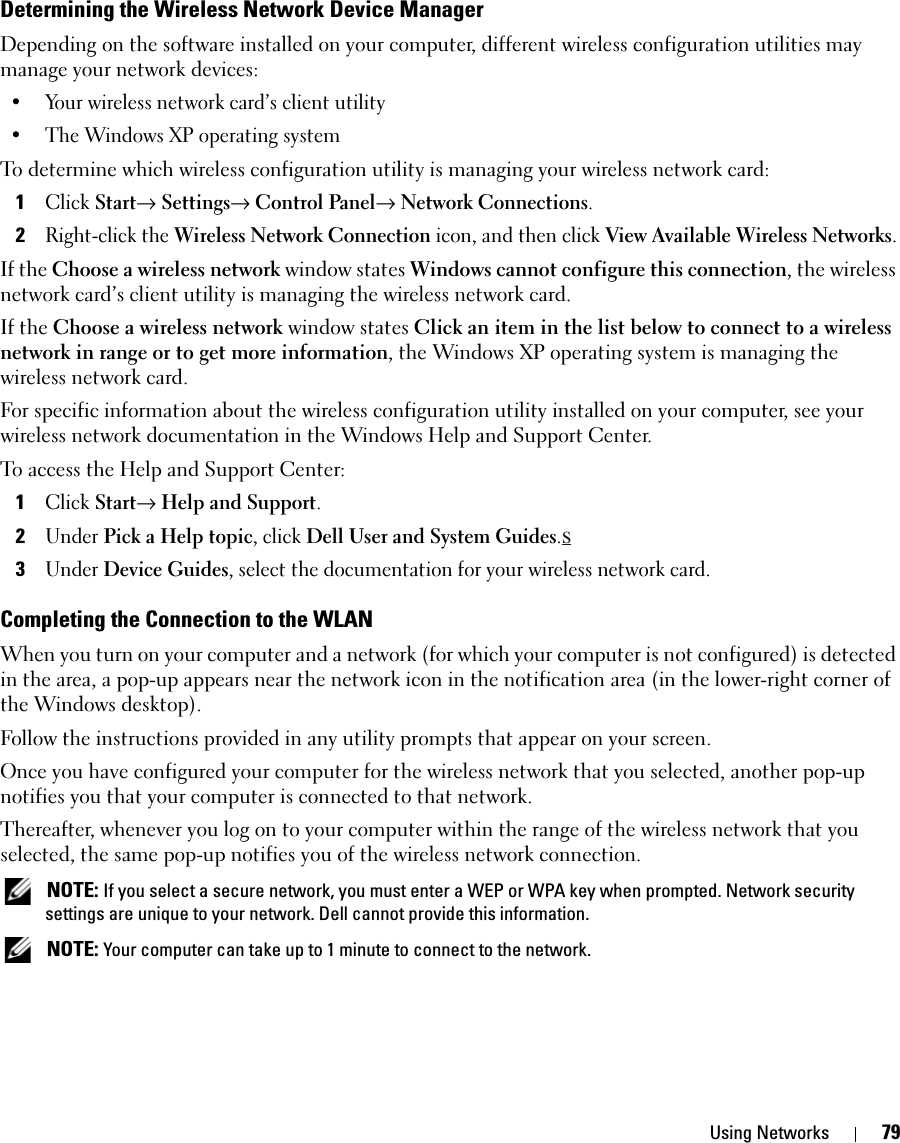
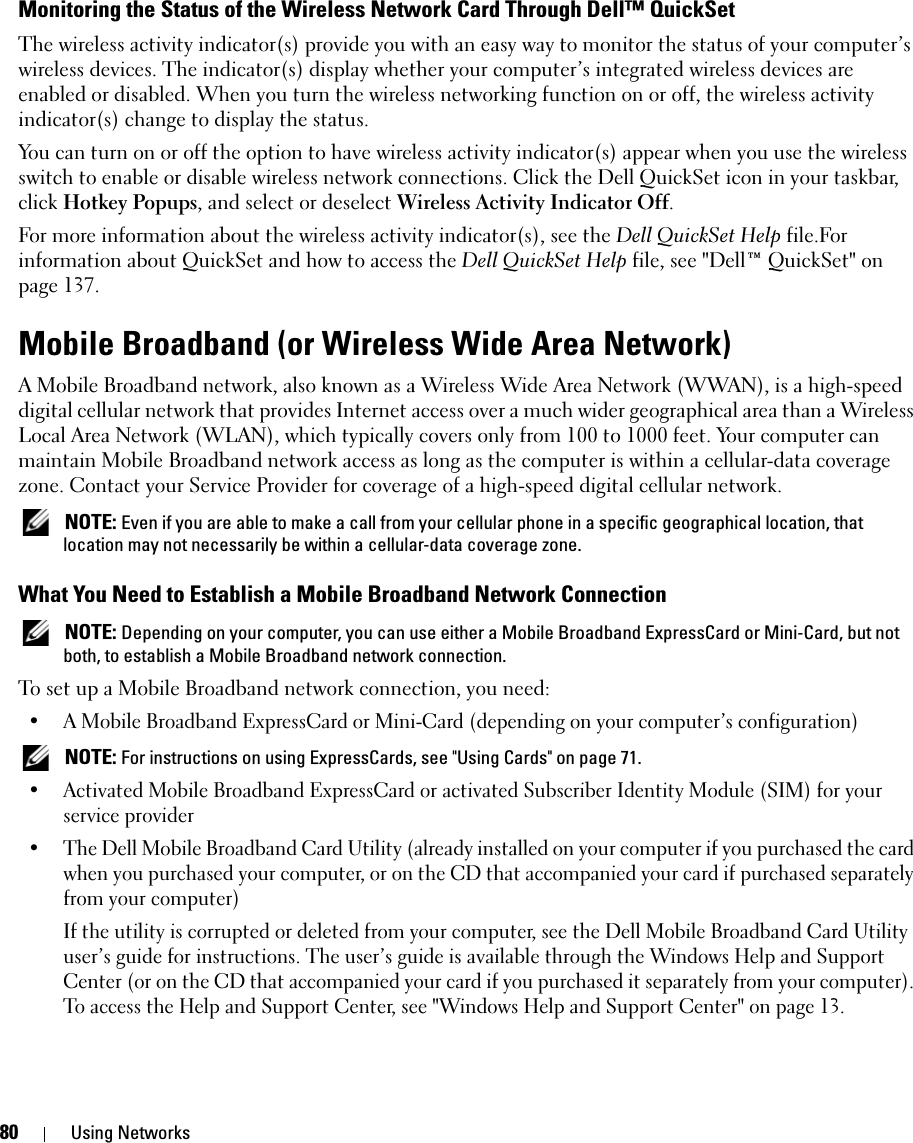
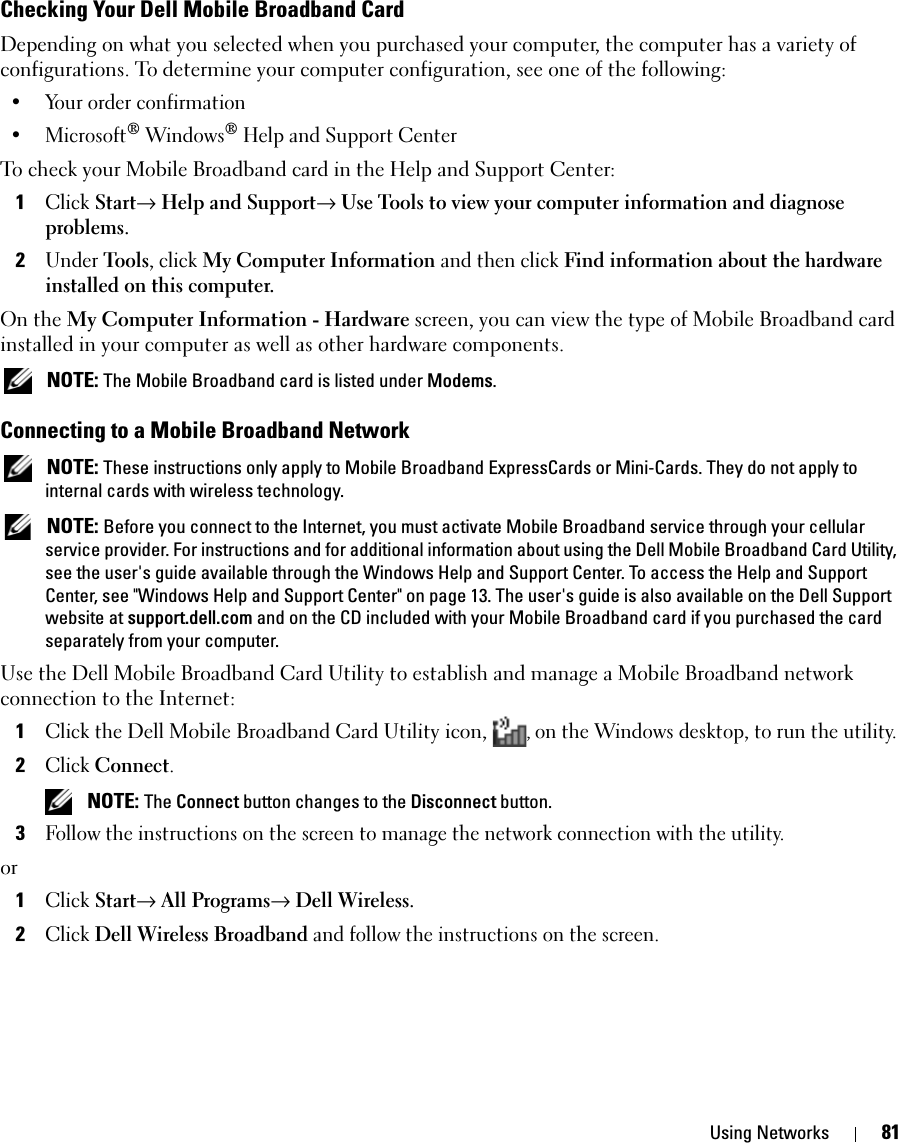

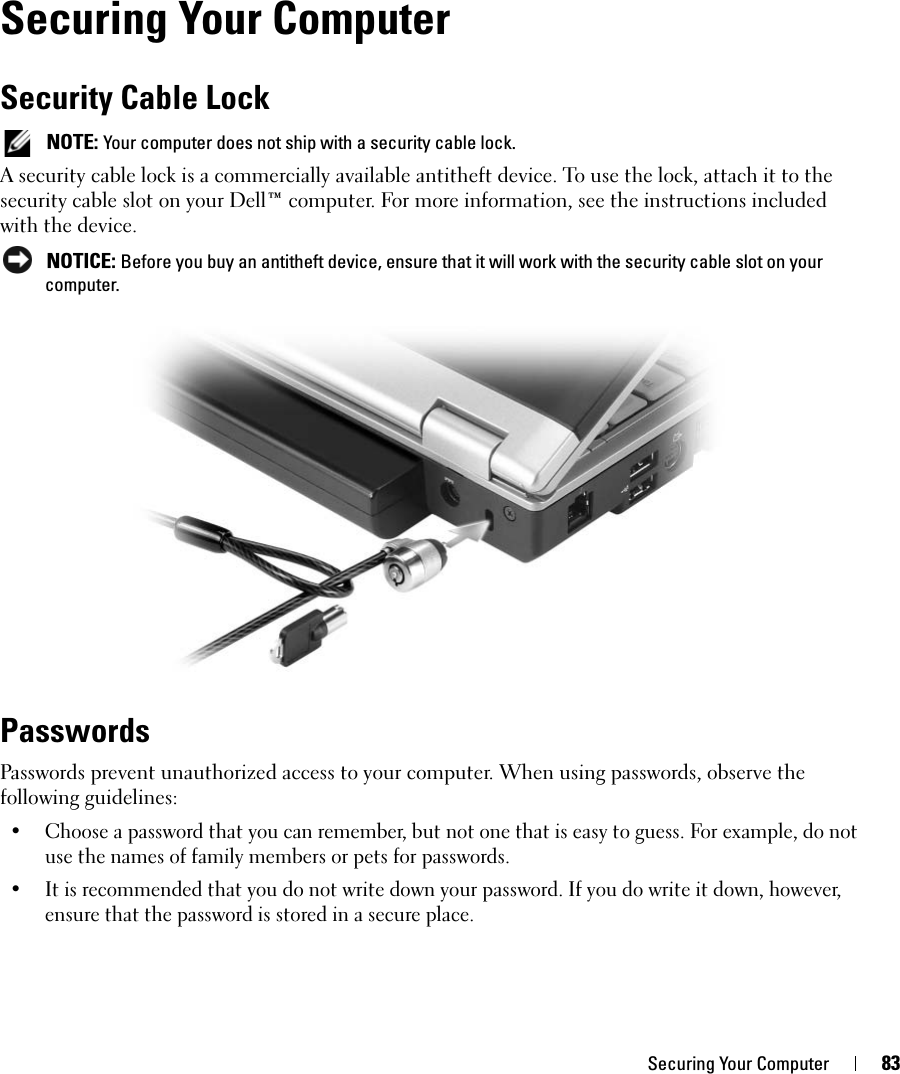
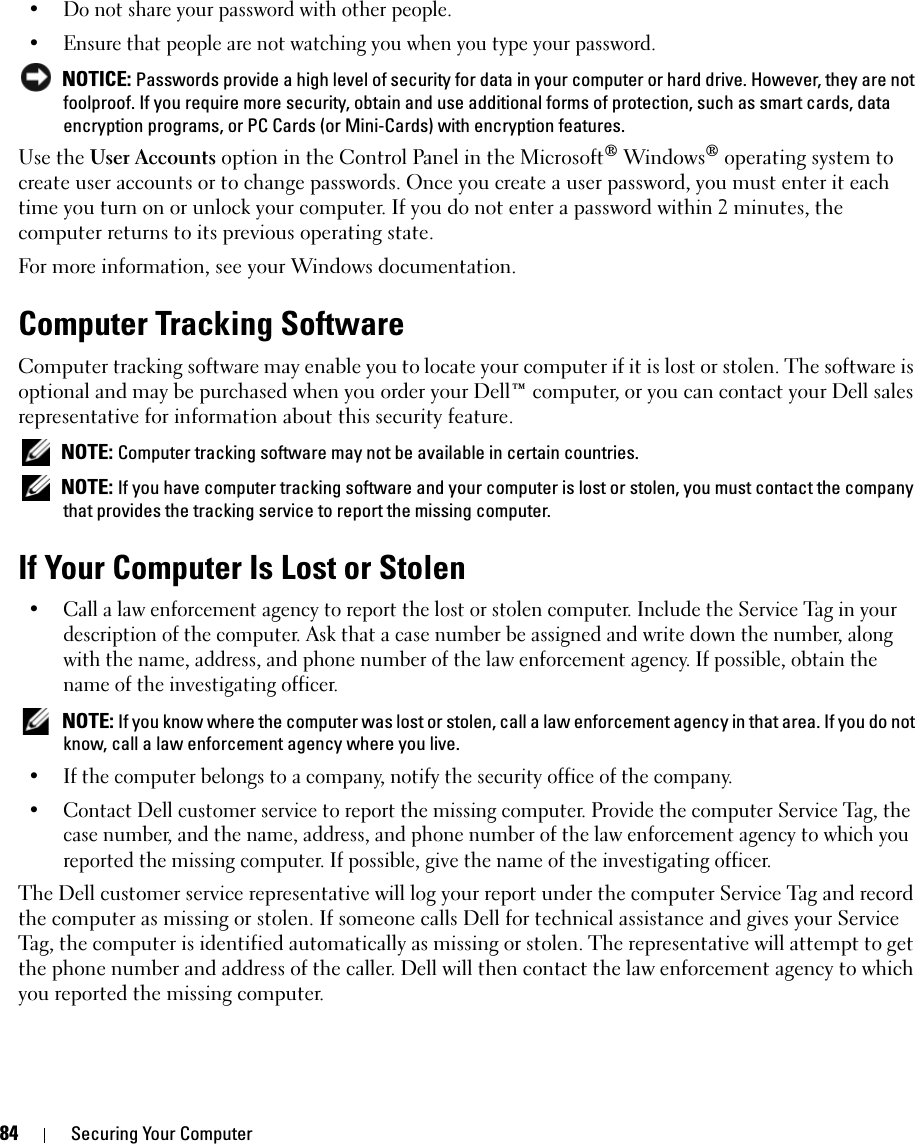
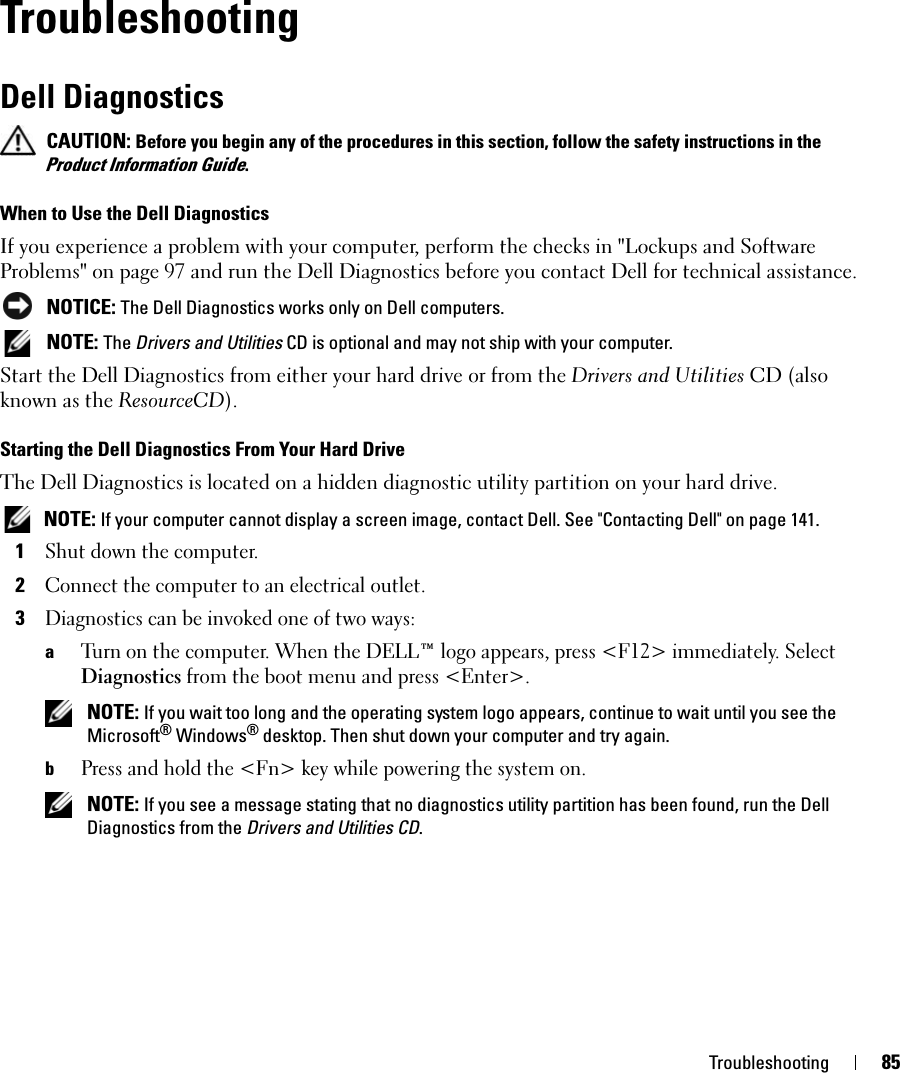
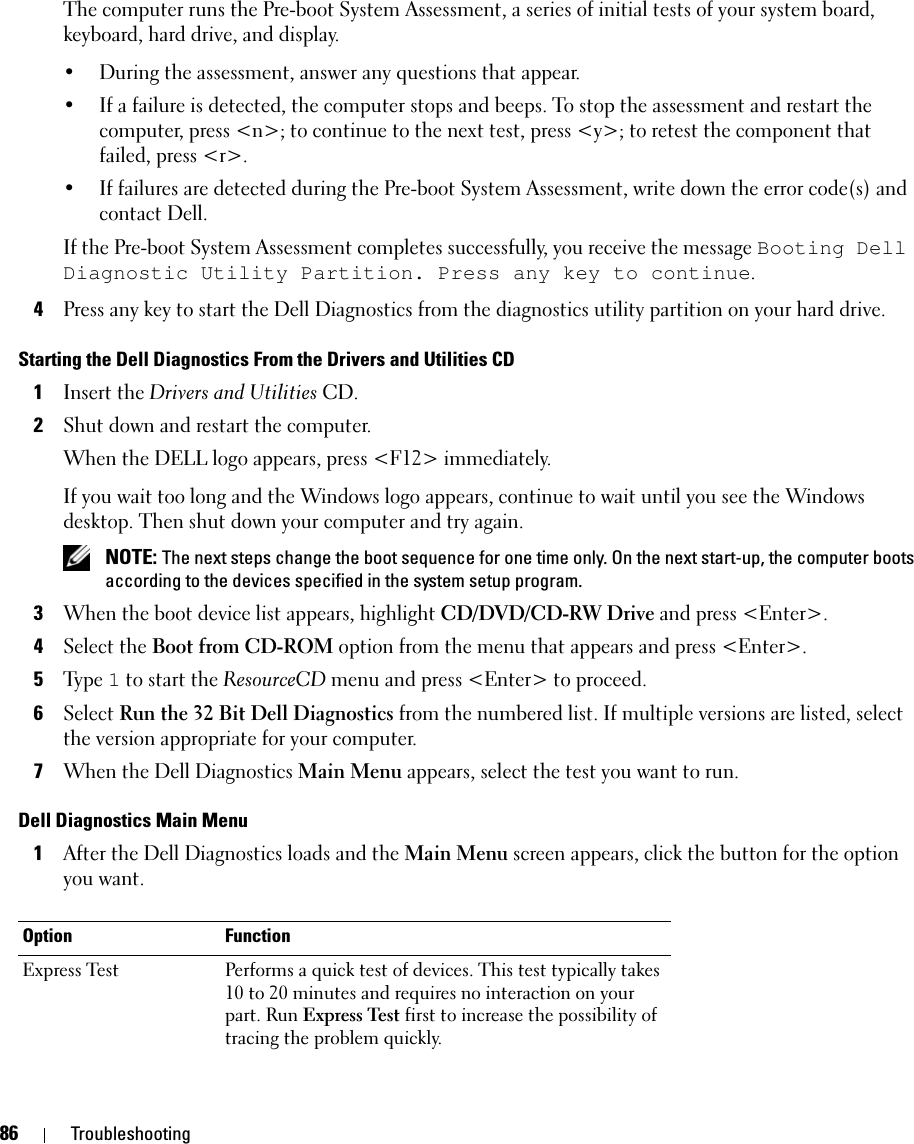
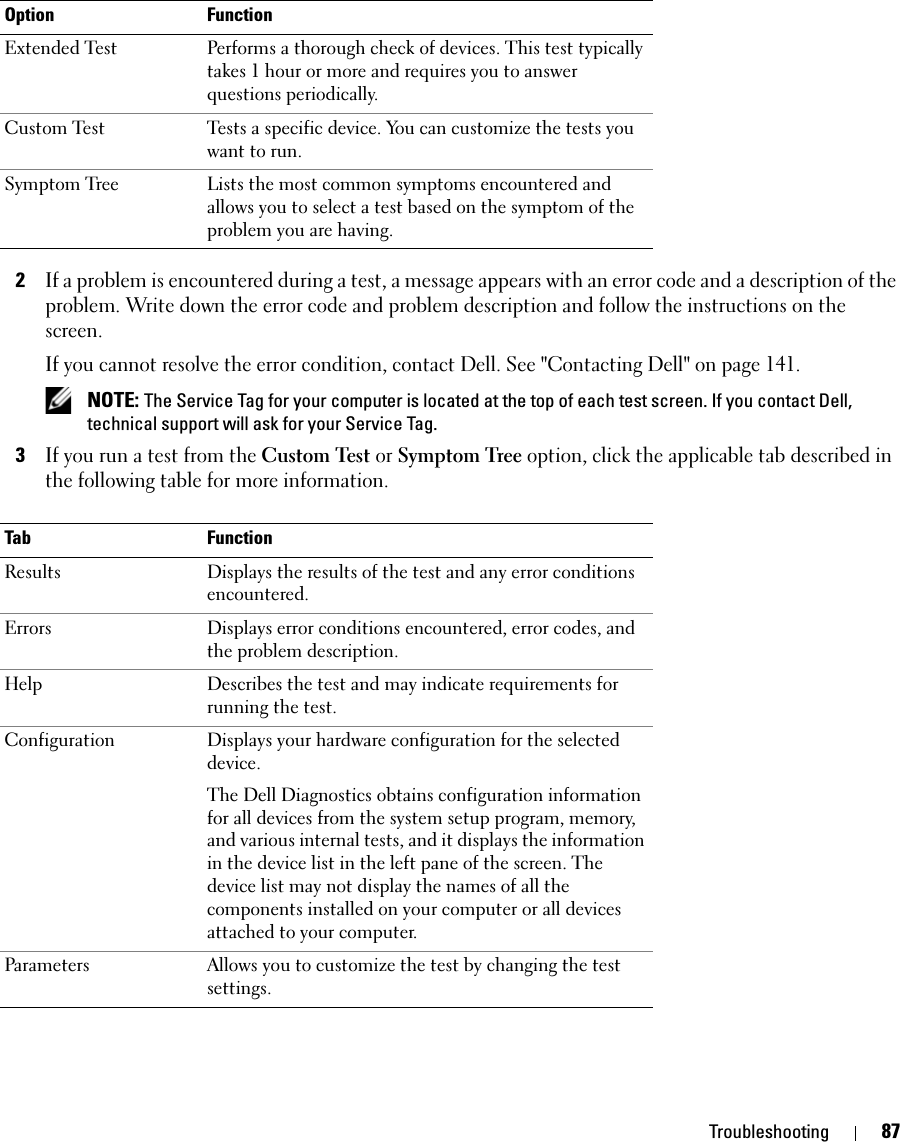
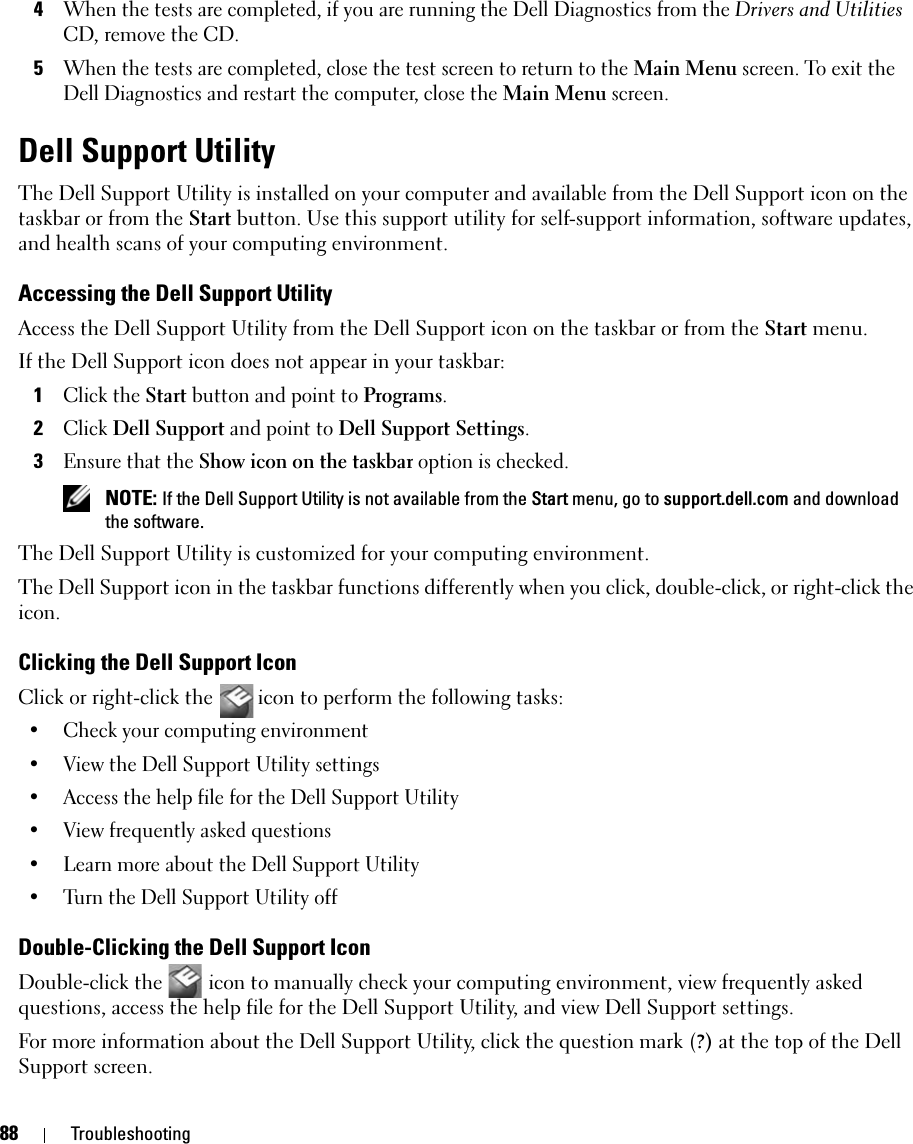
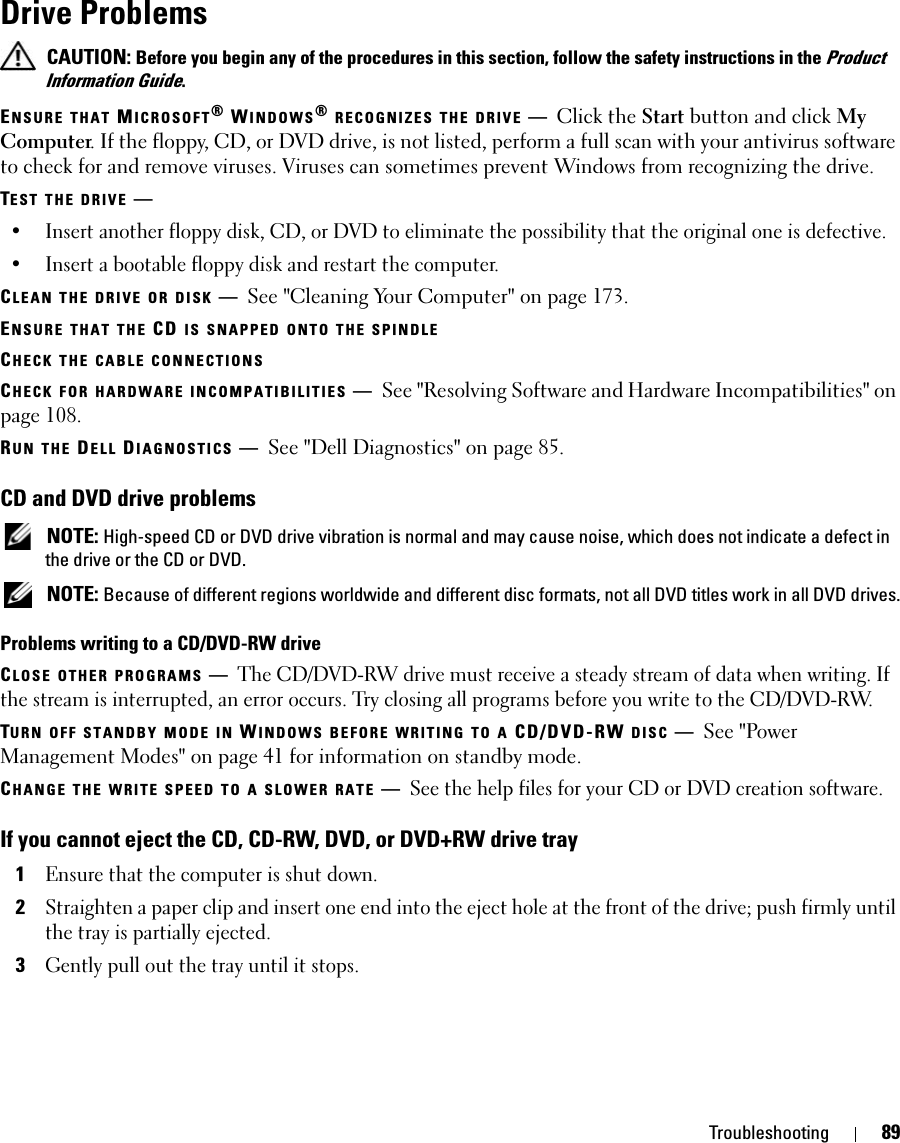
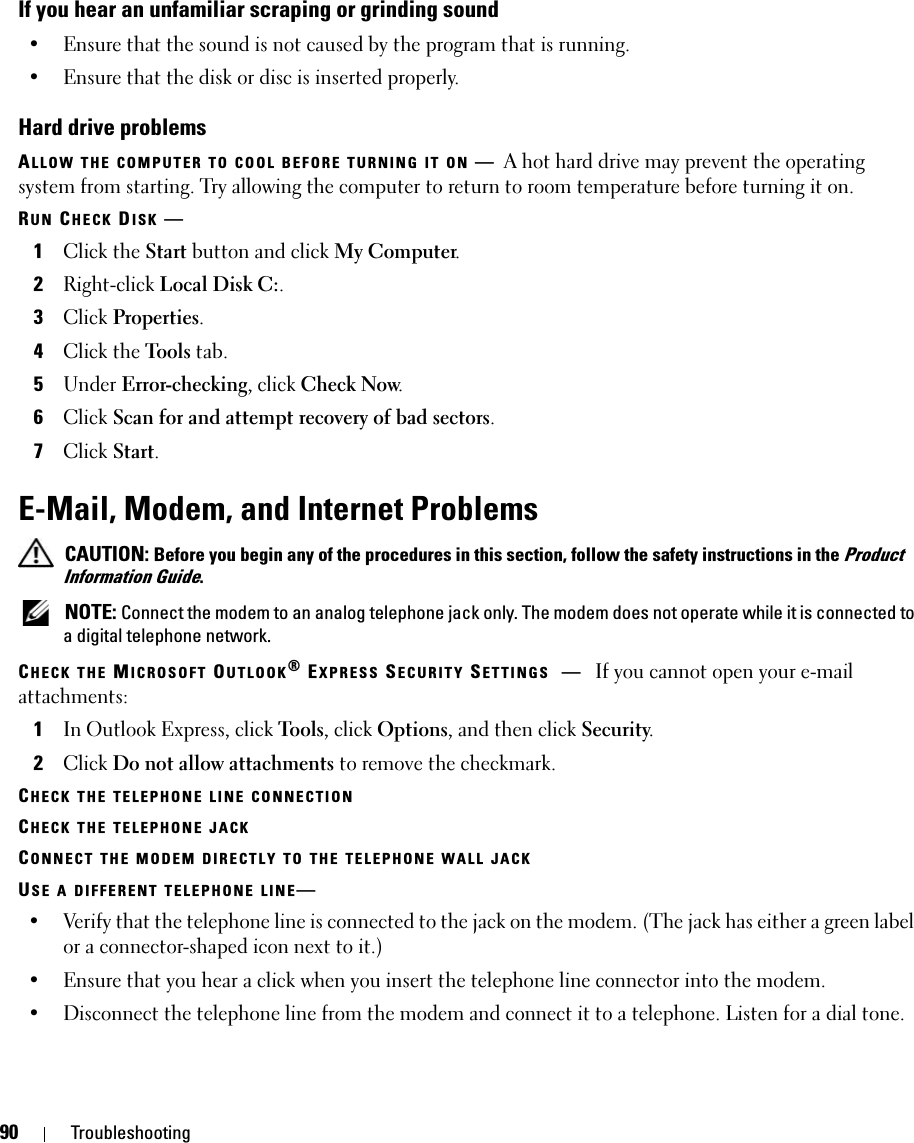
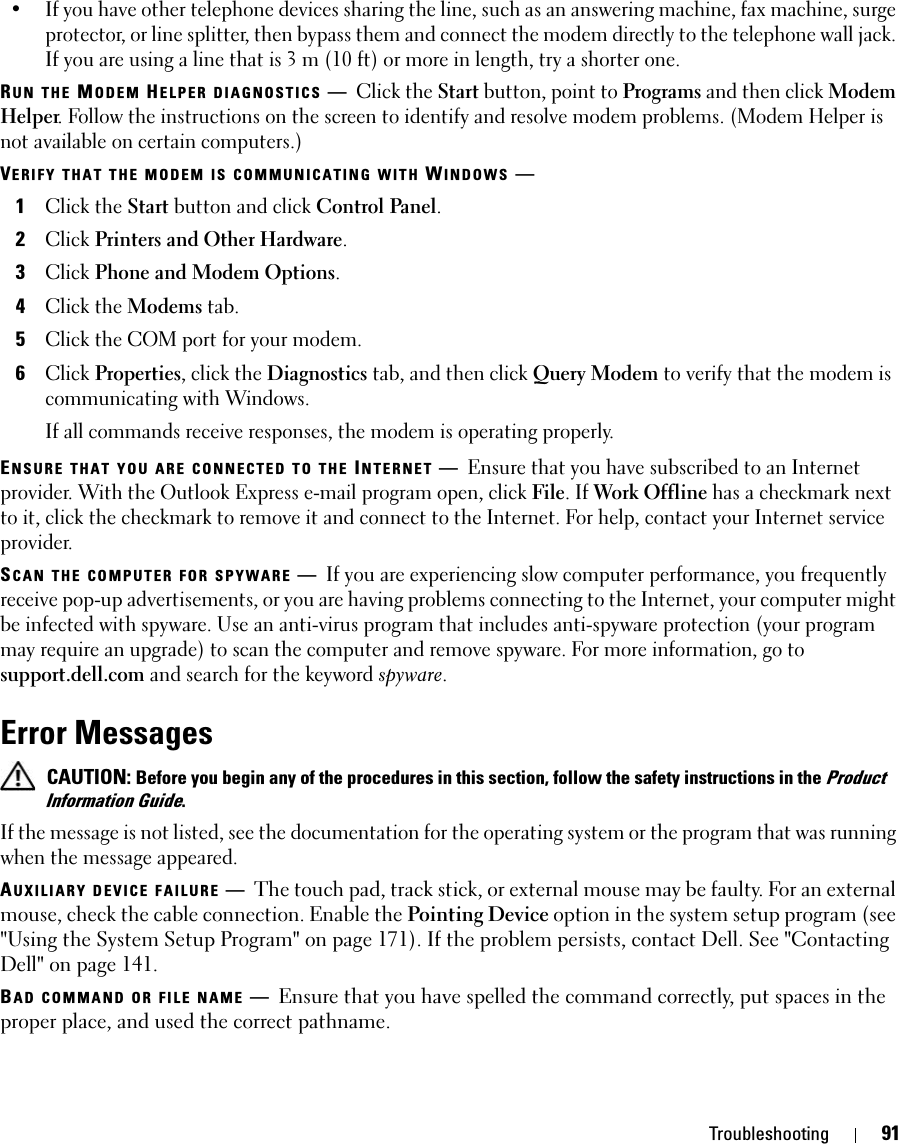
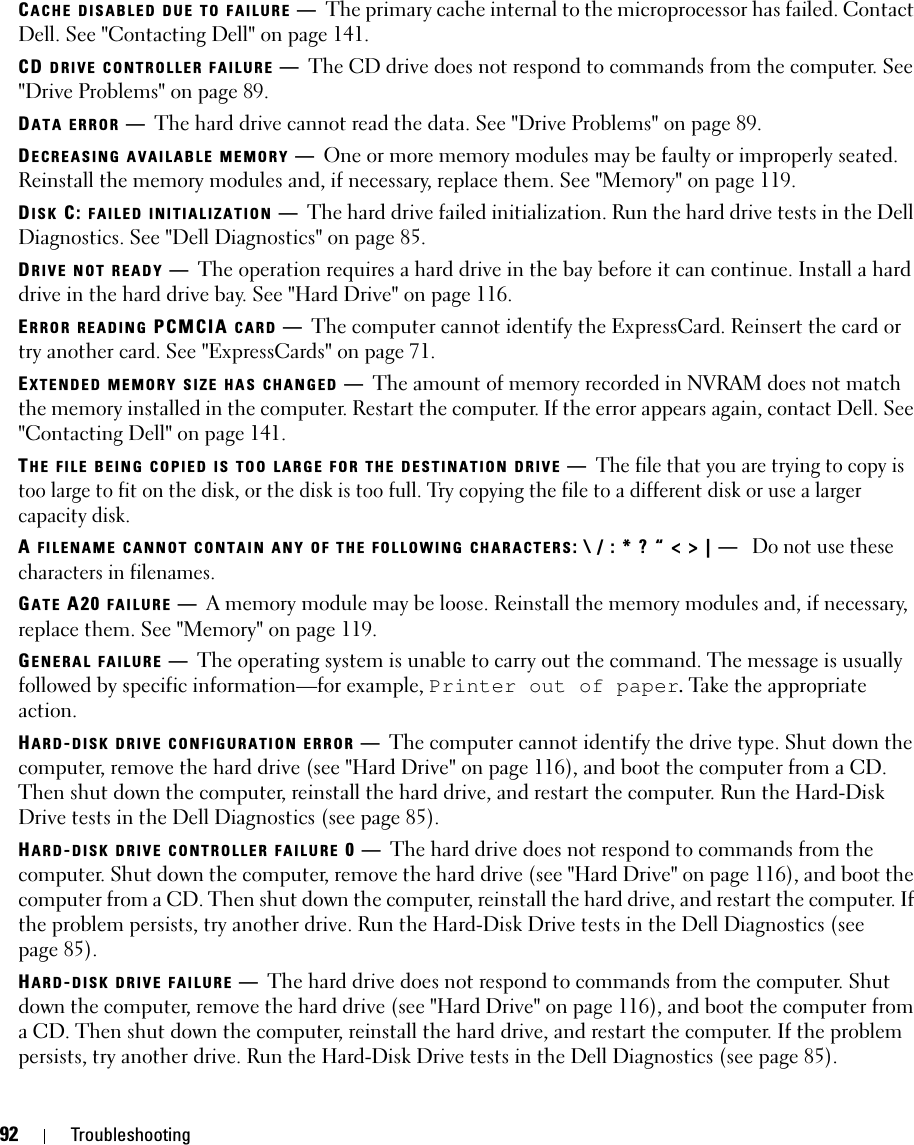
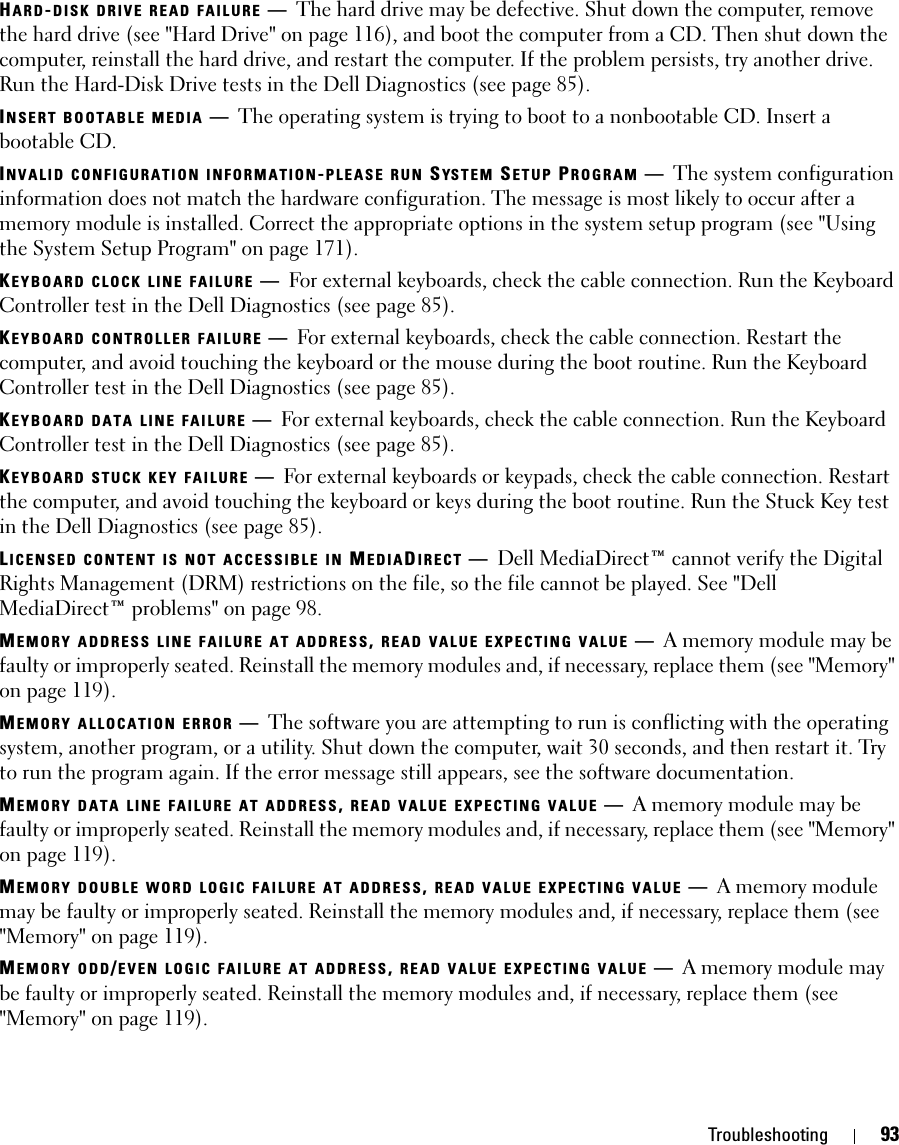
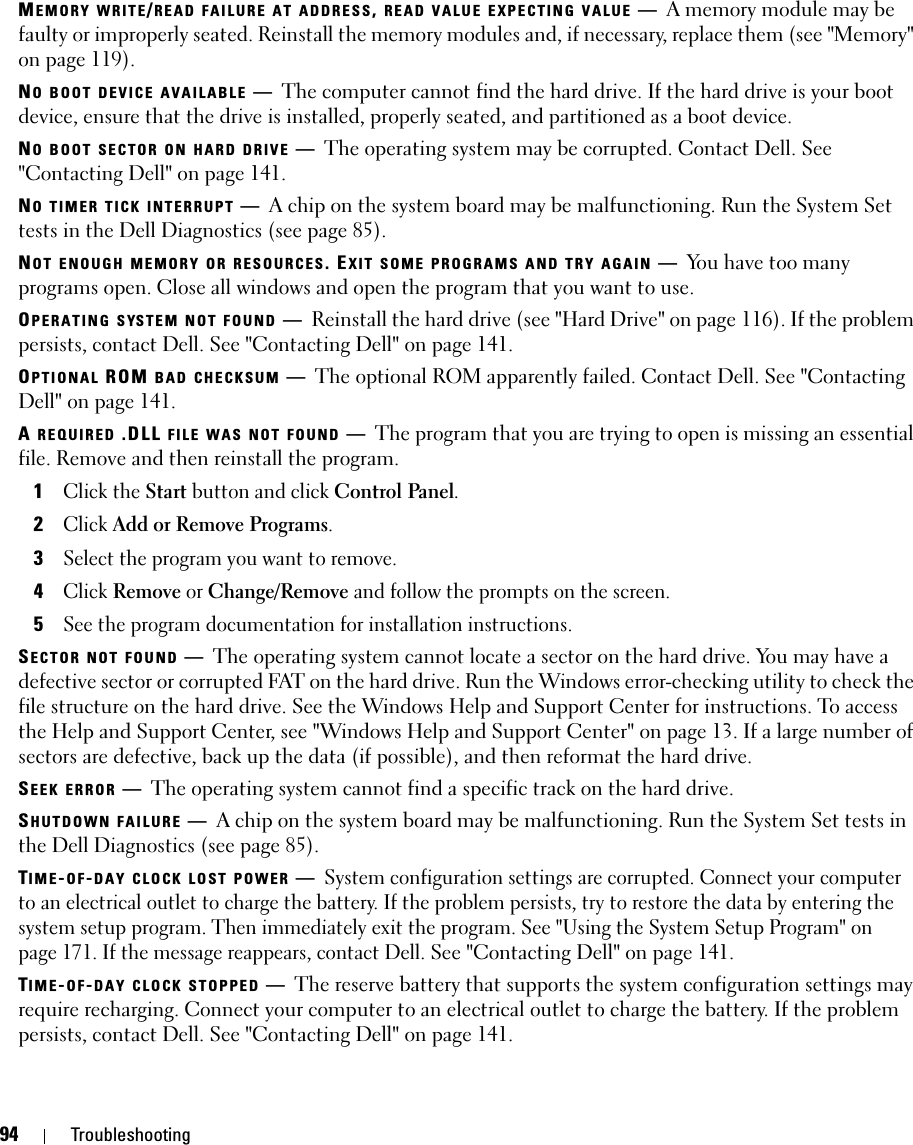
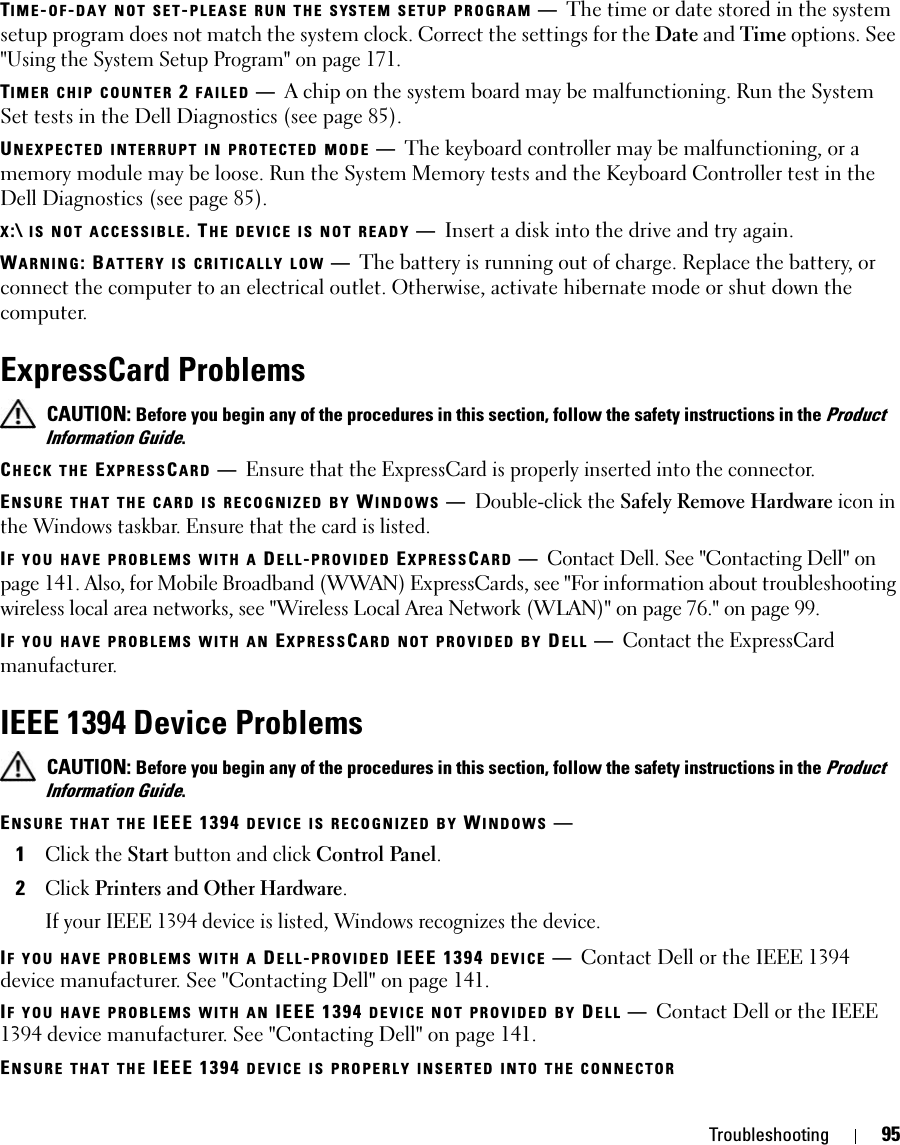
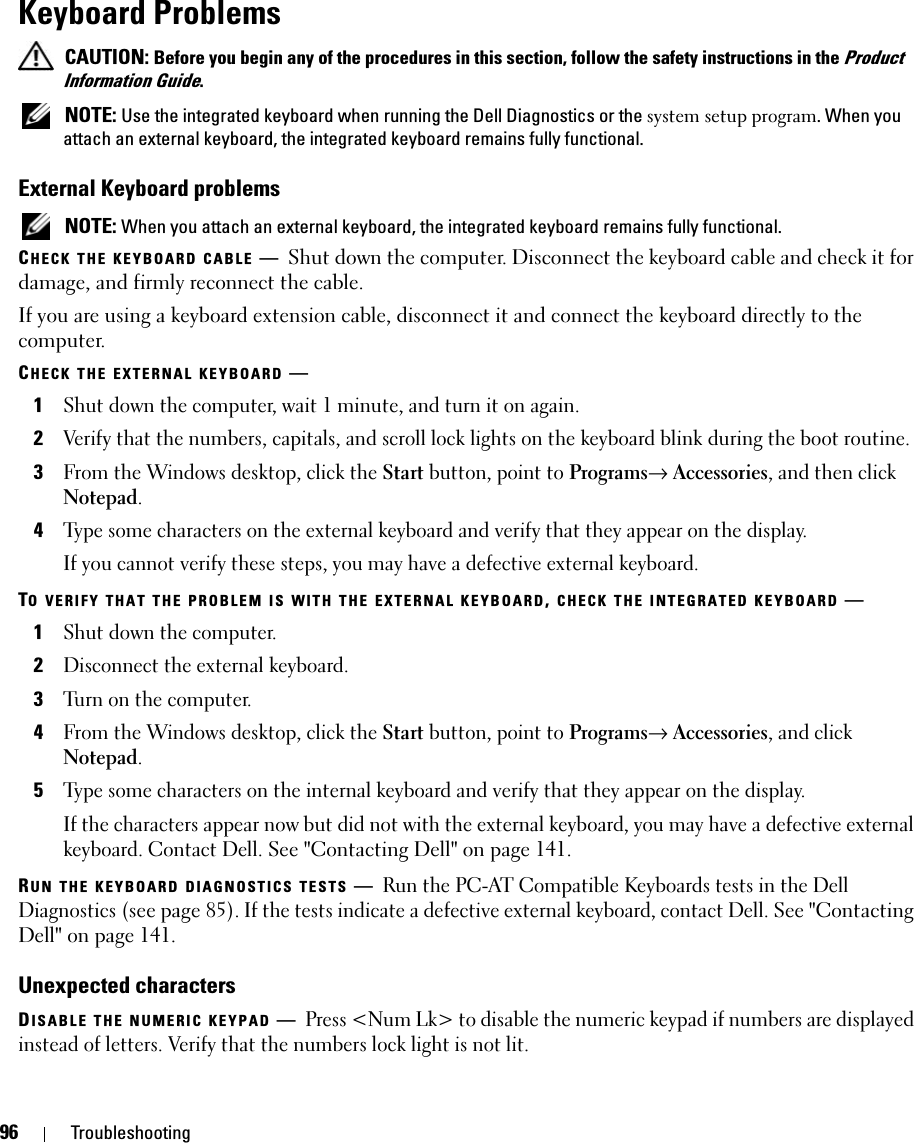
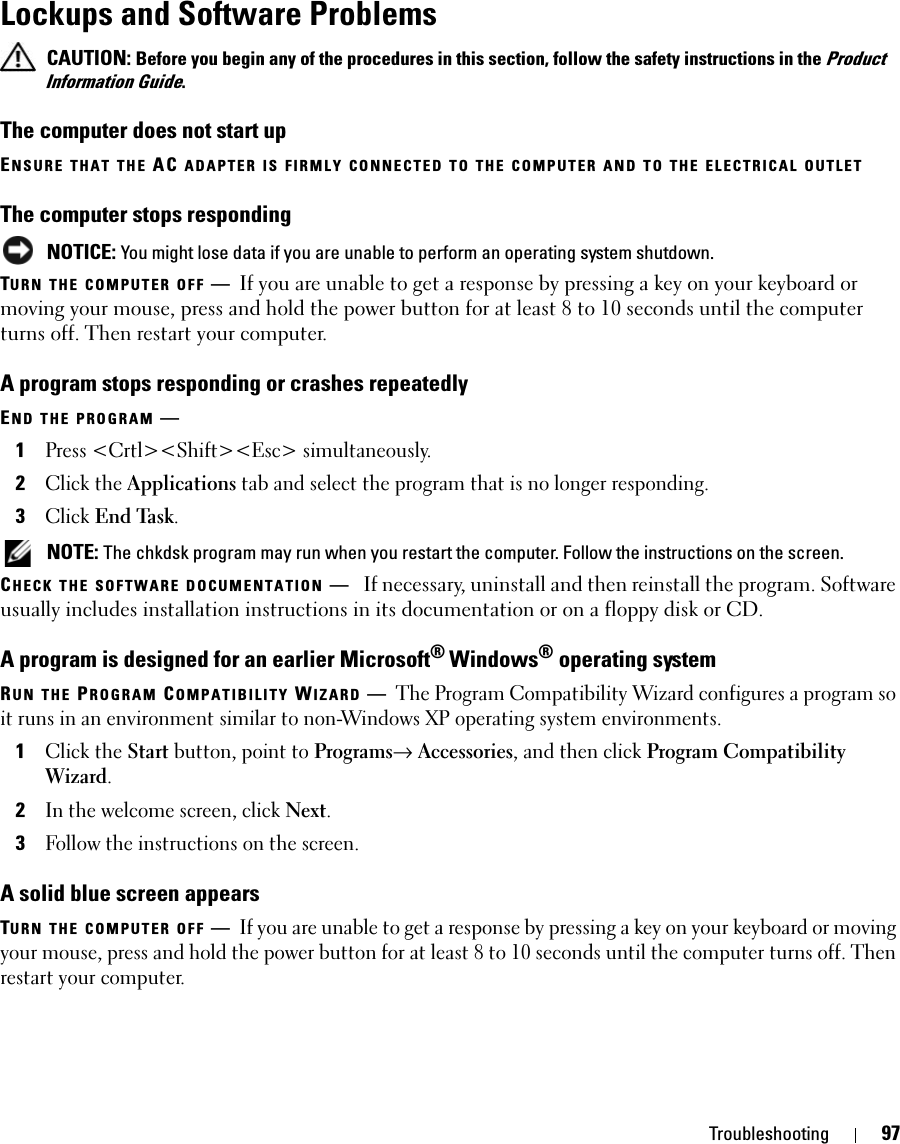
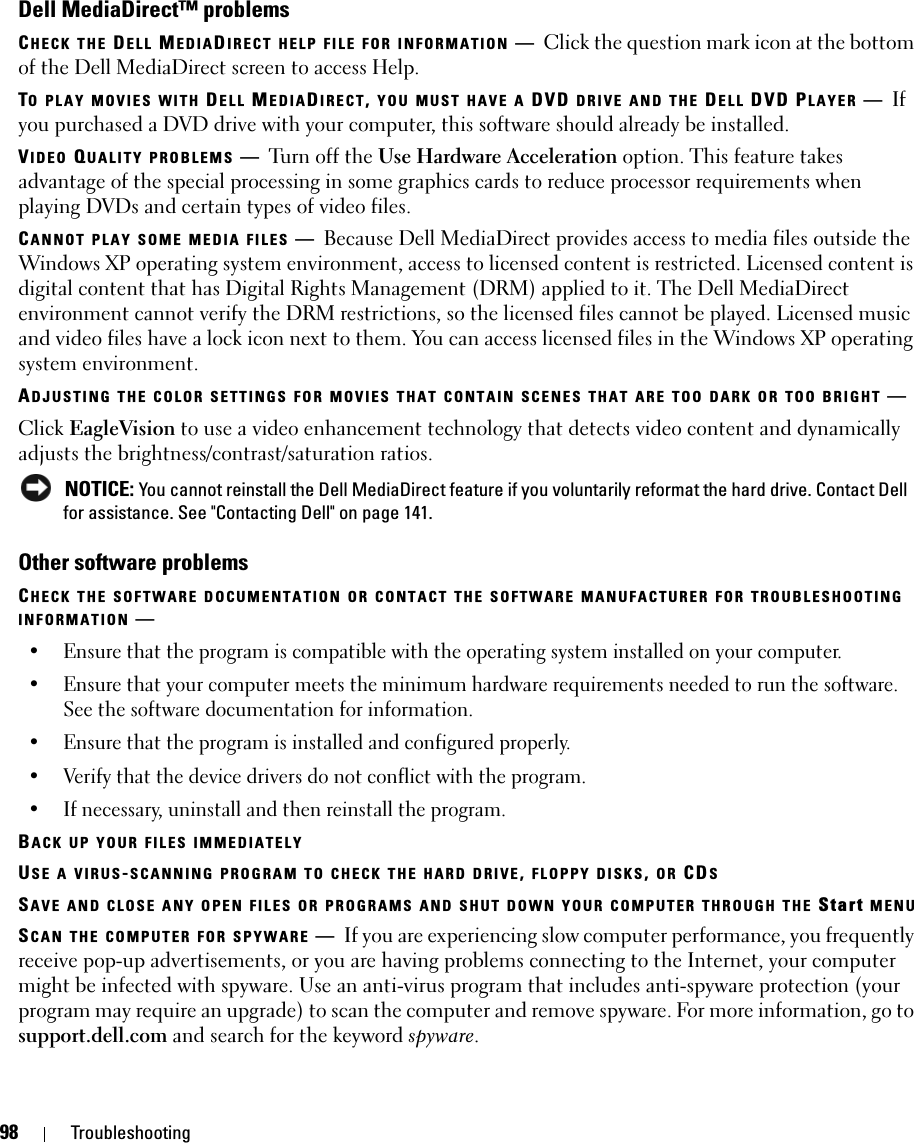
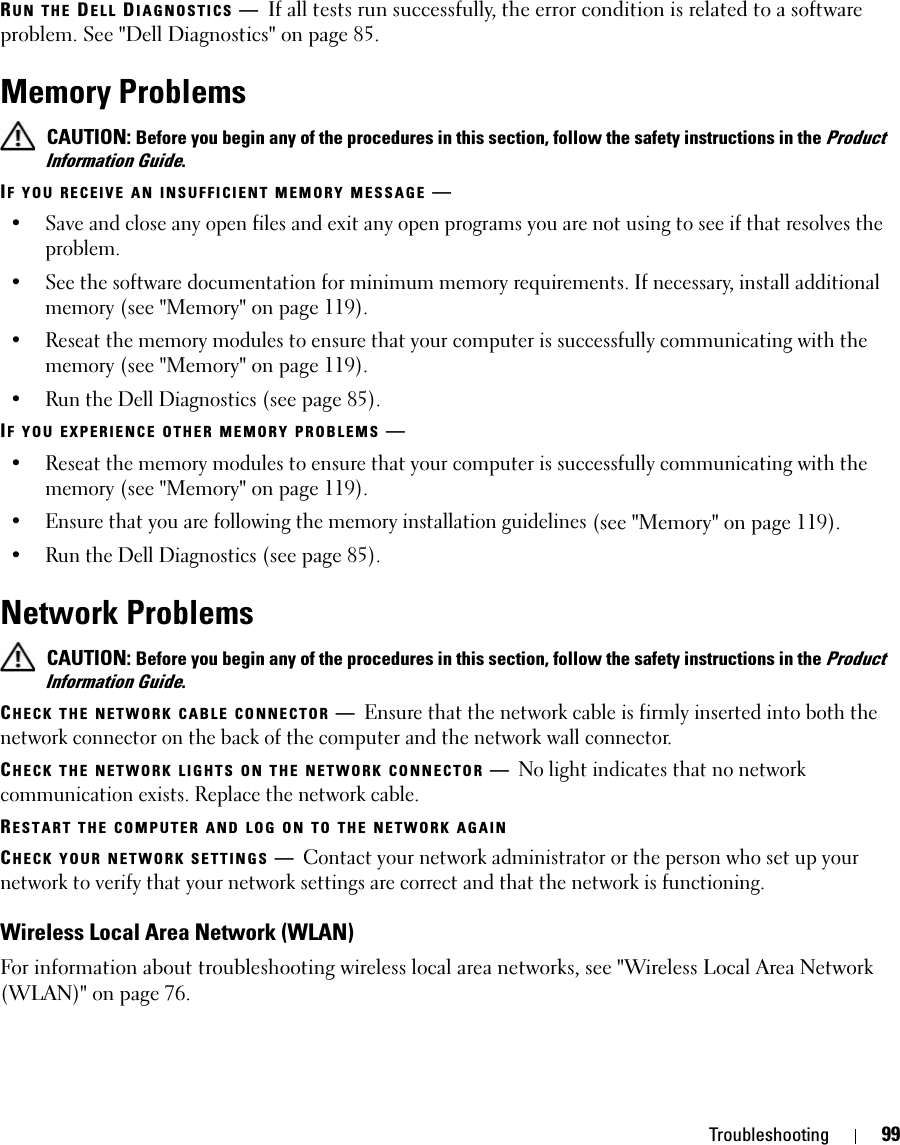
![100 TroubleshootingMobile Broadband (Wireless Wide Area Network) NOTE: The Dell Mobile Broadband Card Utility user’s guide and the Mobile Broadband ExpressCard user’s guide are available through the Windows Help and Support Center. To access the Help and Support Center, see "Windows Help and Support Center" on page 13. You can also download the Dell Mobile Broadband Card Utility user’s guide from support.dell.com. NOTE: Remove any network cables from the computer and disable the WLAN card. To disable the WLAN card, click Start→ Connect To→ Wireless Network Connection→ Disable. NOTE: The icon will appear in the notification area if the computer has a Dell Mobile Broadband (wireless wide area network [WWAN]) device installed. Double-click the icon to launch the utility.ACTIVATE THE MOBILE BROADBAND EXPRESSCARD —You must activate the Mobile Broadband ExpressCard before you can connect to the network. Position the mouse over the icon in the notification area to verify the status of the connection. If the card is not activated, follow the card activation instructions located within the Dell Mobile Broadband Card Utility. To access the utility, double-click the icon located in the taskbar, at the lower-right corner of your screen. If your ExpressCard is not a Dell-branded card, see the manufacturer’s instructions for your card.CHECK NETWORK CONNECTION STATUS IN DELL MOBILE BROADBAND CARD UTILITY —Double-click the icon to launch the Dell Mobile Broadband Card Utility. Check the status in the main window:•No card detected — Restart the computer, and launch the Dell Mobile Broadband Card Utility again. •Check your WWAN service — Contact your cellular service provider to verify your plan coverage and supported services.Power Problems CAUTION: Before you begin any of the procedures in this section, follow the safety instructions in the Product Information Guide.CHECK THE POWER LIGHT —When the power light is lit or blinking, the computer has power. If the power light is blinking, the computer is in standby mode—press the power button to exit standby mode. If the light is off, press the power button to turn on the computer. NOTE: For information on standby mode, see "Power Management Modes" on page 41.CHARGE THE BATTERY —The battery charge may be depleted.1Reinstall the battery.2Use the AC adapter to connect the computer to an electrical outlet.3Turn on the computer. NOTE: Battery operating time (the time the battery can hold a charge) decreases over time. Depending on how often the battery is used and the conditions under which it is used, you may need to purchase a new battery during the life of your computer.CHECK THE BATTERY STATUS LIGHT —If the battery status light flashes orange or is a steady orange the battery charge is low or depleted. Connect the computer to an electrical outlet.](https://usermanual.wiki/Novatel-Wireless/NRM-EU860D.User-Manual-M1210/User-Guide-789273-Page-100.png)
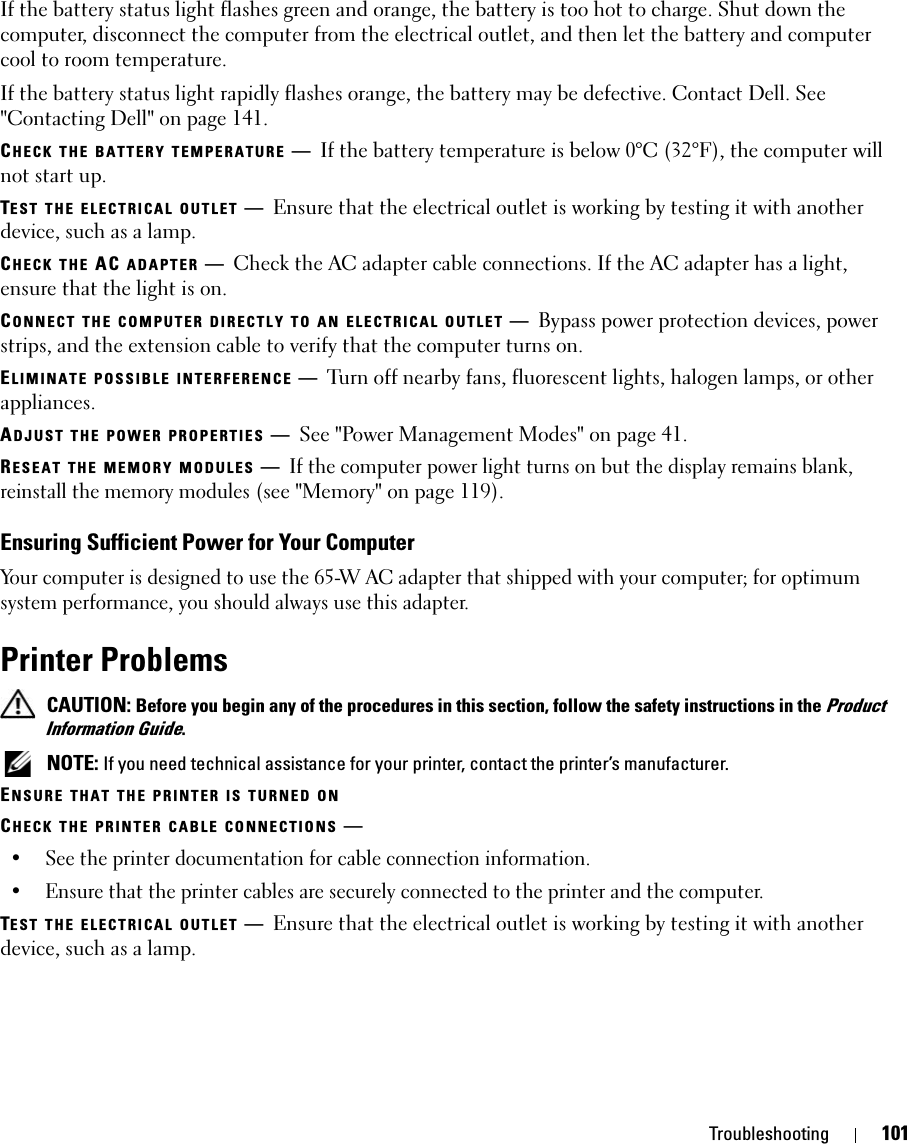
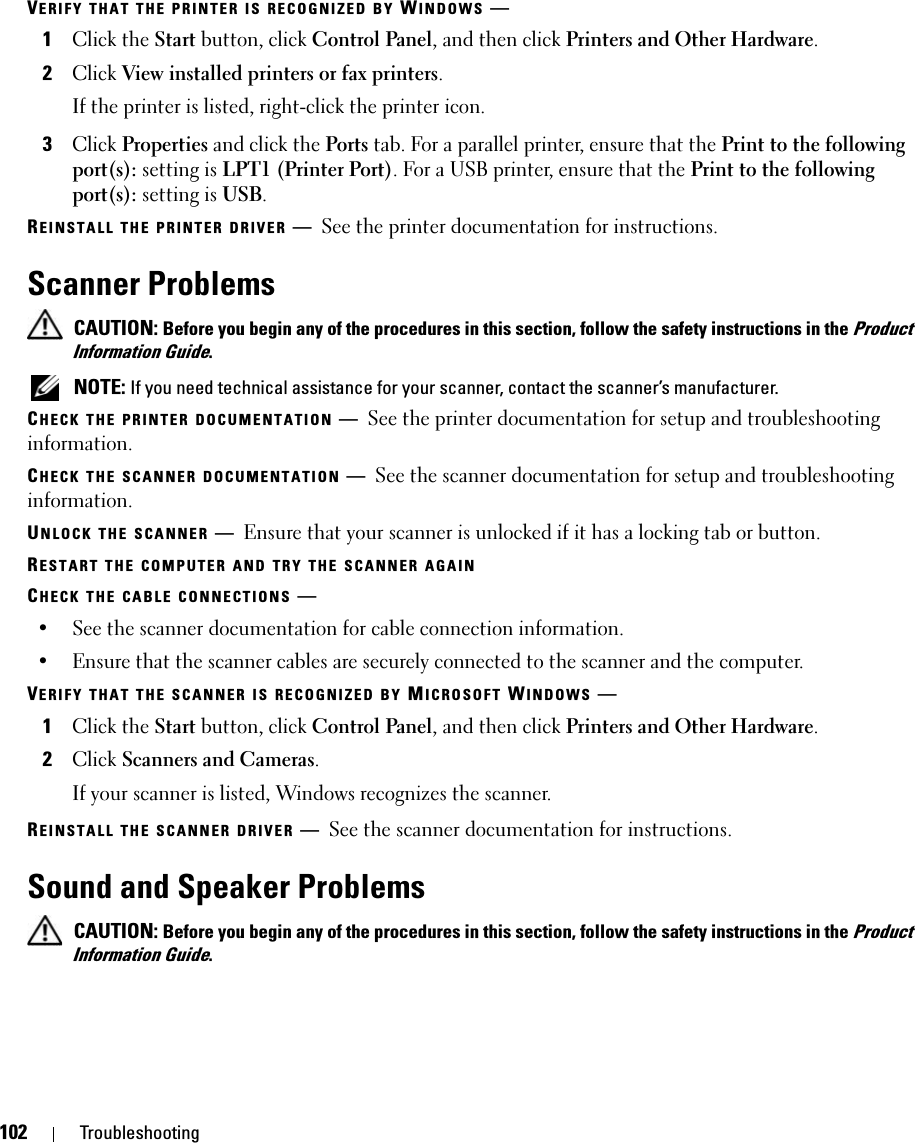
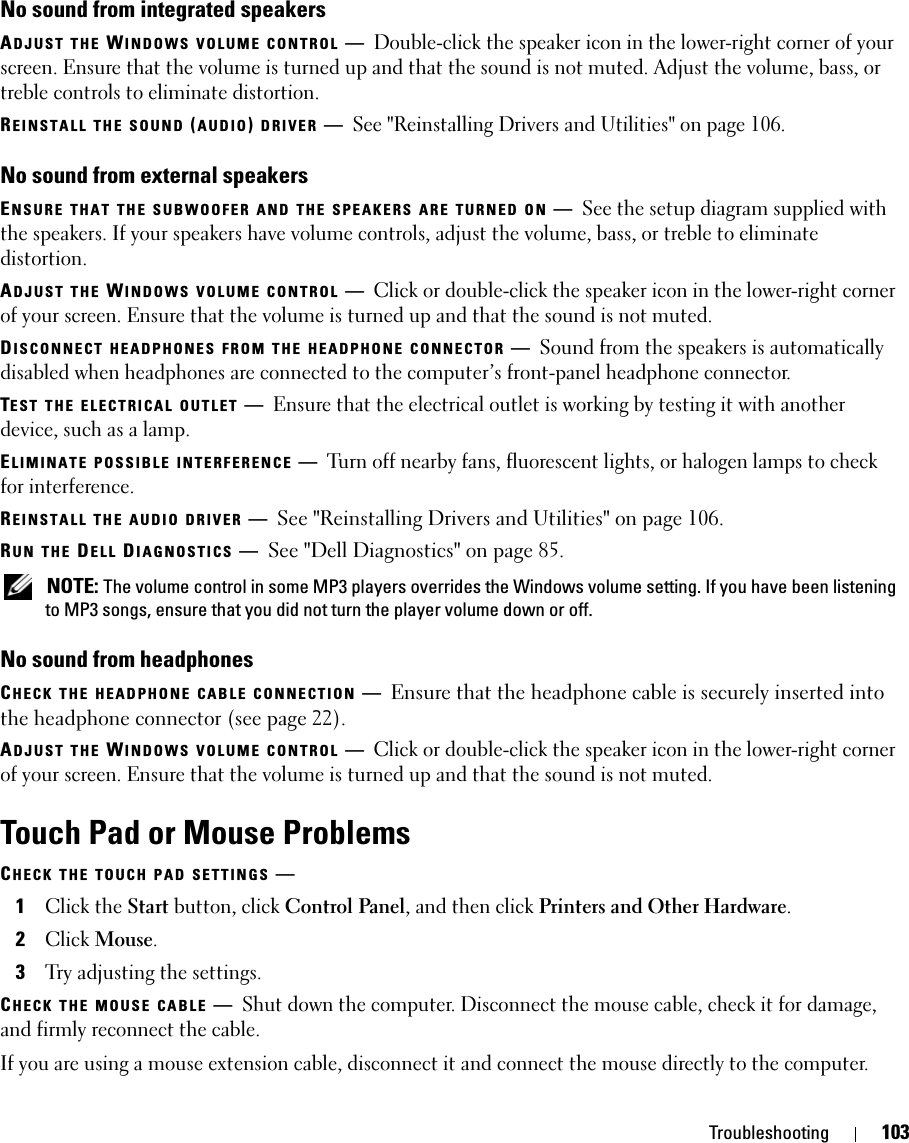
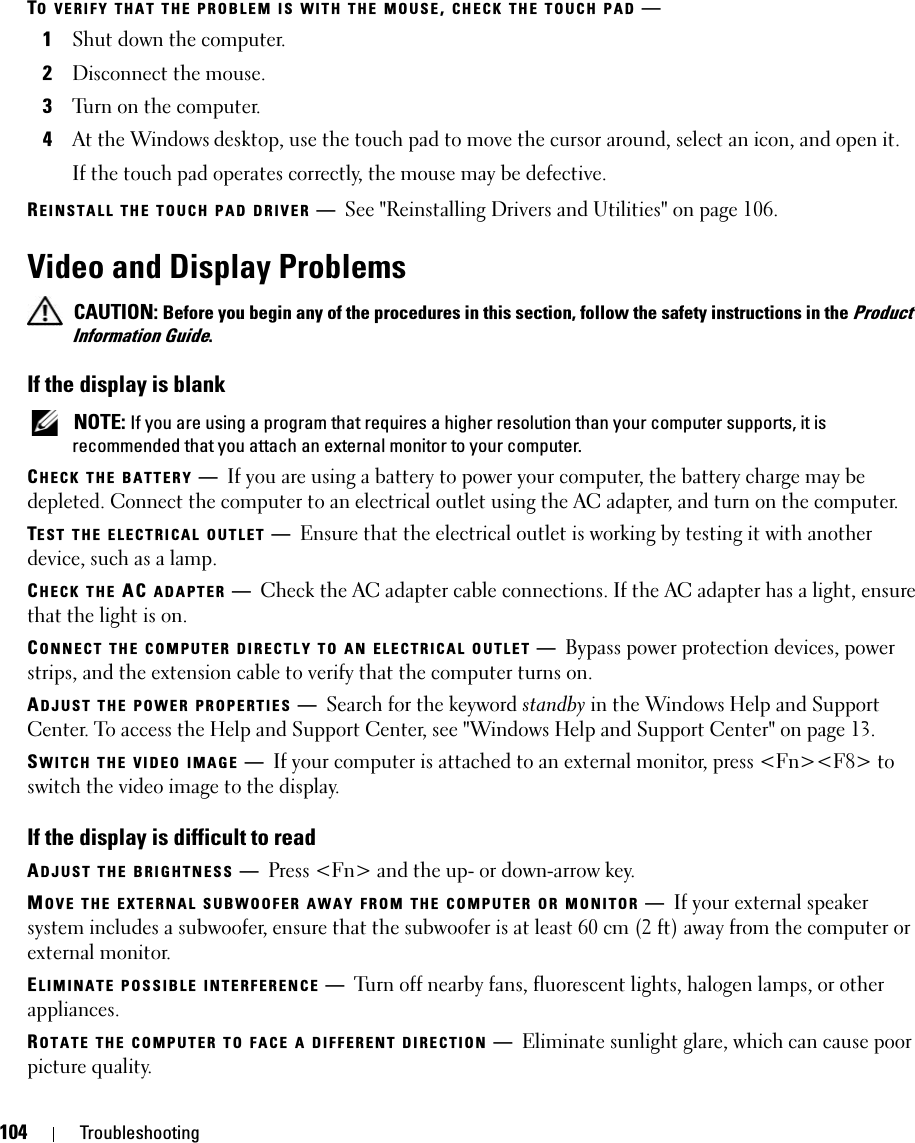
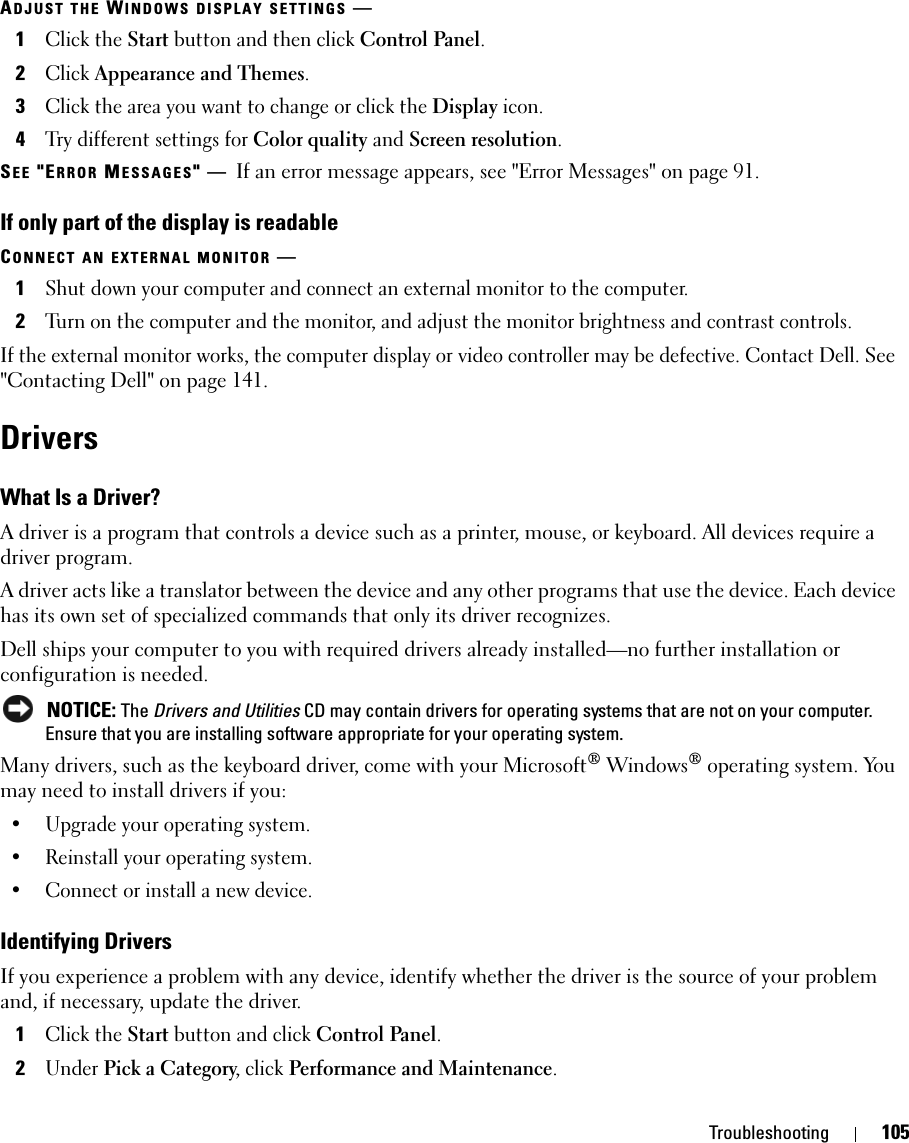
![106 Troubleshooting3Click System.4In the System Properties window, click the Hardware tab.5Click Device Manager.6Scroll down the list to see if any device has an exclamation point (a yellow circle with a [!]) on the device icon.If an exclamation point is next to the device name, you may need to reinstall the driver or install a new driver. See "Reinstalling Drivers and Utilities" on page 106.Reinstalling Drivers and Utilities NOTICE: The Dell Support website at support.dell.com and your Drivers and Utilities CD provide approved drivers for Dell™ computers. If you install drivers obtained from other sources, your computer might not work correctly. NOTE: The Drivers and Utilities CD is optional and may not ship with your computer.Using Windows XP Device Driver RollbackIf a problem occurs on your computer after you install or update a driver, use Windows XP Device Driver Rollback to replace the driver with the previously installed version.1Click the Start button and click Control Panel.2Under Pick a Category, click Performance and Maintenance.3Click System.4In the System Properties window, click the Hardware tab.5Click Device Manager.6Right-click the device for which the new driver was installed and click Properties.7Click the Drivers tab.8Click Roll Back Driver.If Device Driver Rollback does not resolve the problem, then use System Restore (see "Using Microsoft Windows XP System Restore" on page 108) to return your computer to the operating state that existed before you installed the new driver.Using the Drivers and Utilities CD NOTE: The Drivers and Utilities CD is optional and may not ship with your computer.If using Device Driver Rollback or System Restore does not resolve the problem, then reinstall the driver from the Drivers and Utilities CD.1Save and close any open files, and exit any open programs. 2Insert the Drivers and Utilities CD.In most cases, the CD starts running automatically. If it does not, start Windows Explorer, click your CD drive directory to display the CD contents, and then double-click the autorcd.exe file. The first](https://usermanual.wiki/Novatel-Wireless/NRM-EU860D.User-Manual-M1210/User-Guide-789273-Page-106.png)
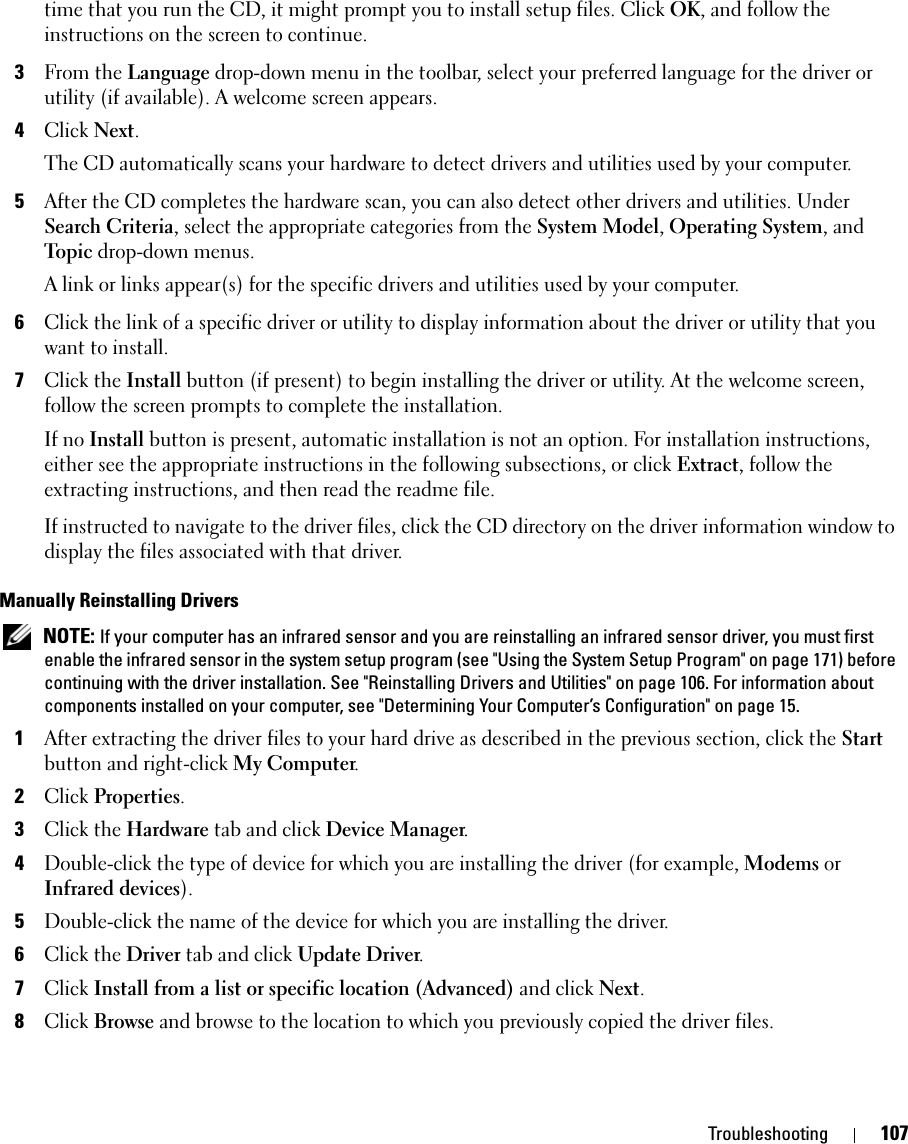
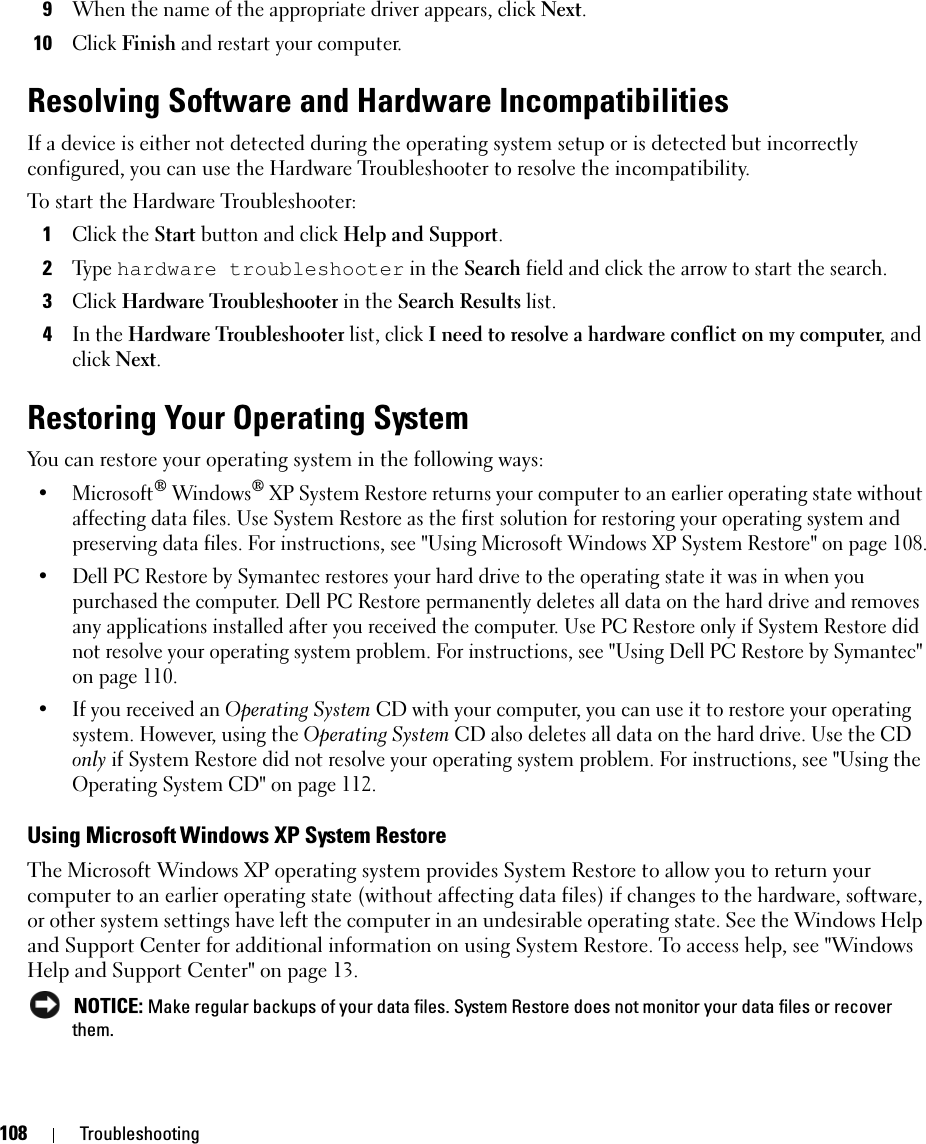
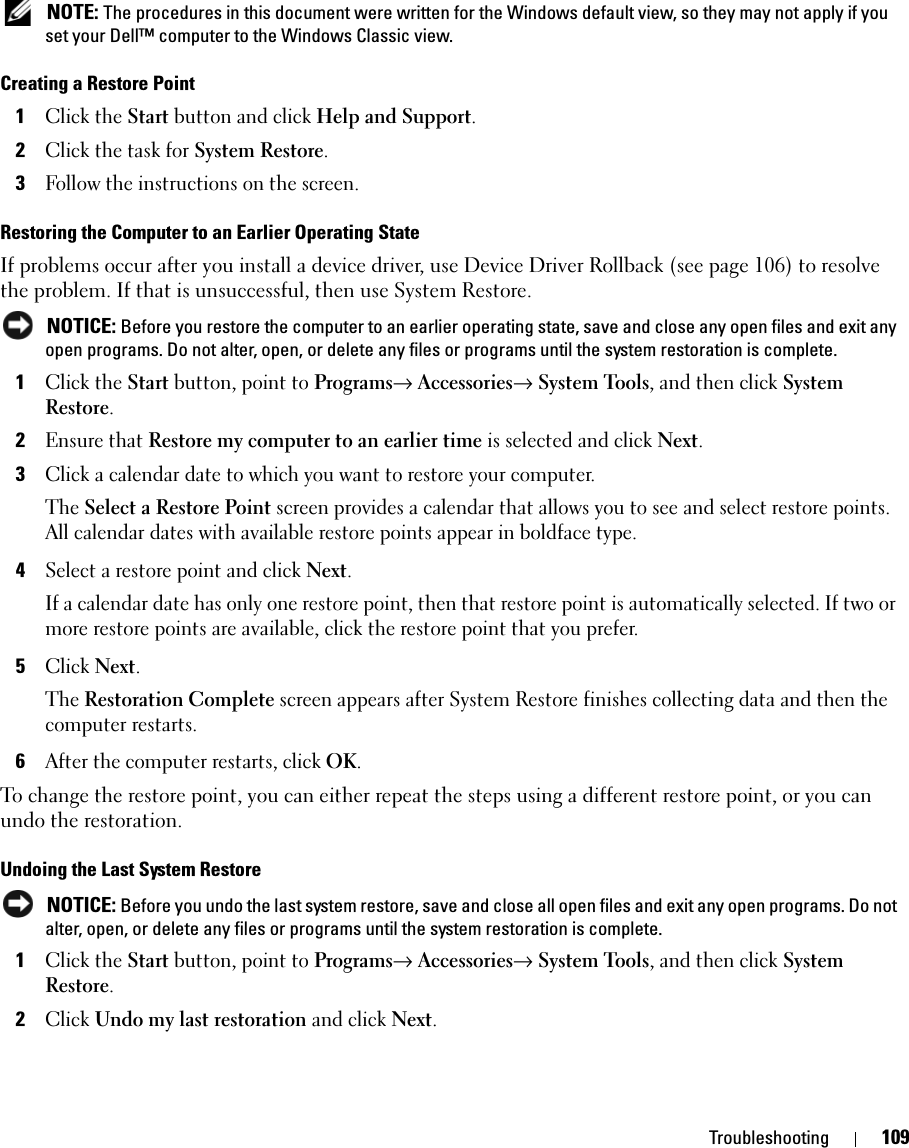
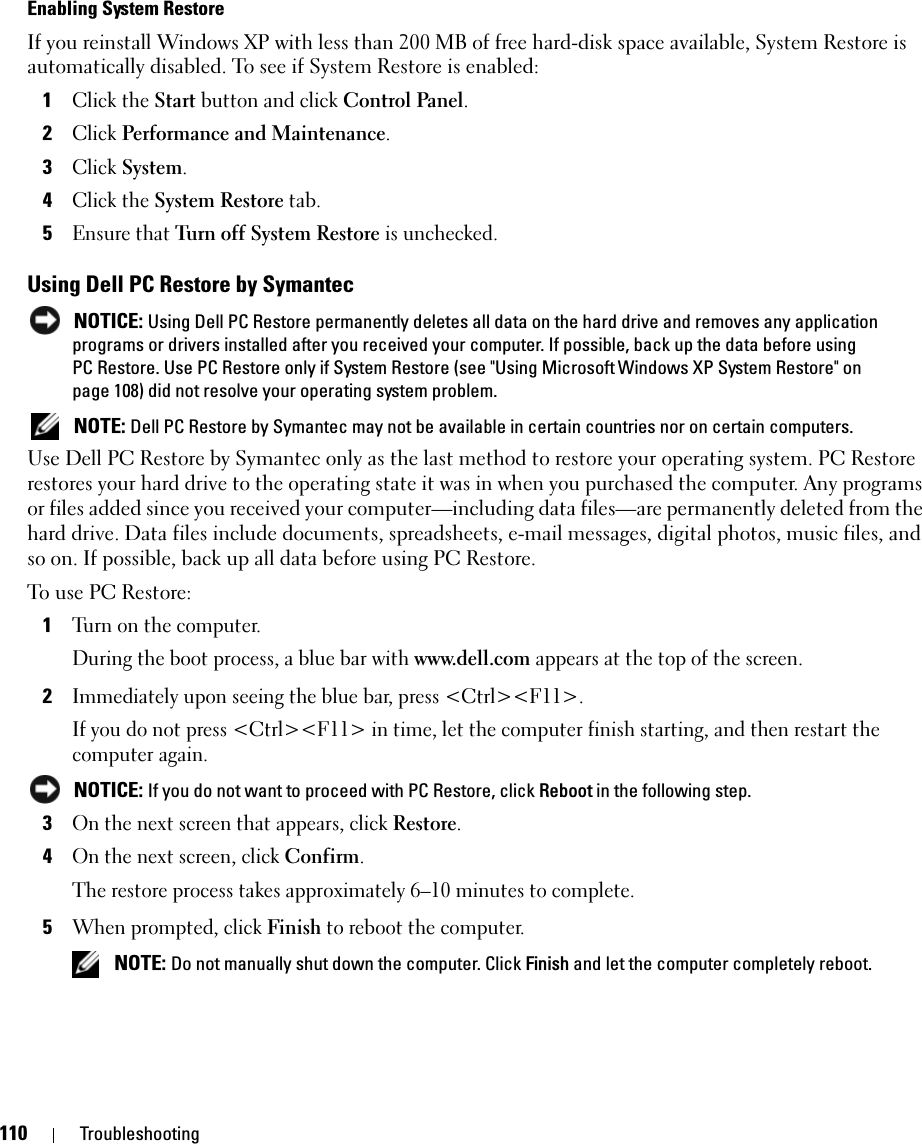
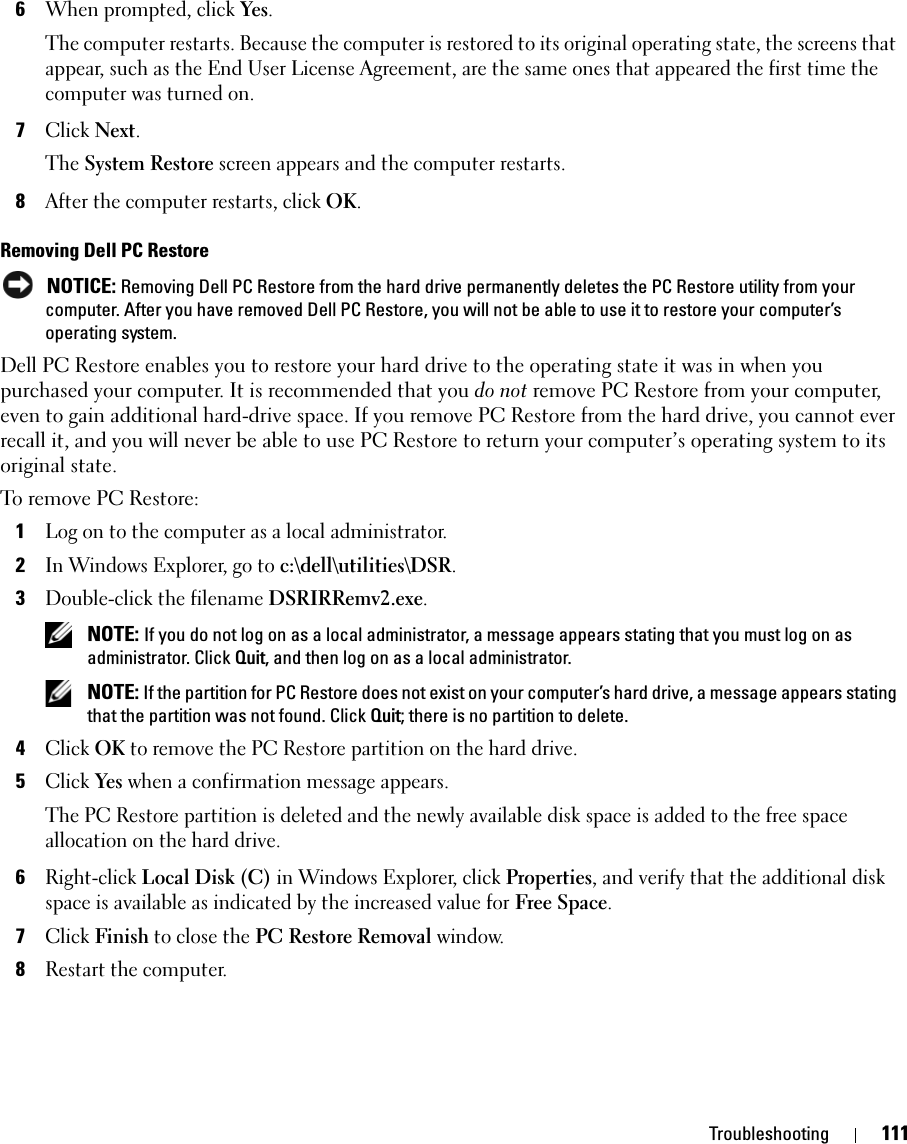
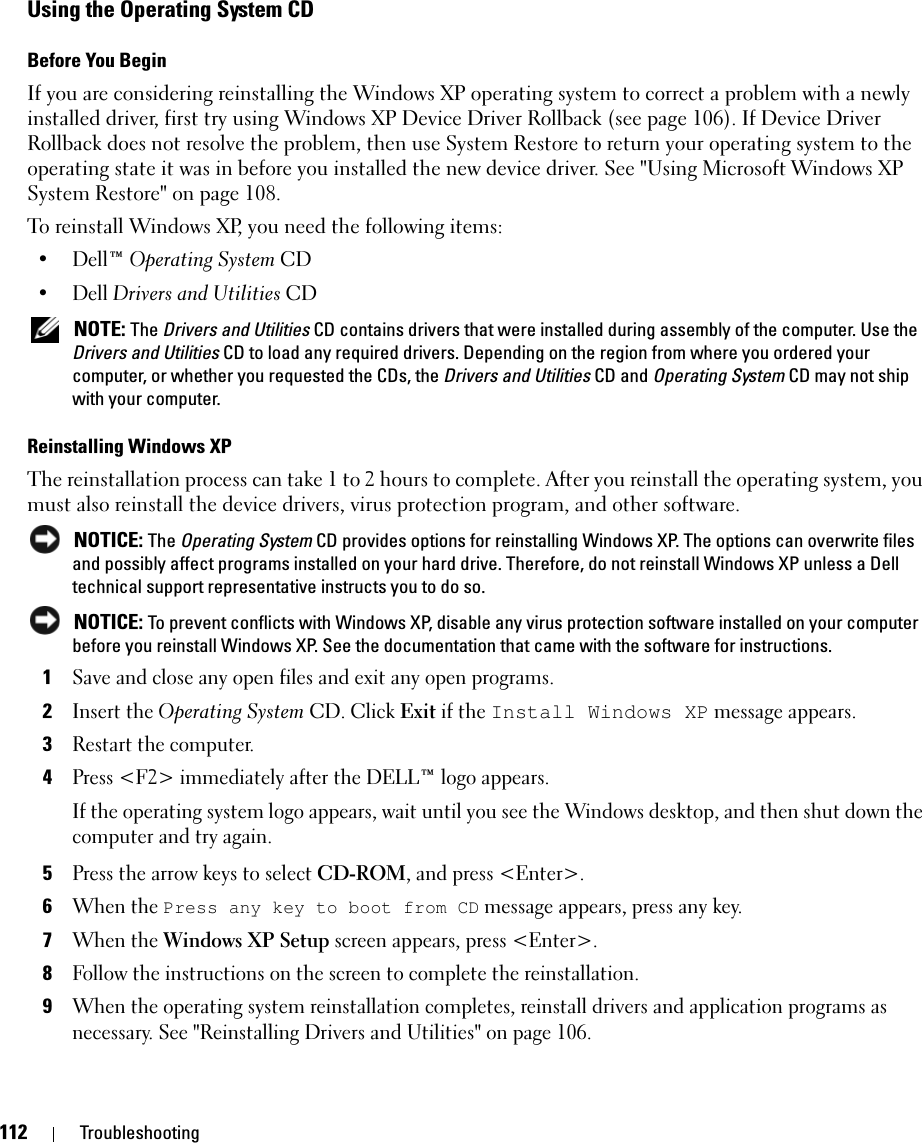
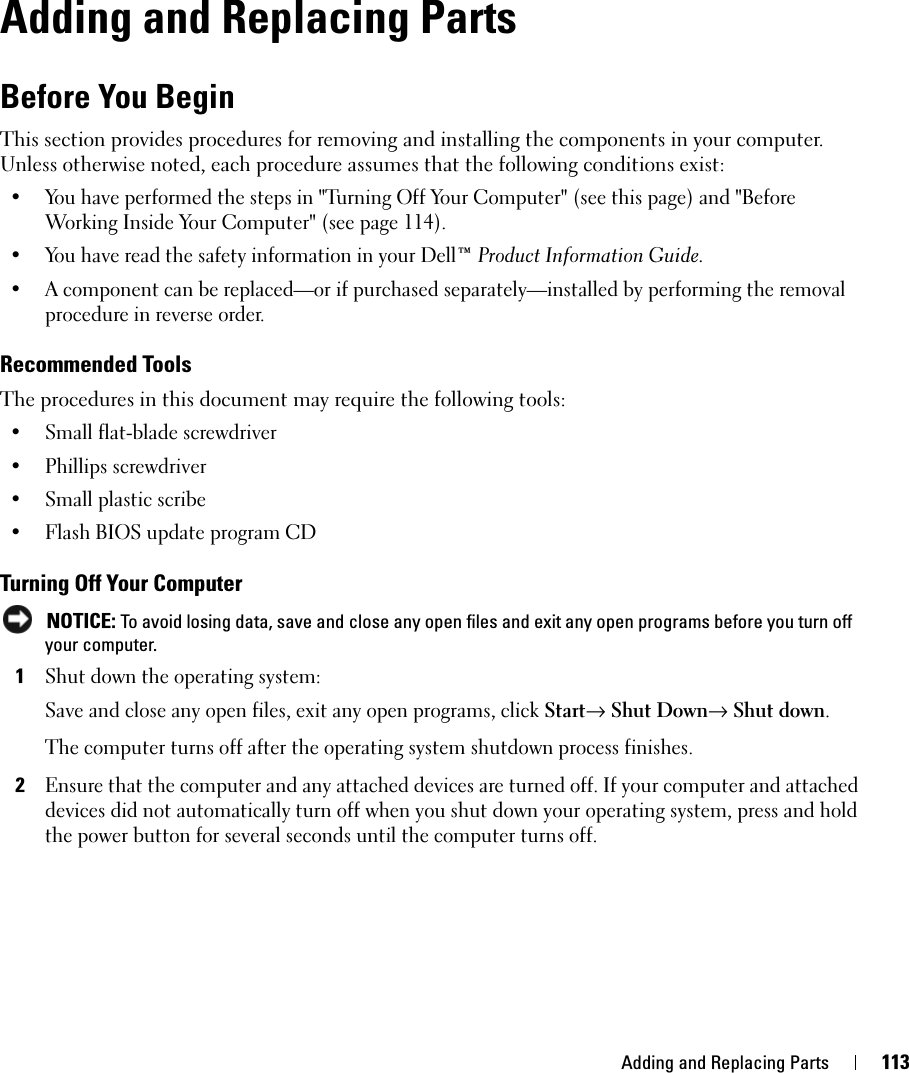
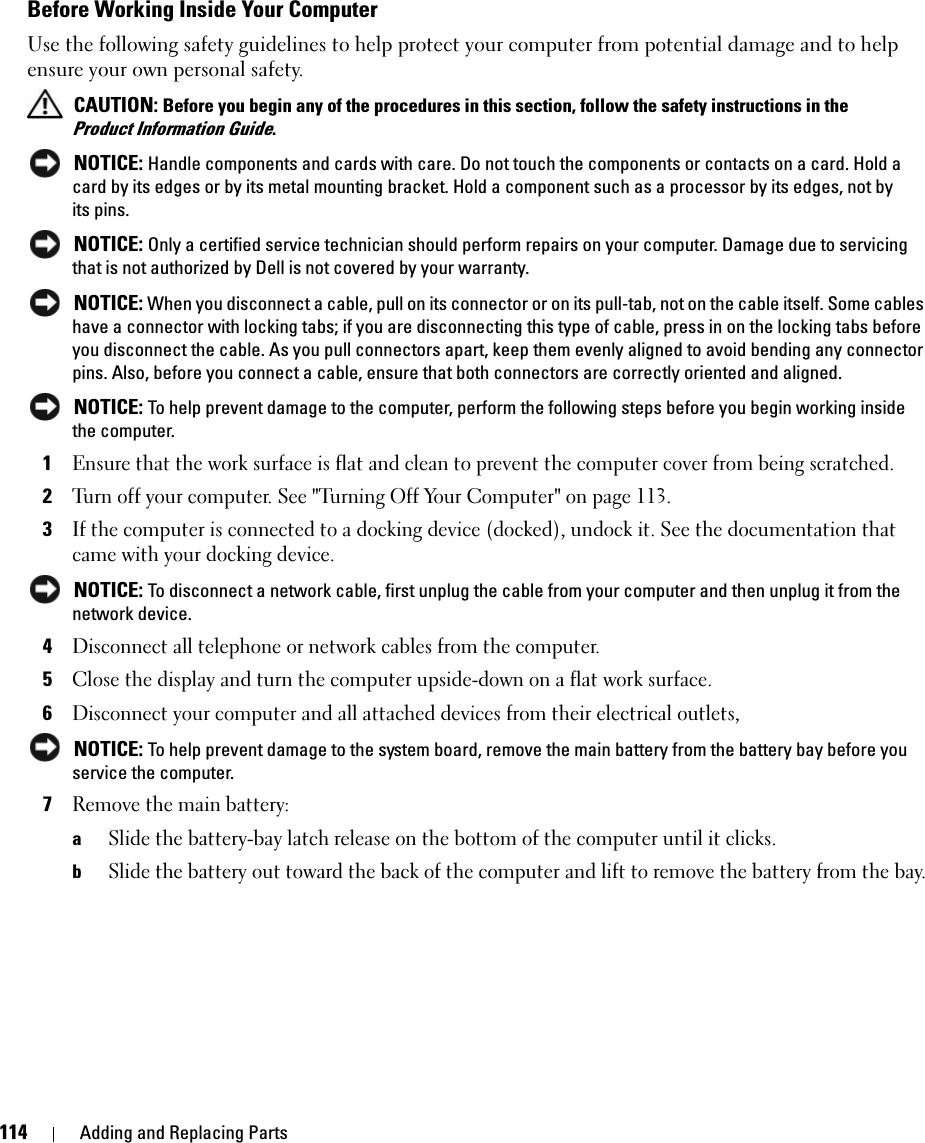
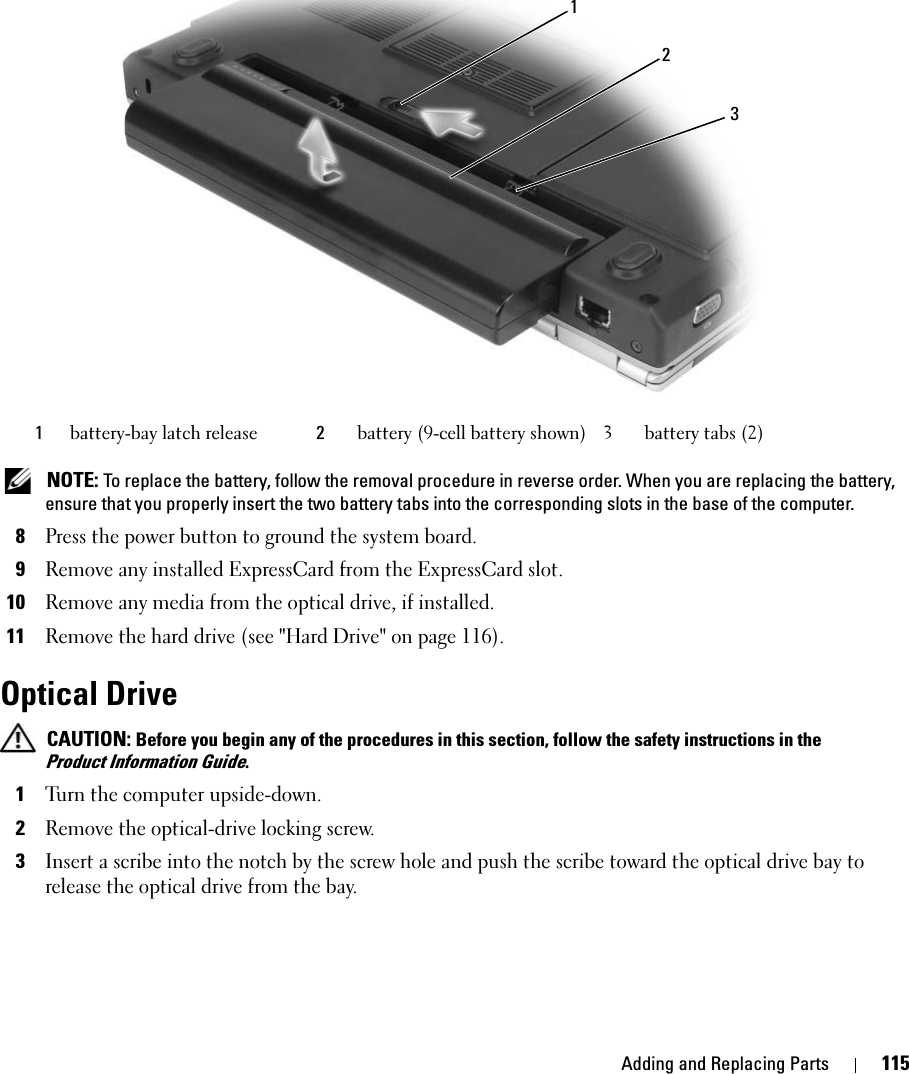
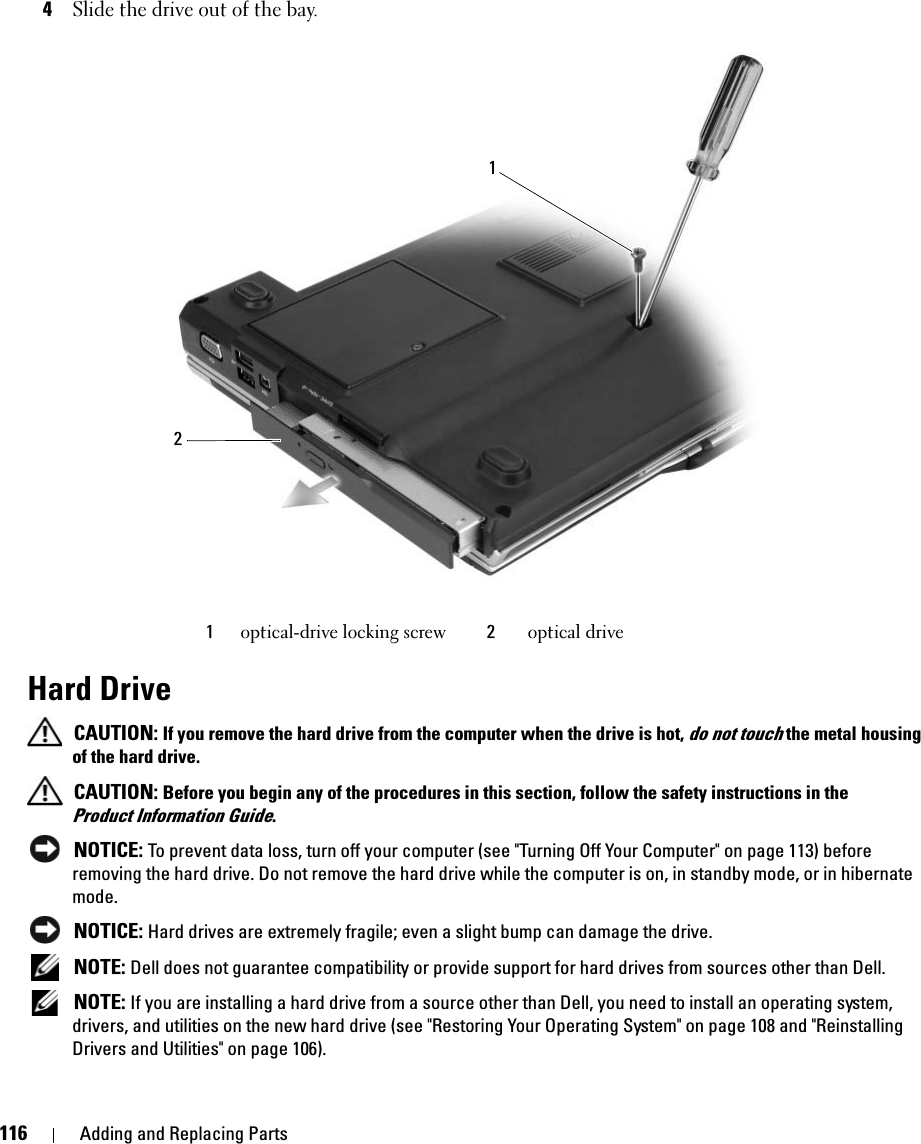
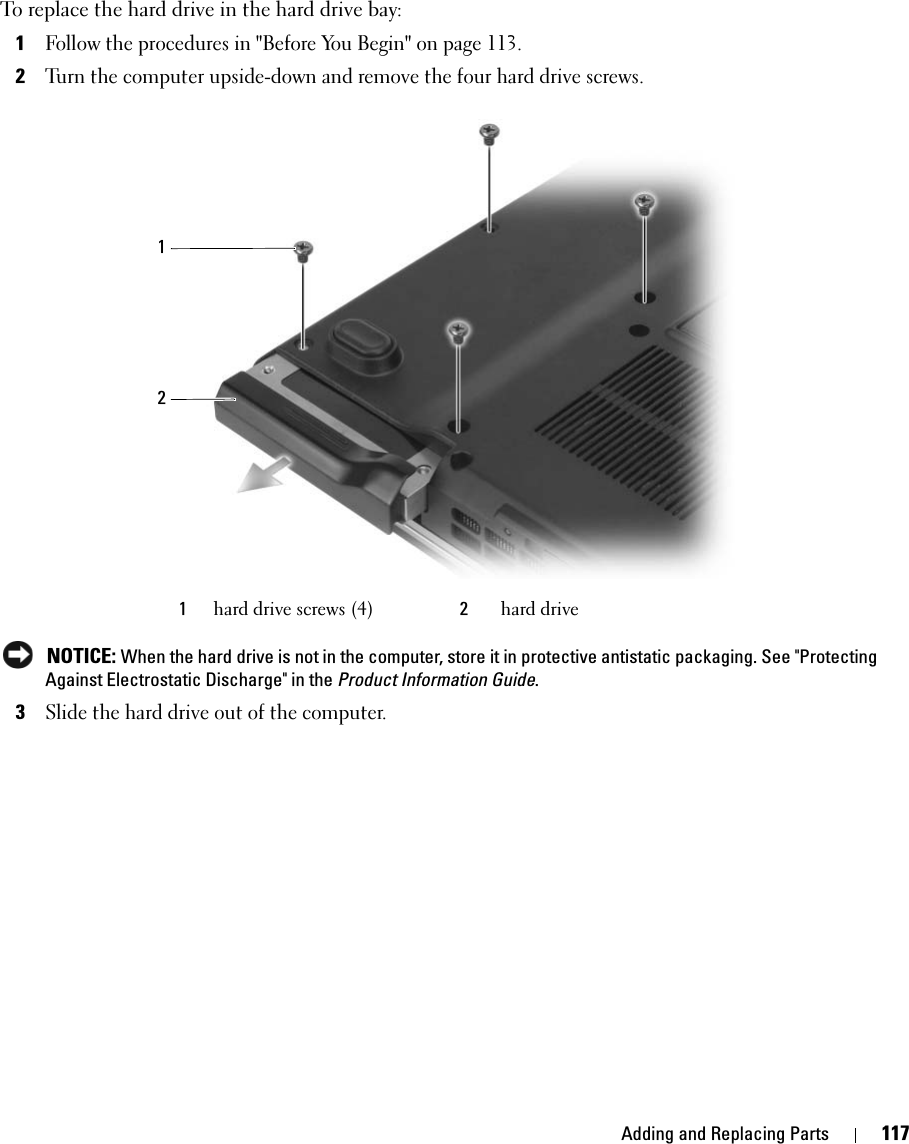
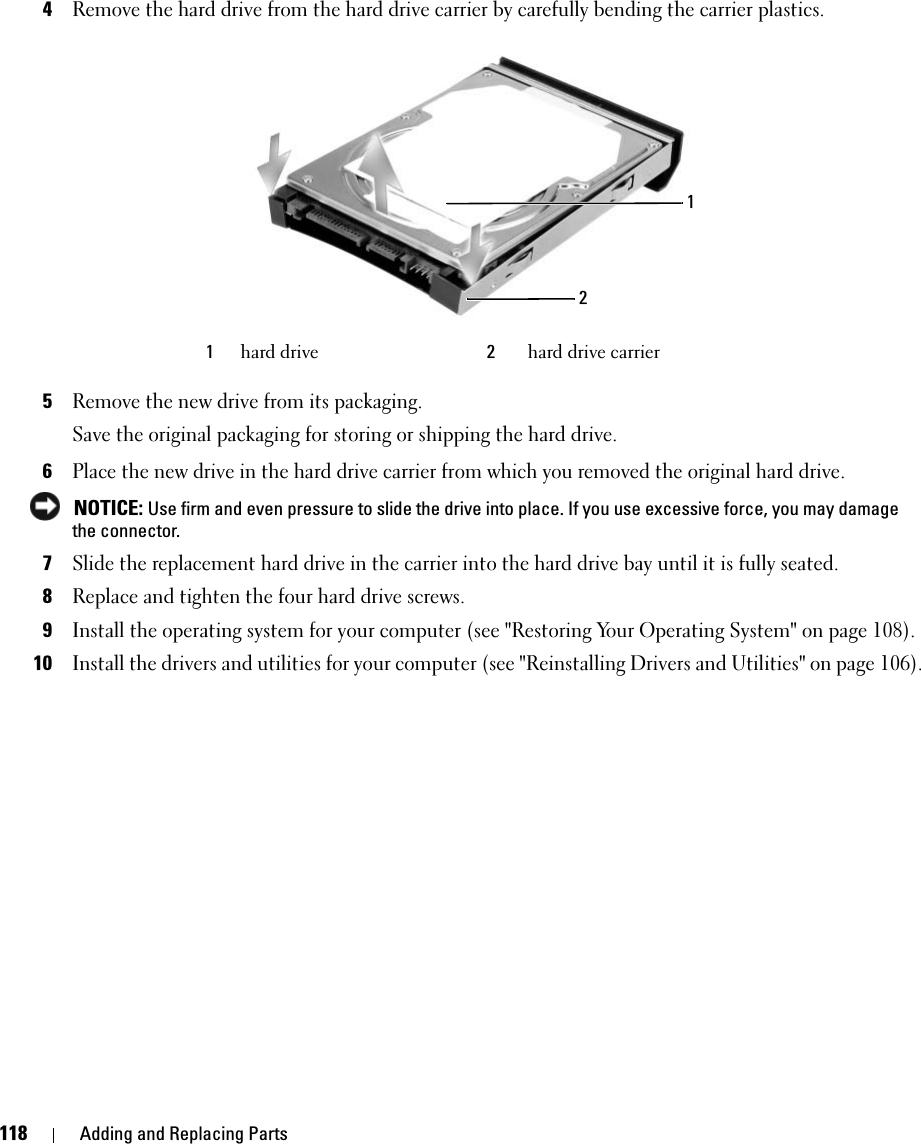
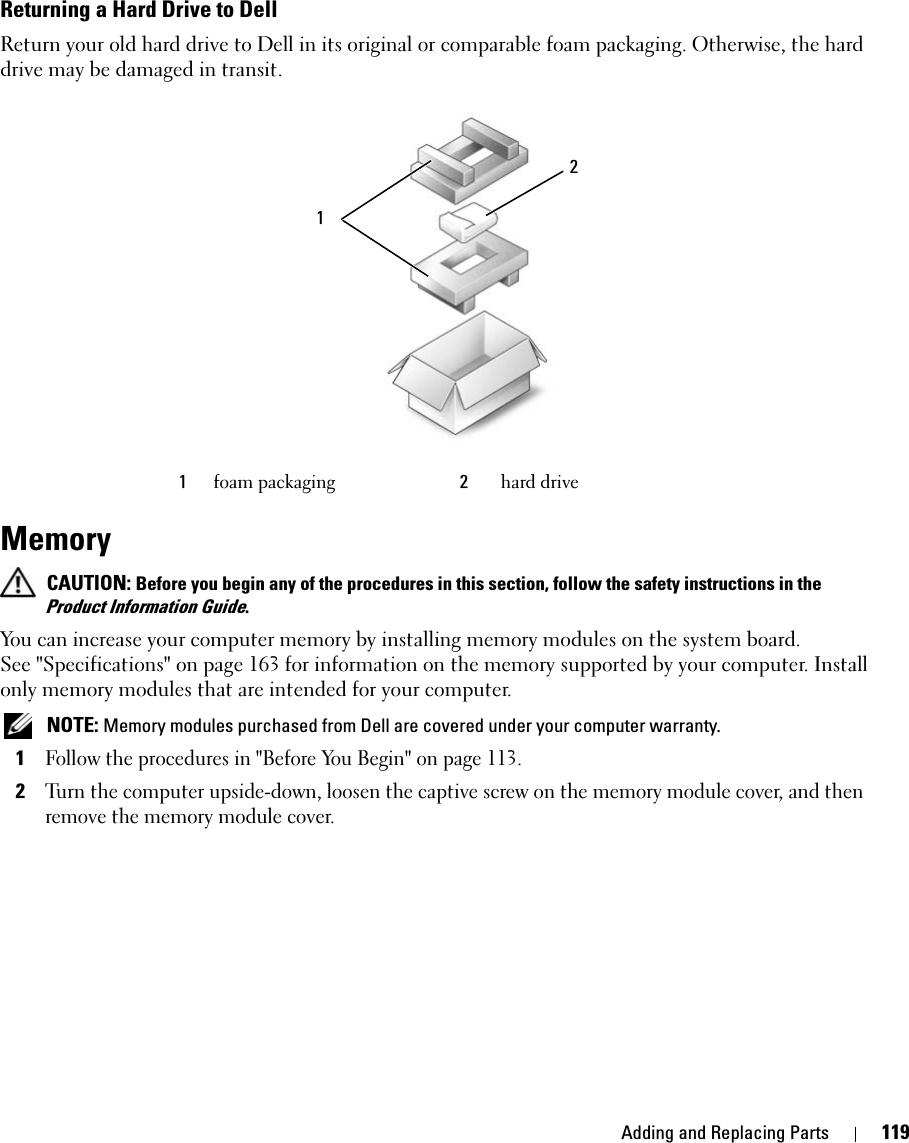
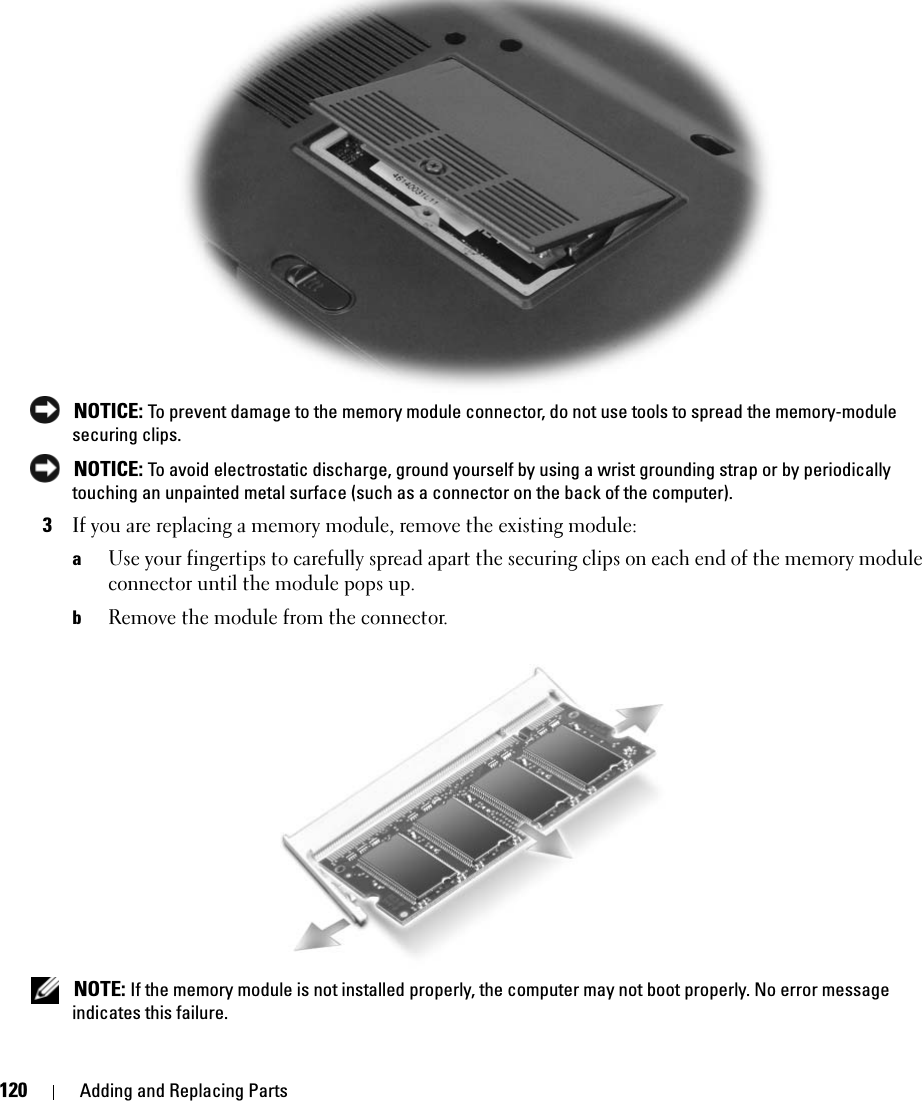
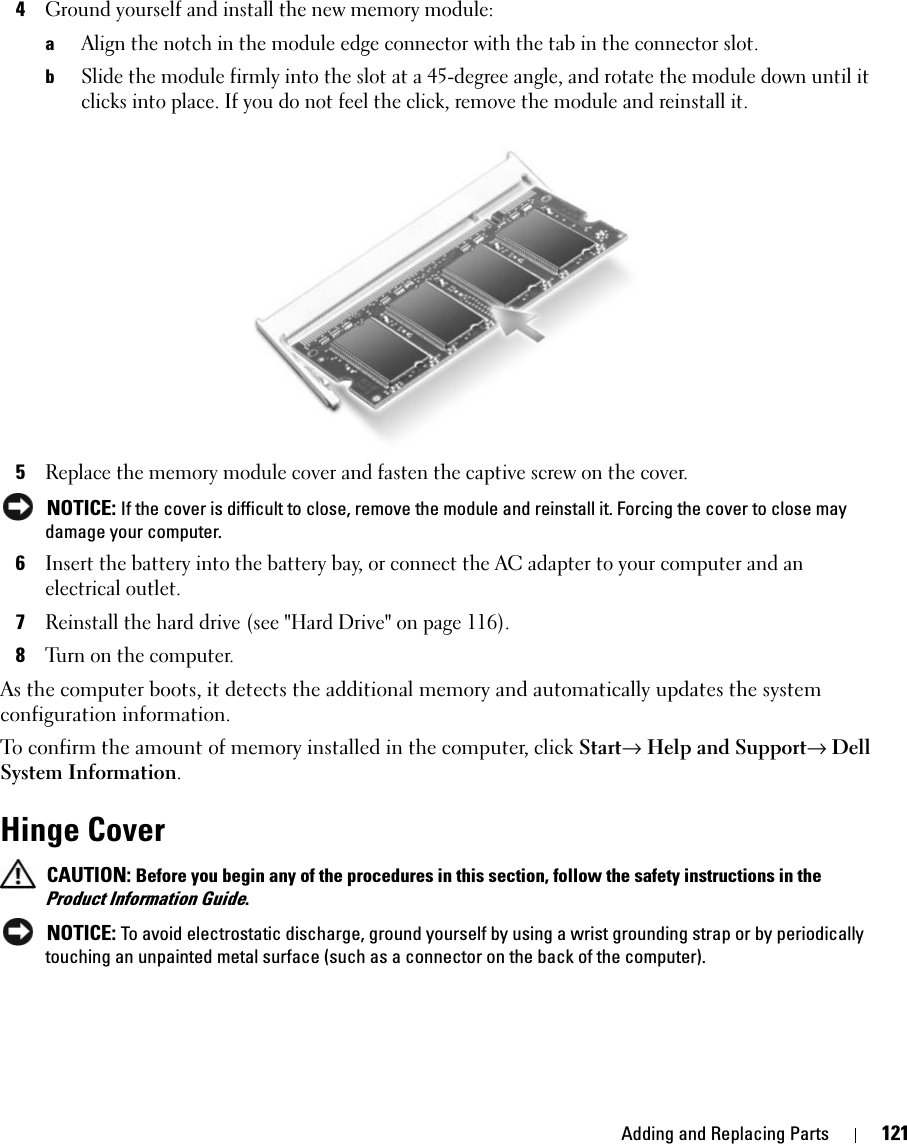
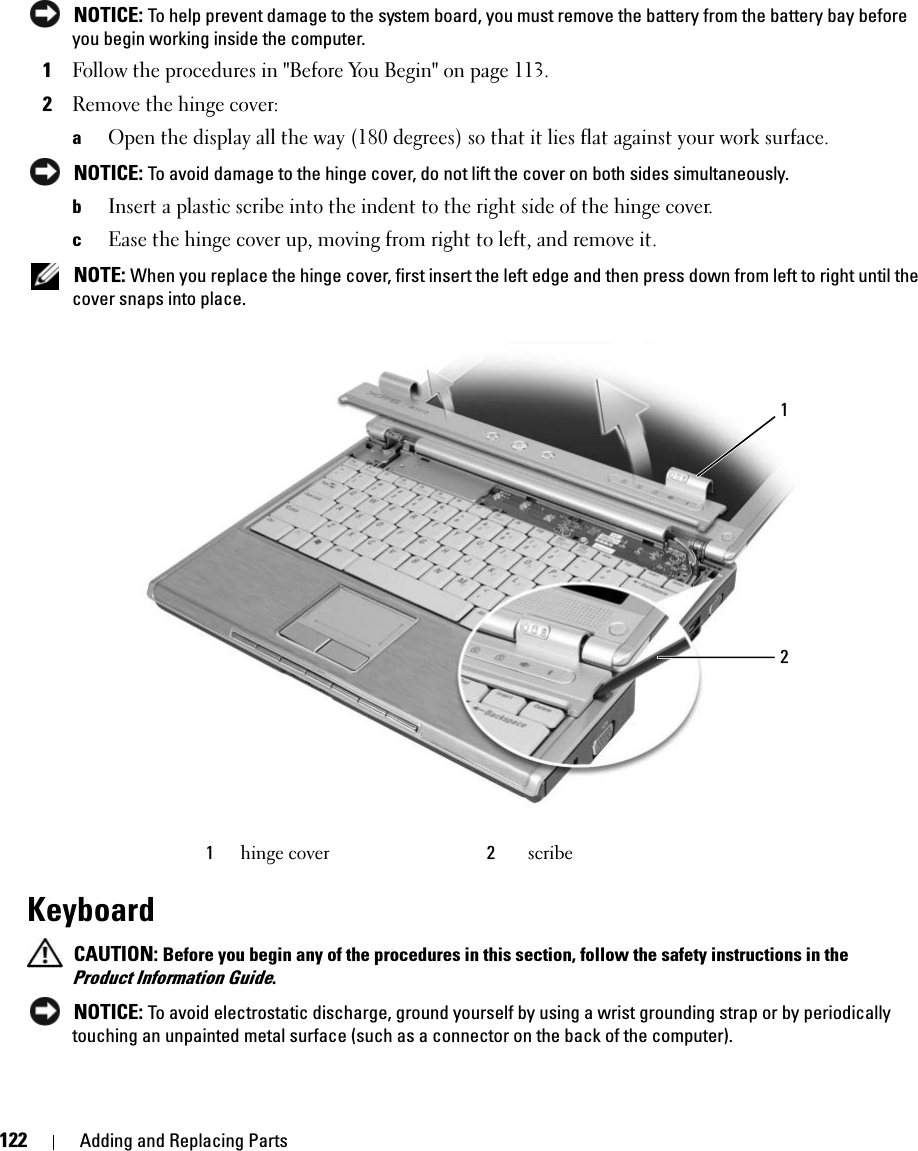
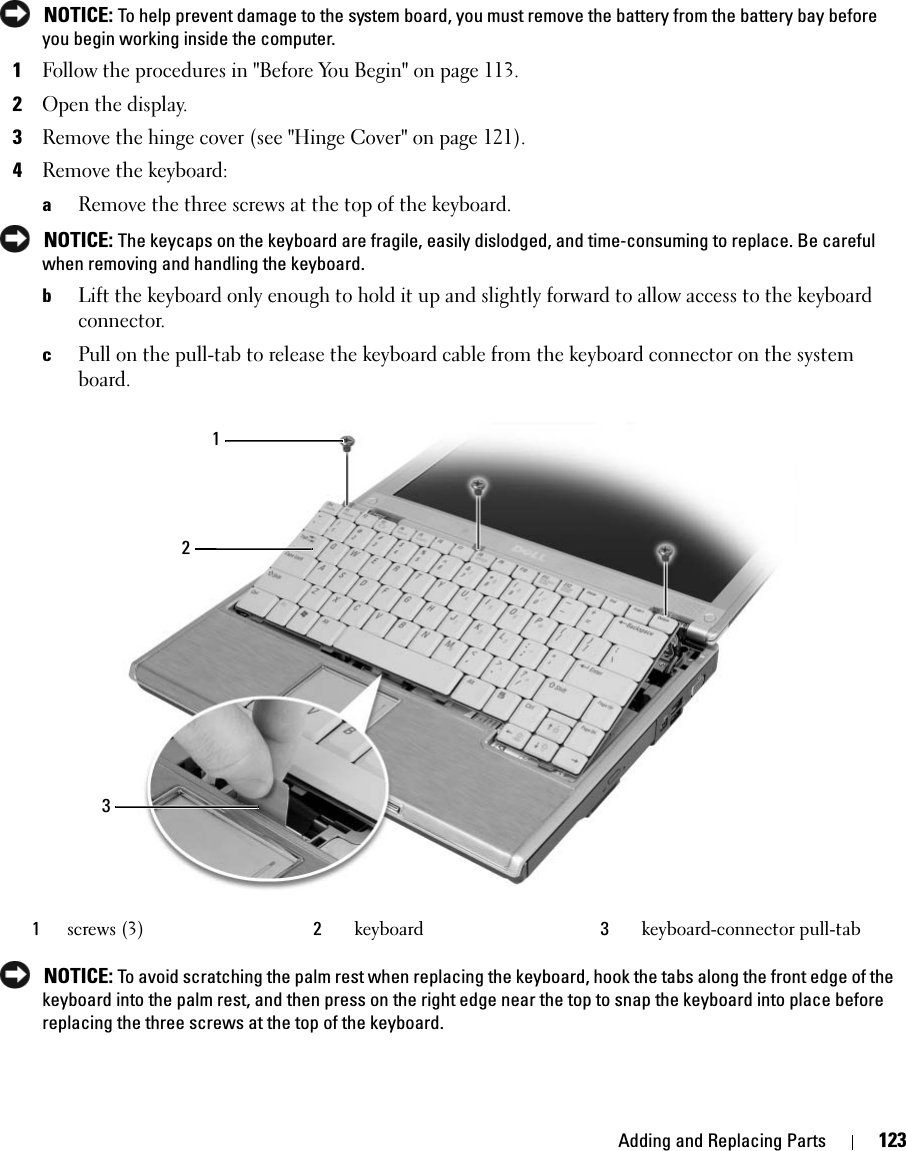
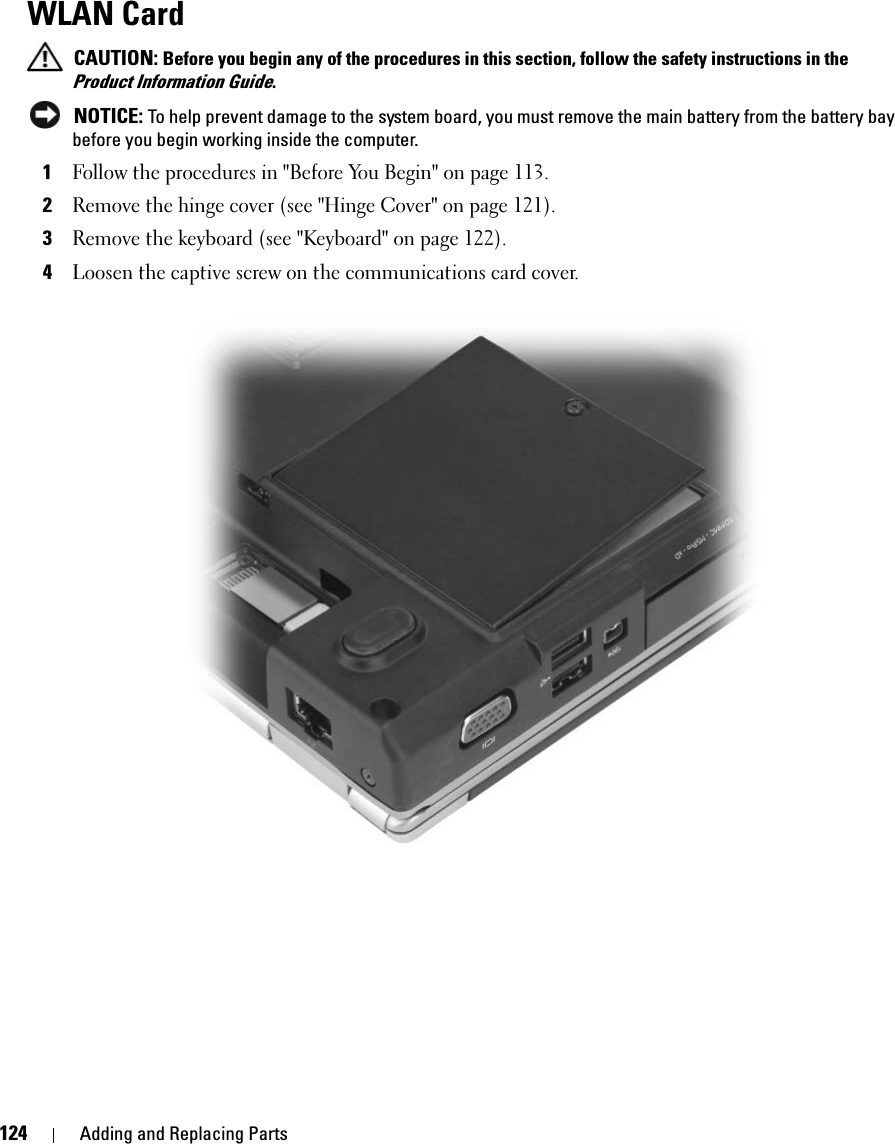
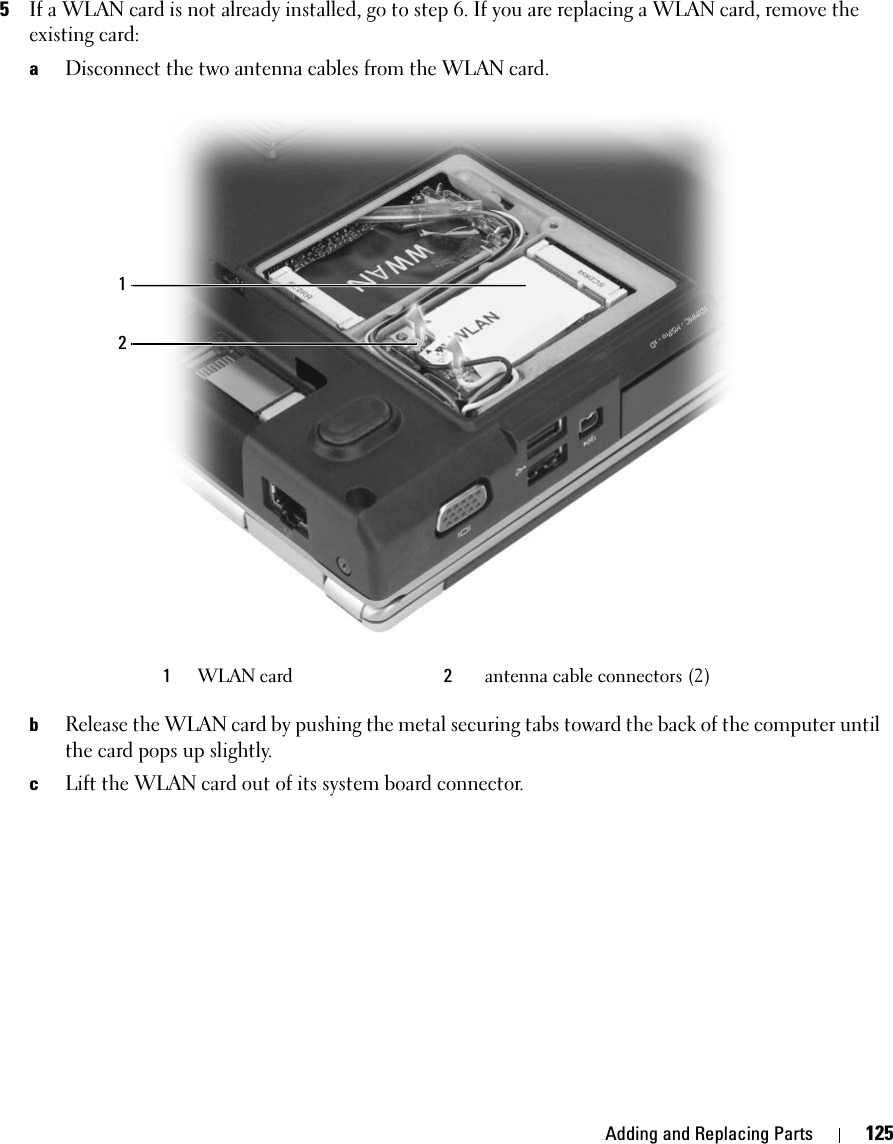
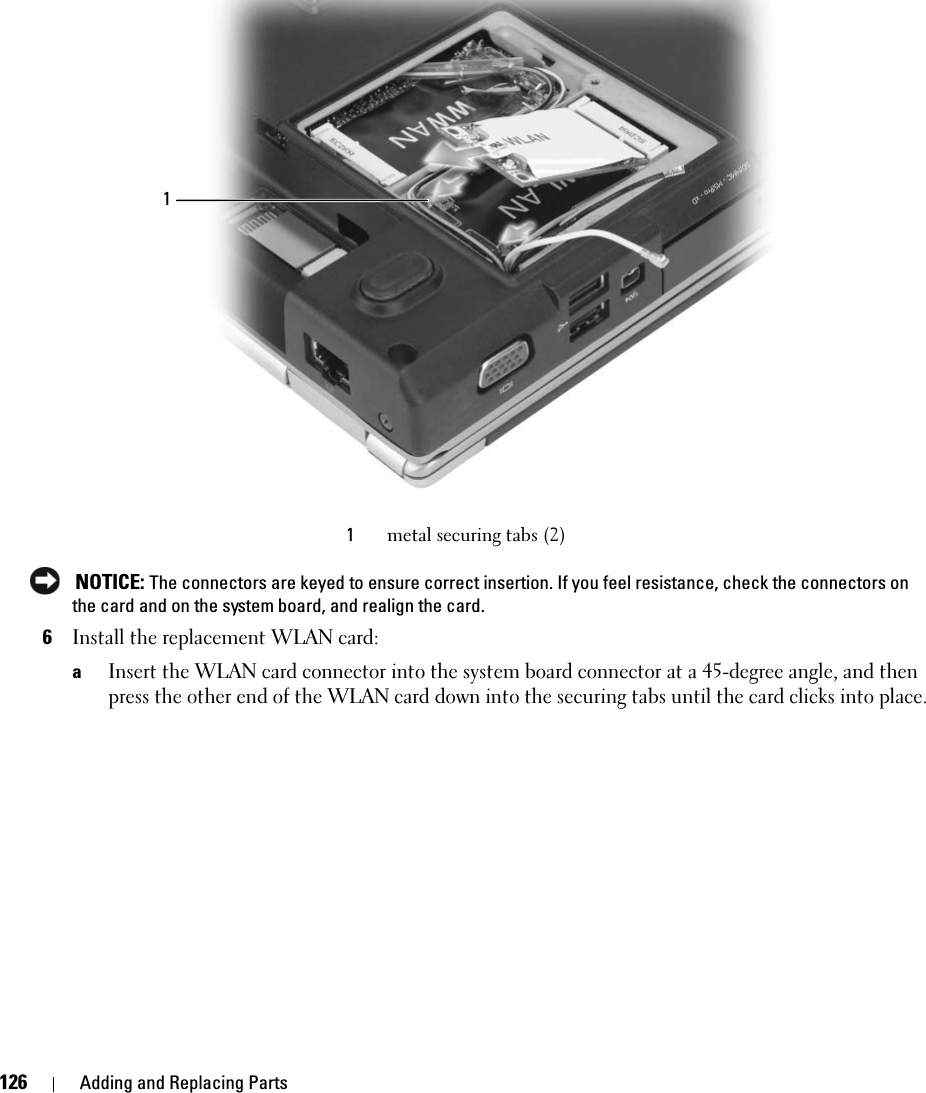
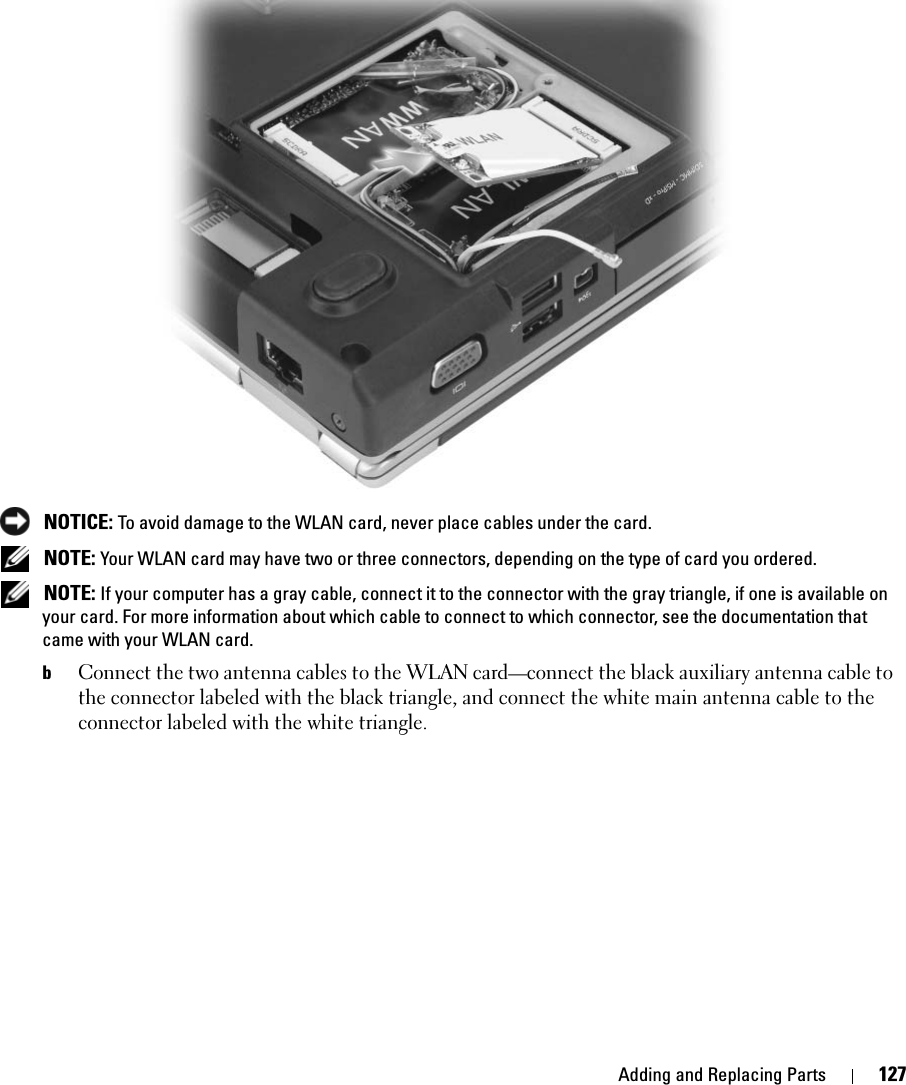
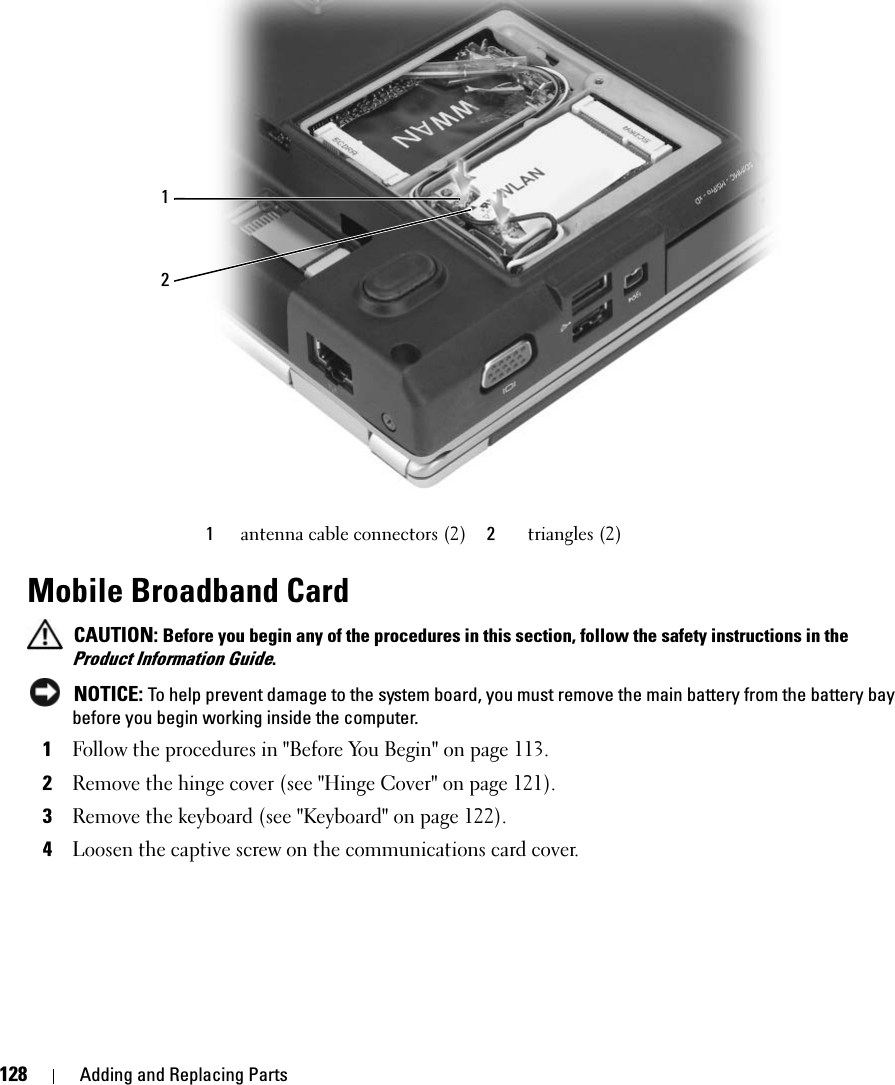
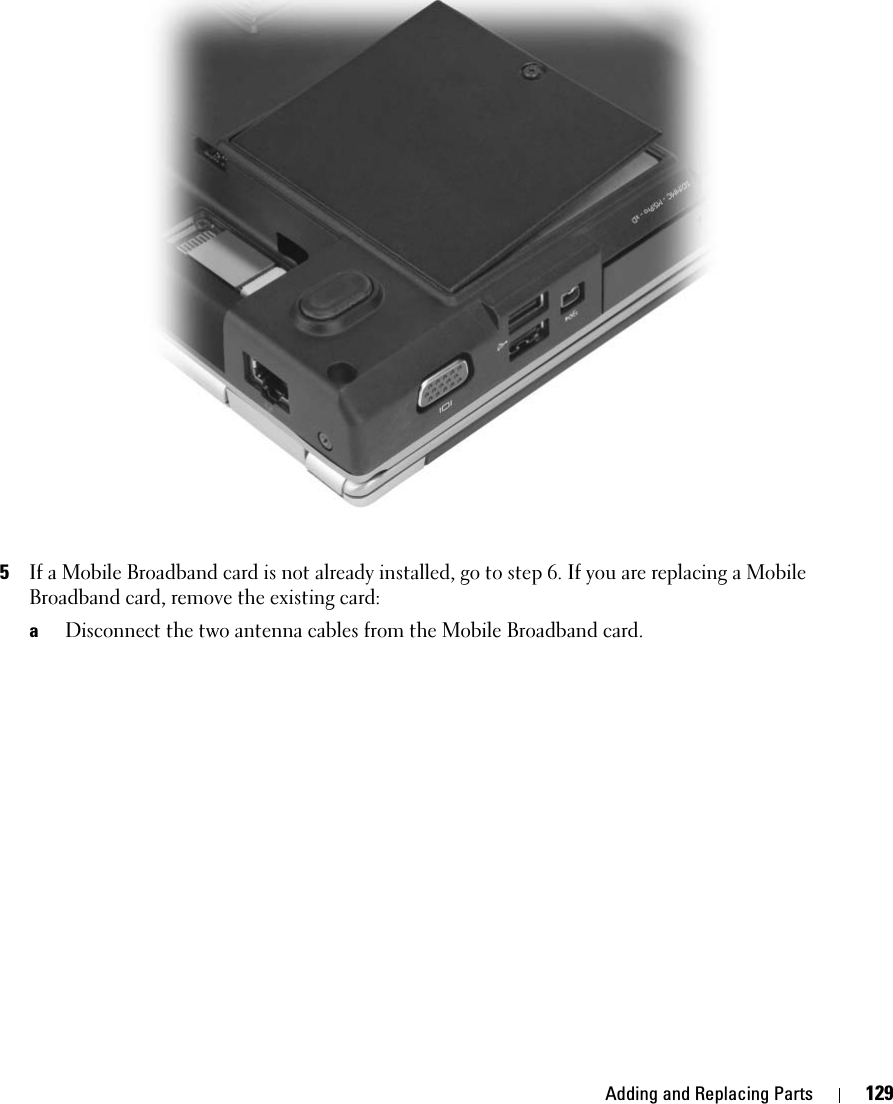
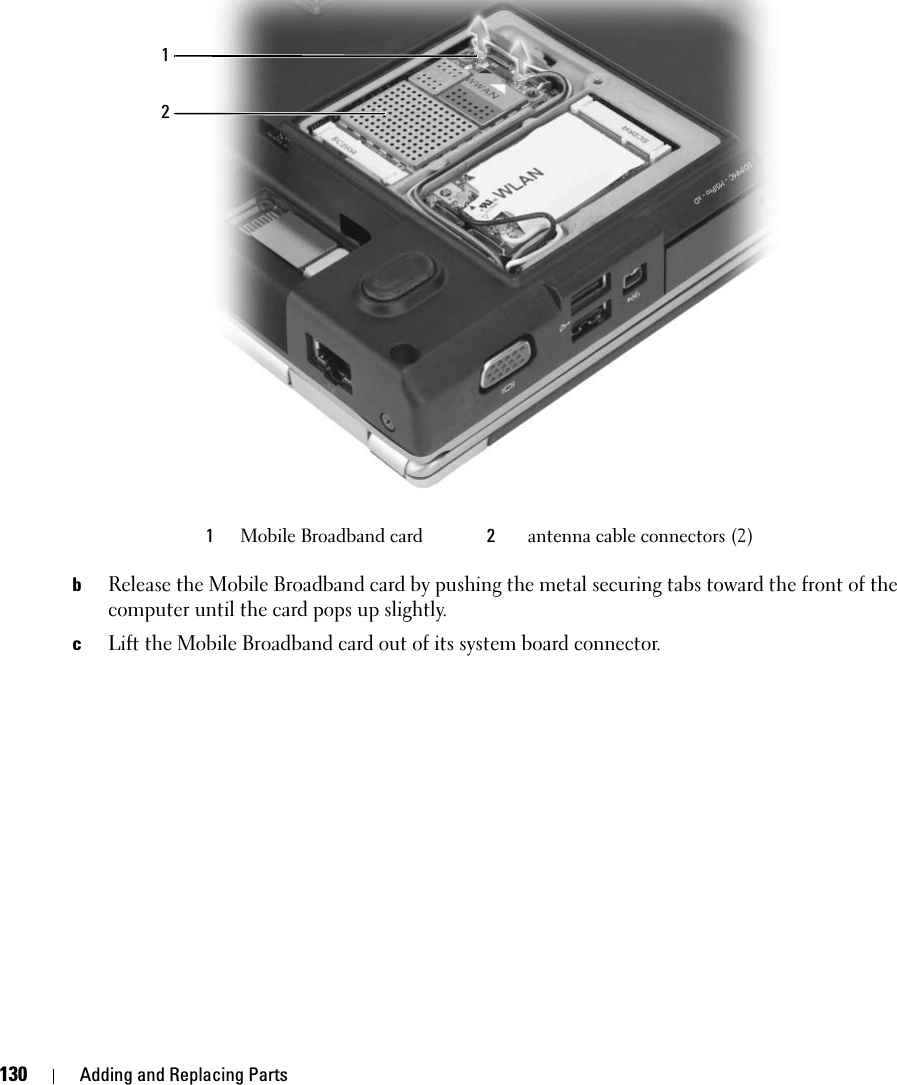
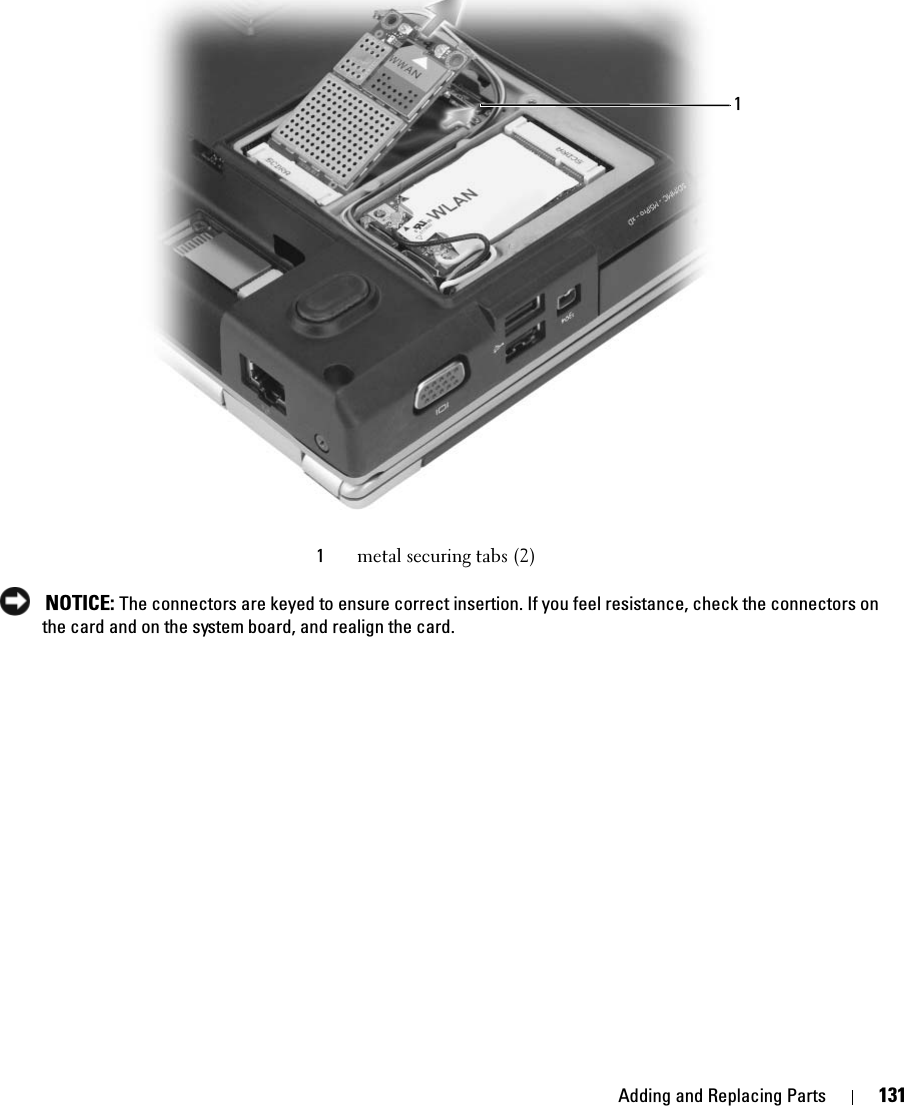
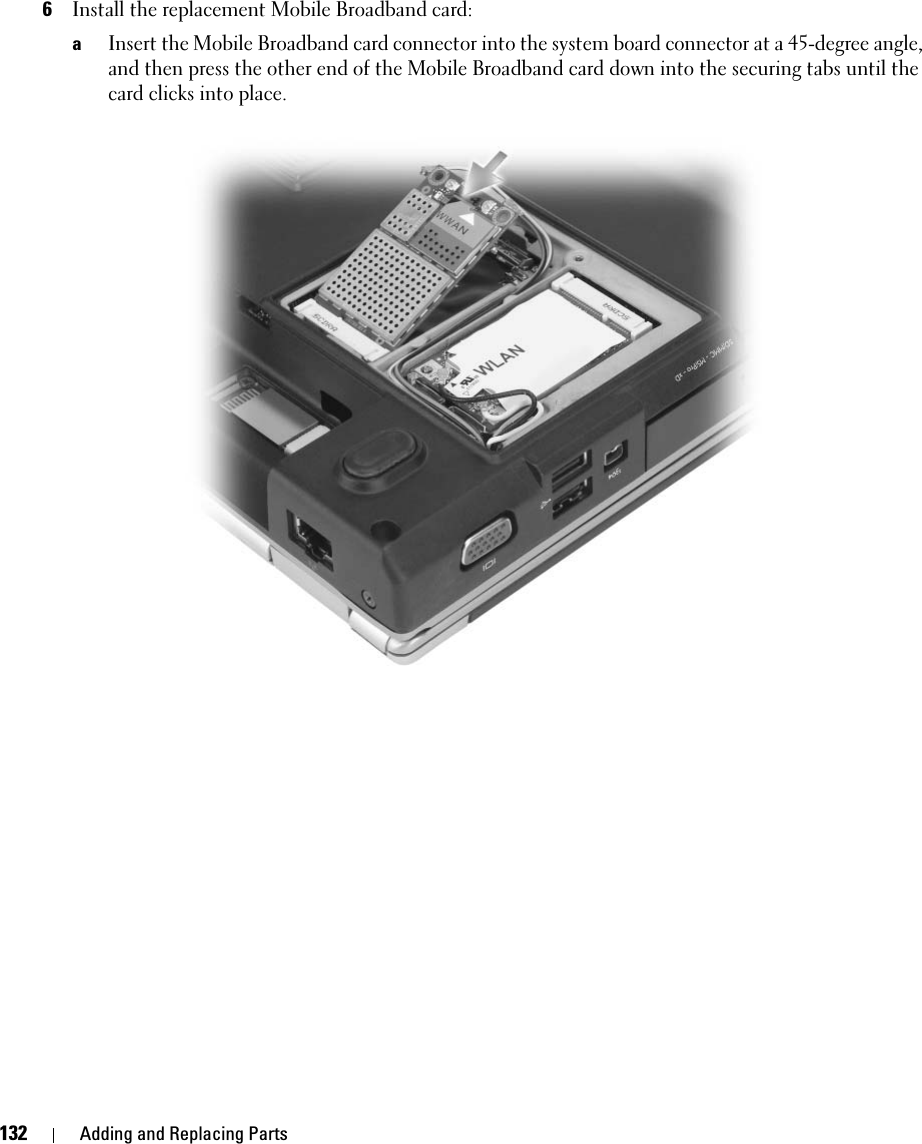
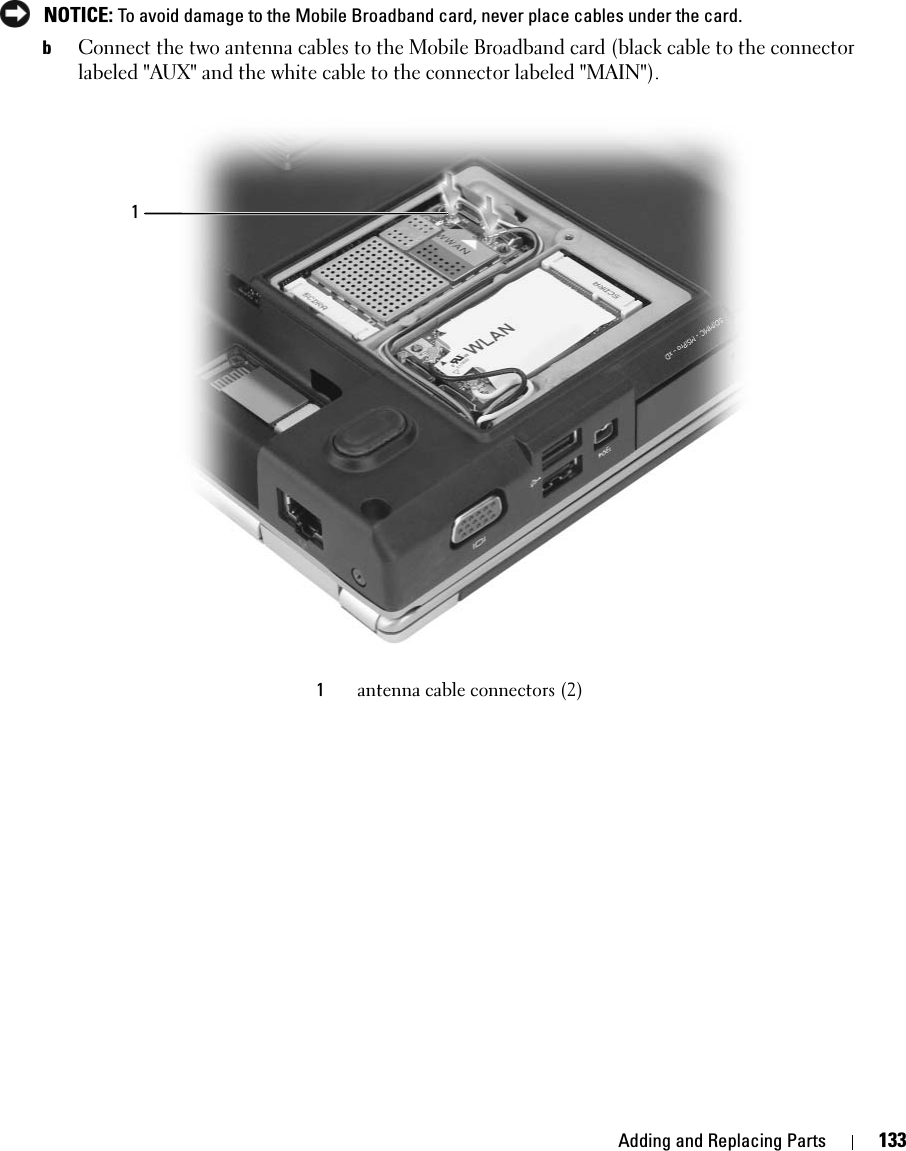
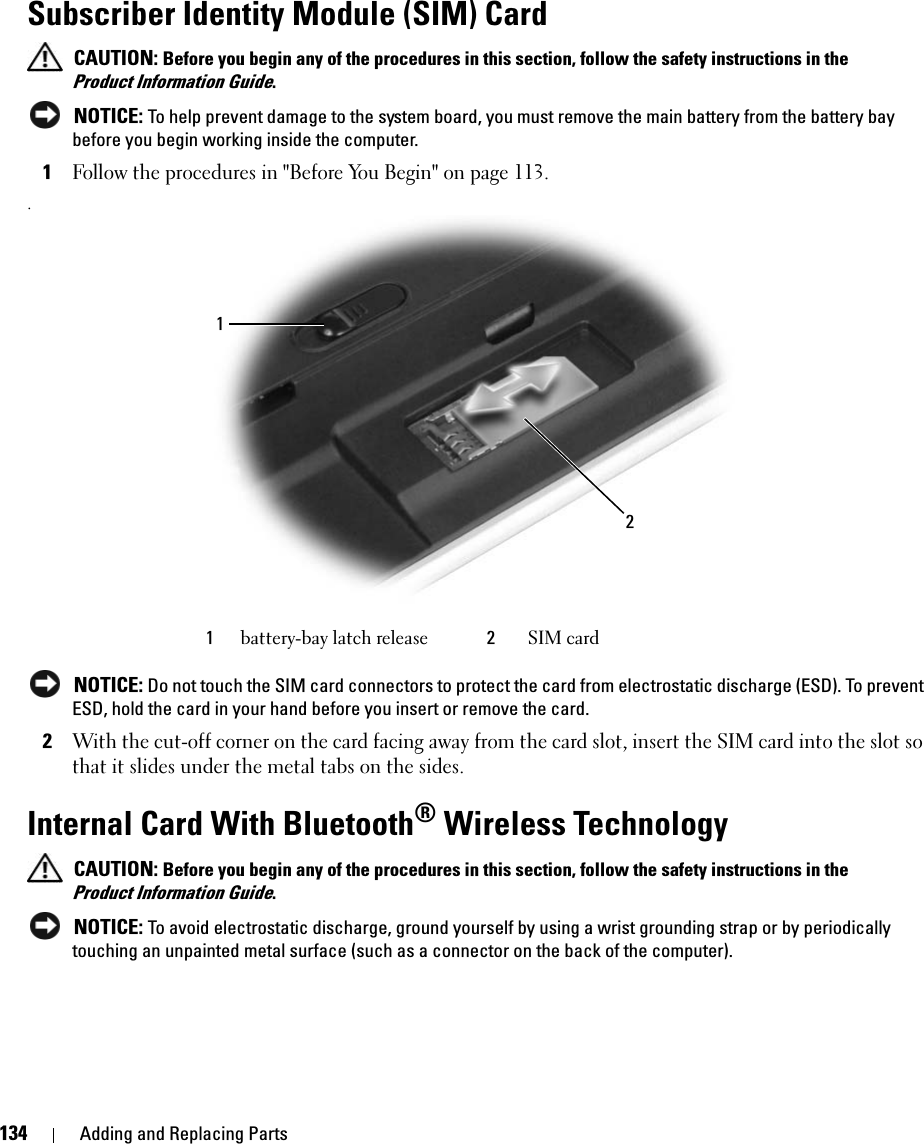
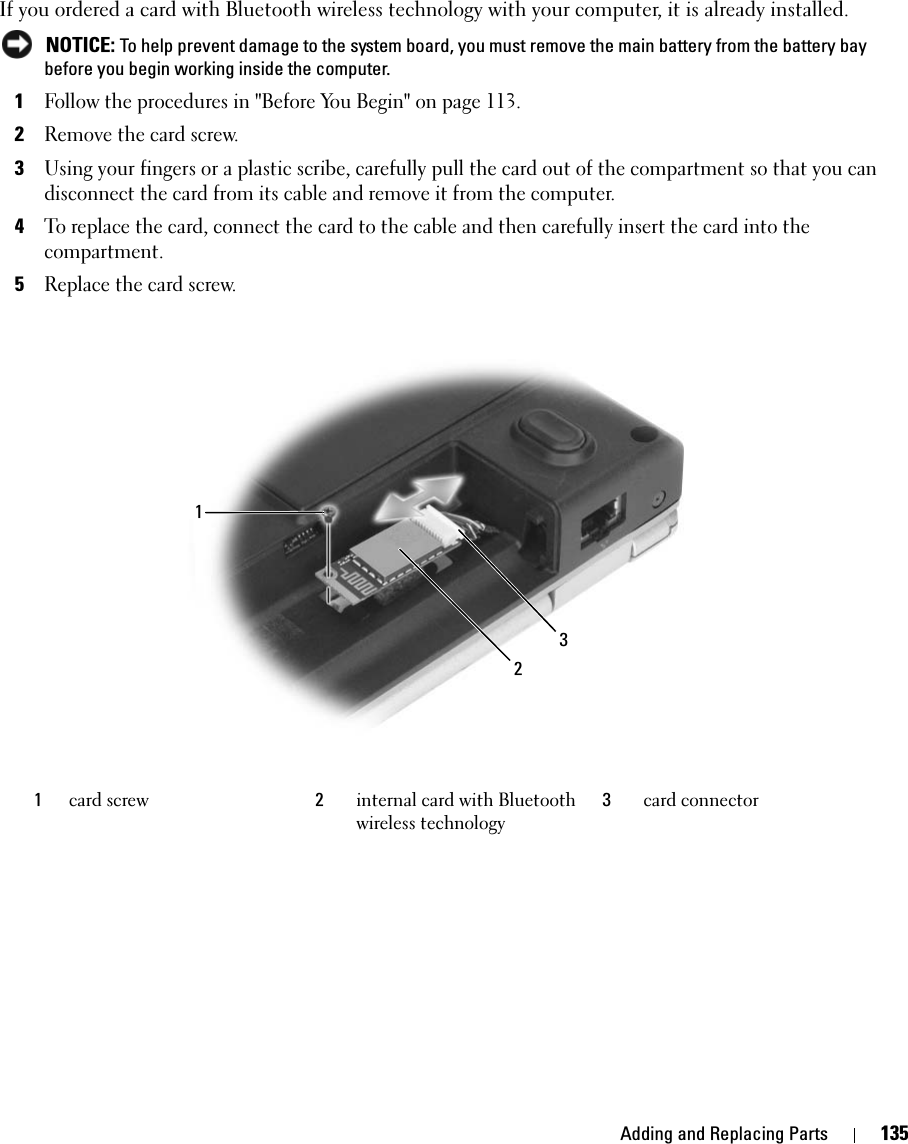
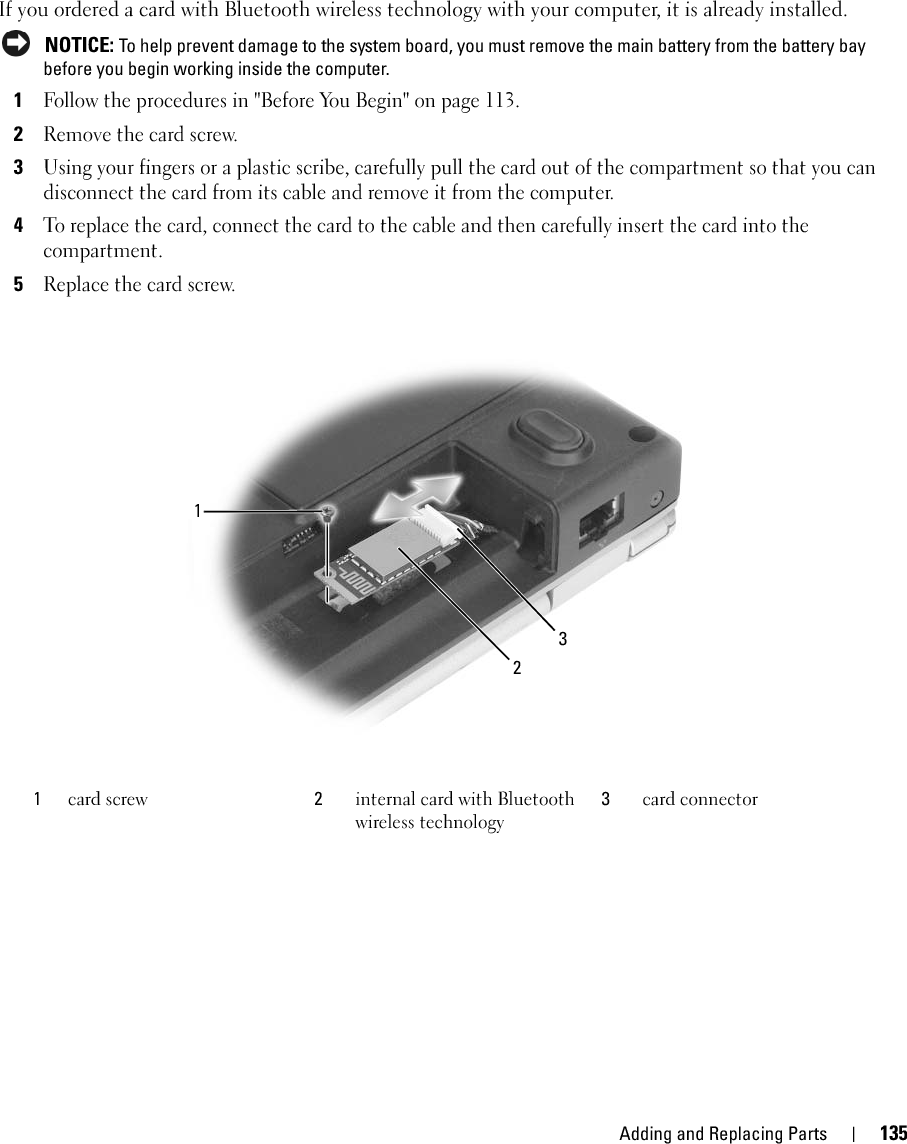
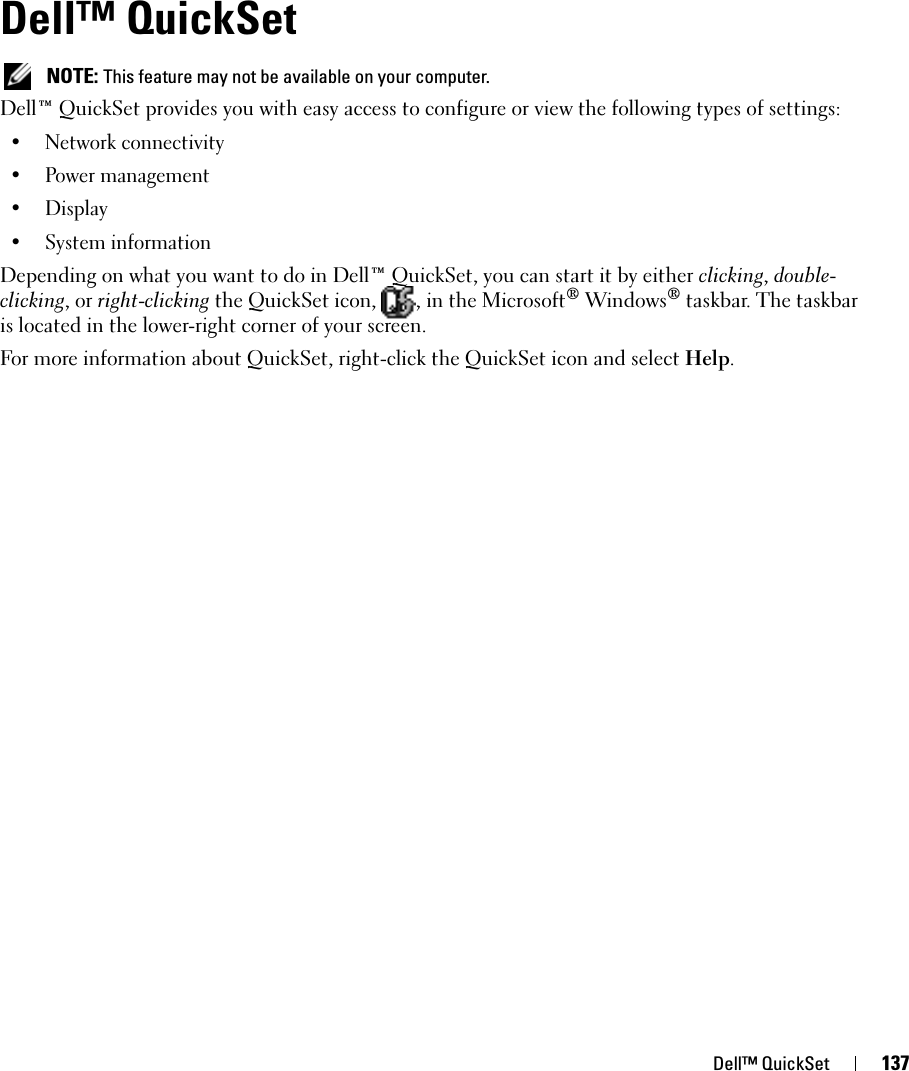
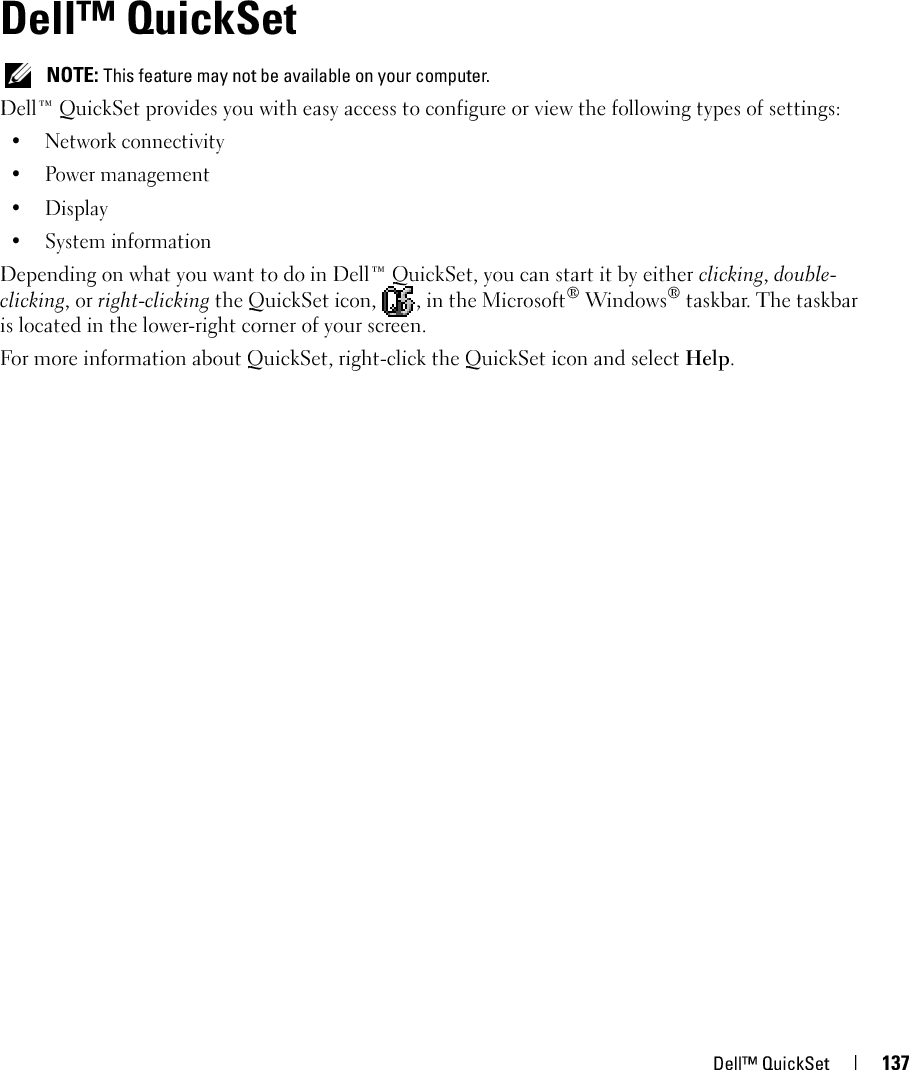
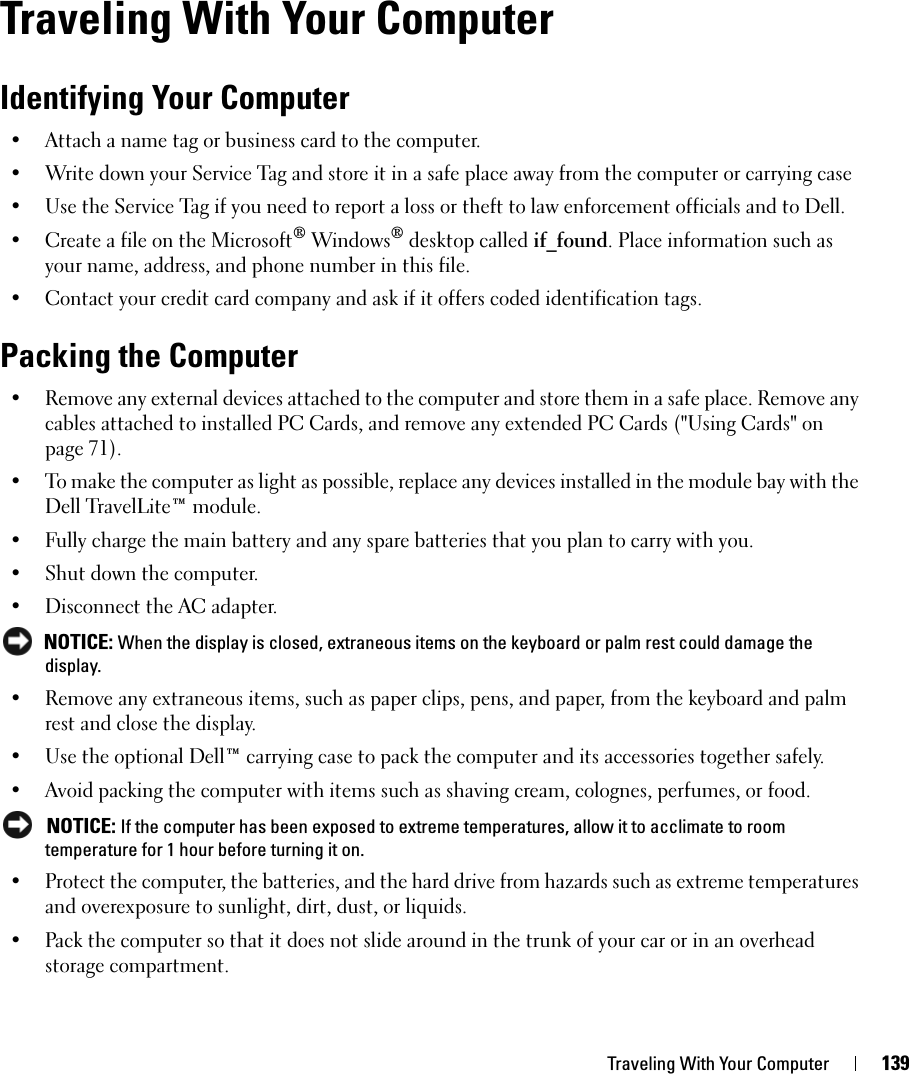
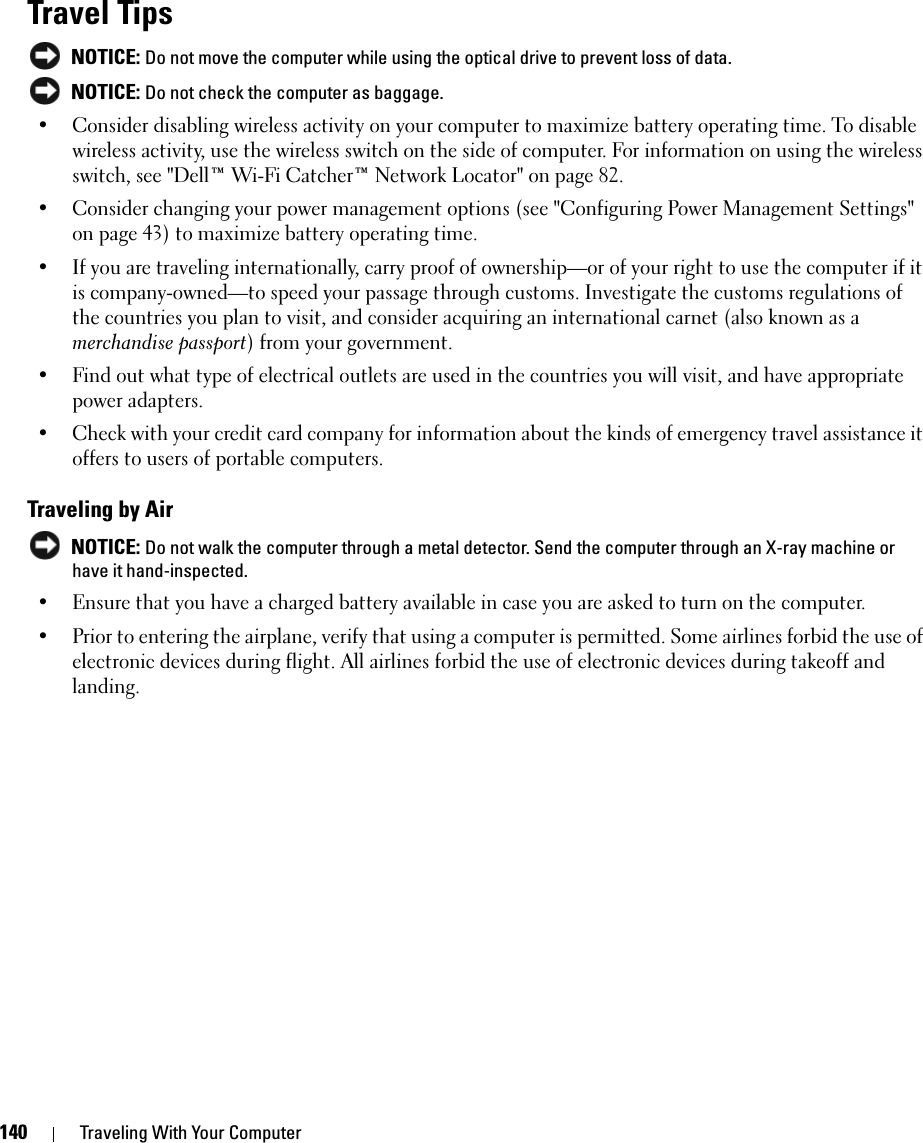
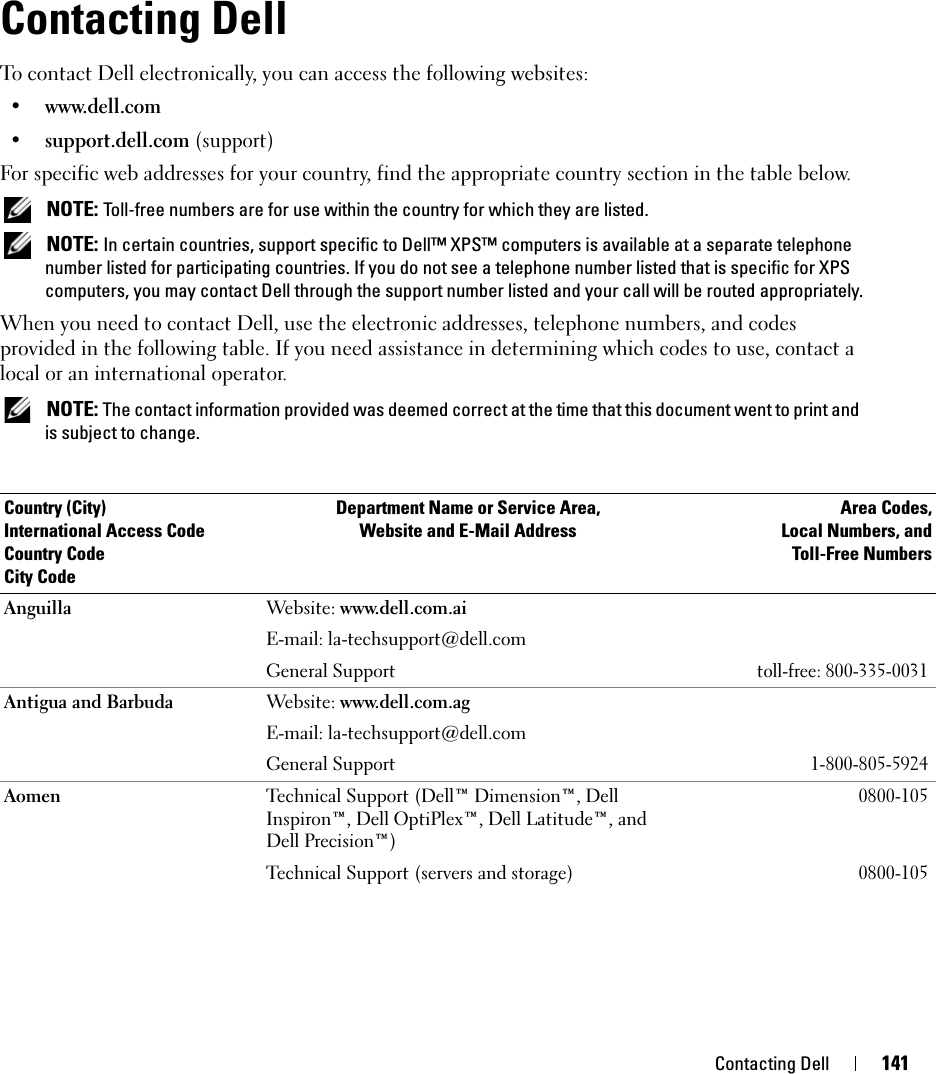
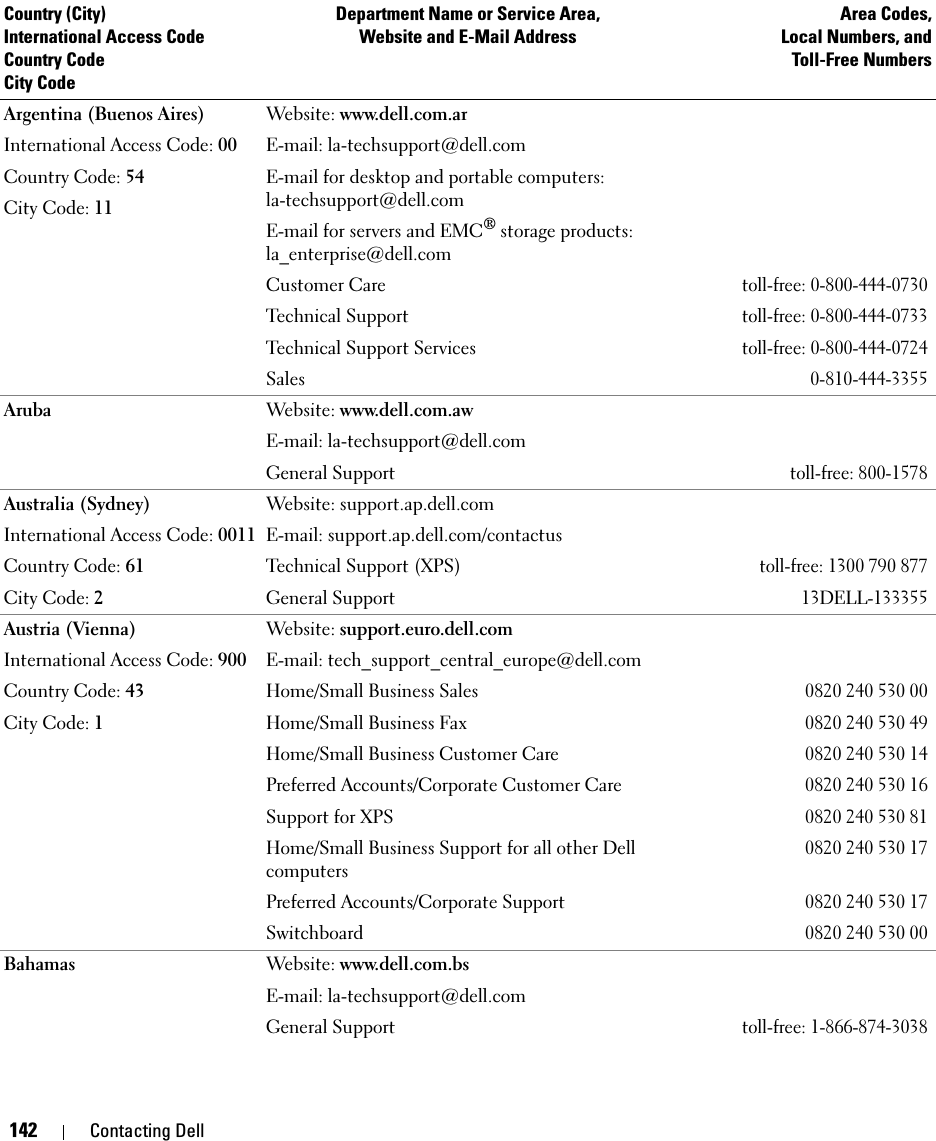
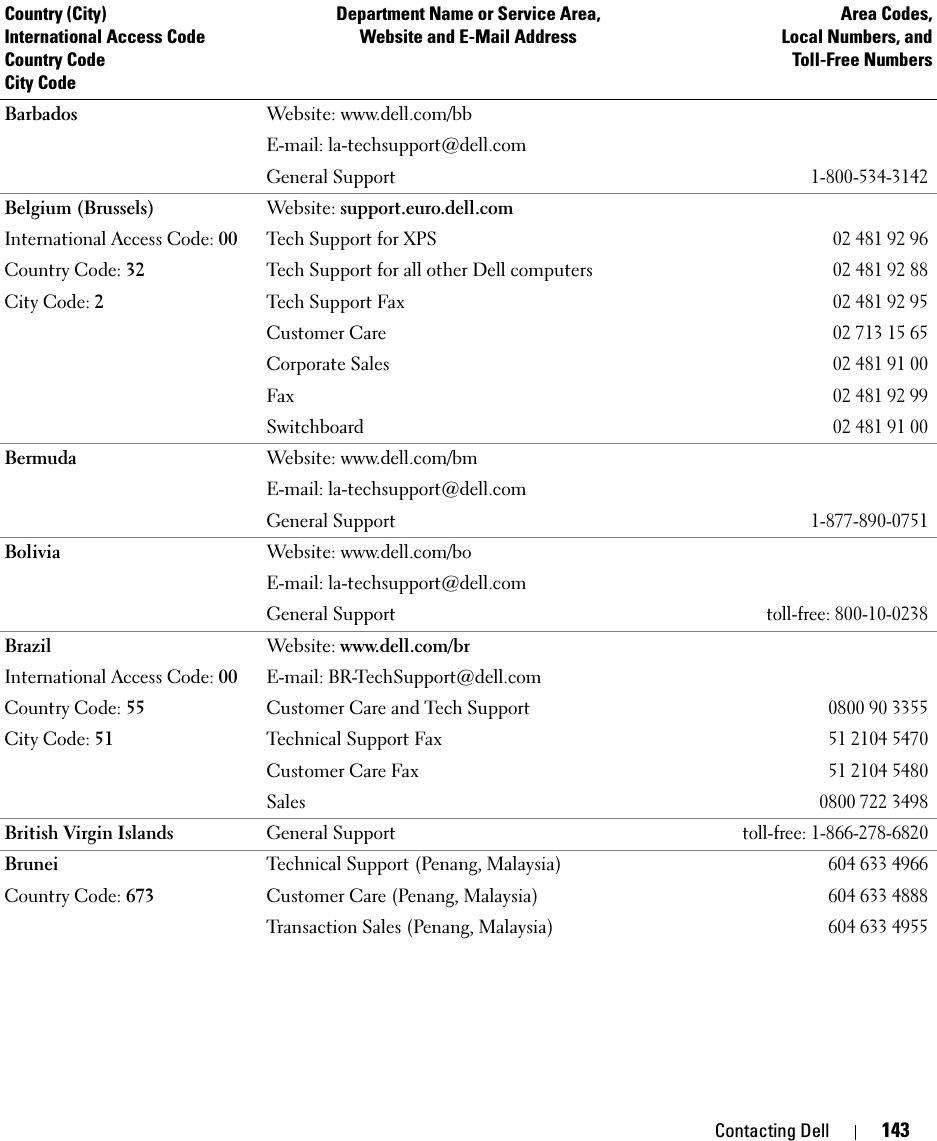
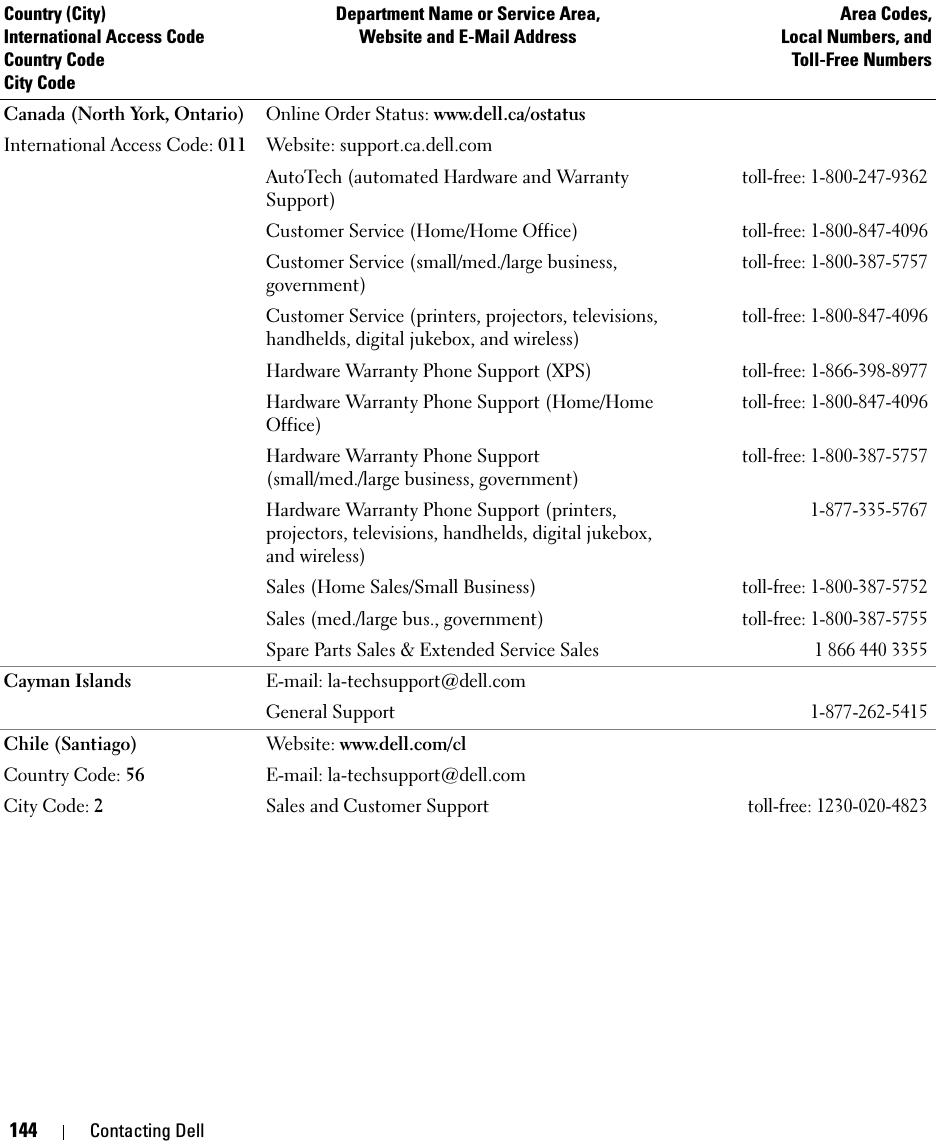
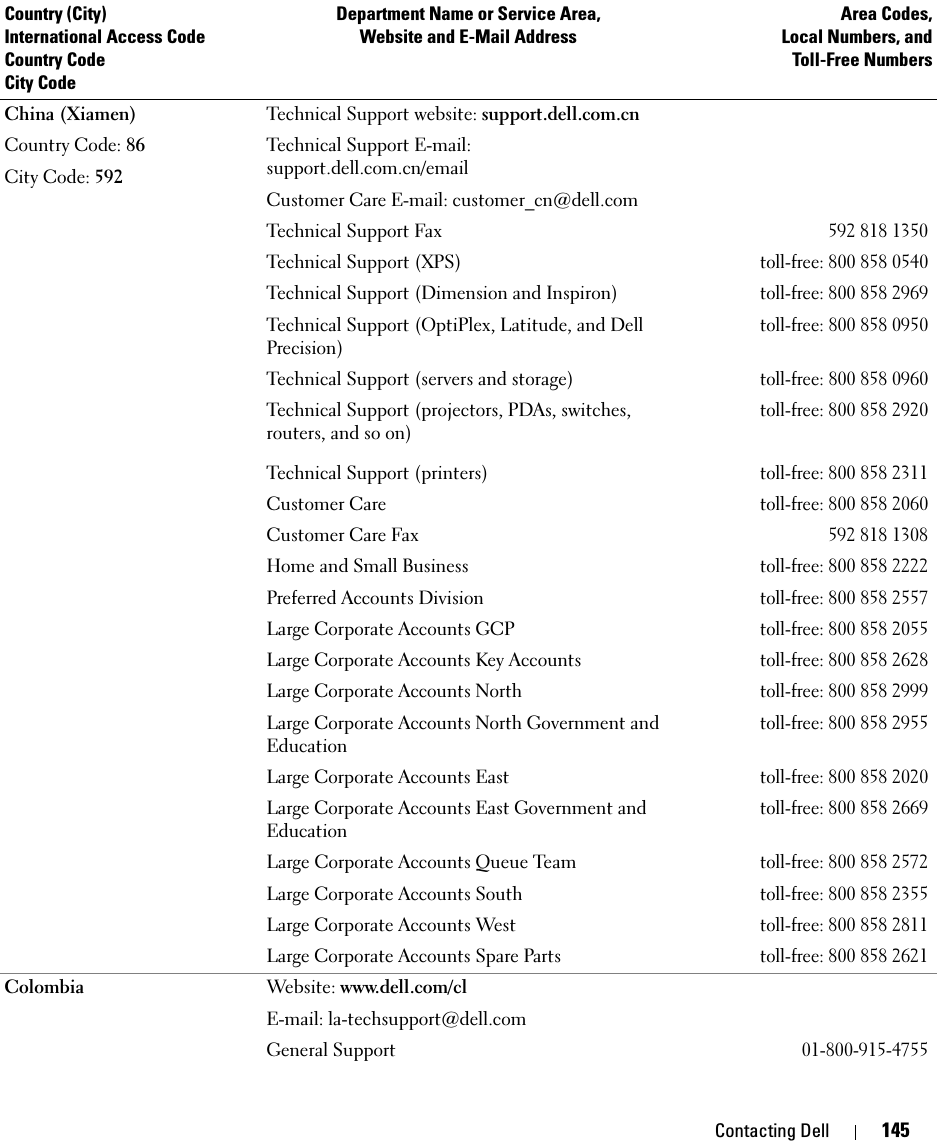
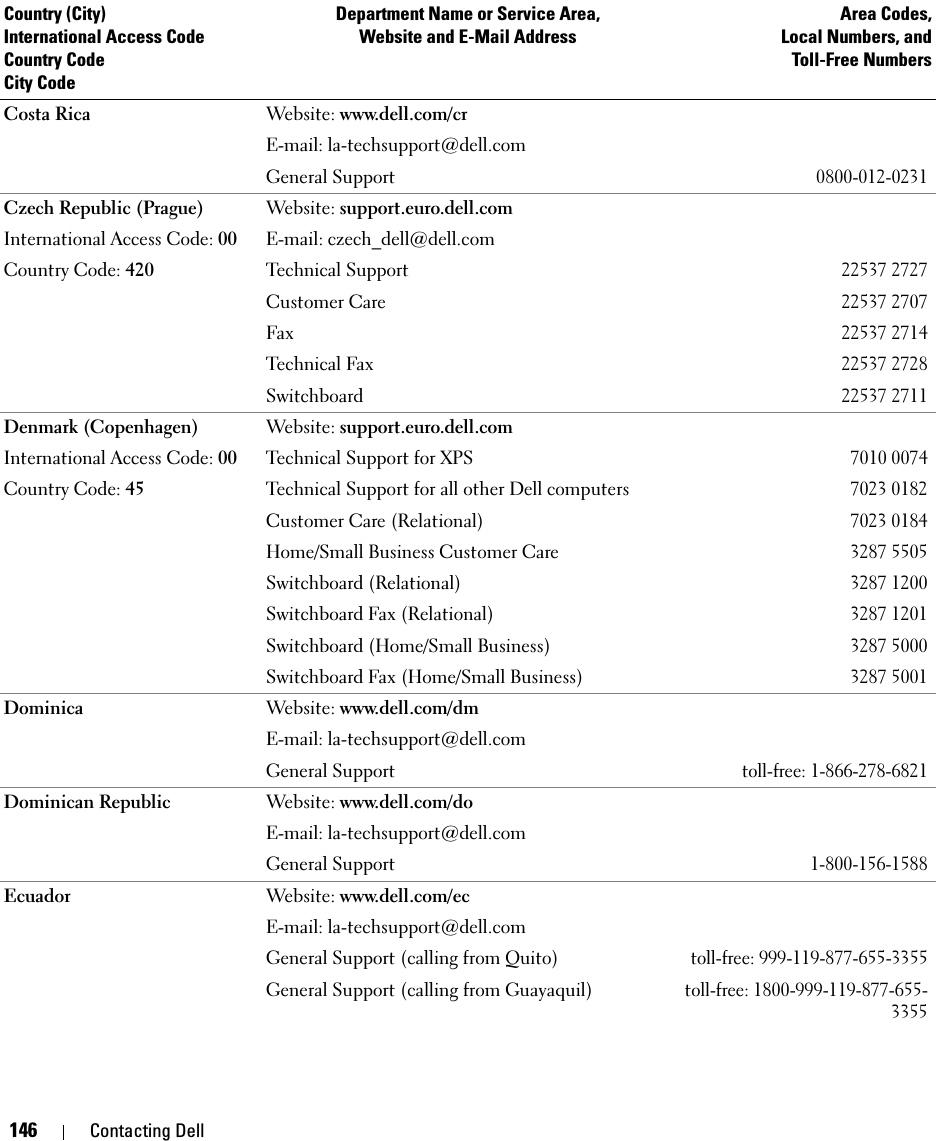
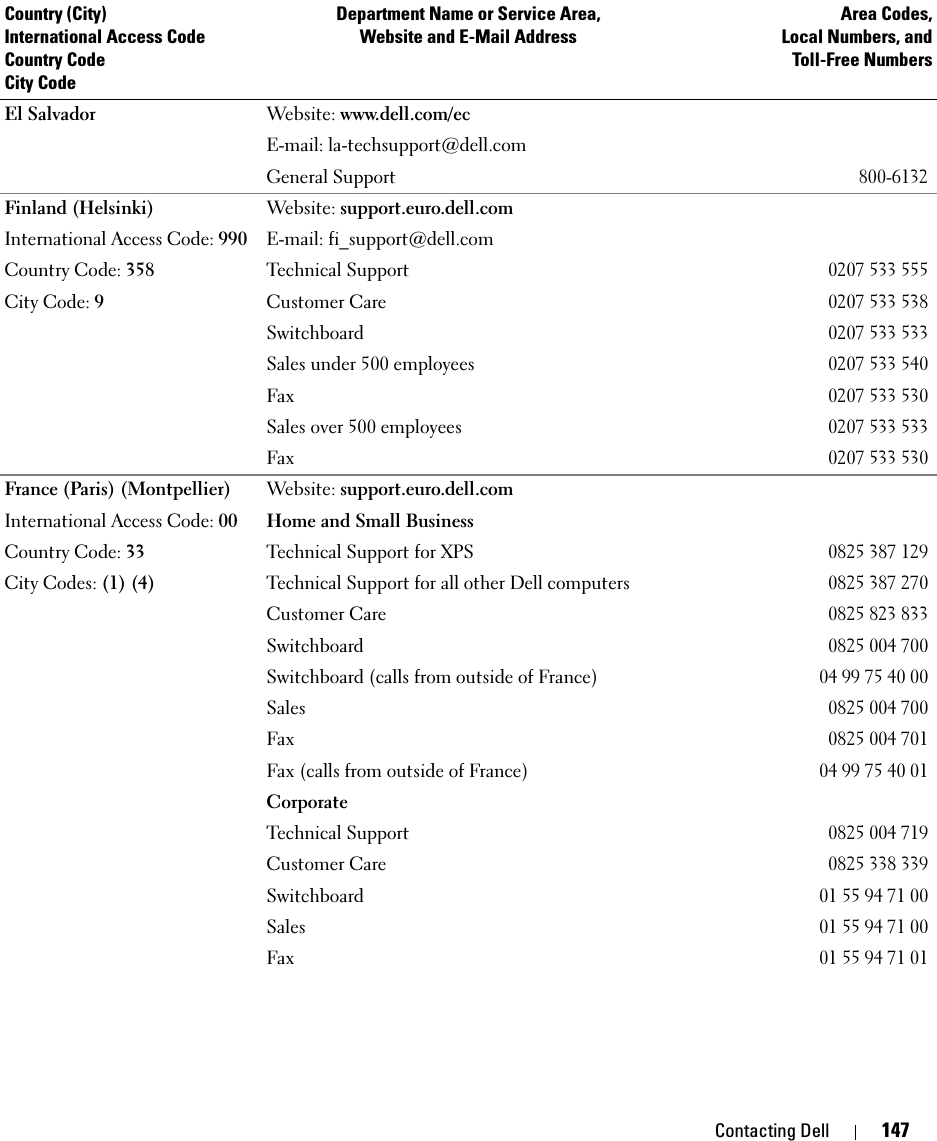
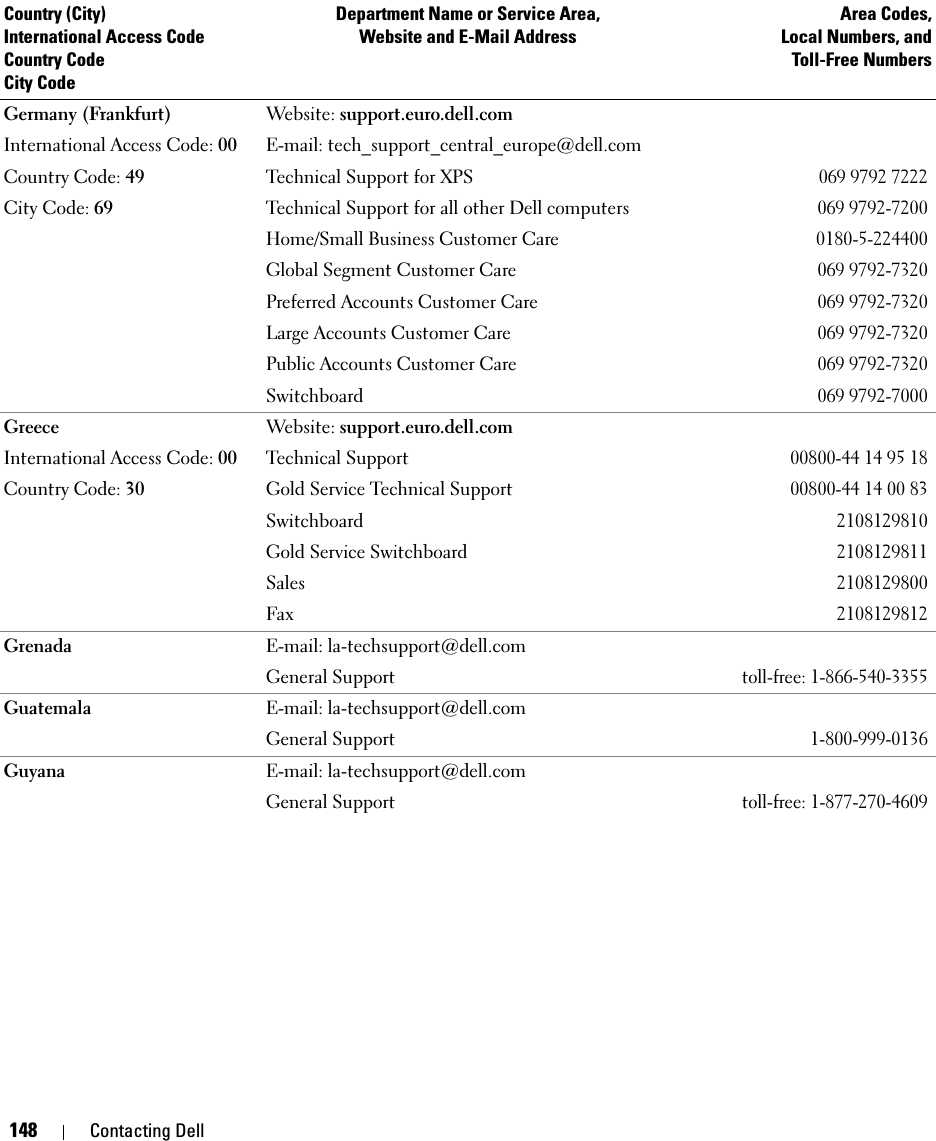
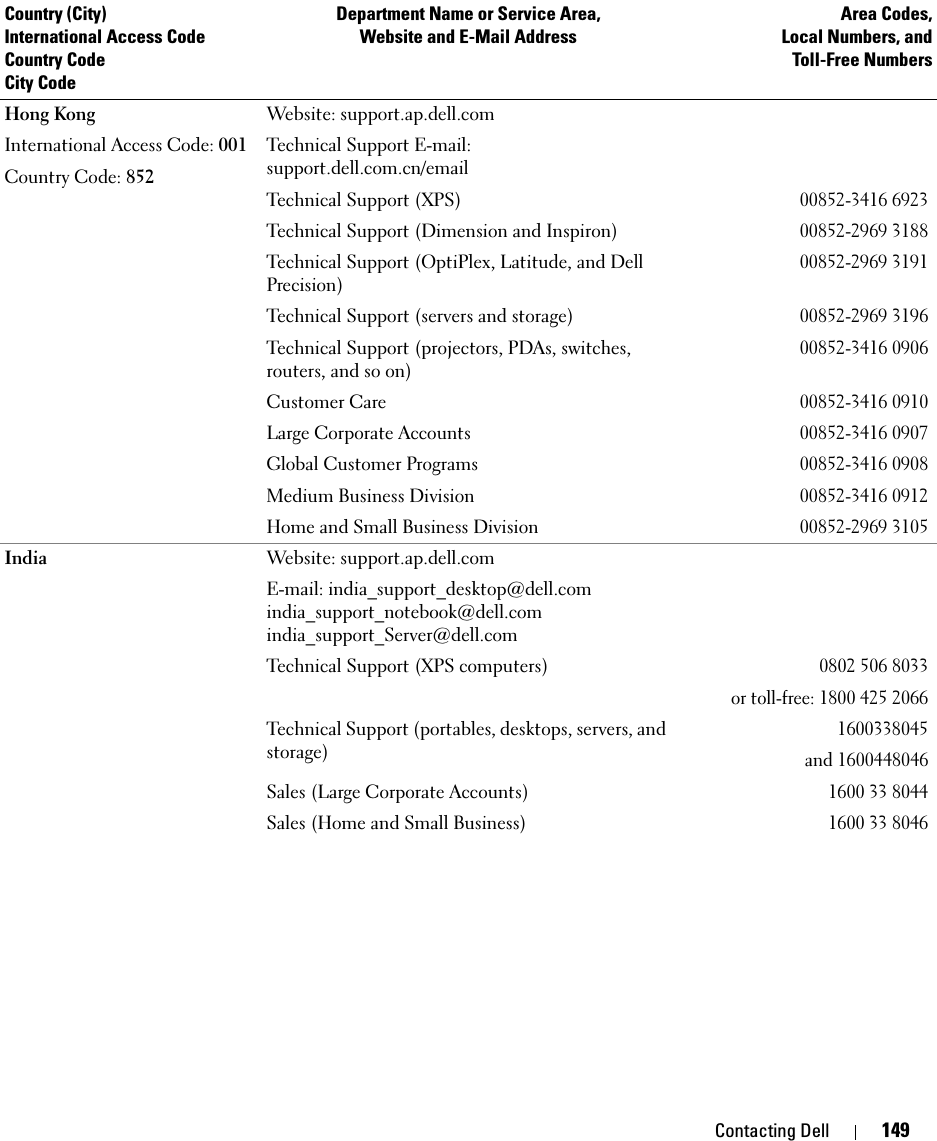
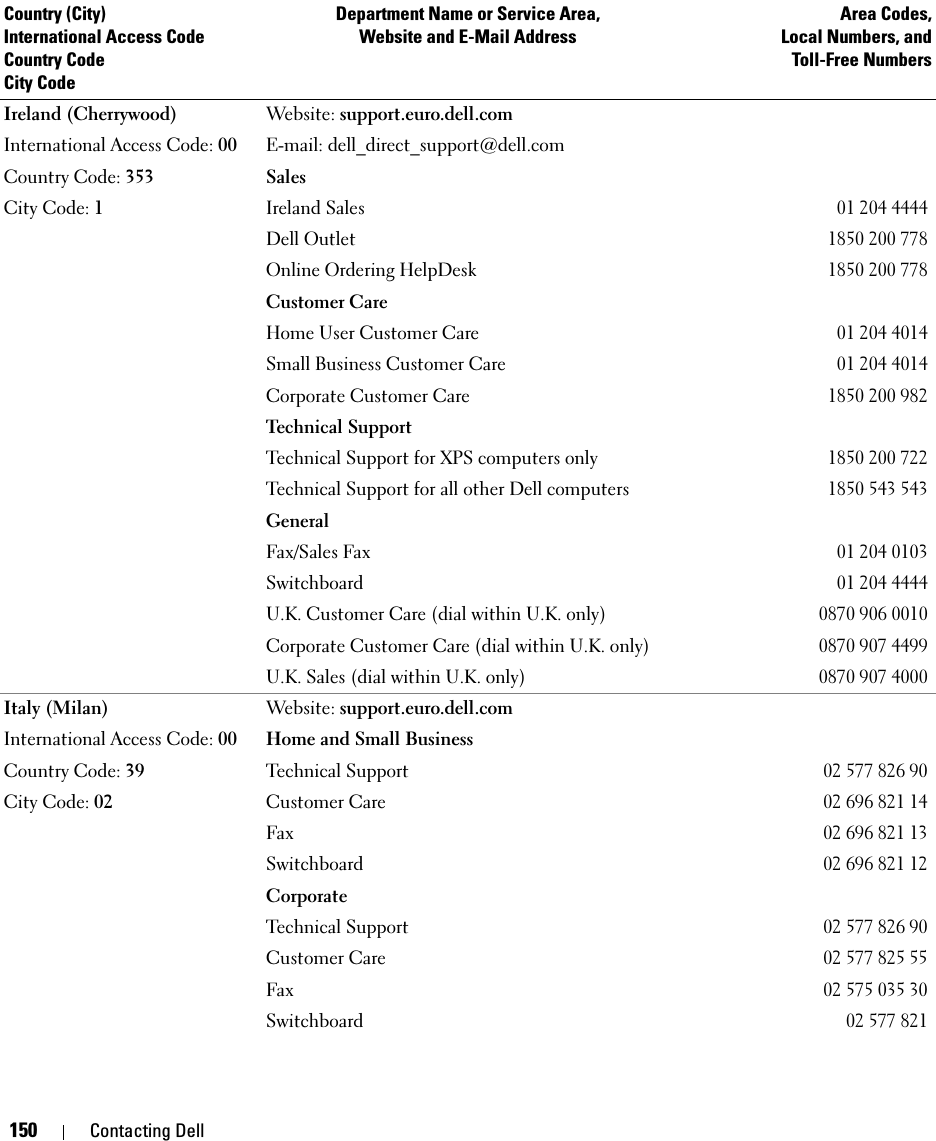
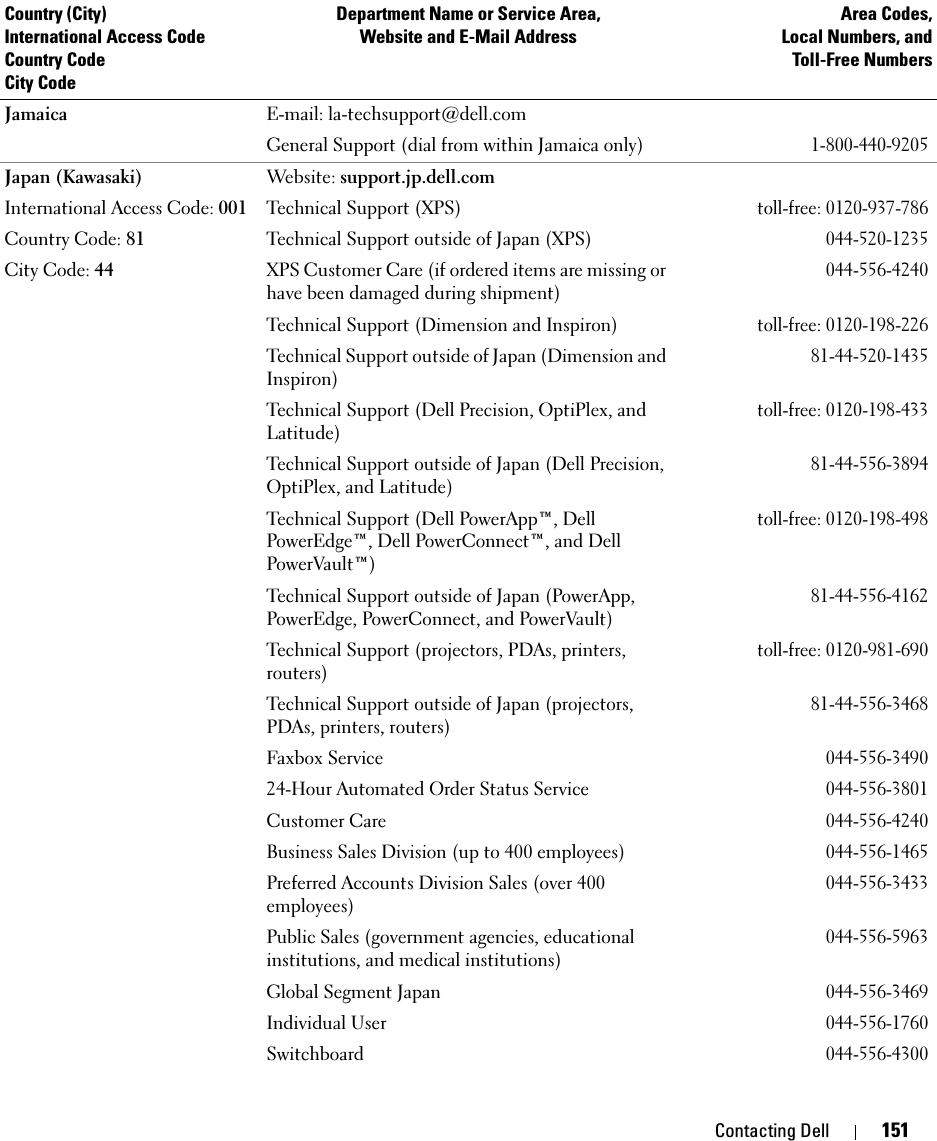


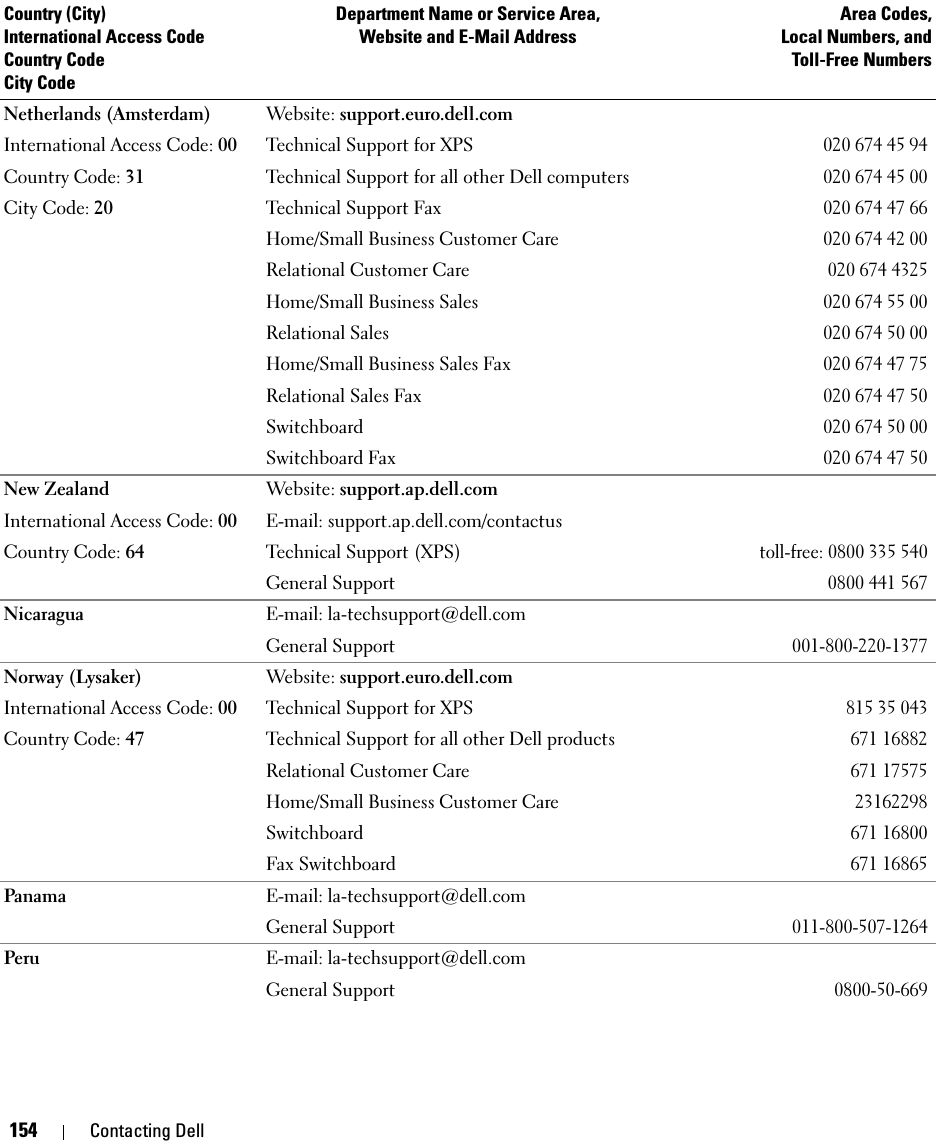
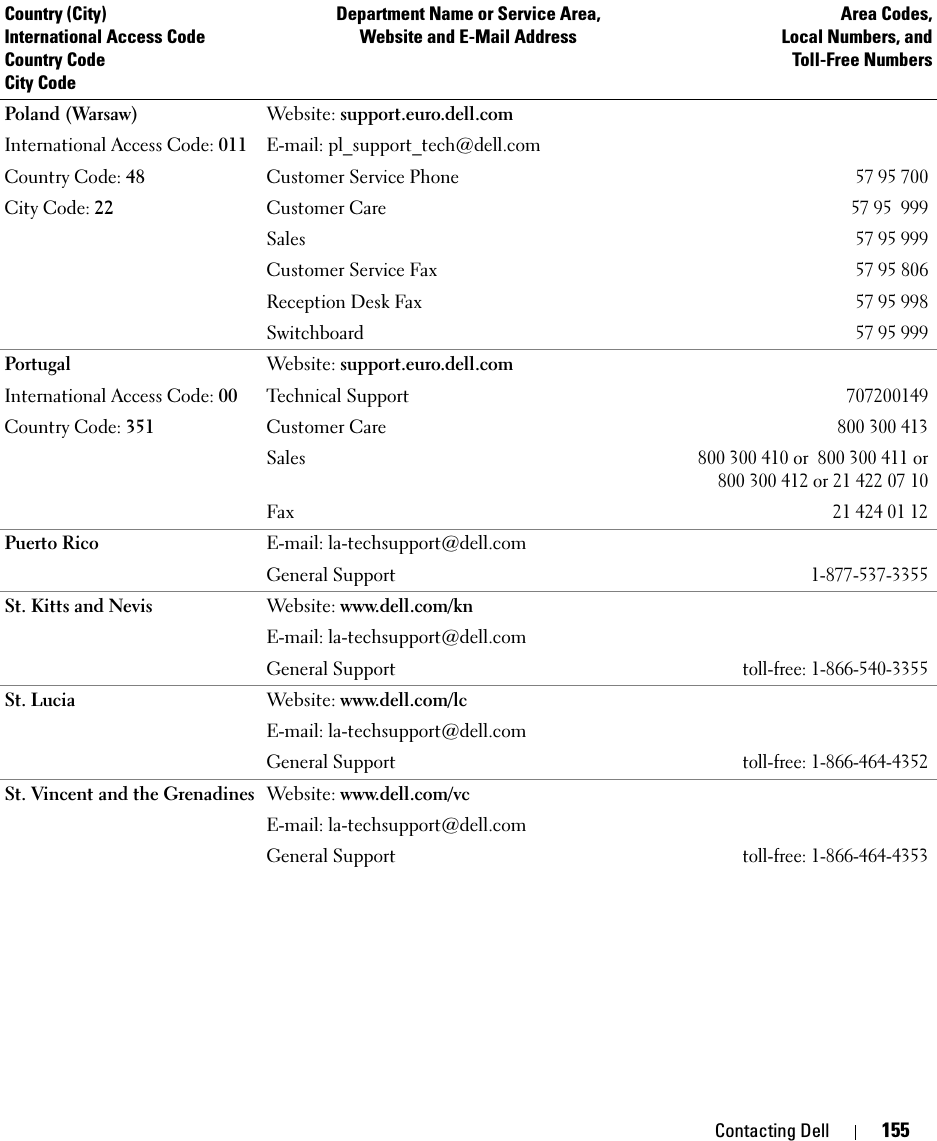
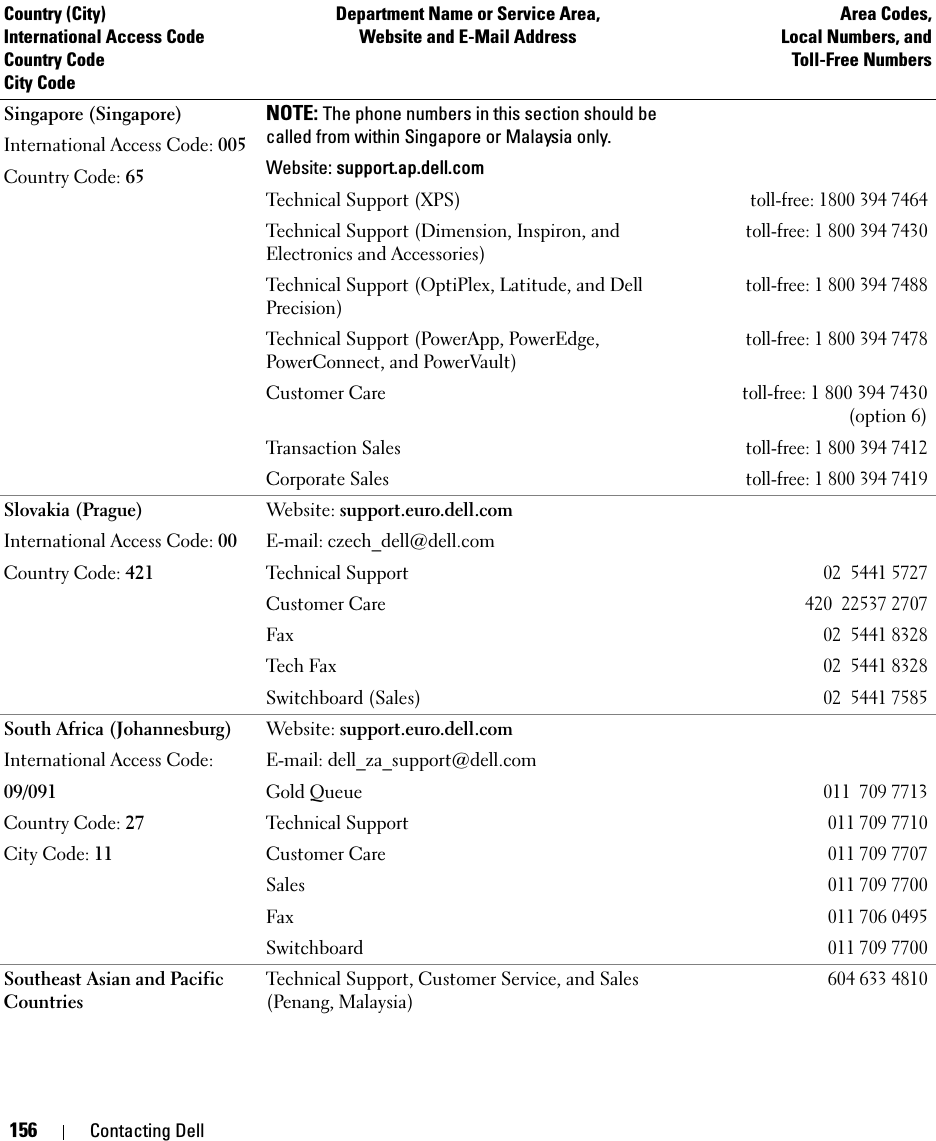
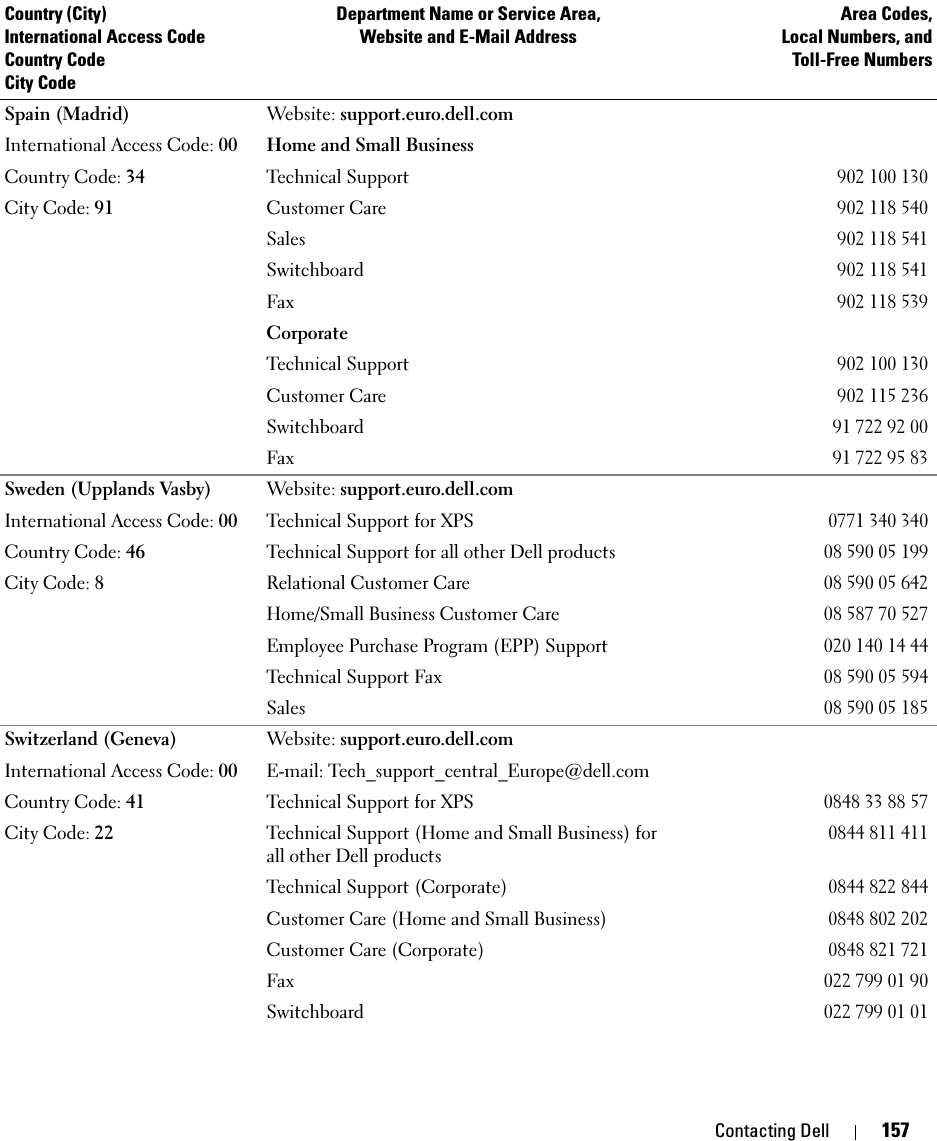
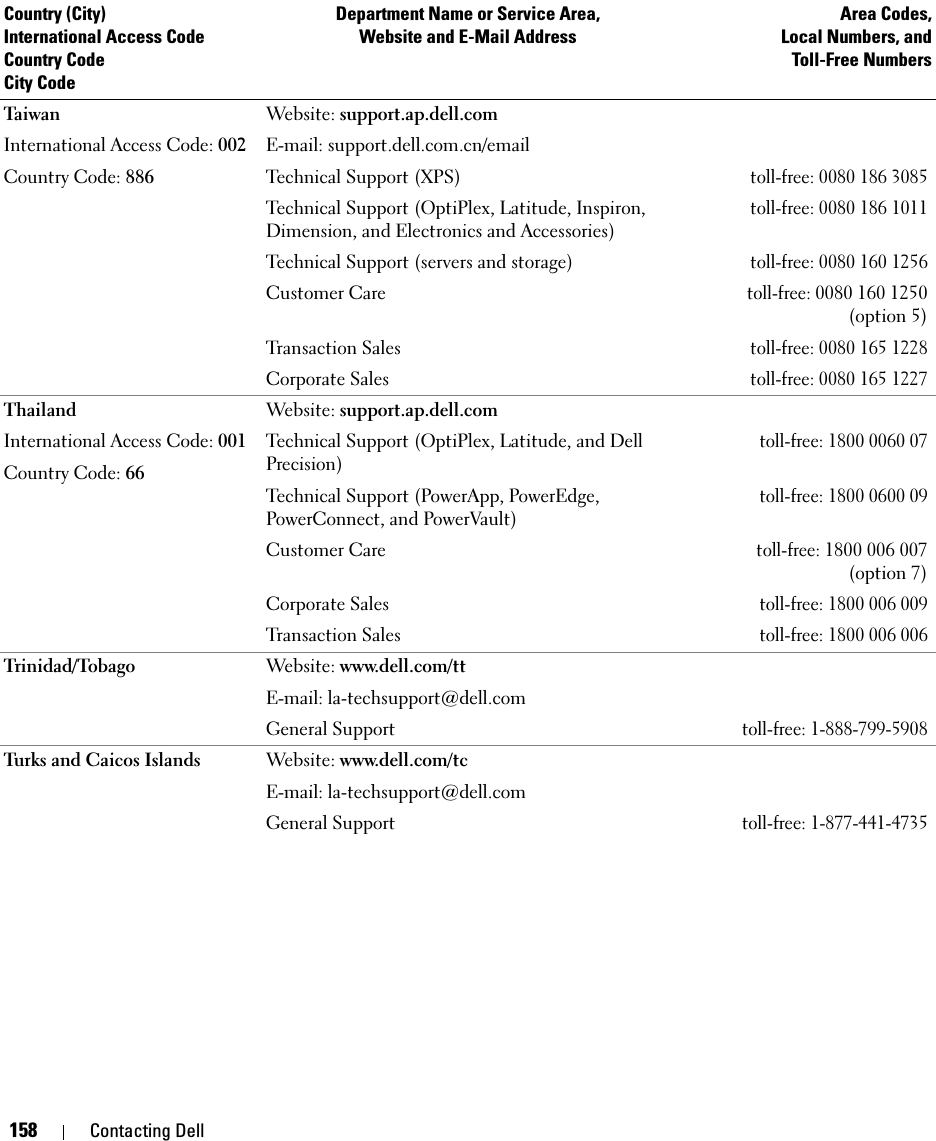
![Contacting Dell 159U.K. (Bracknell)International Access Code: 00Country Code: 44City Code: 1344Website: support.euro.dell.comE-mail: dell_direct_support@dell.comCustomer Care website: support.euro.dell.com/uk/en/ECare/form/home.aspSalesHome and Small Business Sales0870 907 4000Corporate/Public Sector Sales01344 860 456Customer CareHome and Small Business Customer Care 0870 906 0010Corporate Customer Care01344 373 185Preferred Accounts (500–5000 employees) 0870 906 0010Global Accounts Customer Care01344 373 186Central Government Customer Care01344 373 193Local Government & Education Customer Care01344 373 199Health Customer Care01344 373 194Technical SupportTechnical Support for XPS computers only0870 366 4180Technical Support (Corporate/Preferred Accounts/PCA [1000+ employees])0870 908 0500Technical Support for all other products0870 353 0800GeneralHome and Small Business Fax0870 907 4006Uruguay Website: www.dell.com/uyE-mail: la-techsupport@dell.comGeneral Supporttoll-free: 000-413-598-2521Country (City)International Access Code Country CodeCity CodeDepartment Name or Service Area,Website and E-Mail AddressArea Codes,Local Numbers, andToll-Free Numbers](https://usermanual.wiki/Novatel-Wireless/NRM-EU860D.User-Manual-M1210/User-Guide-789273-Page-159.png)
![160 Contacting DellU.S.A. (Austin, Texas)International Access Code: 011Country Code: 1Automated Order-Status Servicetoll-free: 1-800-433-9014AutoTech (portable and desktop computers)toll-free: 1-800-247-9362Hardware and Warranty Support (Dell TV, Printers, and Projectors) for Relationship customerstoll-free: 1-877-459-7298Americas Consumer XPS Supporttoll-free: 1-800-232-8544Consumer (Home and Home Office) Support for all other Dell productstoll-free: 1-800-624-9896Customer Servicetoll-free: 1-800-624-9897Employee Purchase Program (EPP) Customerstoll-free: 1-800-695-8133Financial Services website:www.dellfinancialservices.comFinancial Services (lease/loans)toll-free: 1-877-577-3355Financial Services (Dell Preferred Accounts [DPA])toll-free: 1-800-283-2210Business Customer Service and Supporttoll-free: 1-800-456-3355Employee Purchase Program (EPP) Customerstoll-free: 1-800-695-8133Support for printers, projectors, PDAs, and MP3 playerstoll-free: 1-877-459-7298Public (government, education, and healthcare)Customer Service and Supporttoll-free: 1-800-456-3355Employee Purchase Program (EPP) Customerstoll-free: 1-800-695-8133Dell Salestoll-free: 1-800-289-3355 or toll-free: 1-800-879-3355Dell Outlet Store (Dell refurbished computers)toll-free: 1-888-798-7561Software and Peripherals Salestoll-free: 1-800-671-3355Spare Parts Salestoll-free: 1-800-357-3355Extended Service and Warranty Salestoll-free: 1-800-247-4618Faxtoll-free: 1-800-727-8320Dell Services for the Deaf, Hard-of-Hearing, or Speech-Impairedtoll-free: 1-877-DELLTTY(1-877-335-5889)Country (City)International Access Code Country CodeCity CodeDepartment Name or Service Area,Website and E-Mail AddressArea Codes,Local Numbers, andToll-Free Numbers](https://usermanual.wiki/Novatel-Wireless/NRM-EU860D.User-Manual-M1210/User-Guide-789273-Page-160.png)
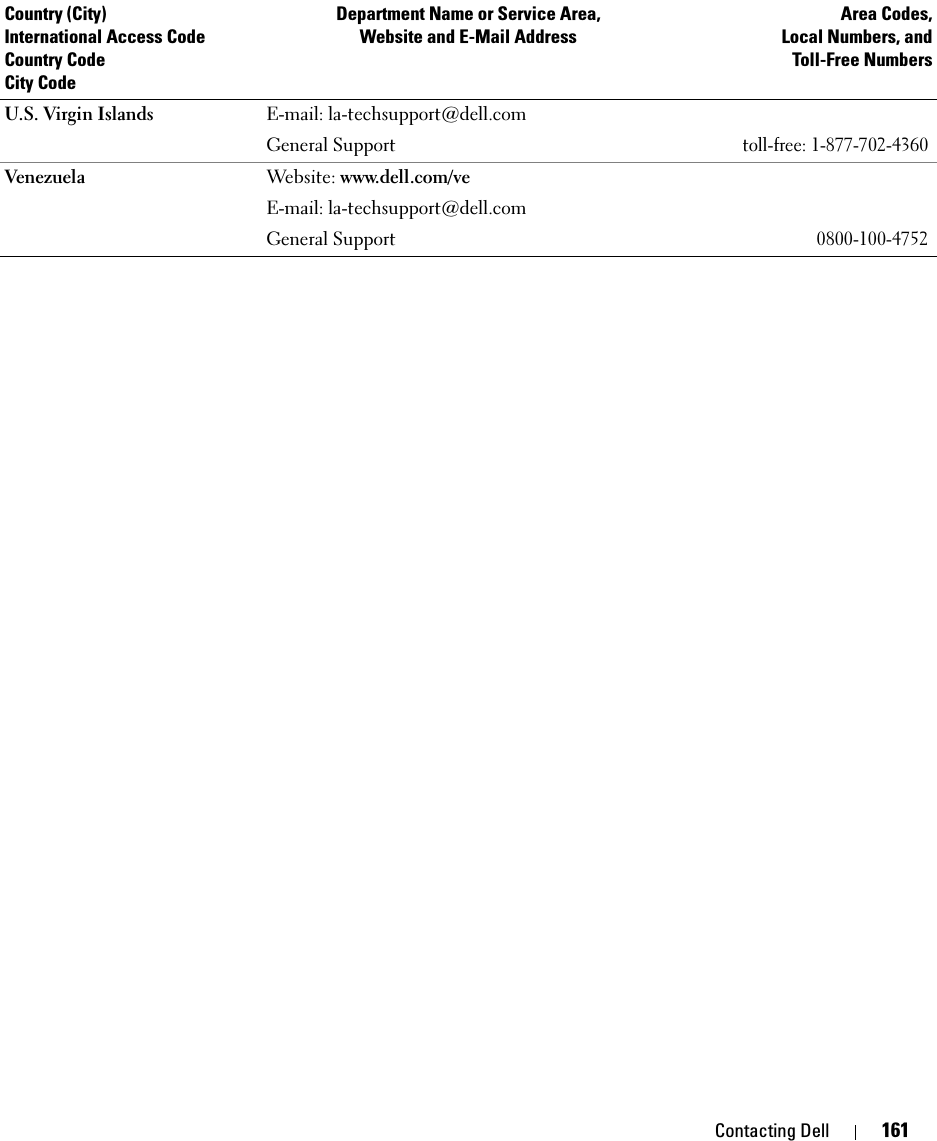
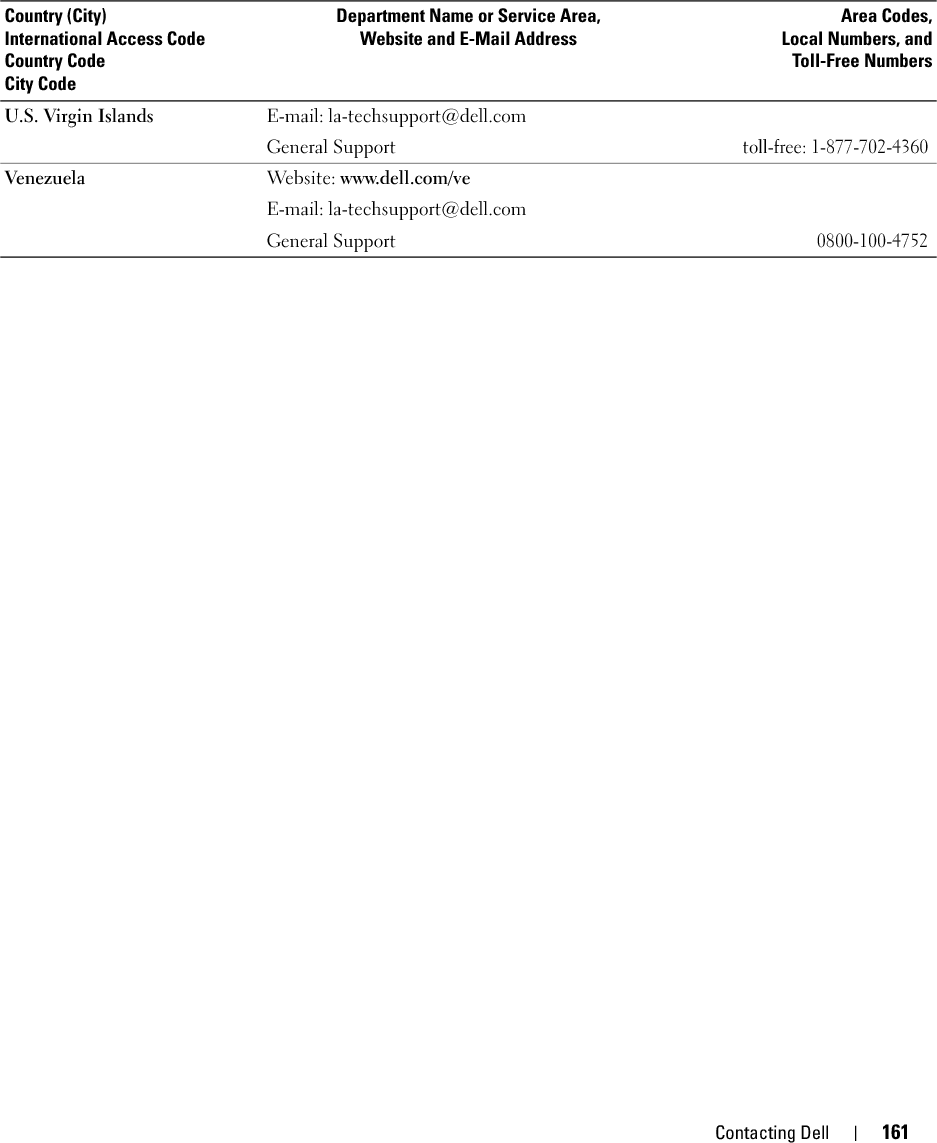
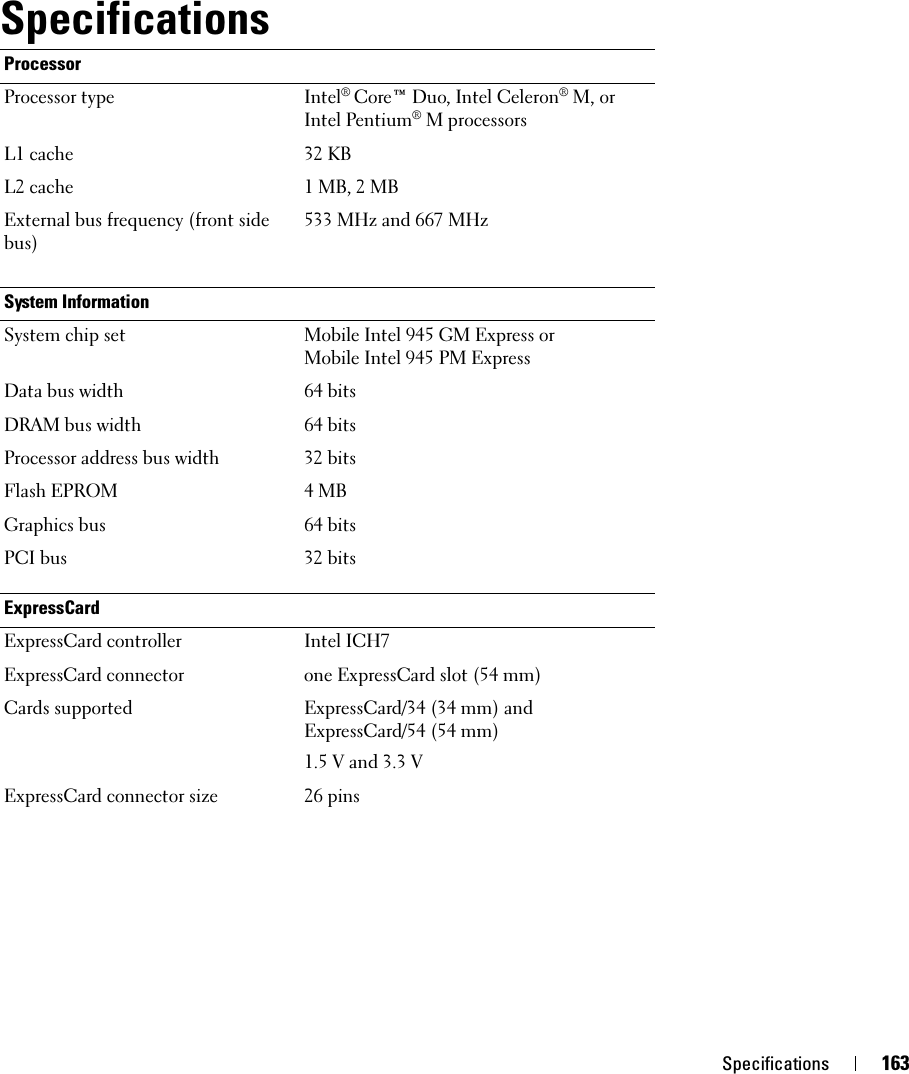
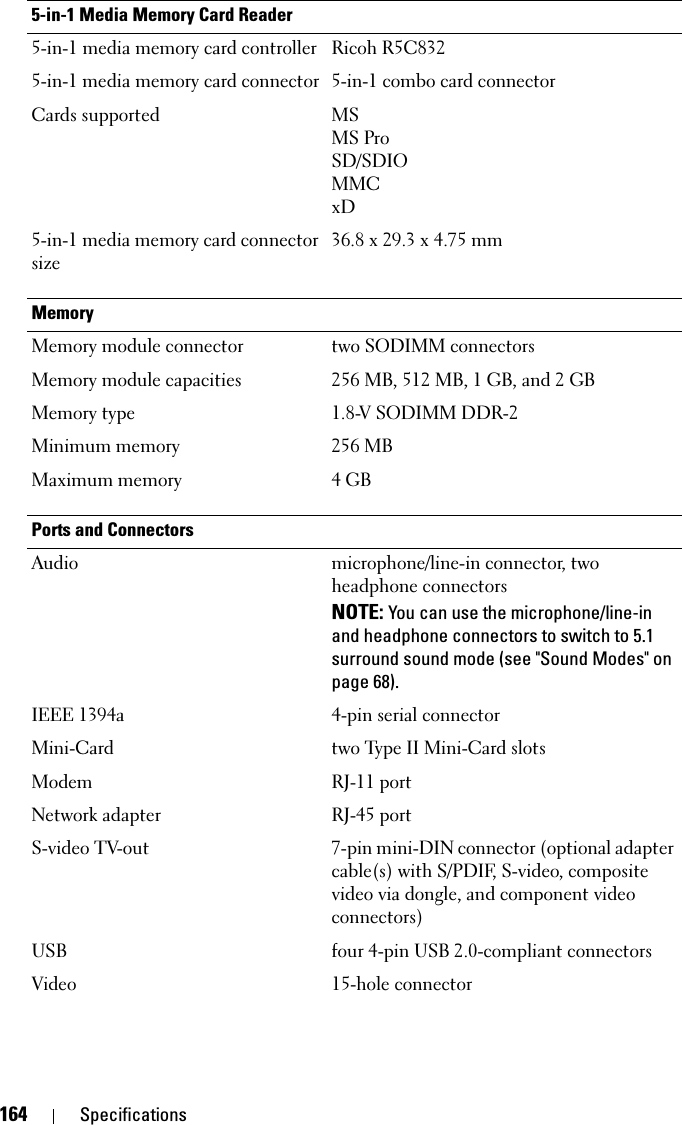
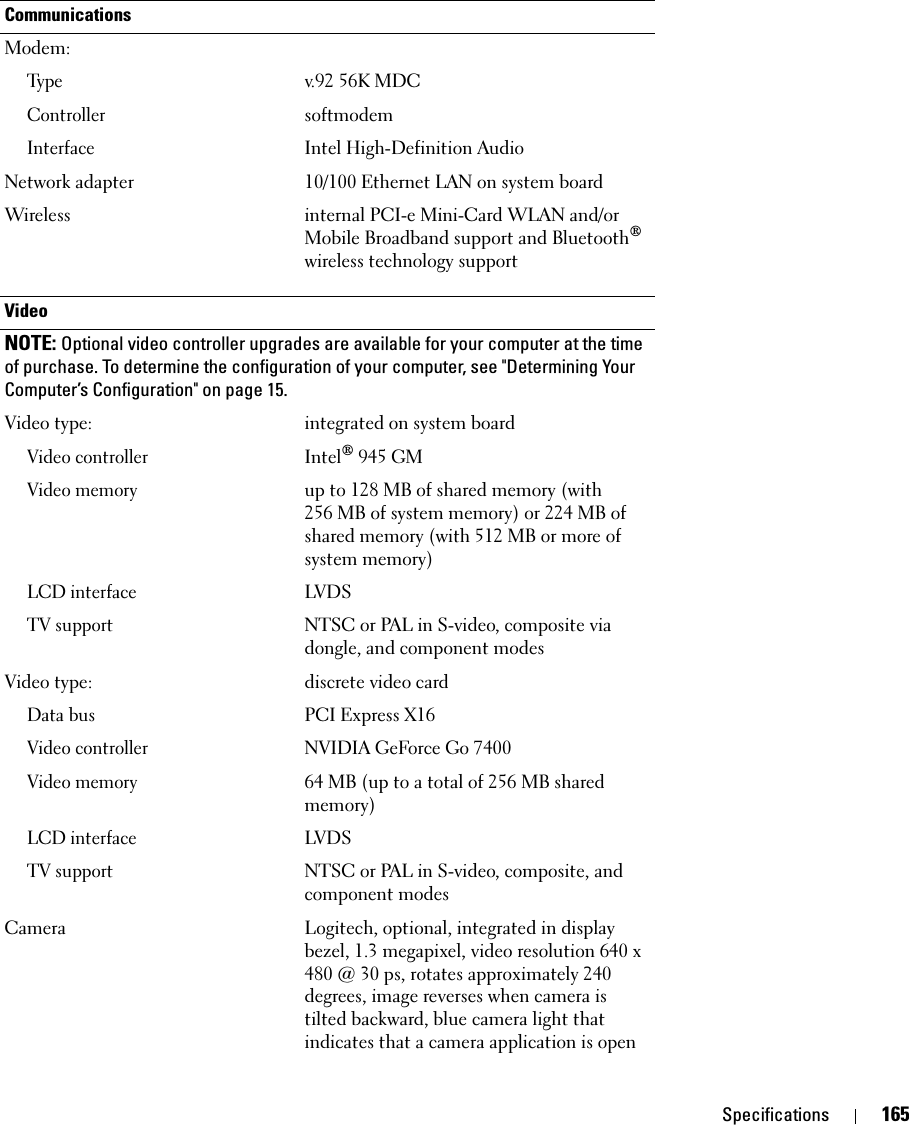
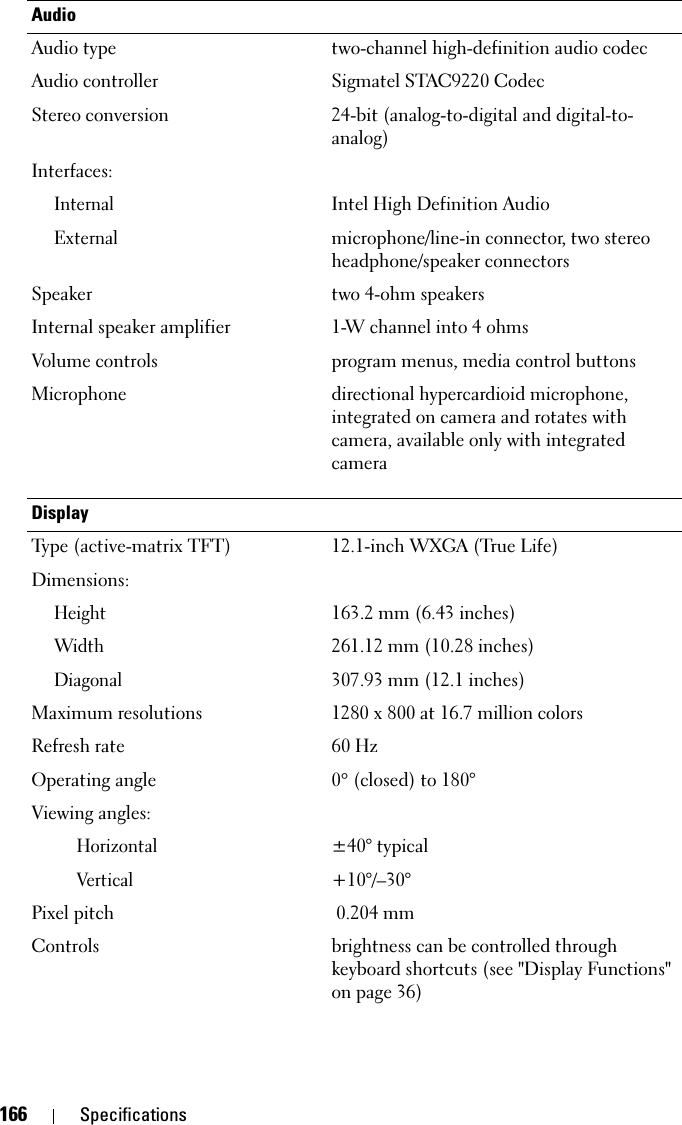
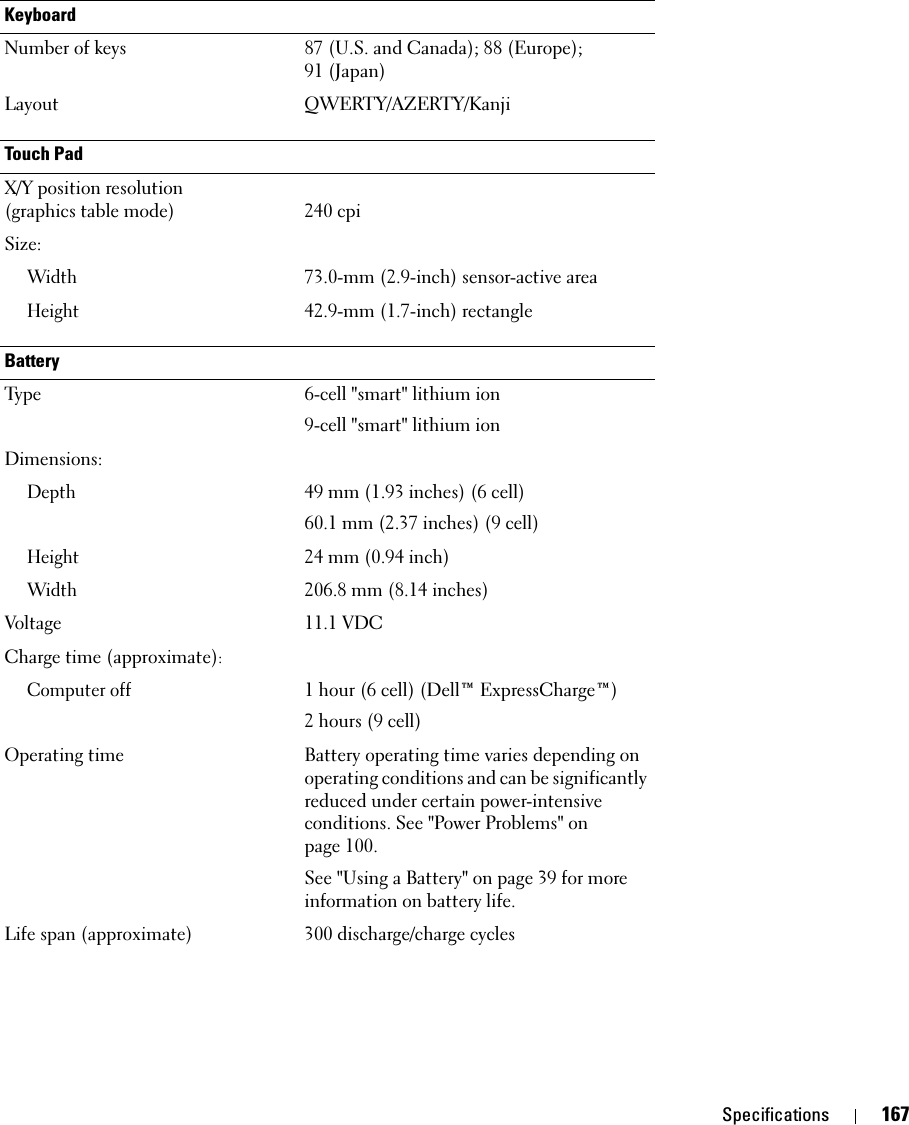
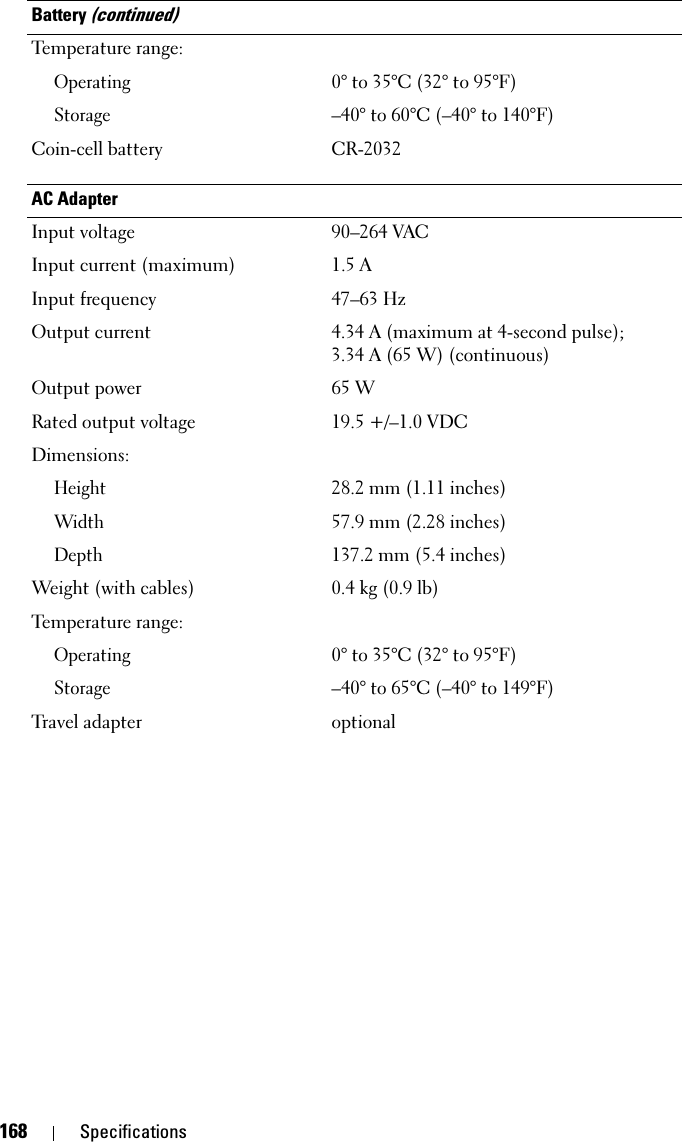
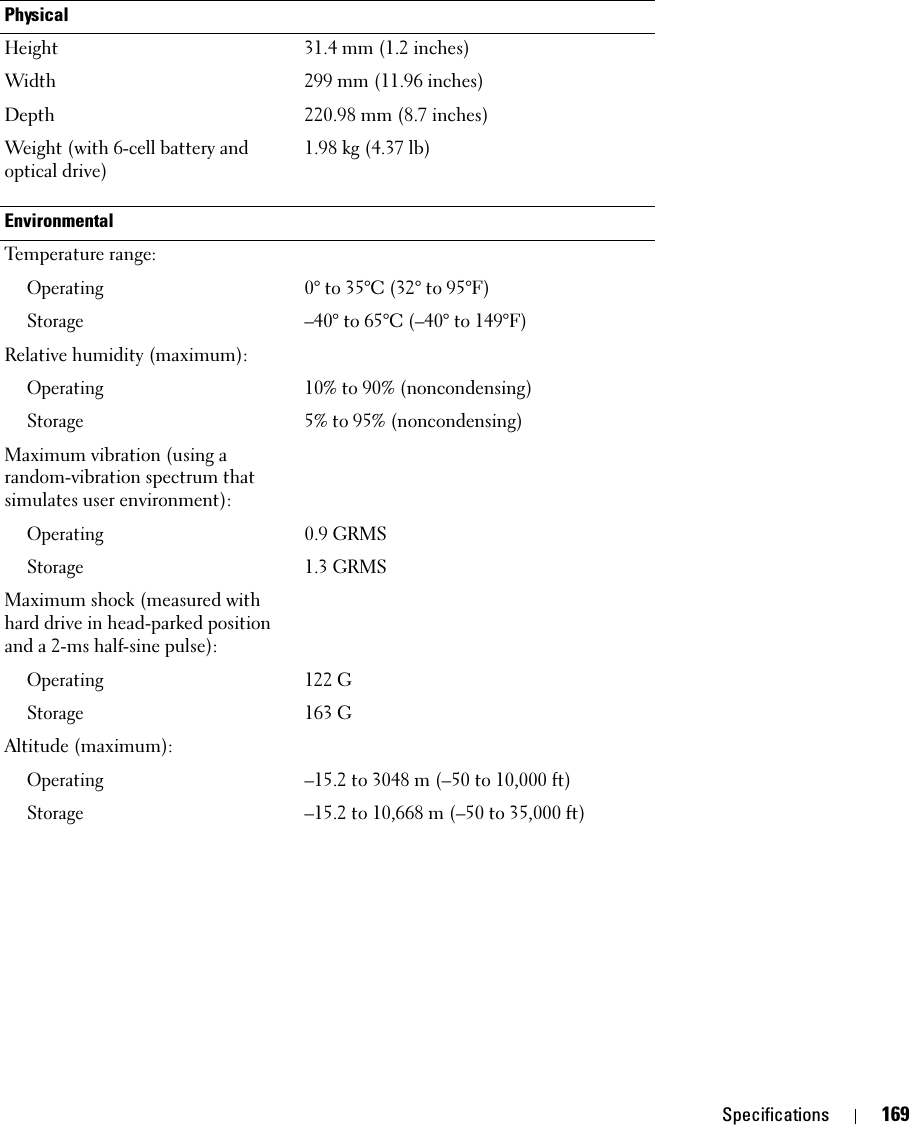
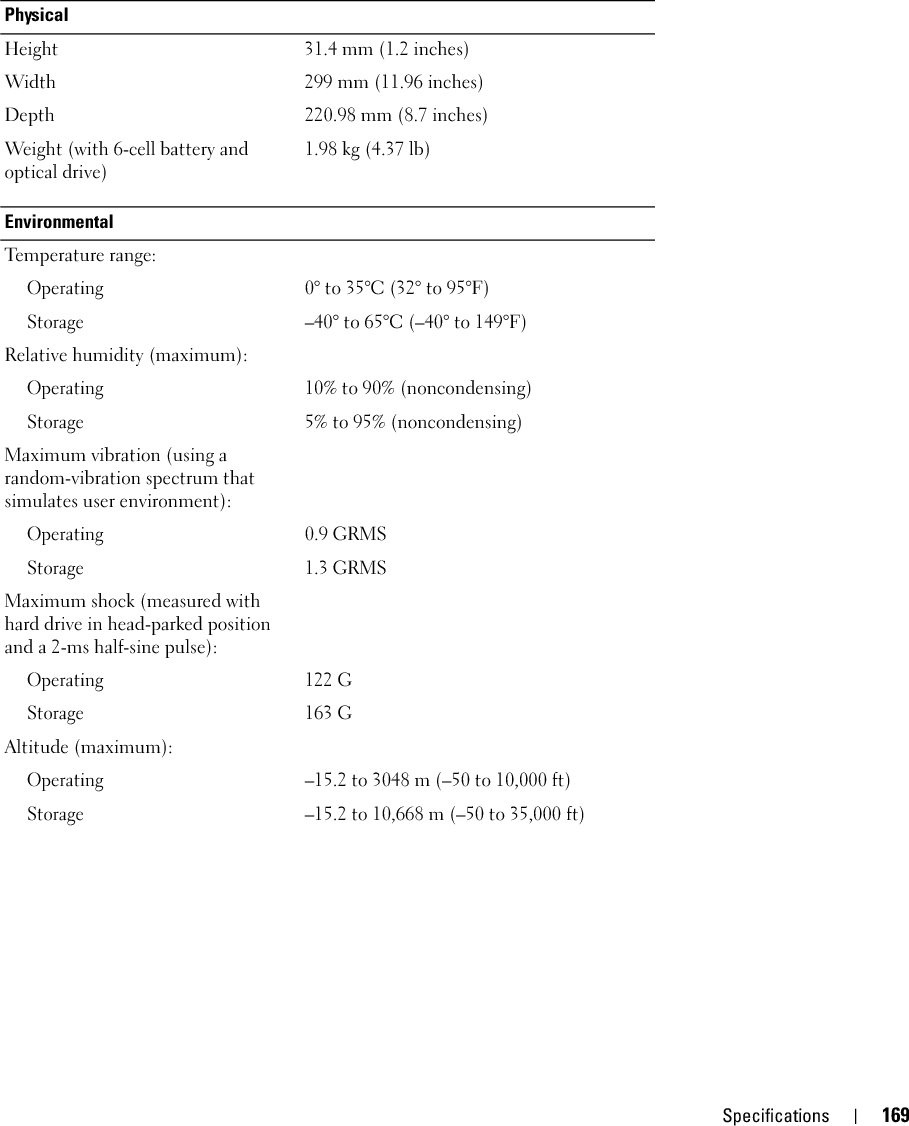
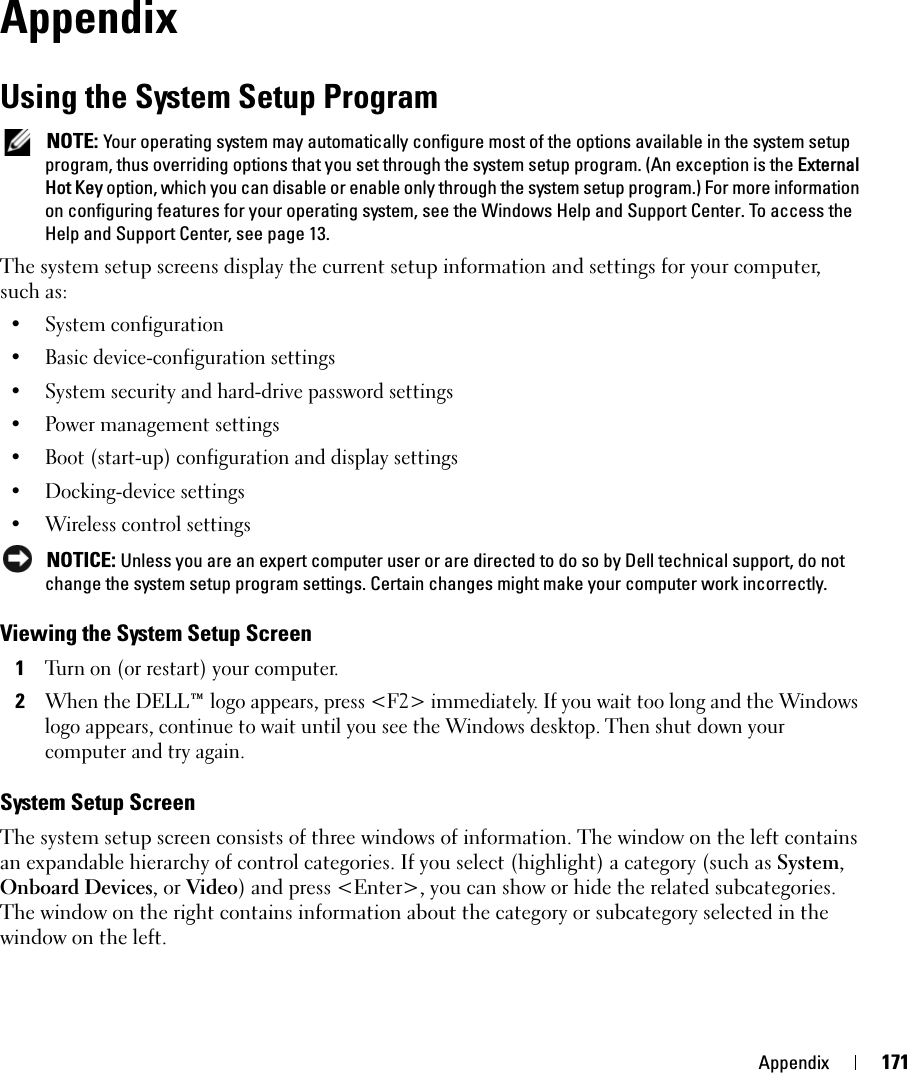
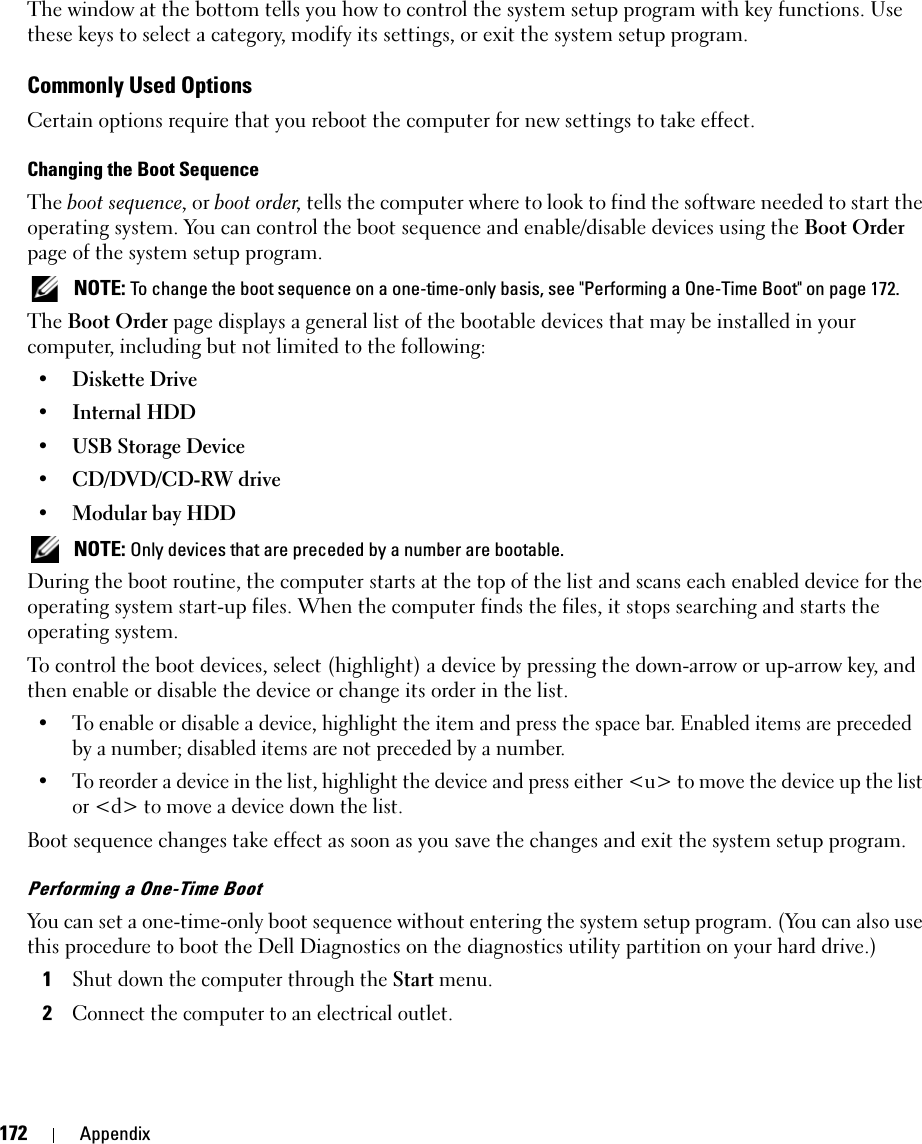
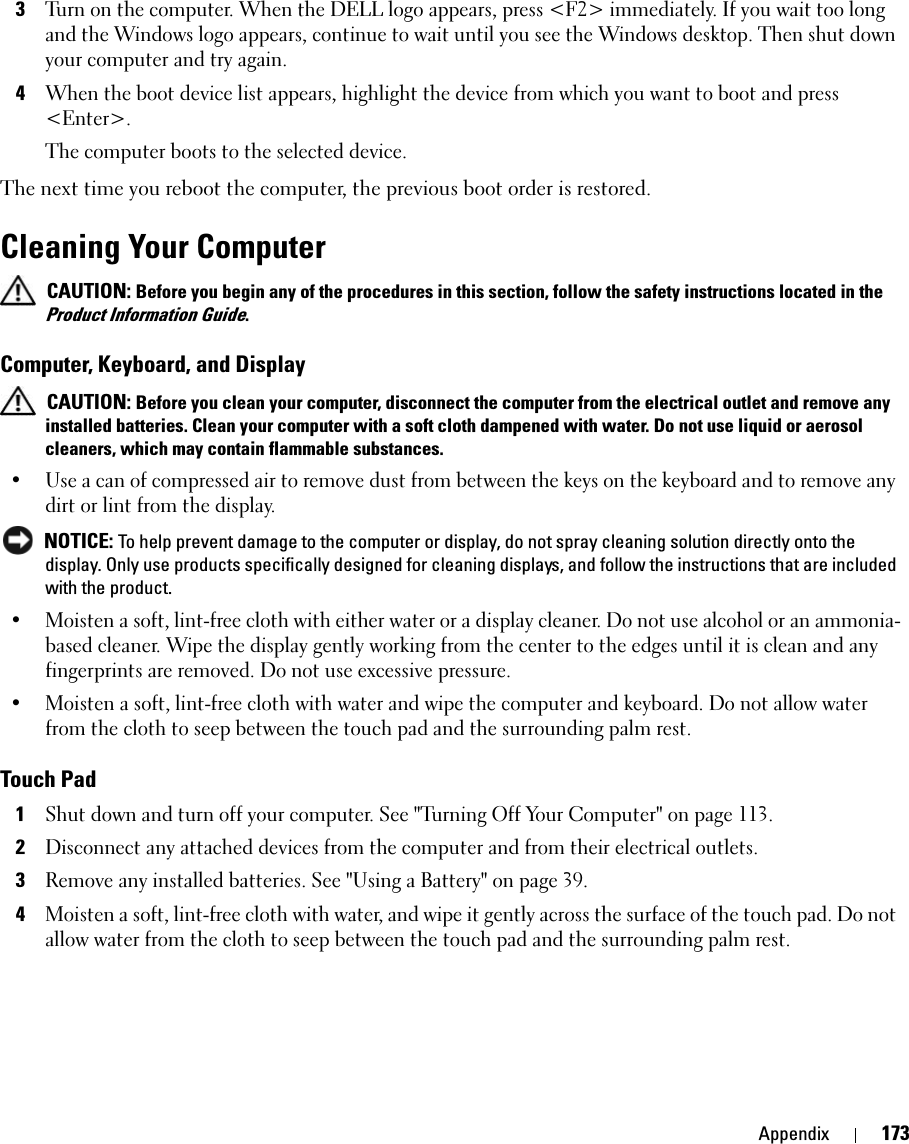
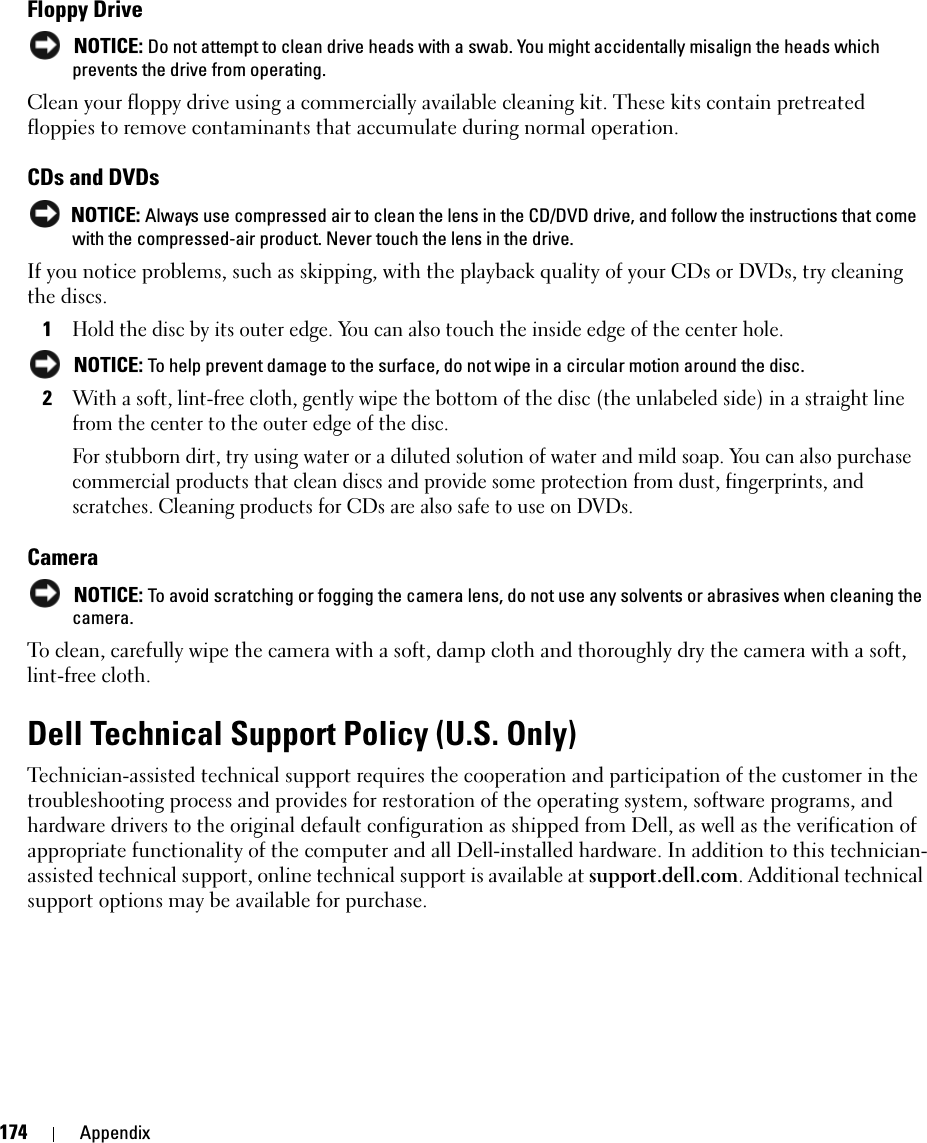
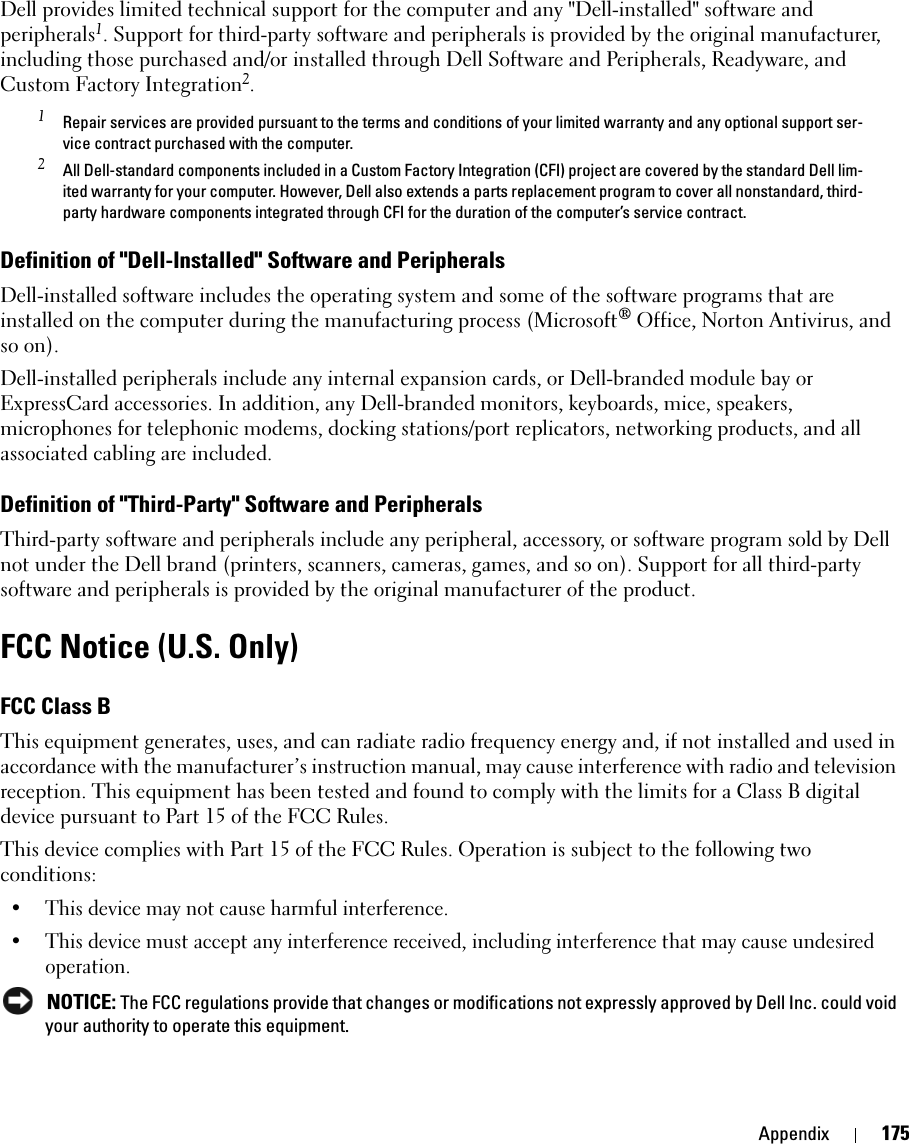
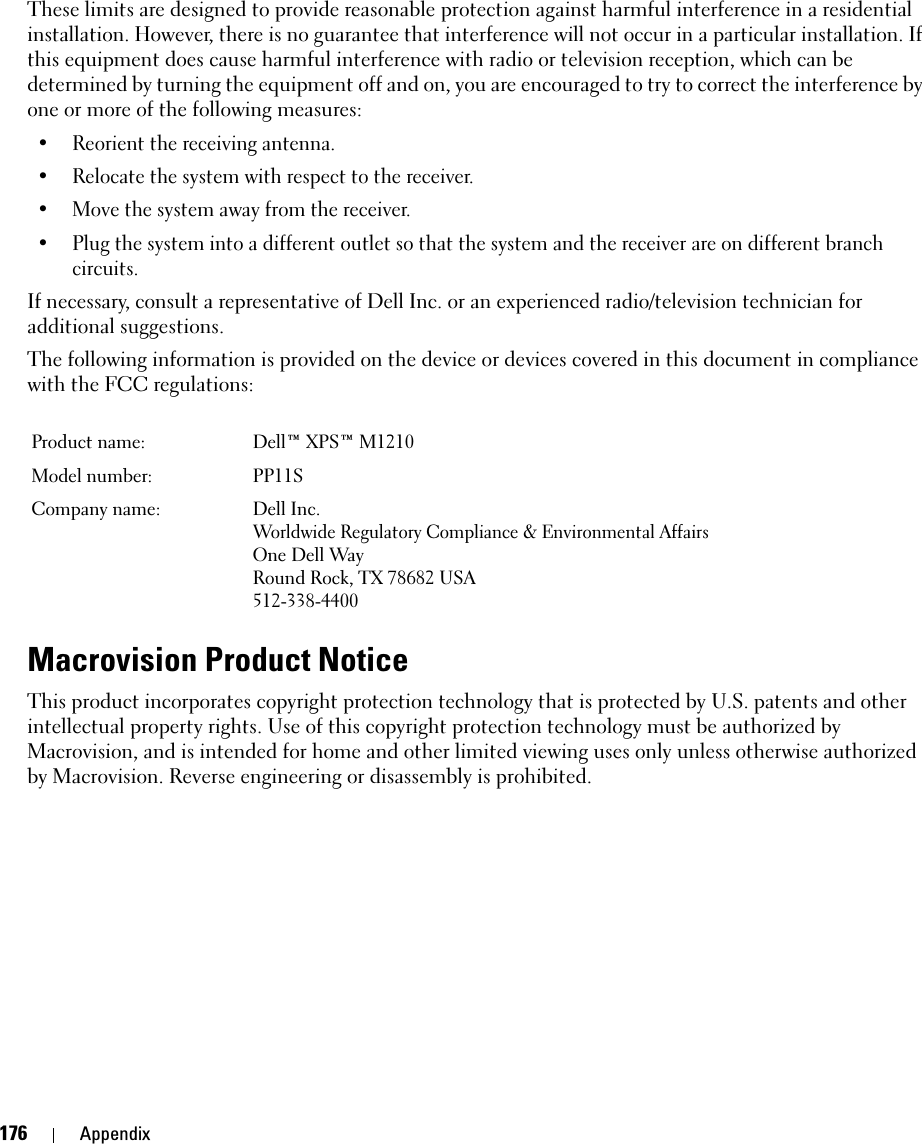
![Glossary 177GlossaryTerms in this Glossary are provided for informational purposes only and may or may not describe features included with your particular computer.AAC — alternating current — The form of electricity that powers your computer when you plug the AC adapter power cable in to an electrical outlet.ACPI — advanced configuration and power interface — A power management specification that enables Microsoft® Windows® operating systems to put a computer in standby or hibernate mode to conserve the amount of electrical power allocated to each device attached to the computer.AGP — accelerated graphics port — A dedicated graphics port that allows system memory to be used for video-related tasks. AGP delivers a smooth, true-color video image because of the faster interface between the video circuitry and the computer memory.AHCI — Advanced Host Controller Interface — An interface for a SATA hard drive Host Controller which allows the storage driver to enable technologies such as Native Command Queuing (NCQ) and hot plug.antivirus software — A program designed to identify, quarantine, and/or delete viruses from your computer.ASF — alert standards format — A standard to define a mechanism for reporting hardware and software alerts to a management console. ASF is designed to be platform- and operating system-independent.Bbattery life span — The length of time (years) during which a portable computer battery is able to be depleted and recharged.battery operating time — The length of time (minutes or hours) that a portable computer battery powers the computer.BIOS — basic input/output system — A program (or utility) that serves as an interface between the computer hardware and the operating system. Unless you understand what effect these settings have on the computer, do not change them. Also referred to as system setup.bit — The smallest unit of data interpreted by your computer.Bluetooth® wireless technology — A wireless technology standard for short-range (9 m [29 feet]) networking devices that allows for enabled devices to automatically recognize each other.boot sequence — Specifies the order of the devices from which the computer attempts to boot.bootable CD — A CD that you can use to start your computer. In case your hard drive is damaged or your computer has a virus, ensure that you always have a bootable CD or floppy disk available. Your Drivers and Utilities (or ResourceCD) is a bootable CD.bootable disk — A disk that you can use to start your computer. In case your hard drive is damaged or your computer has a virus, ensure that you always have a bootable CD or floppy disk available.bps — bits per second — The standard unit for measuring data transmission speed.BTU — British thermal unit — A measurement of heat output.](https://usermanual.wiki/Novatel-Wireless/NRM-EU860D.User-Manual-M1210/User-Guide-789273-Page-177.png)
